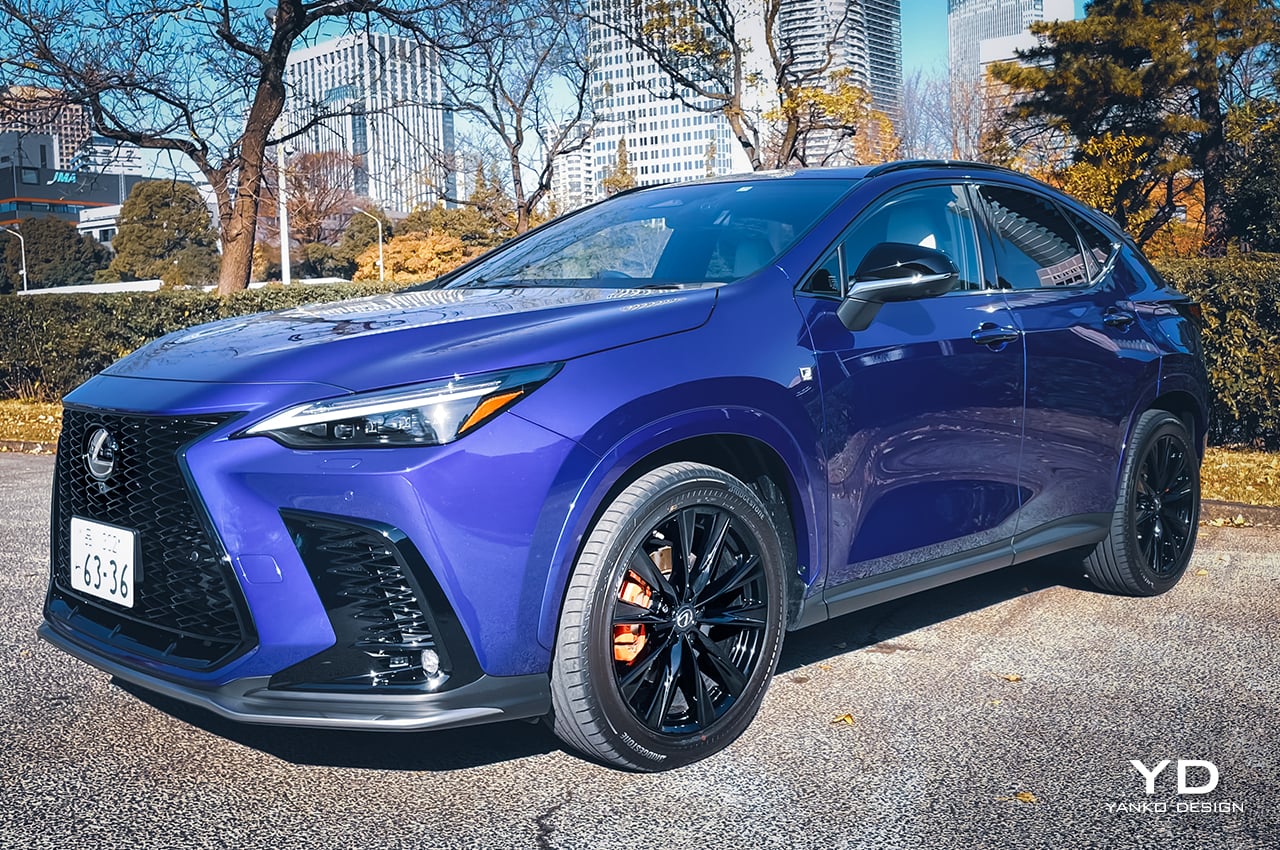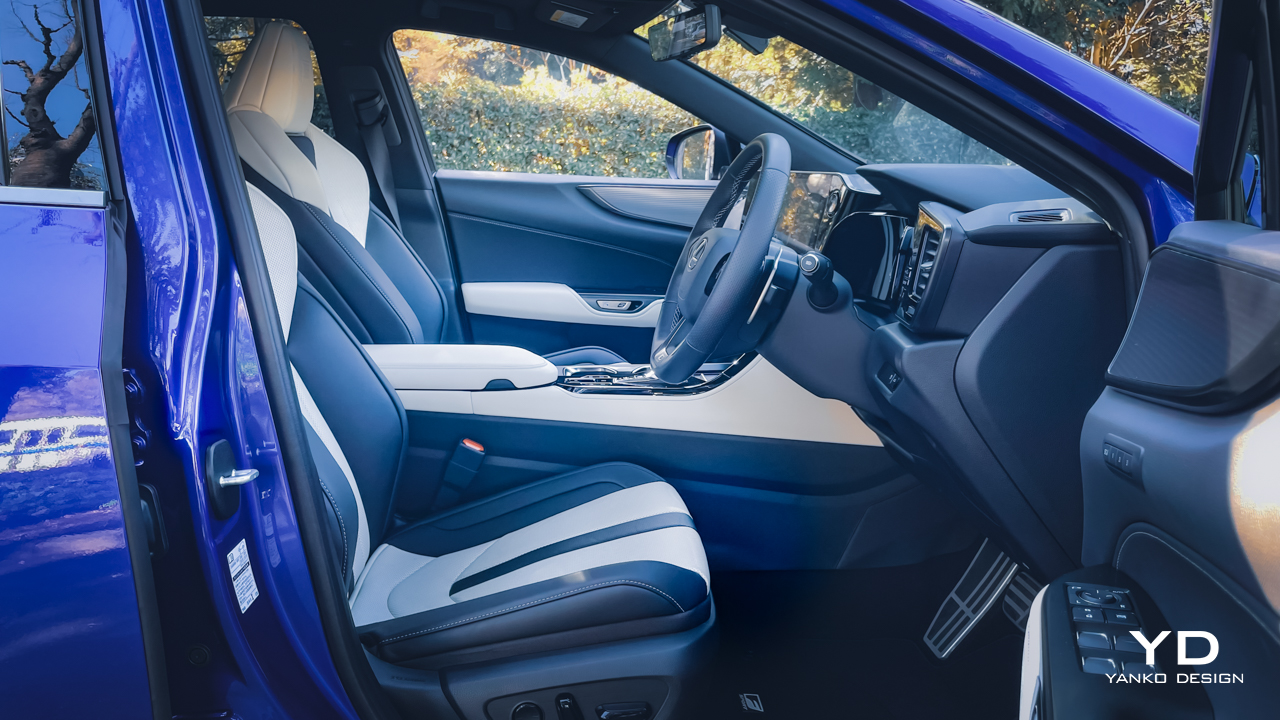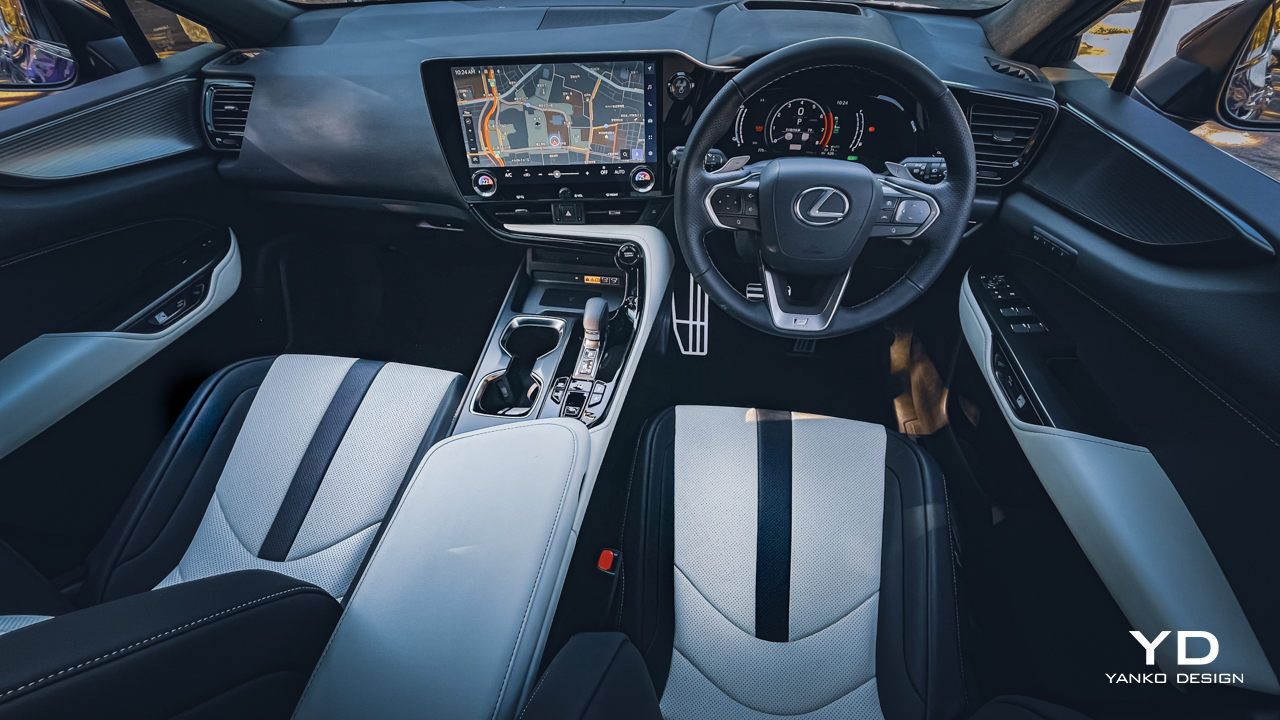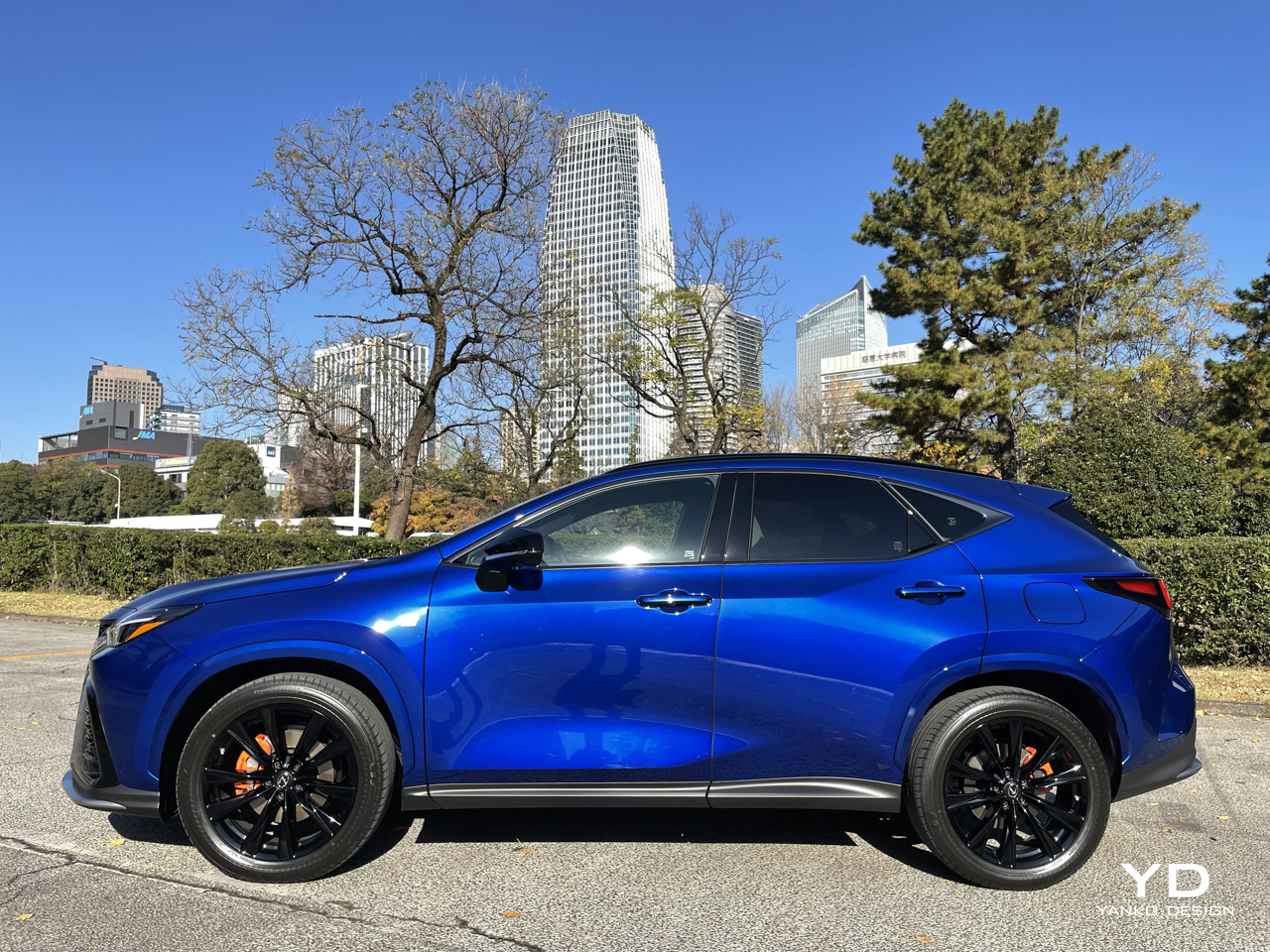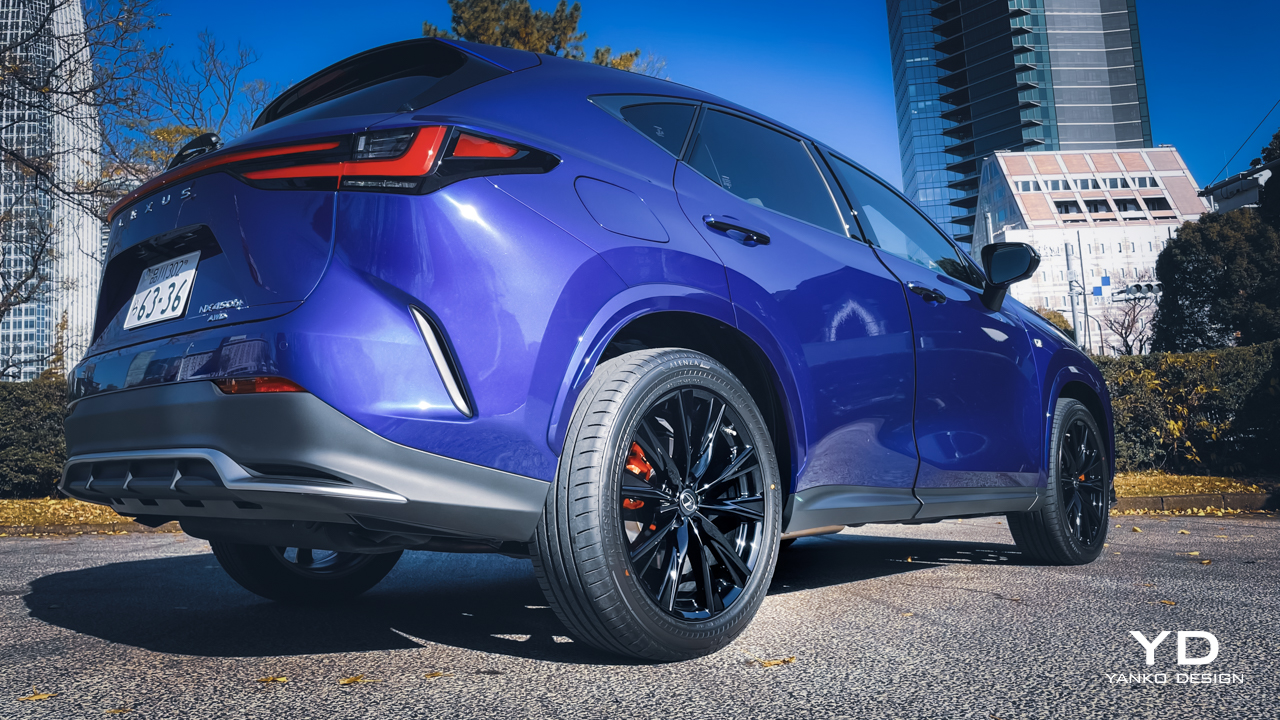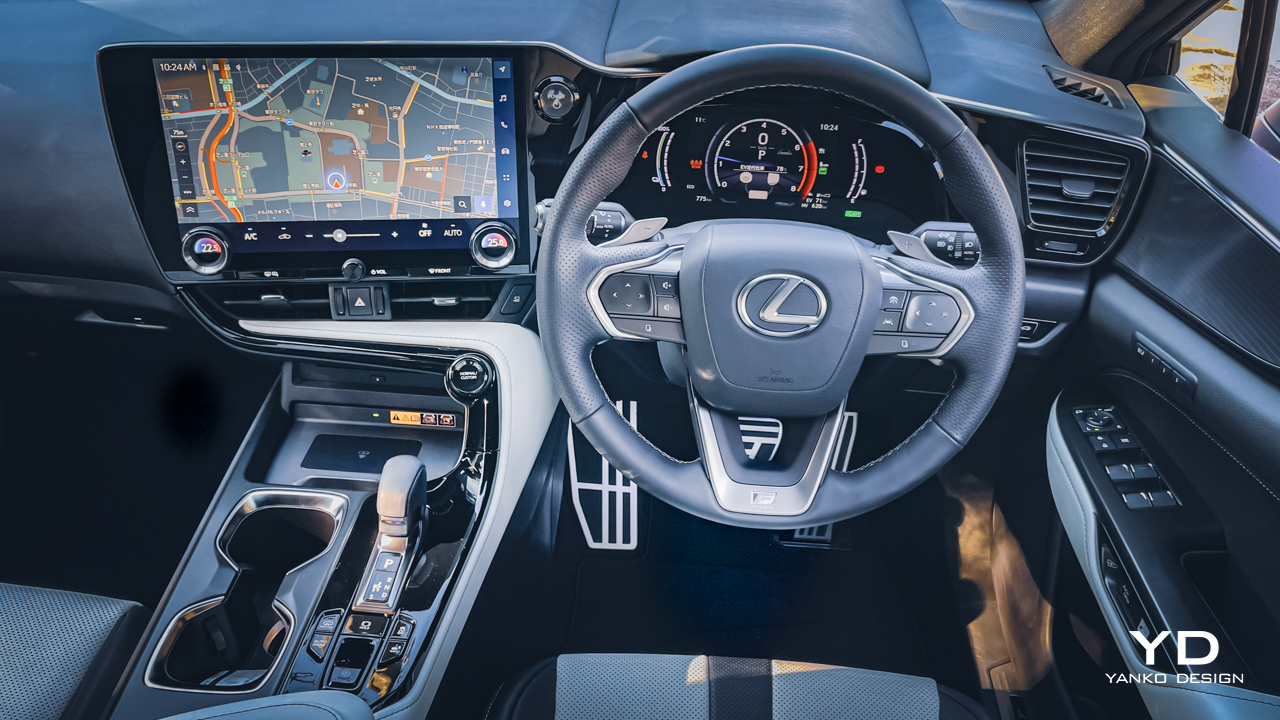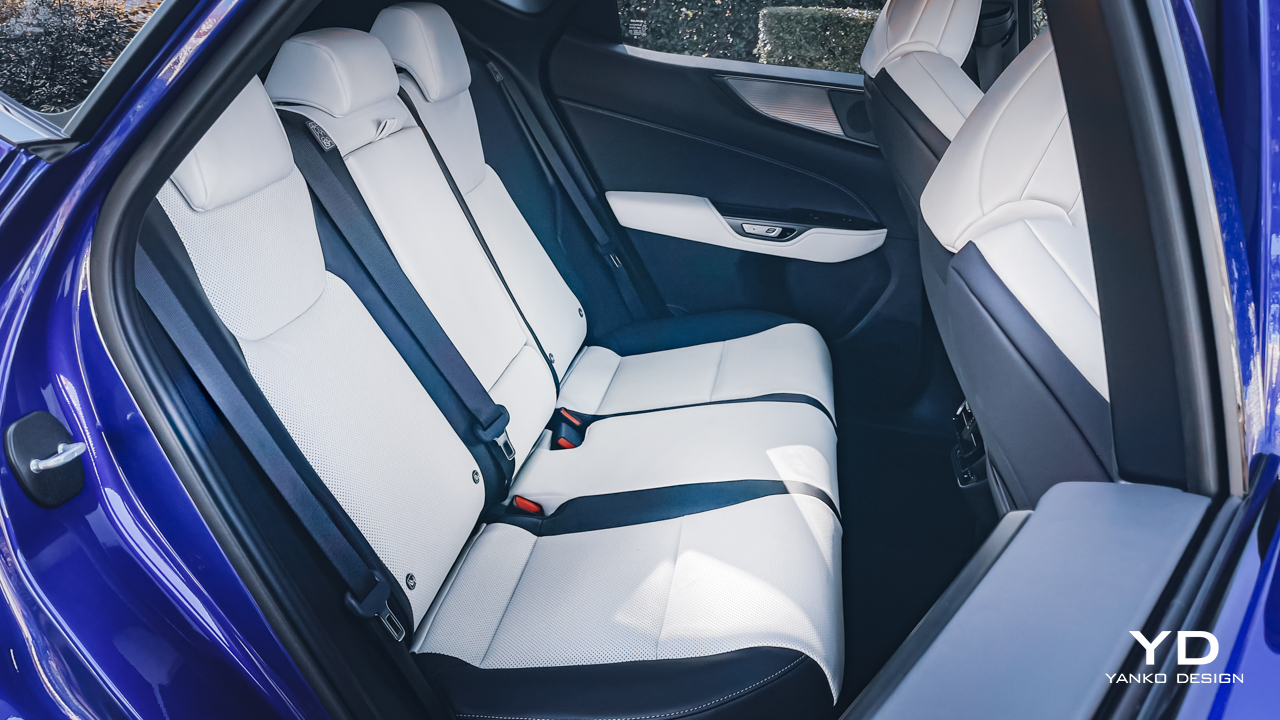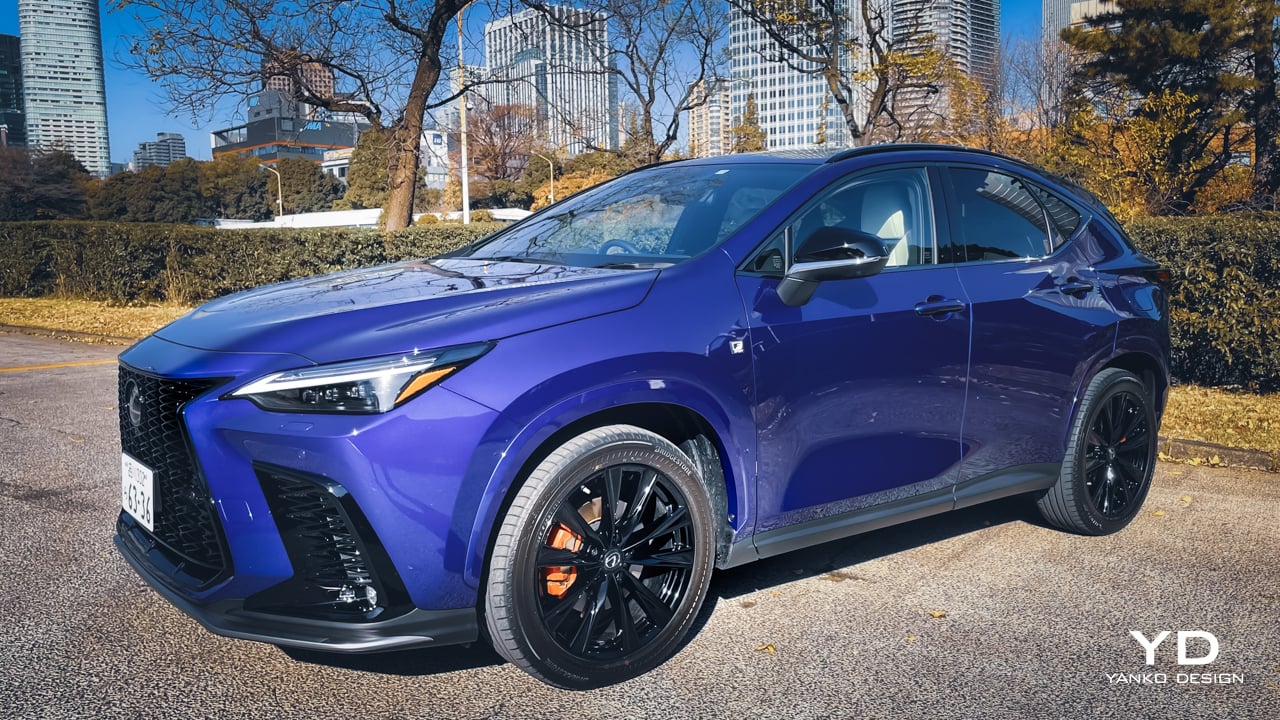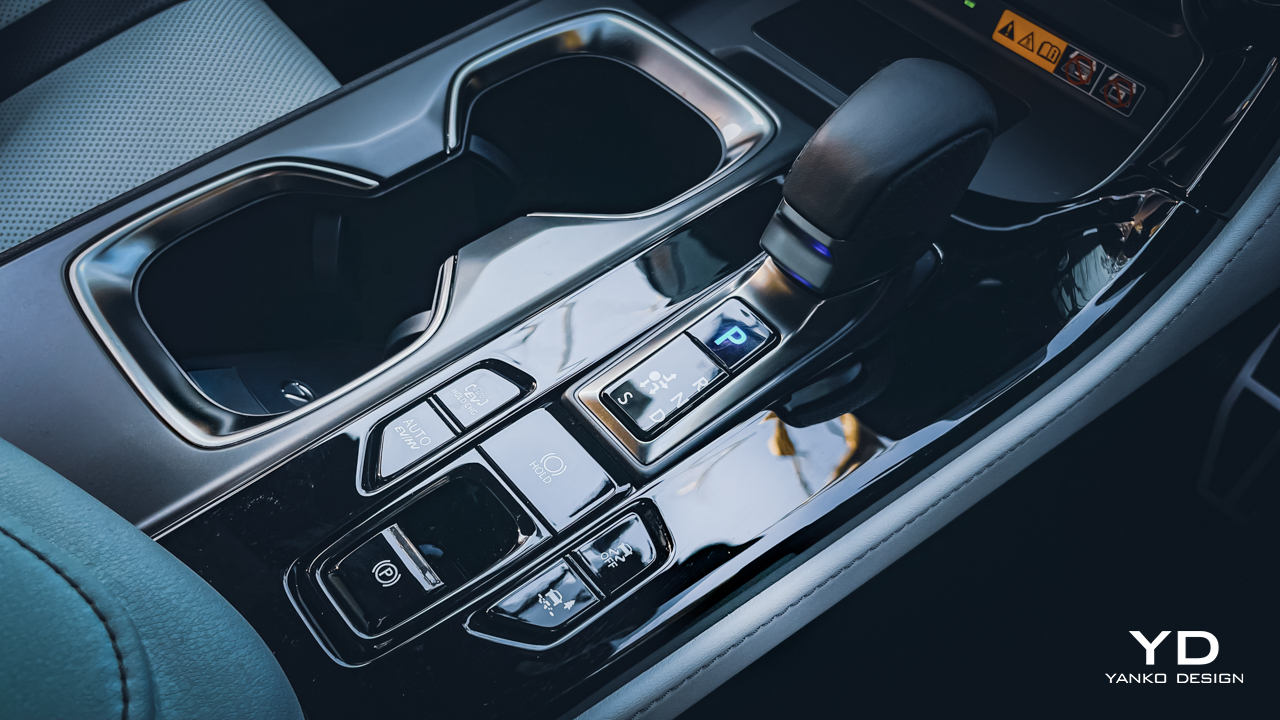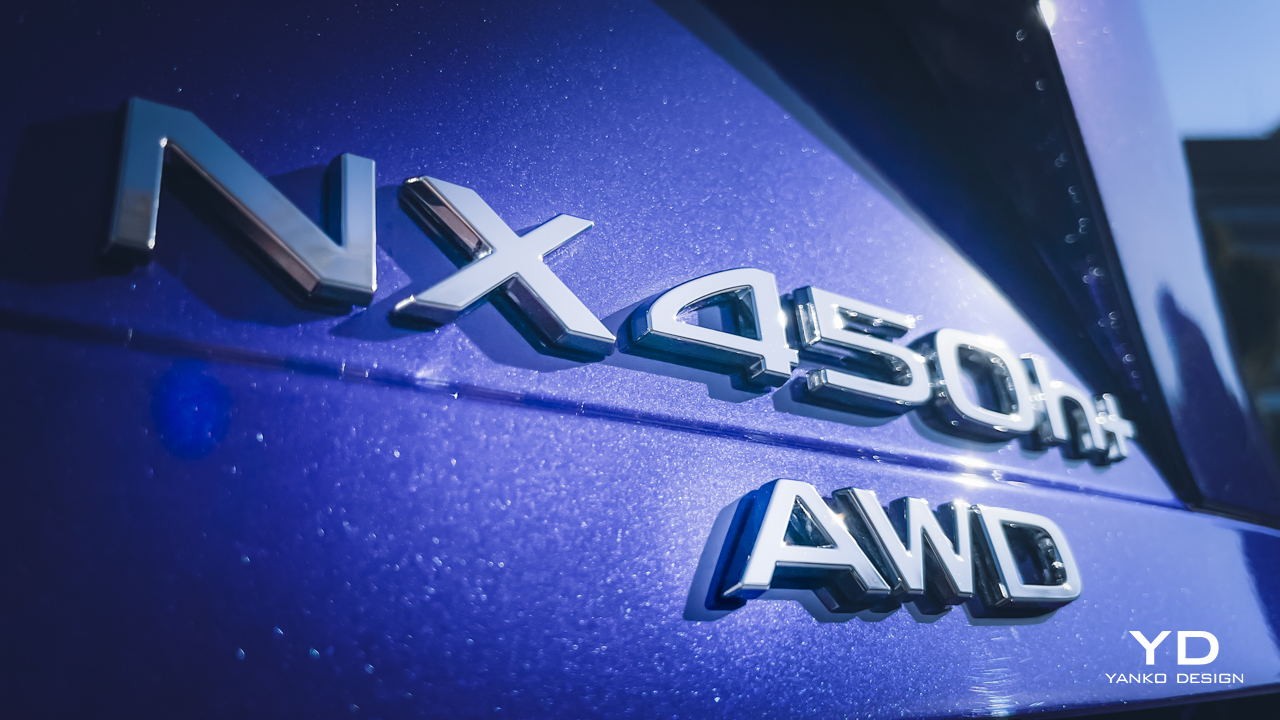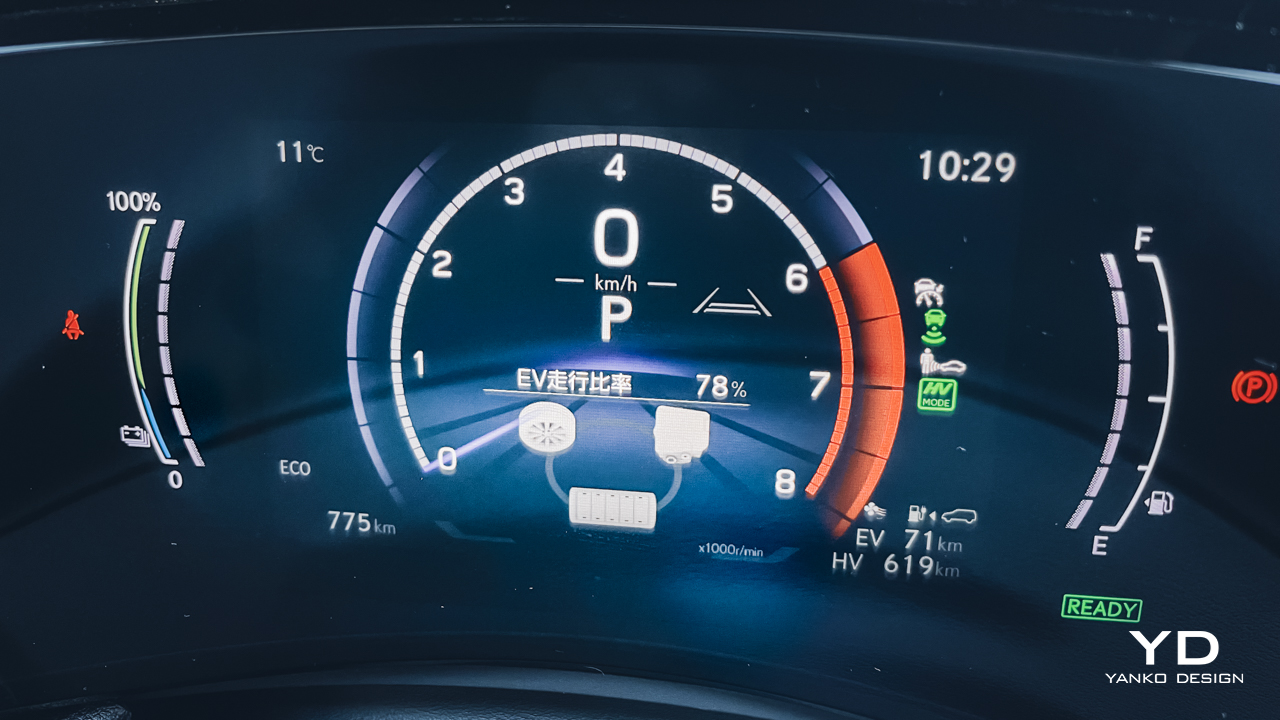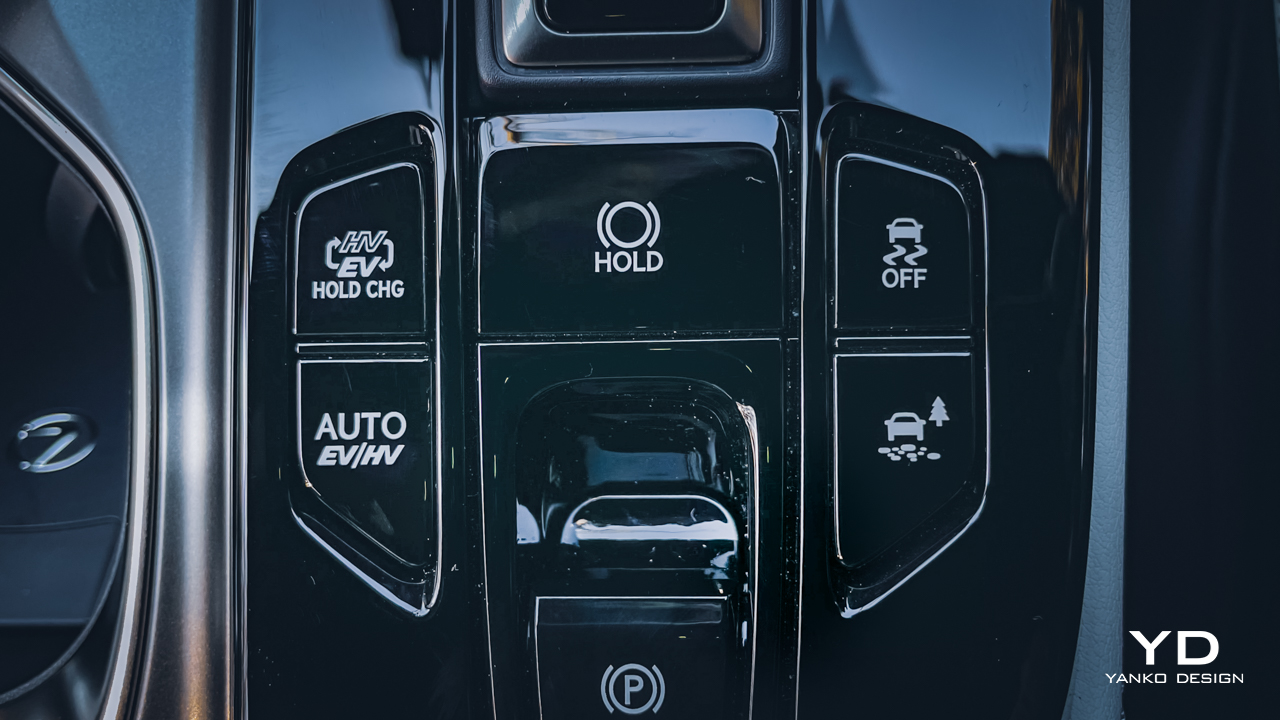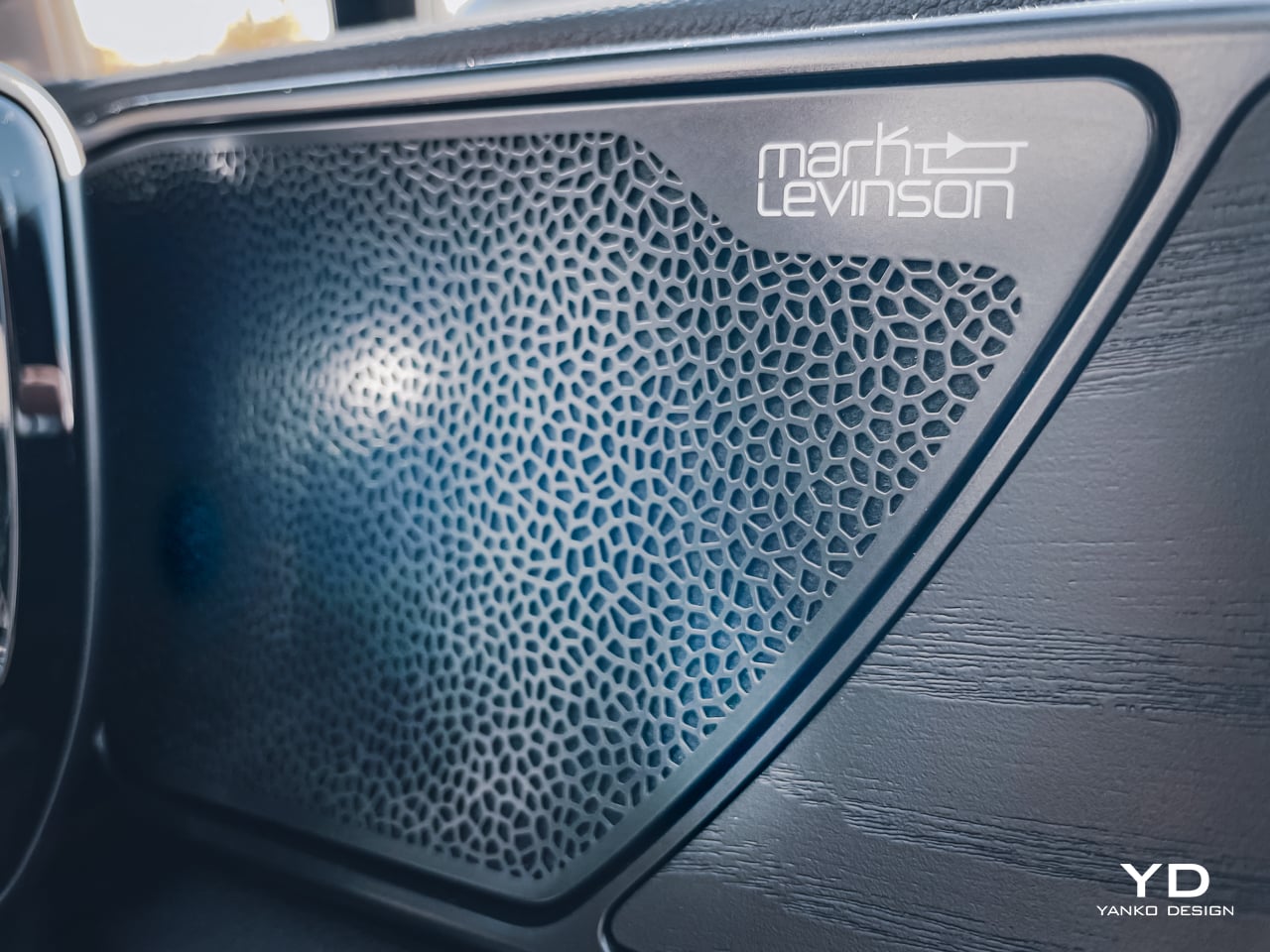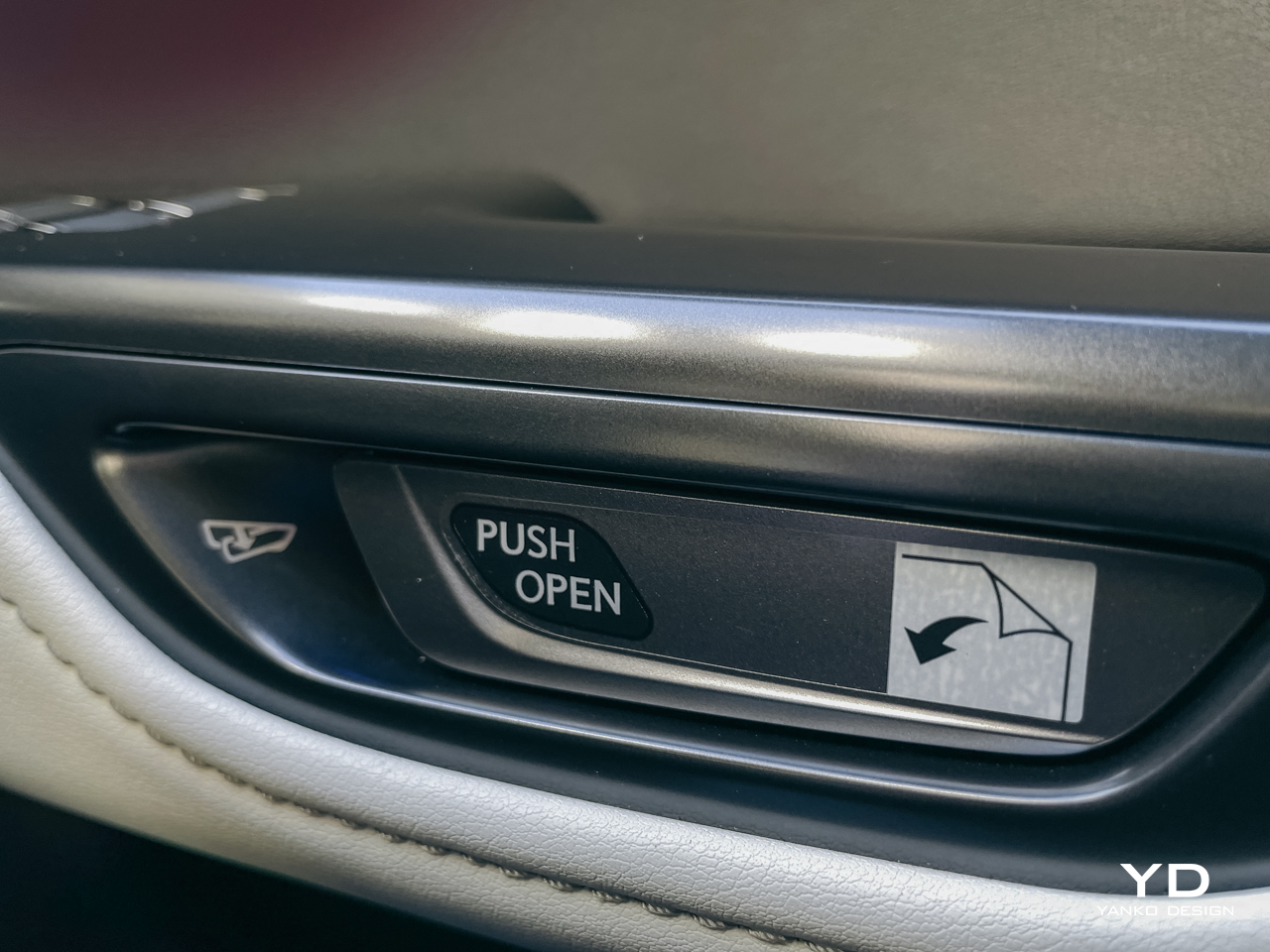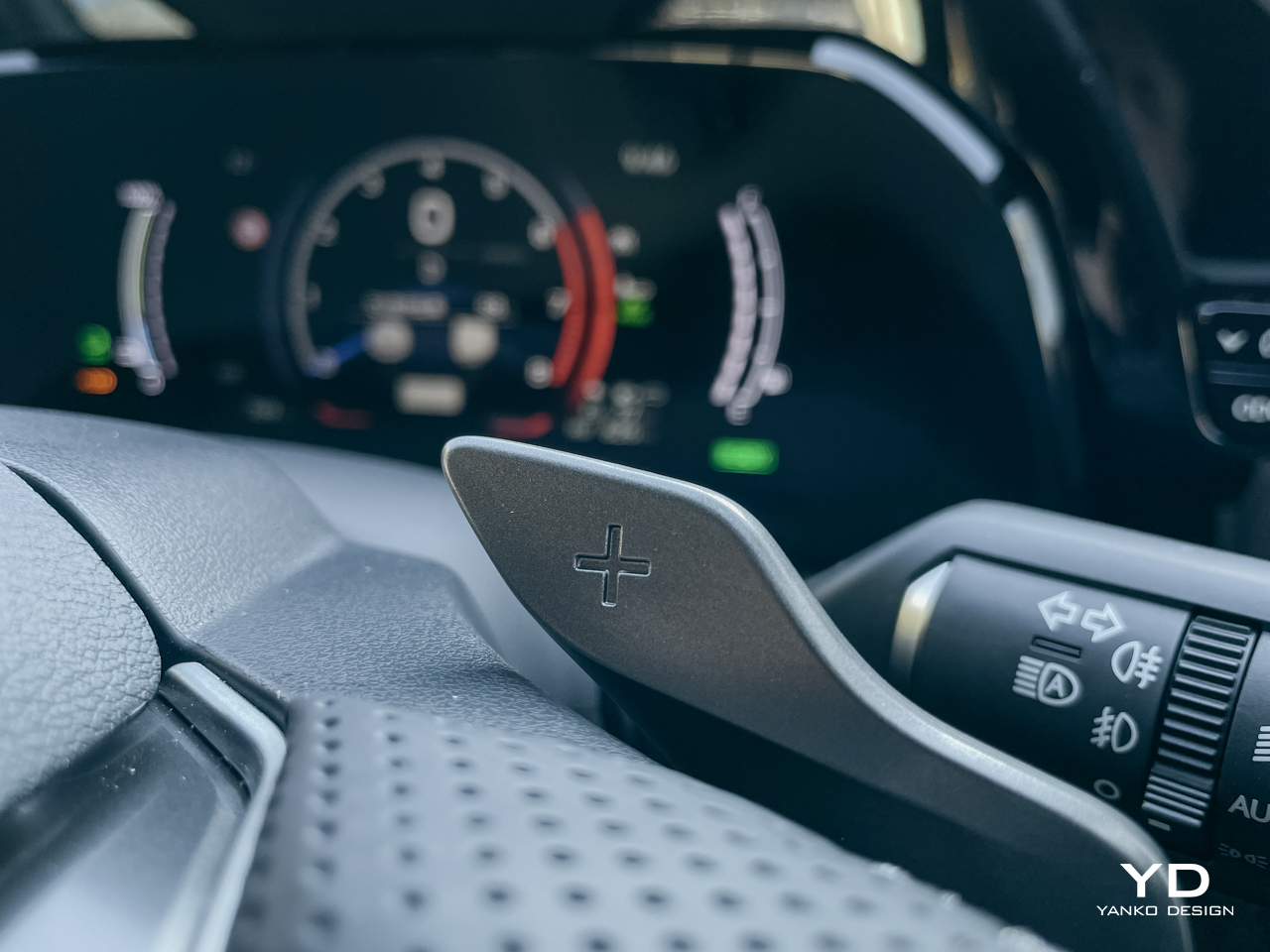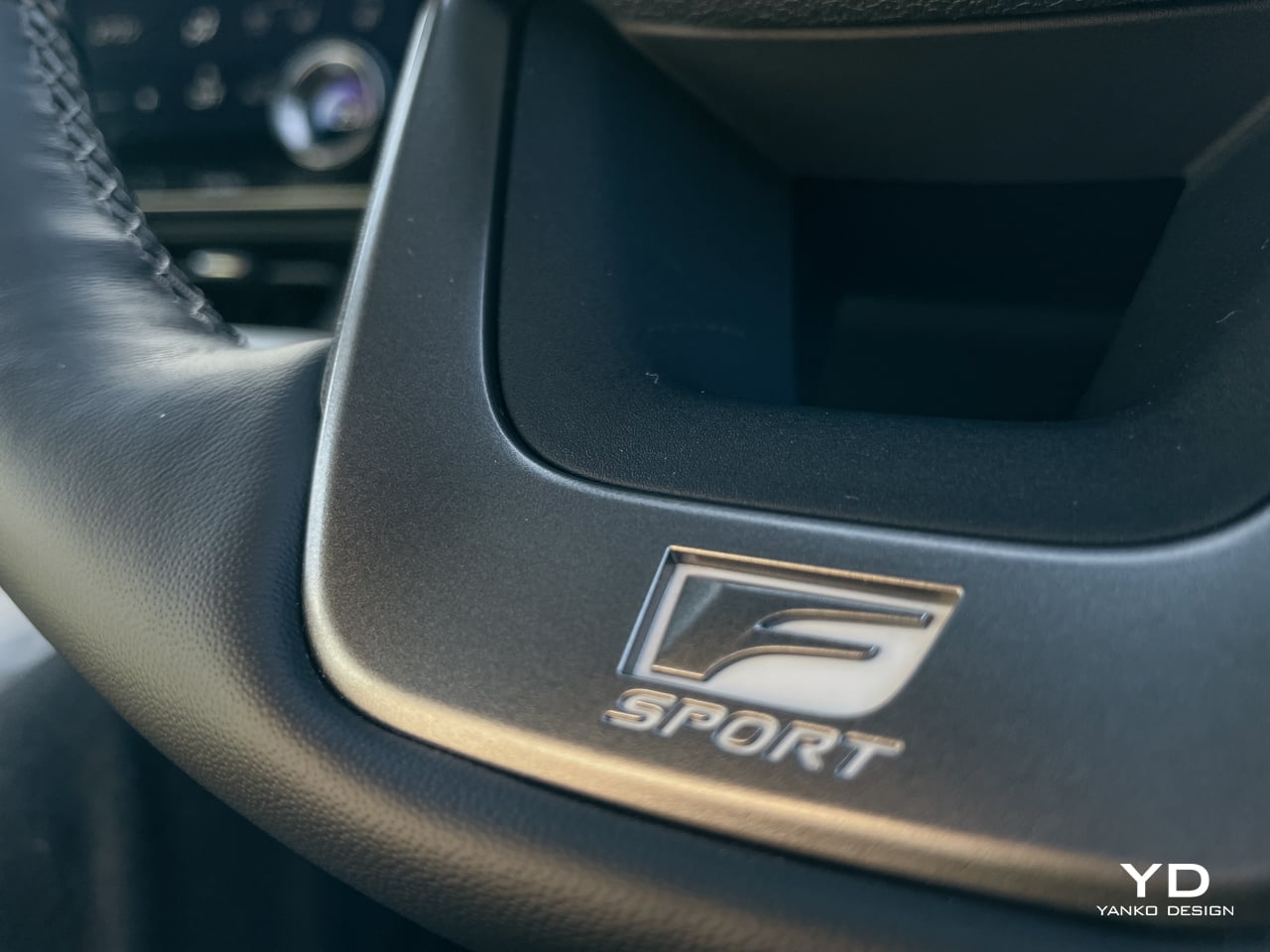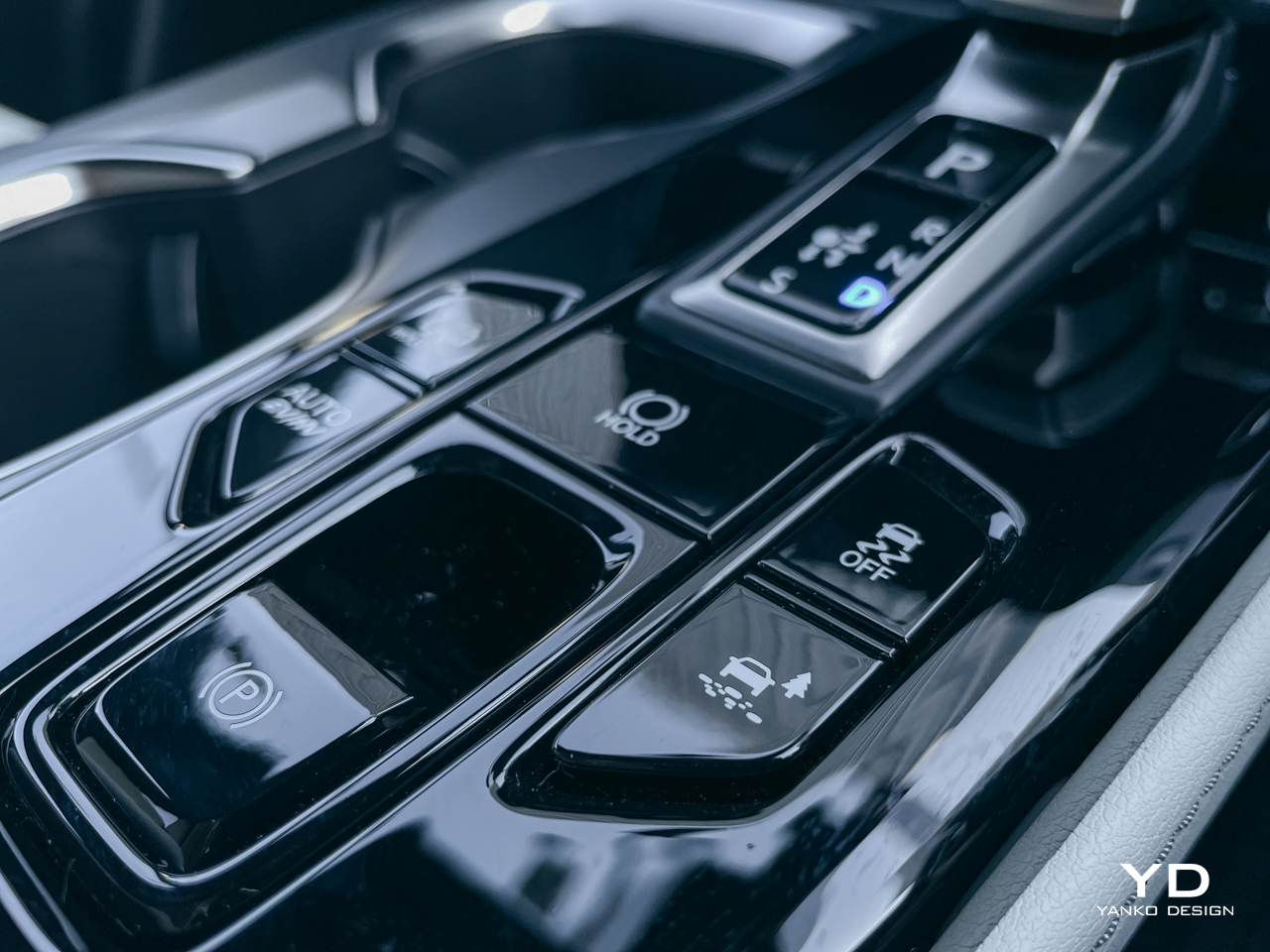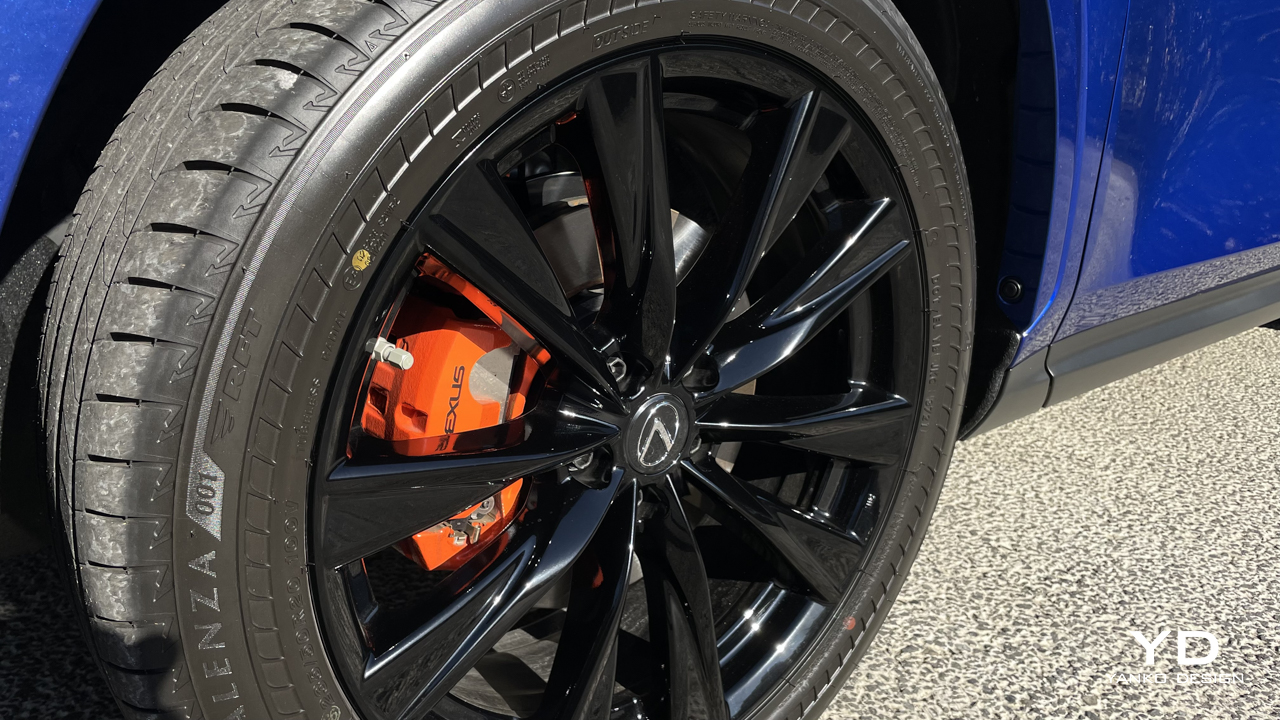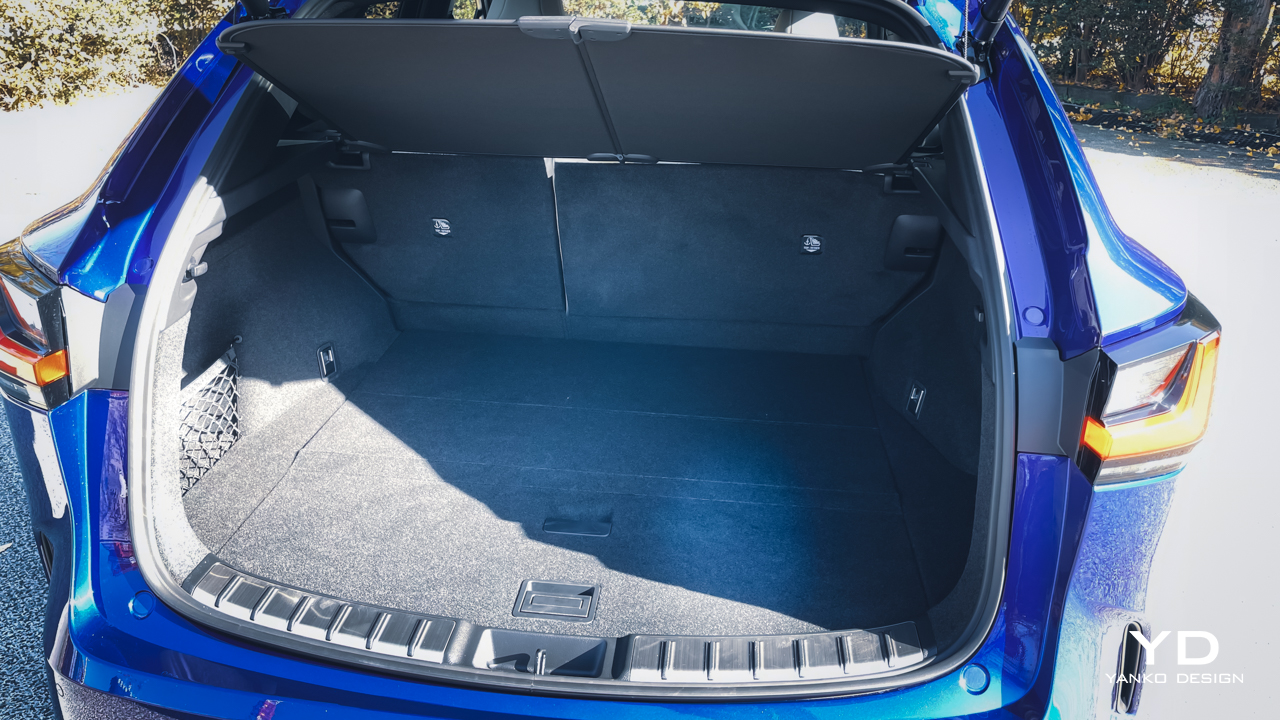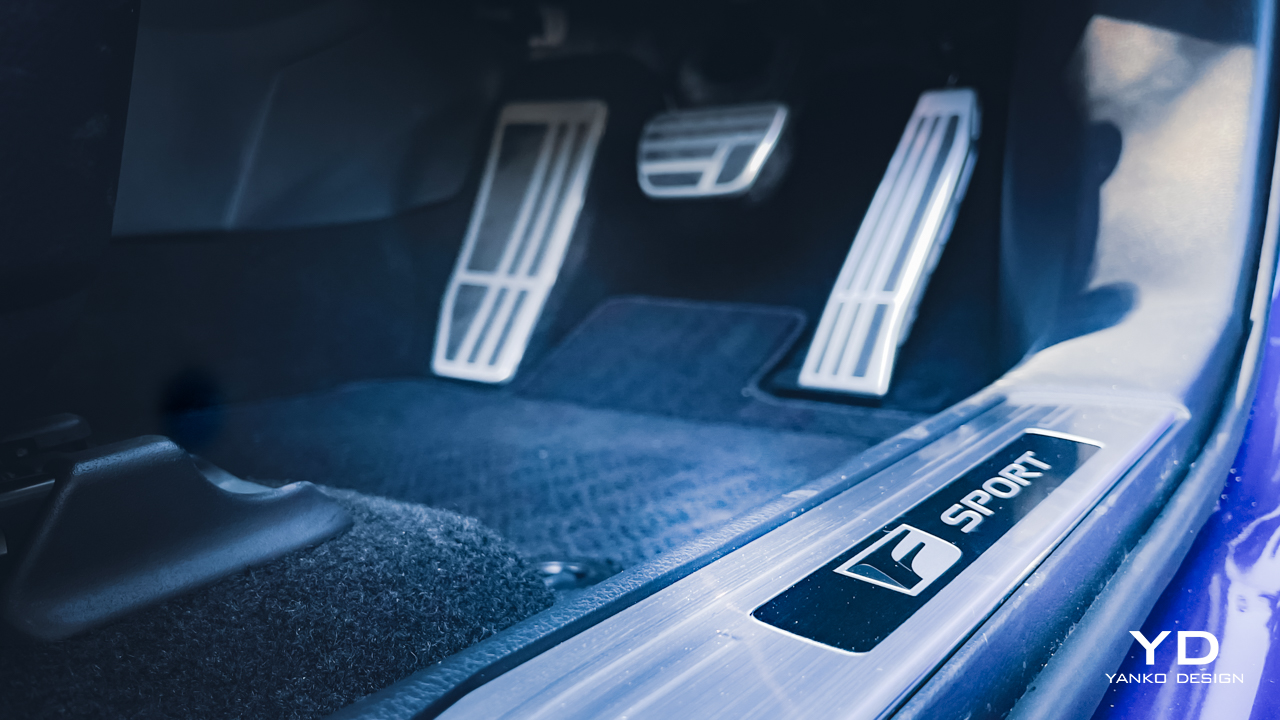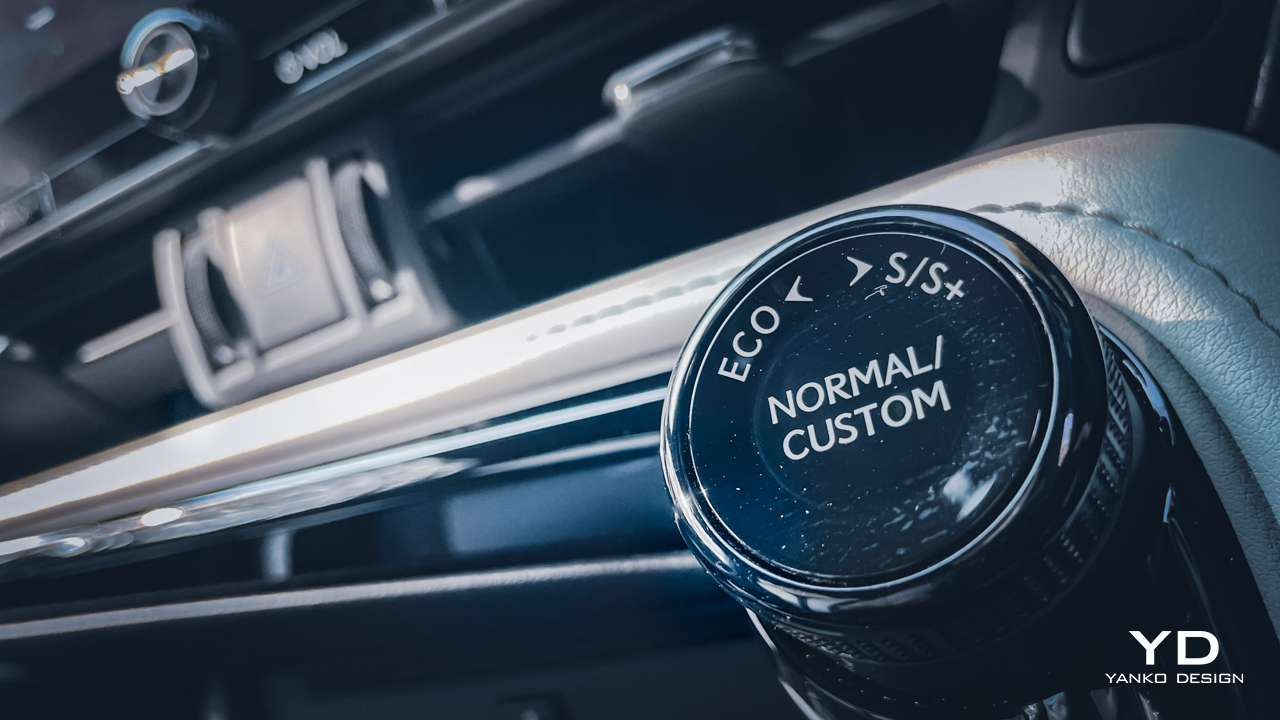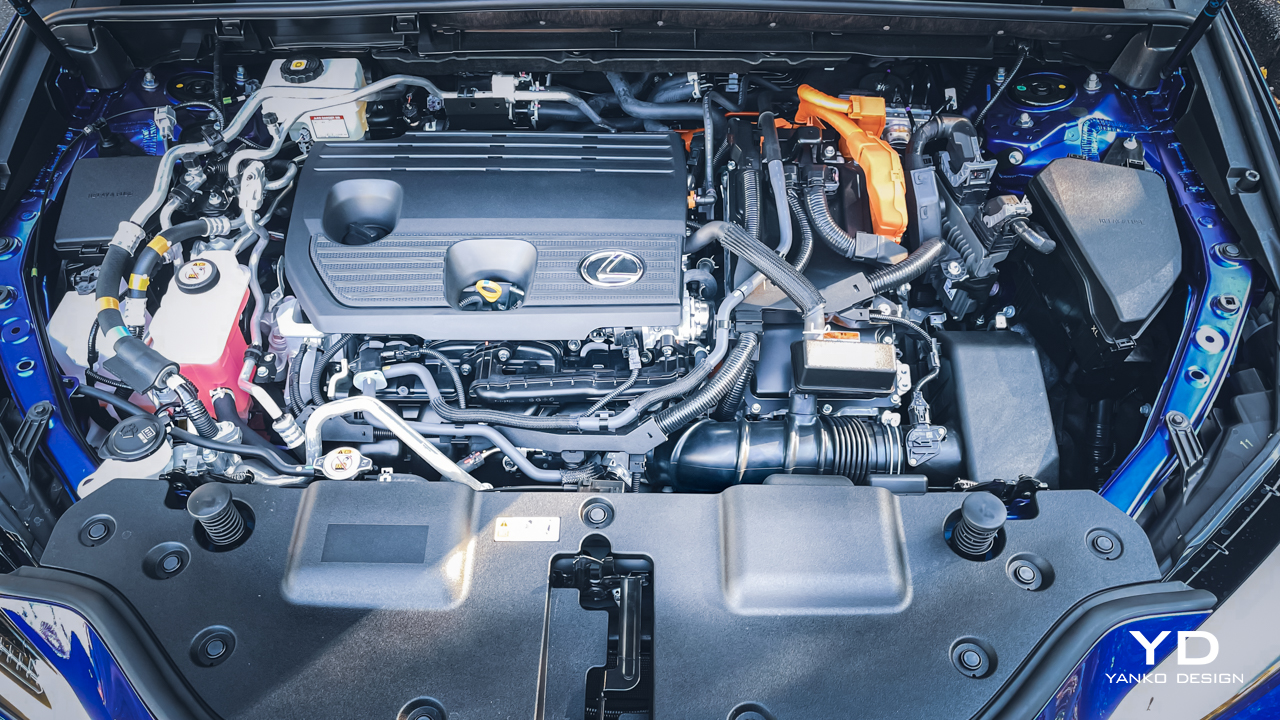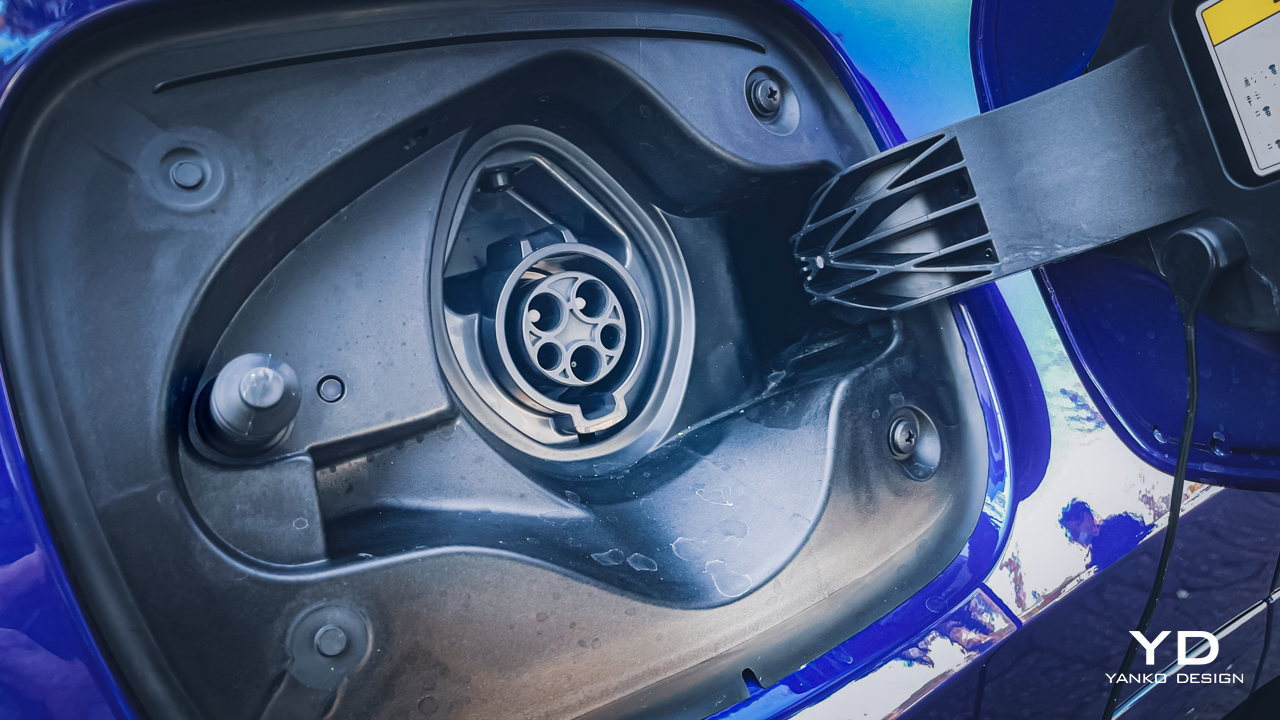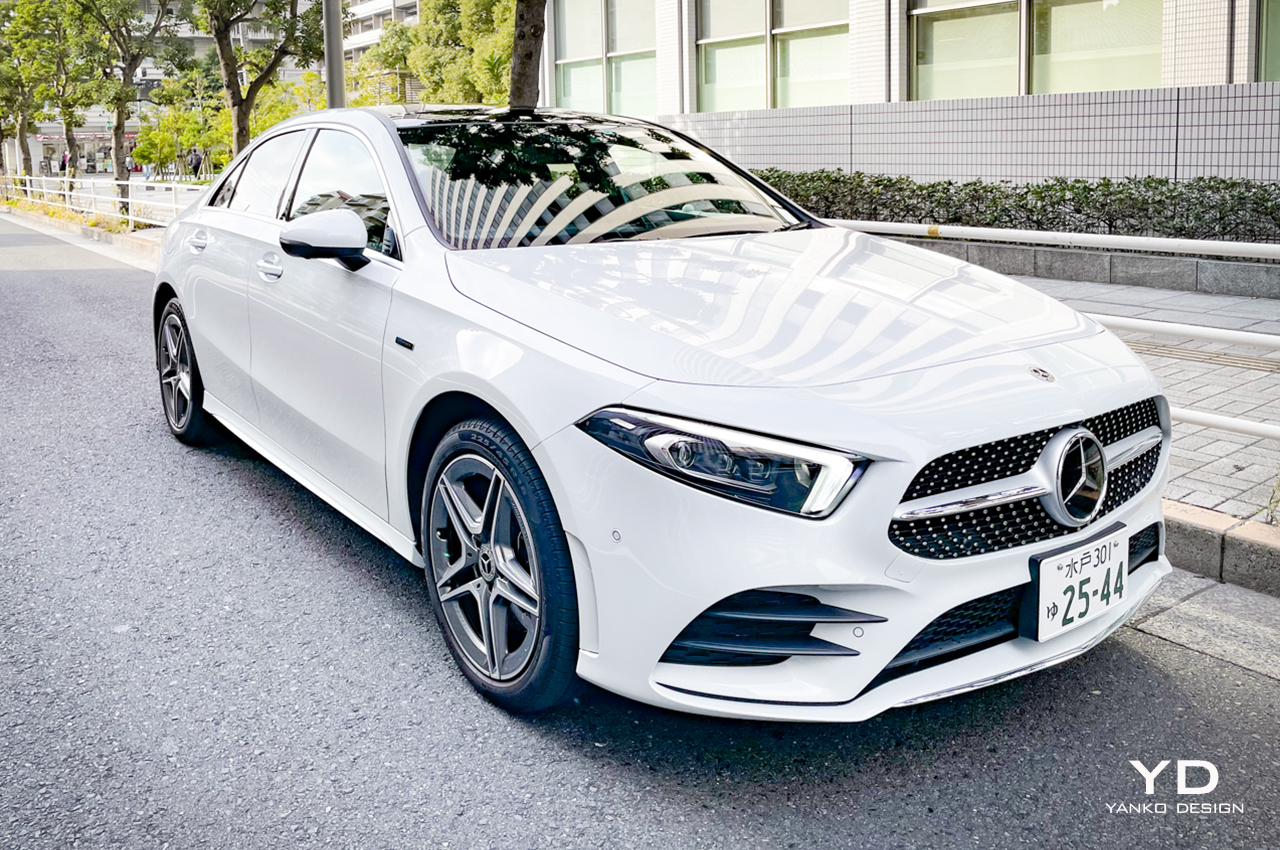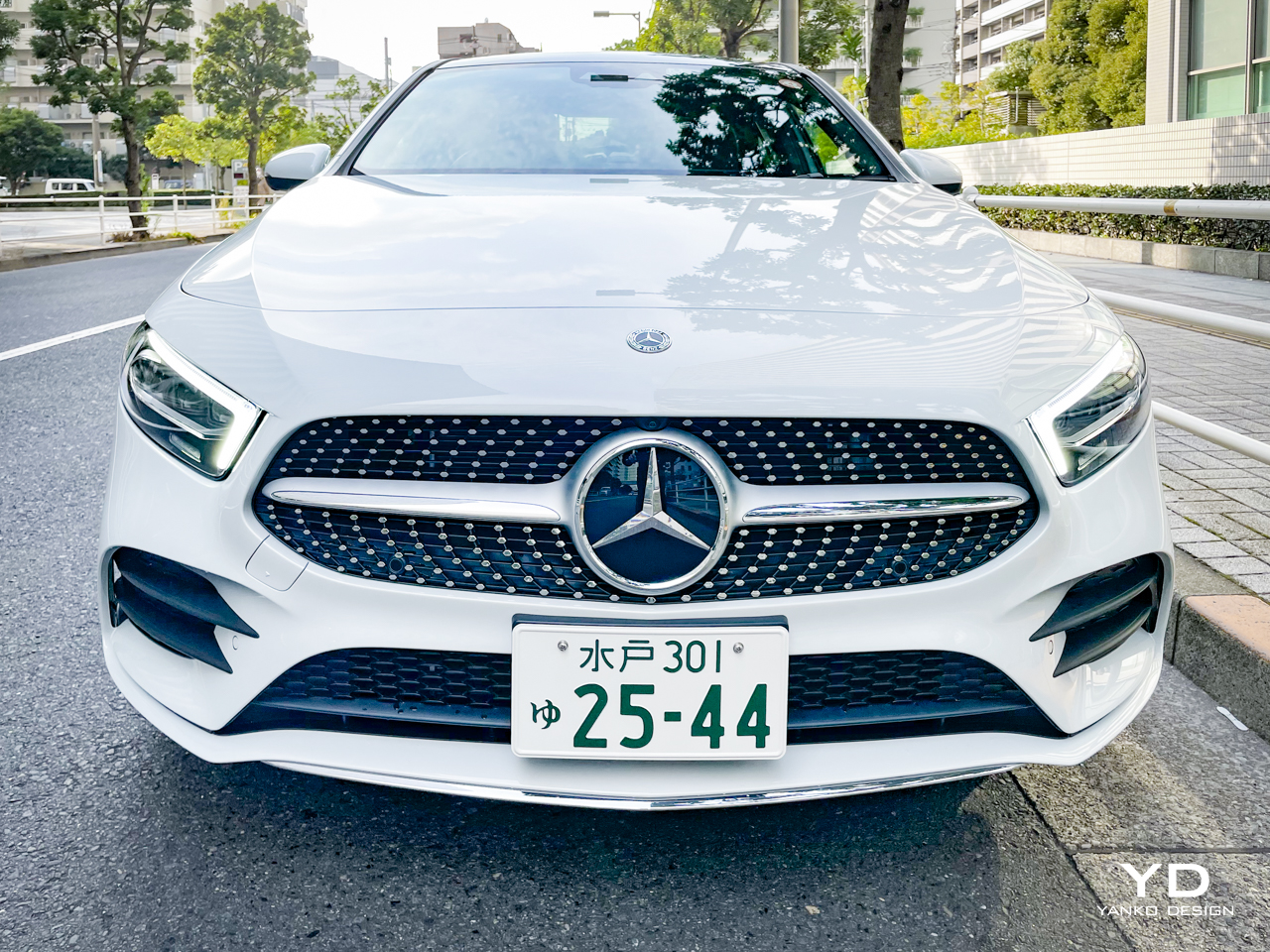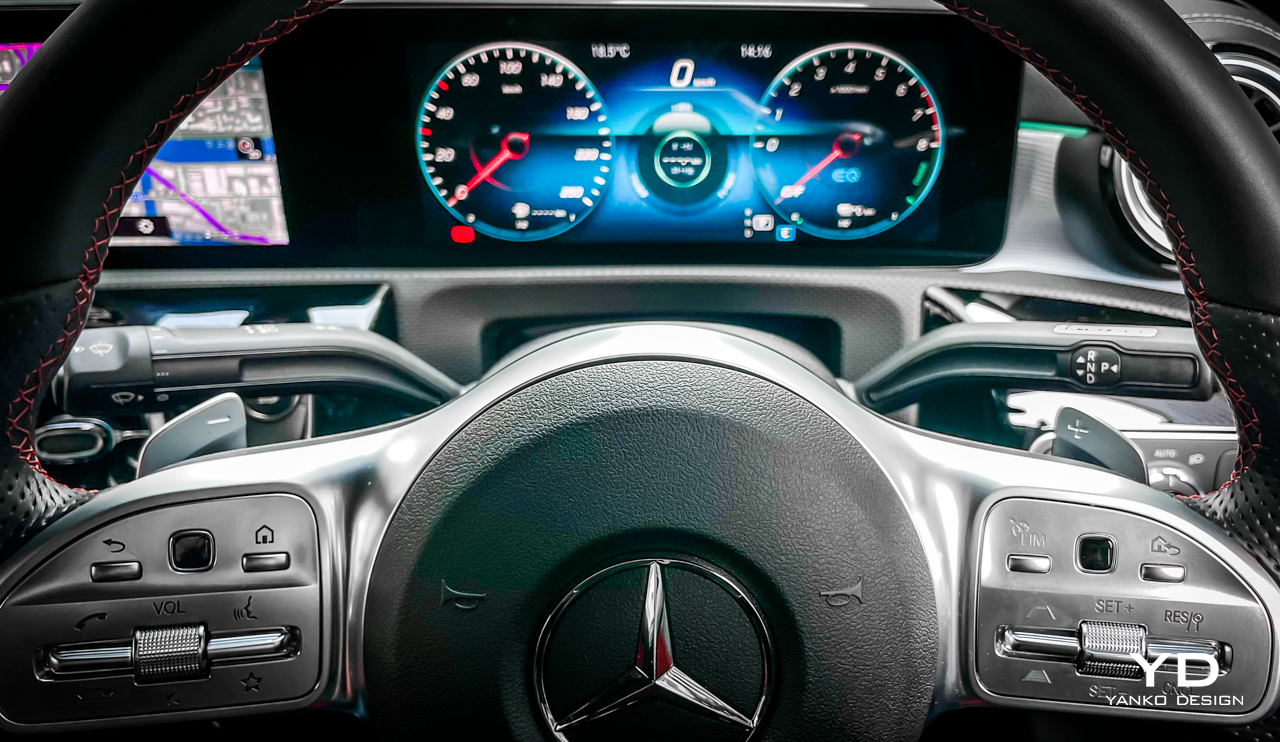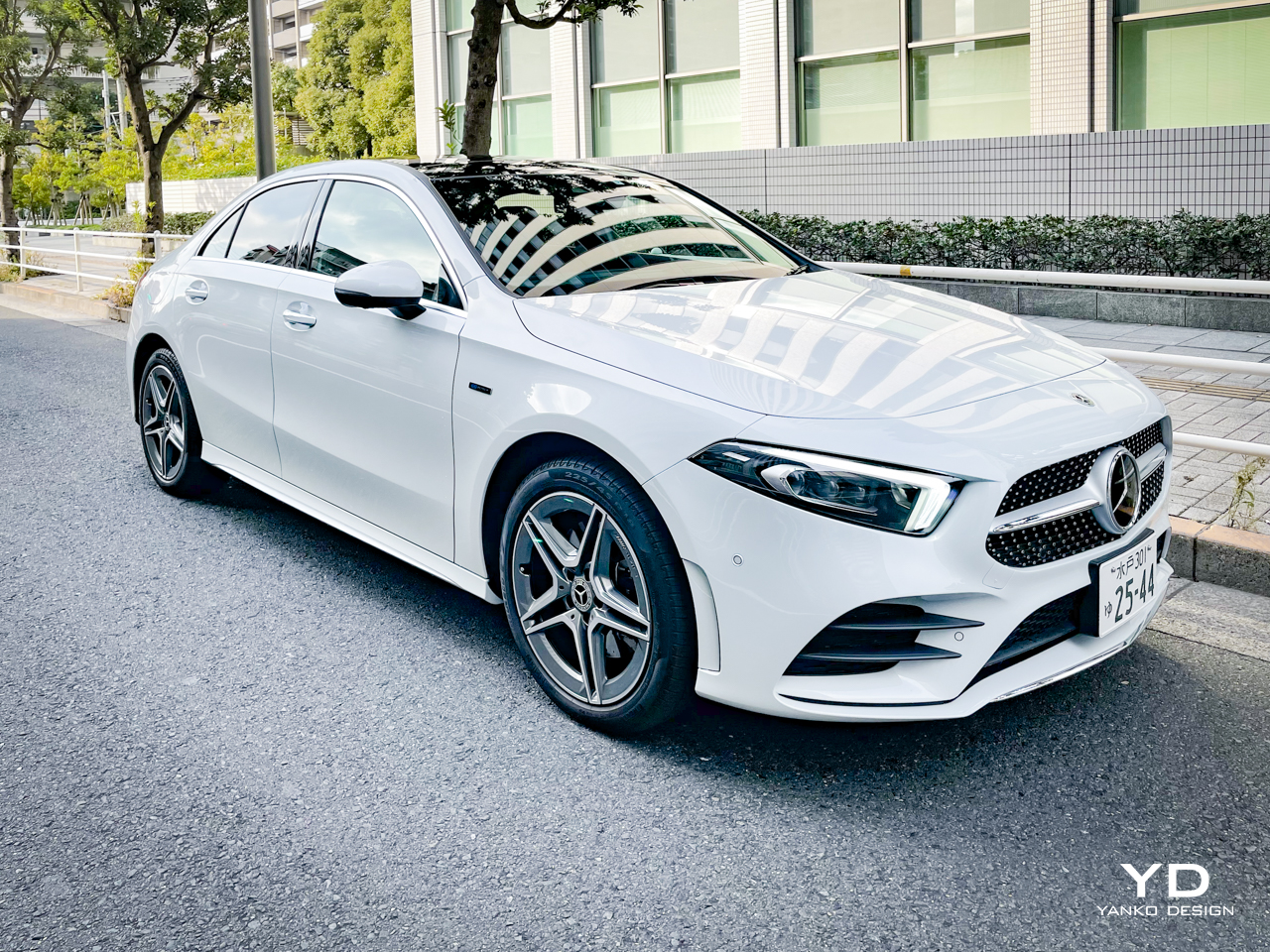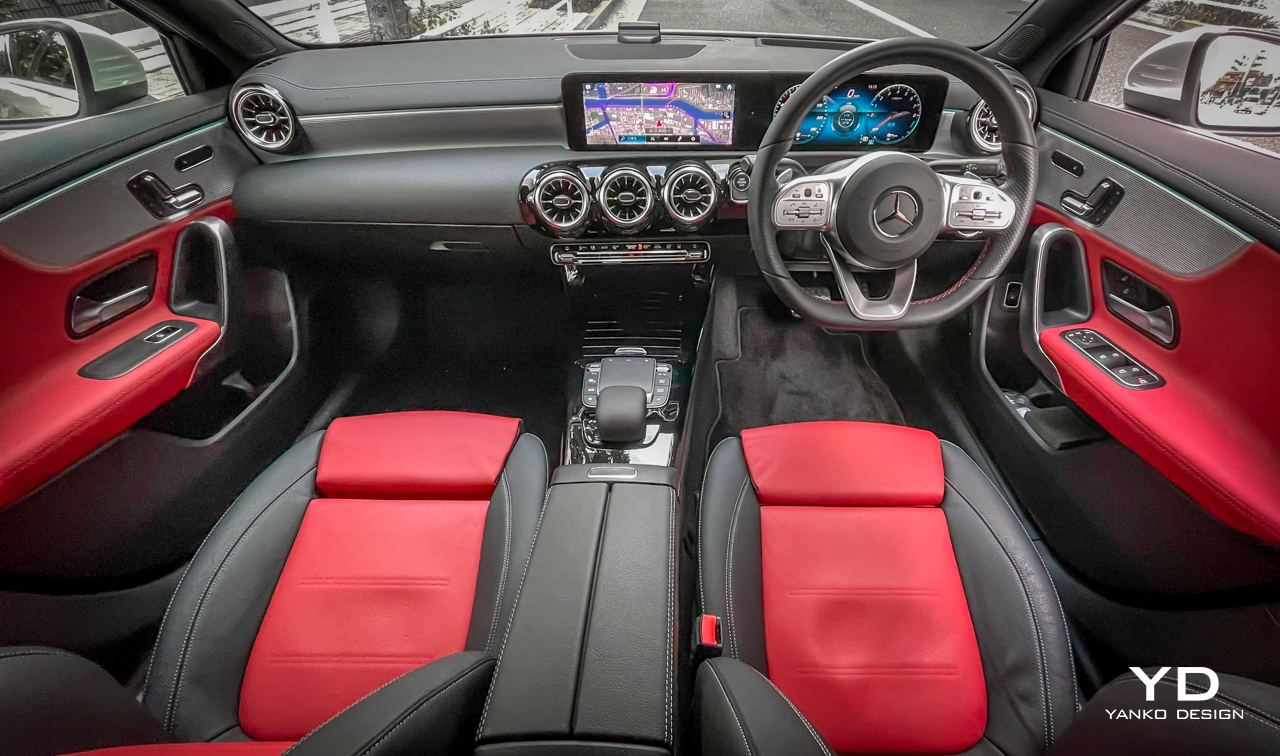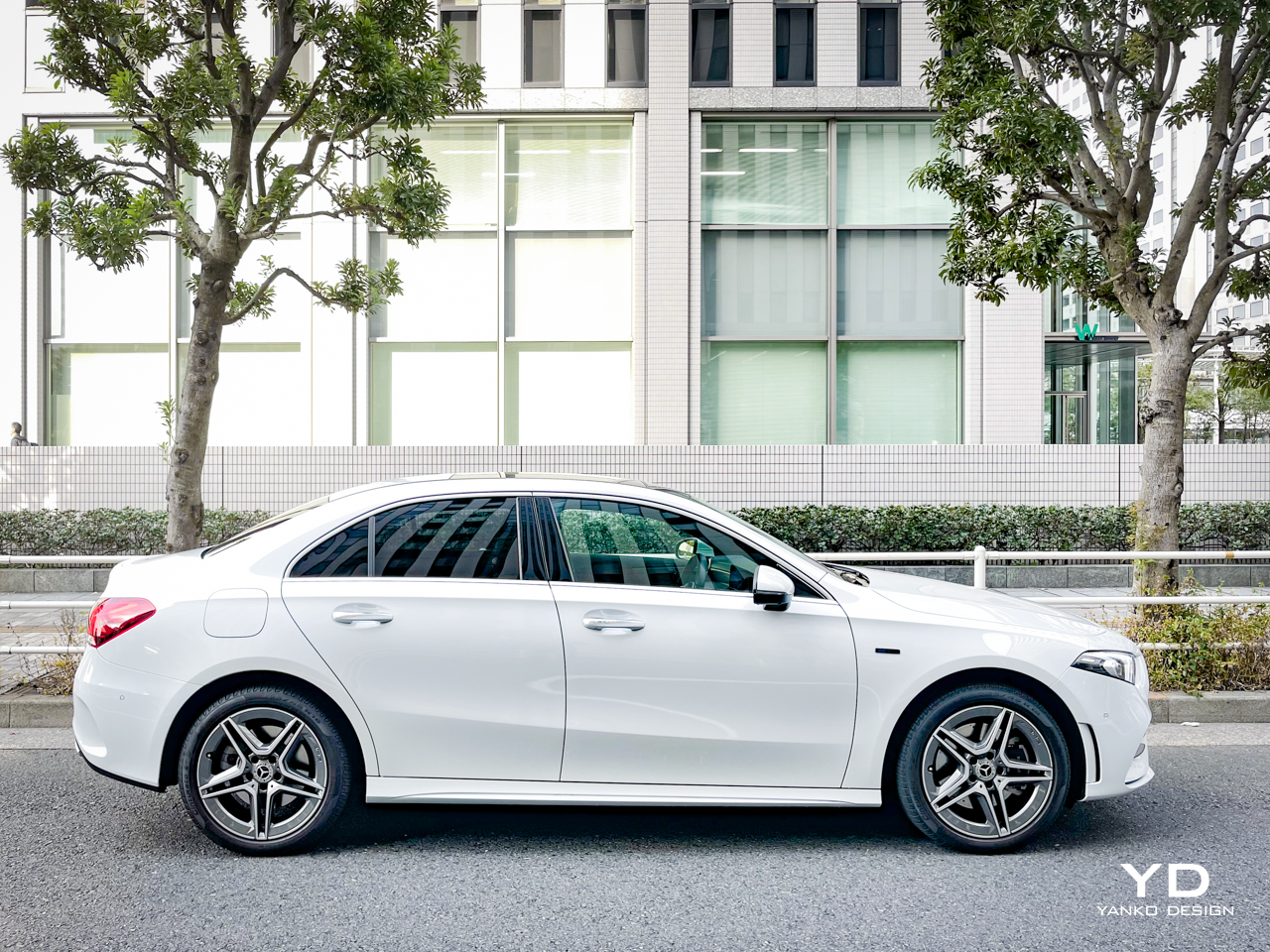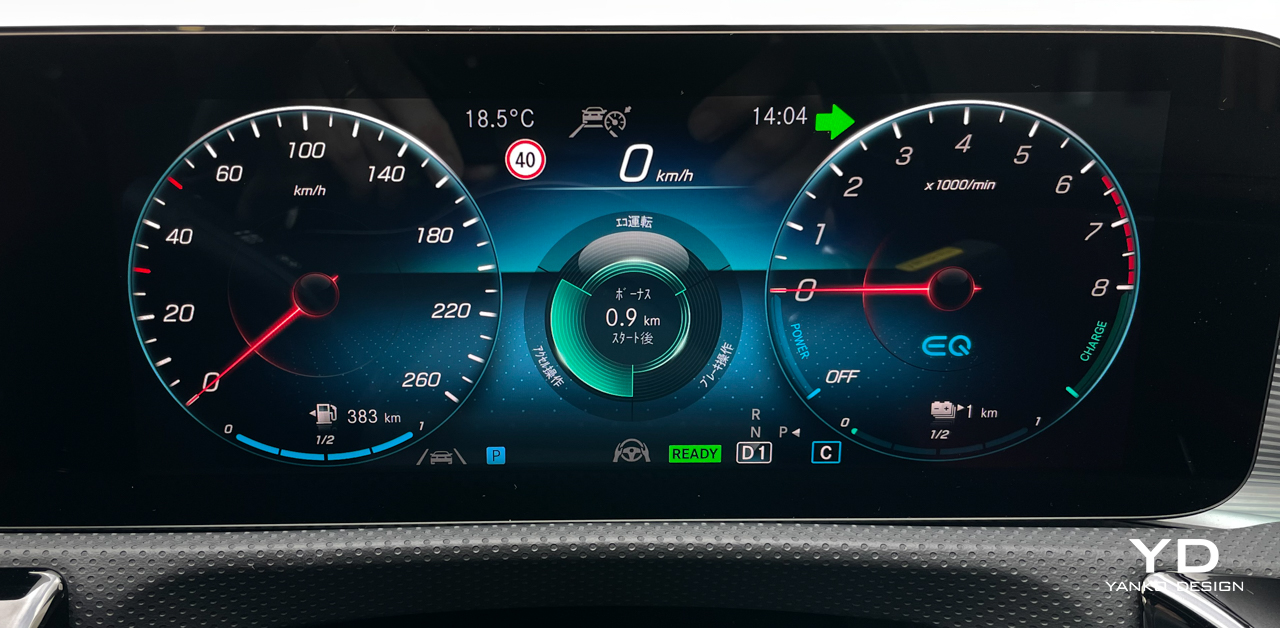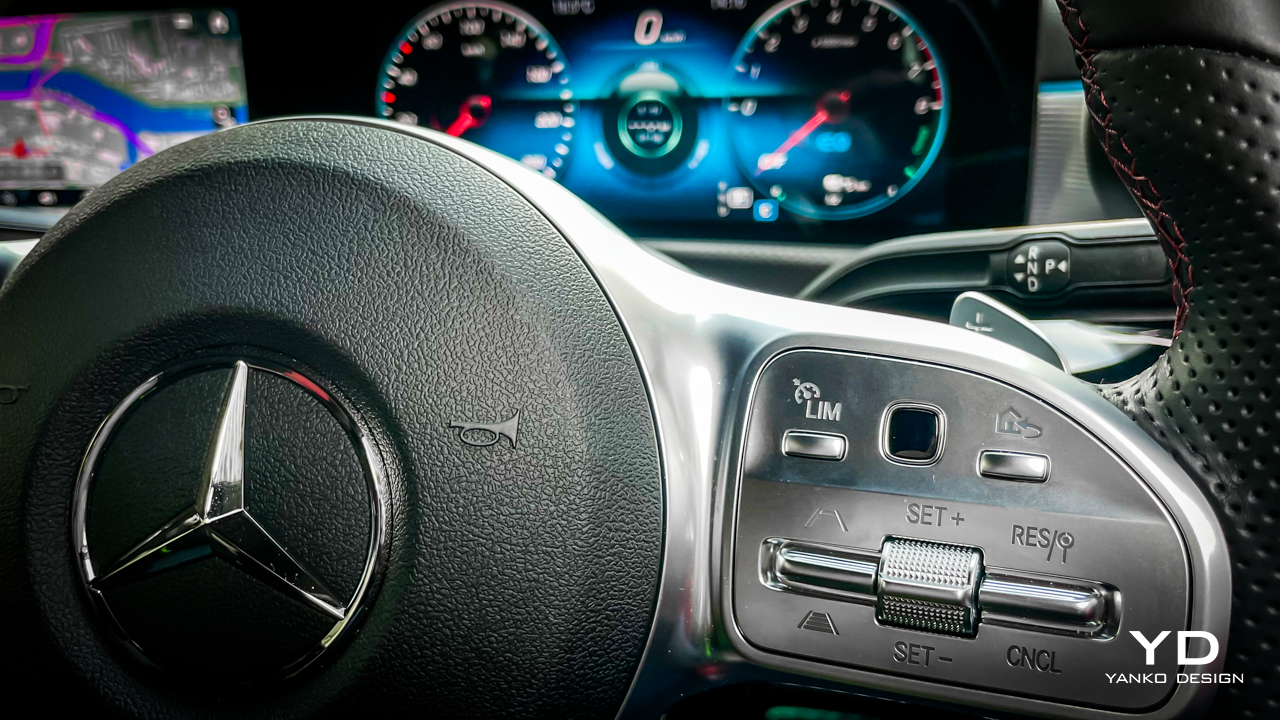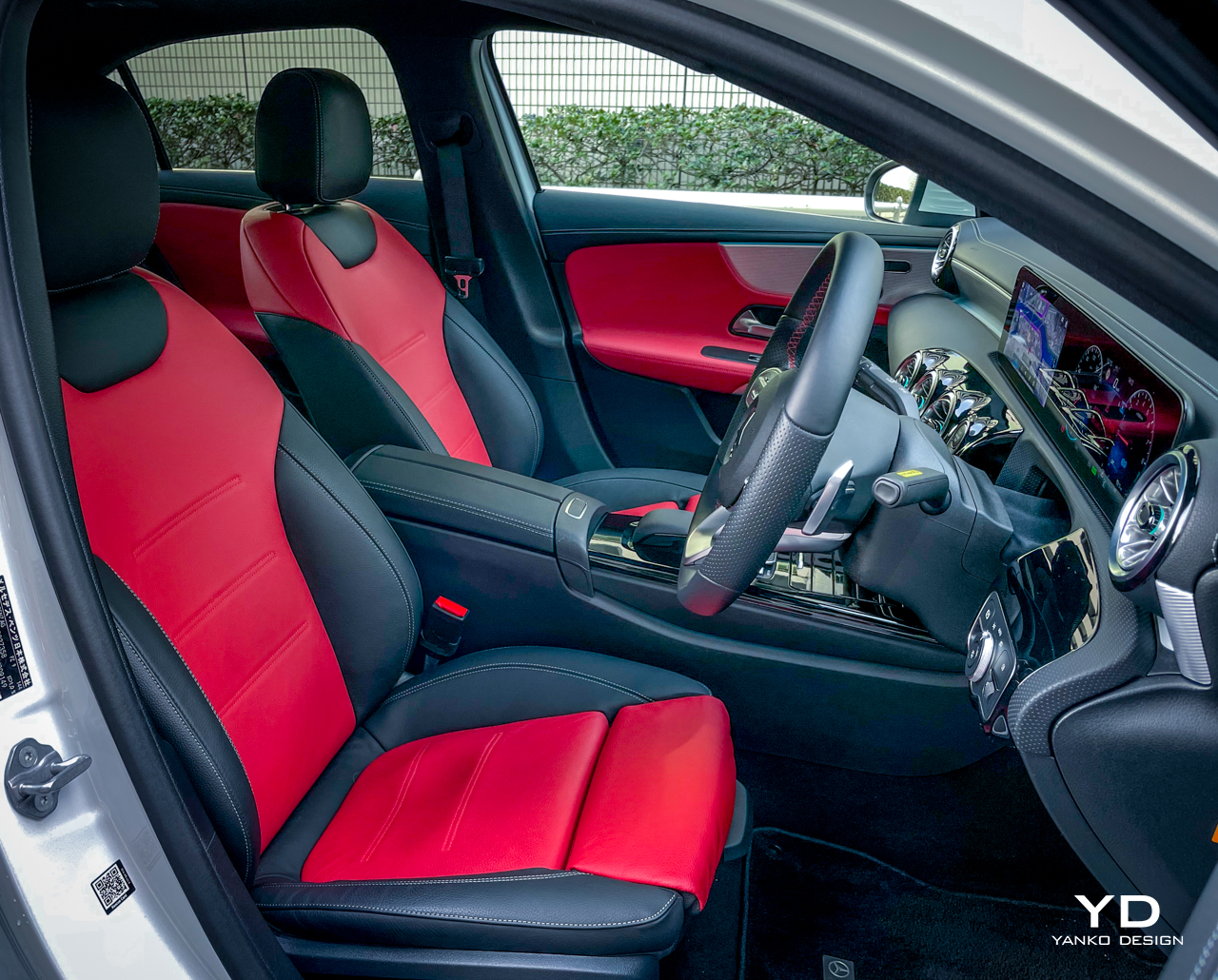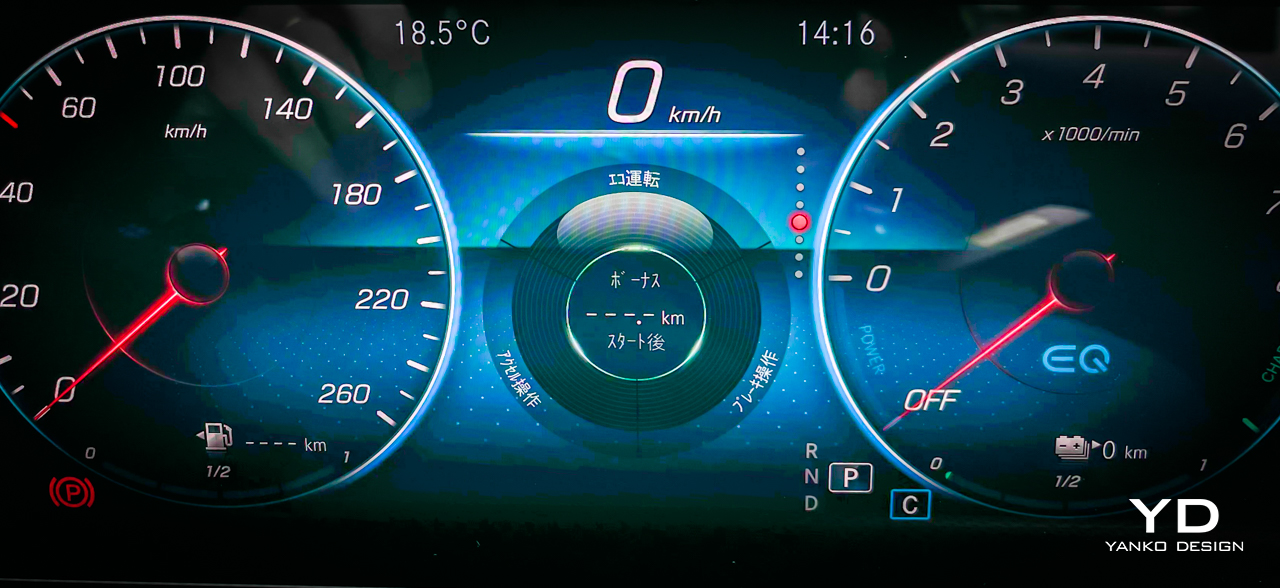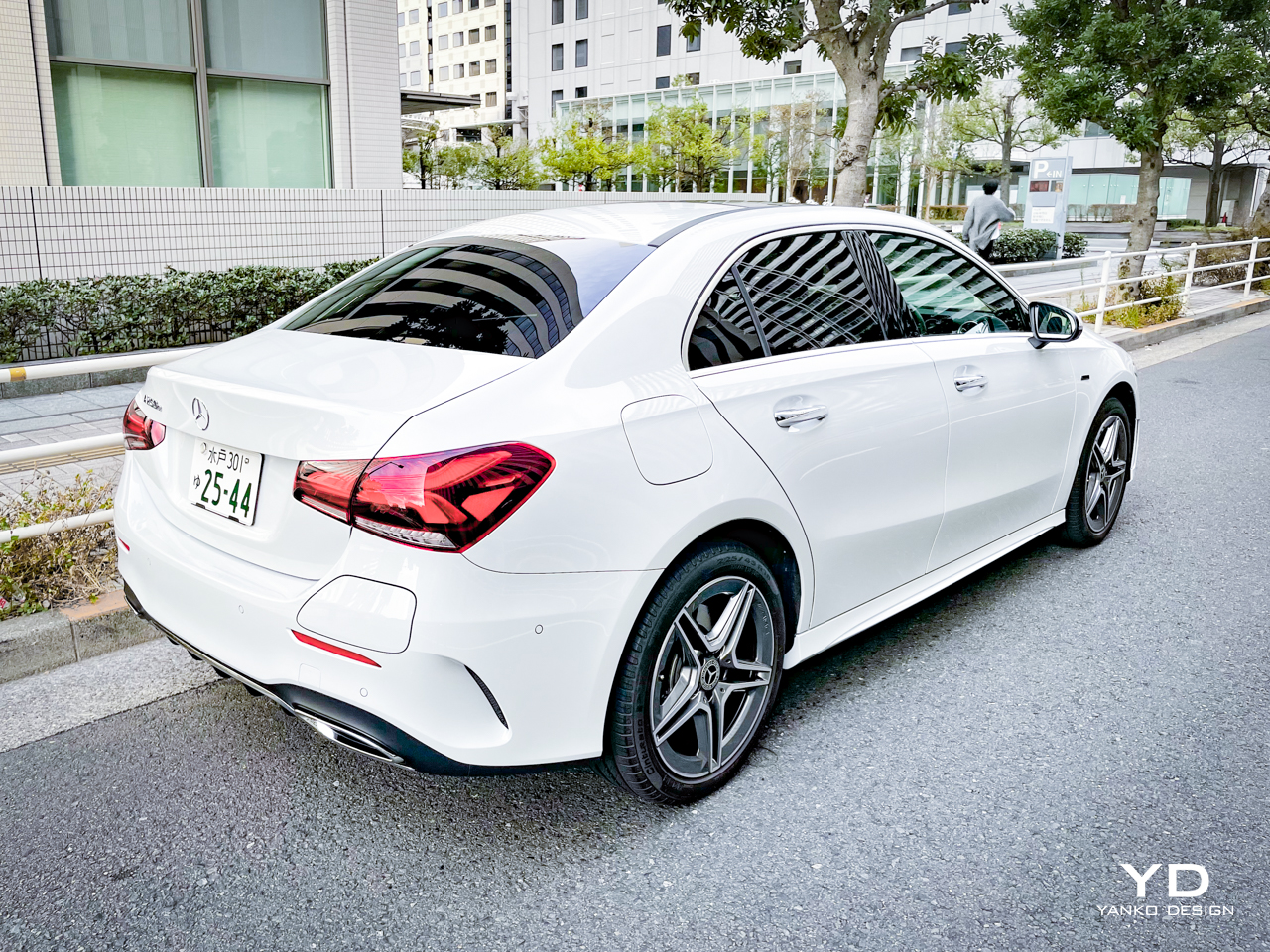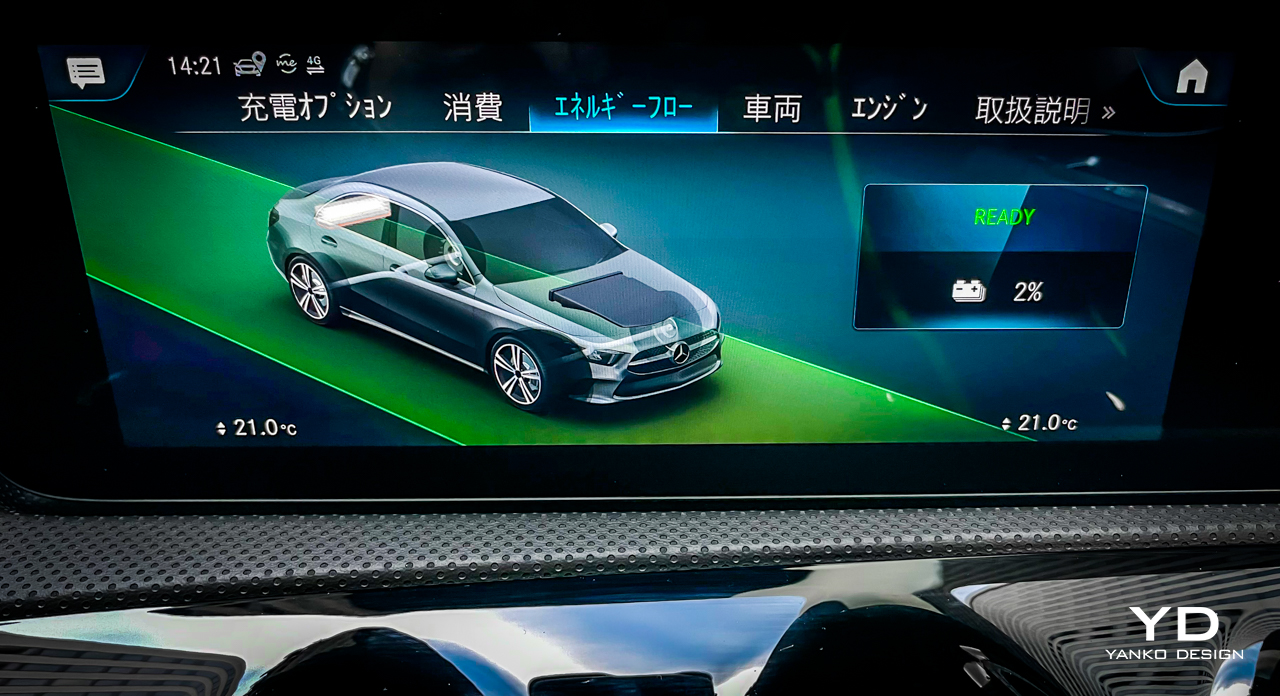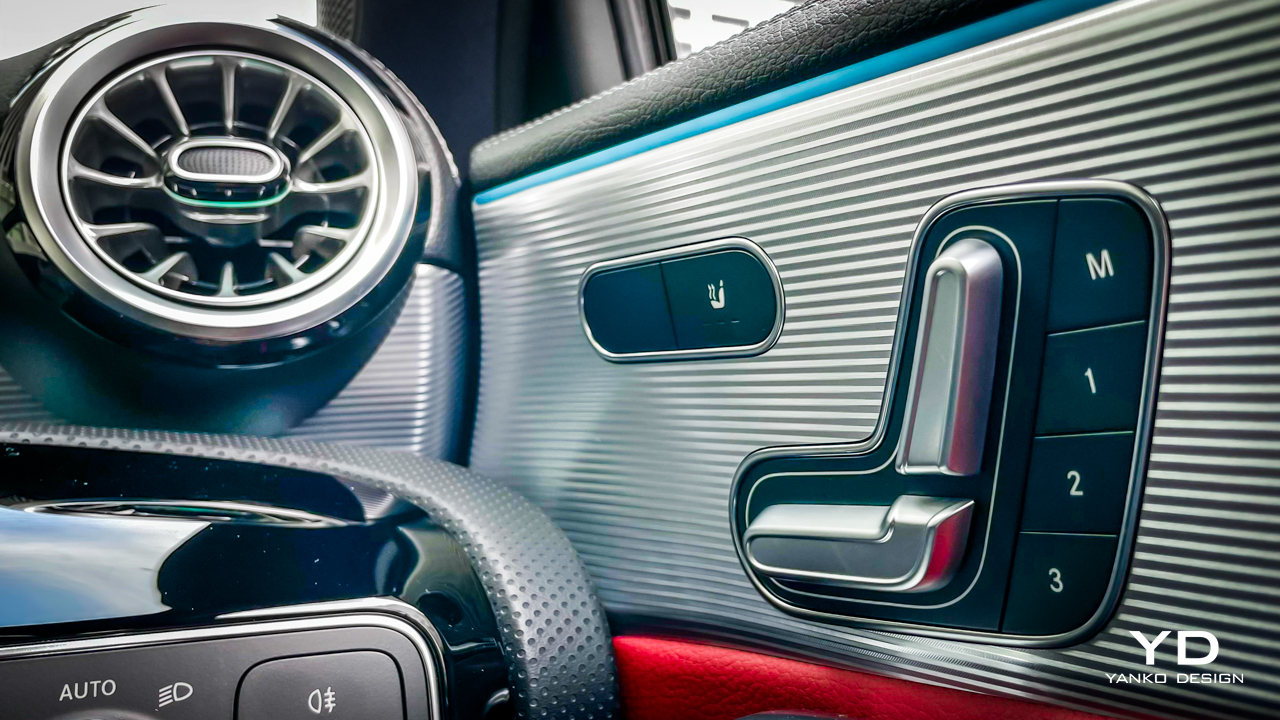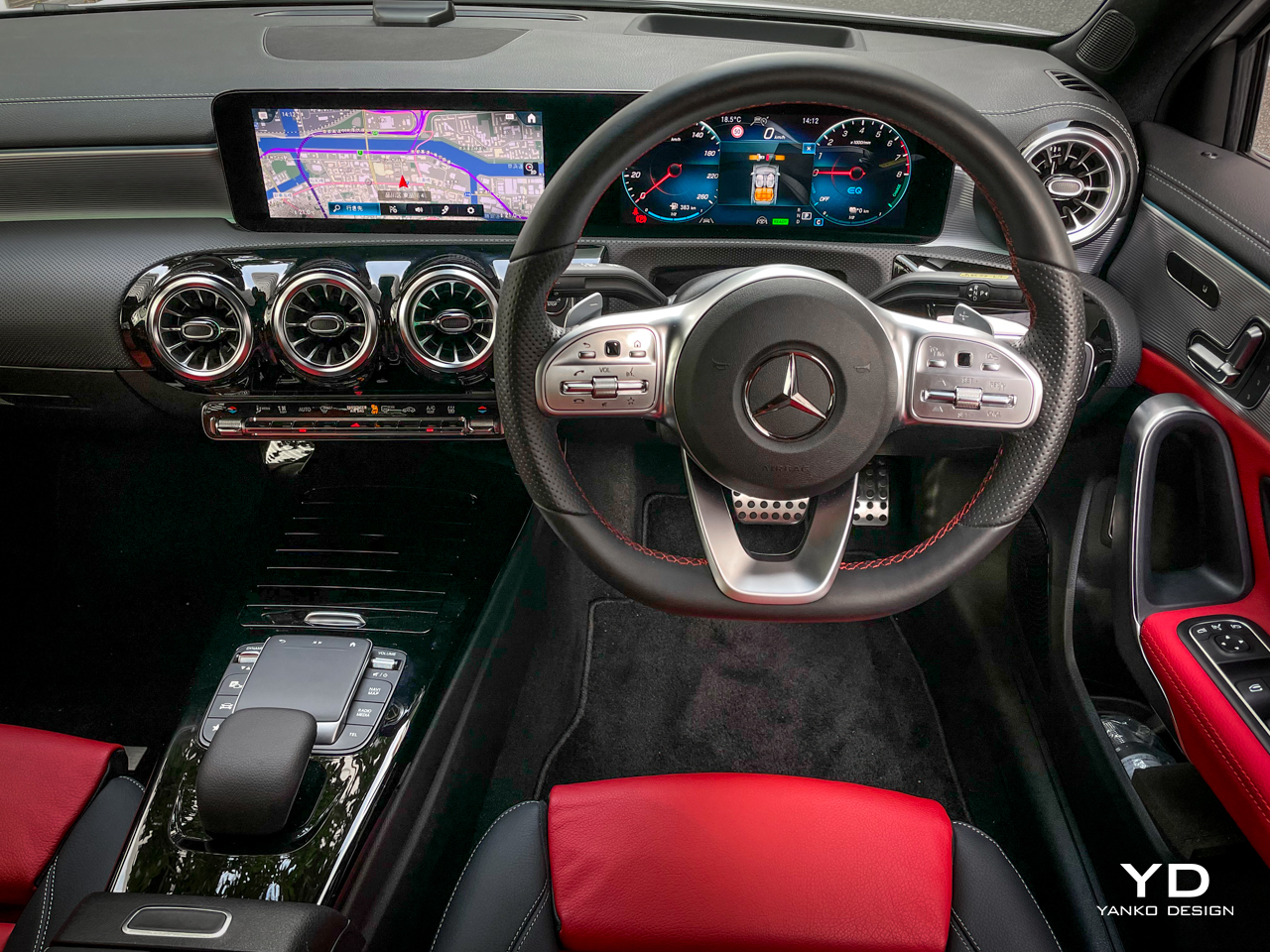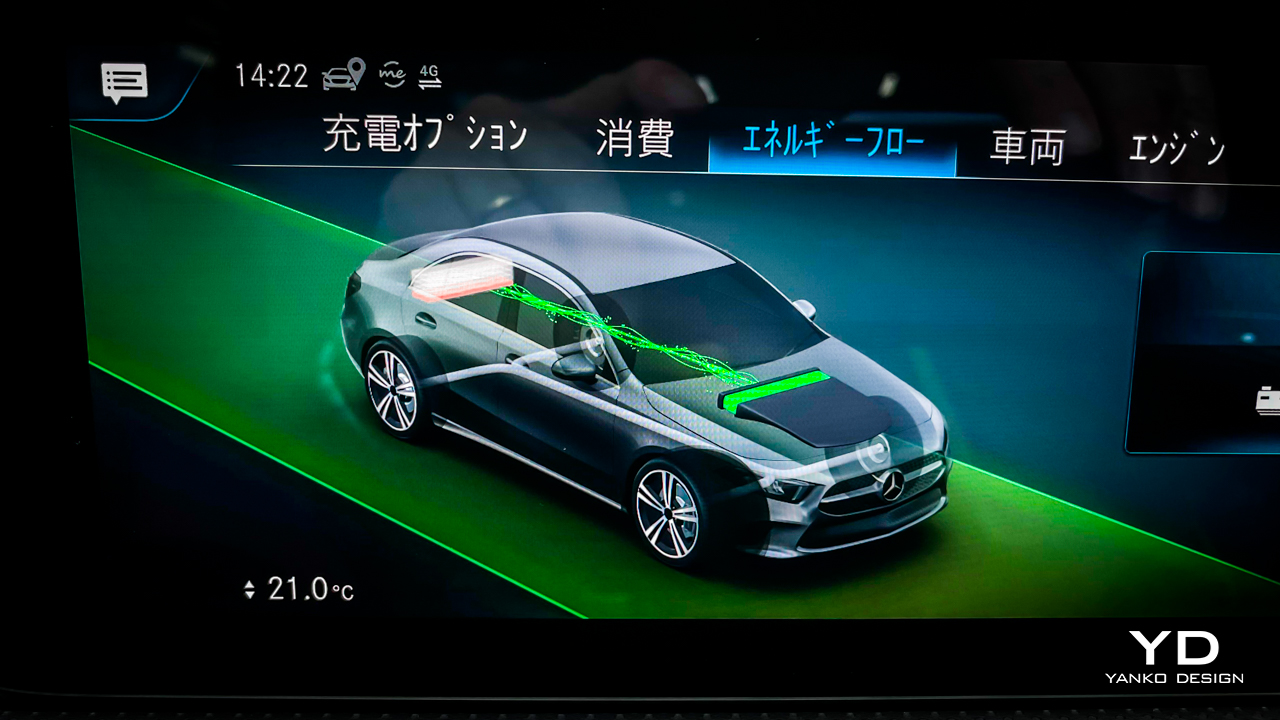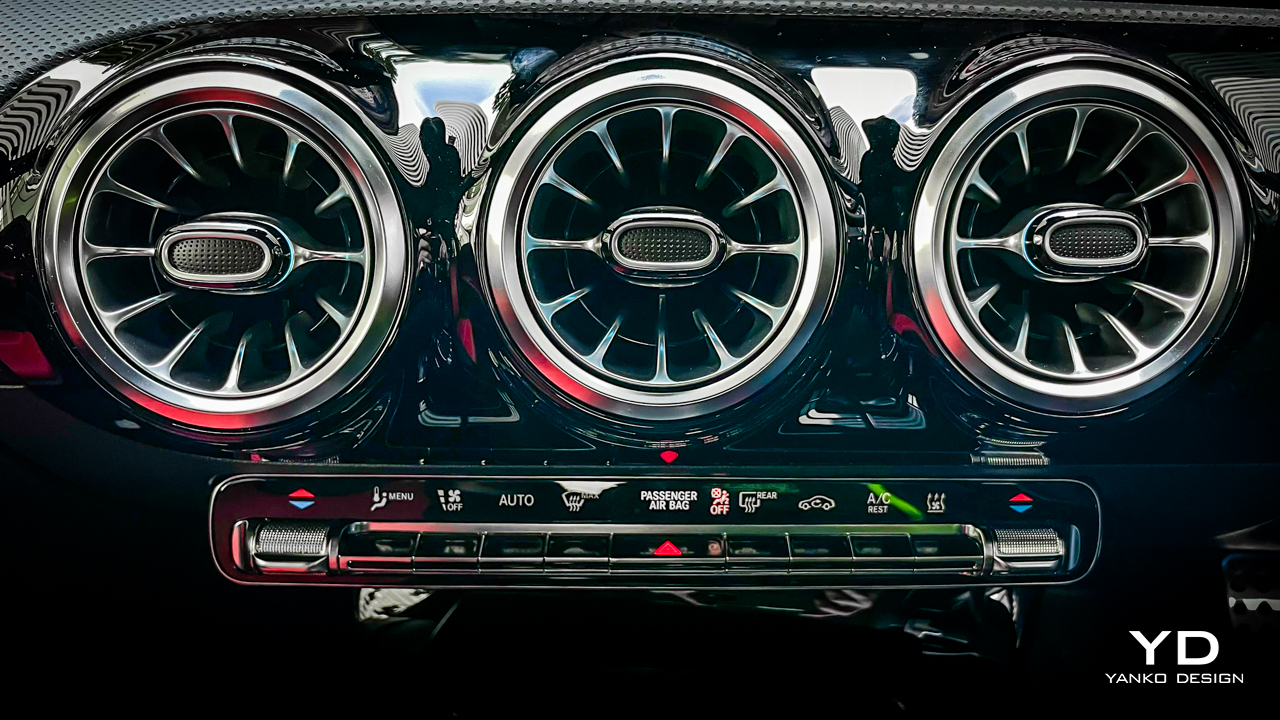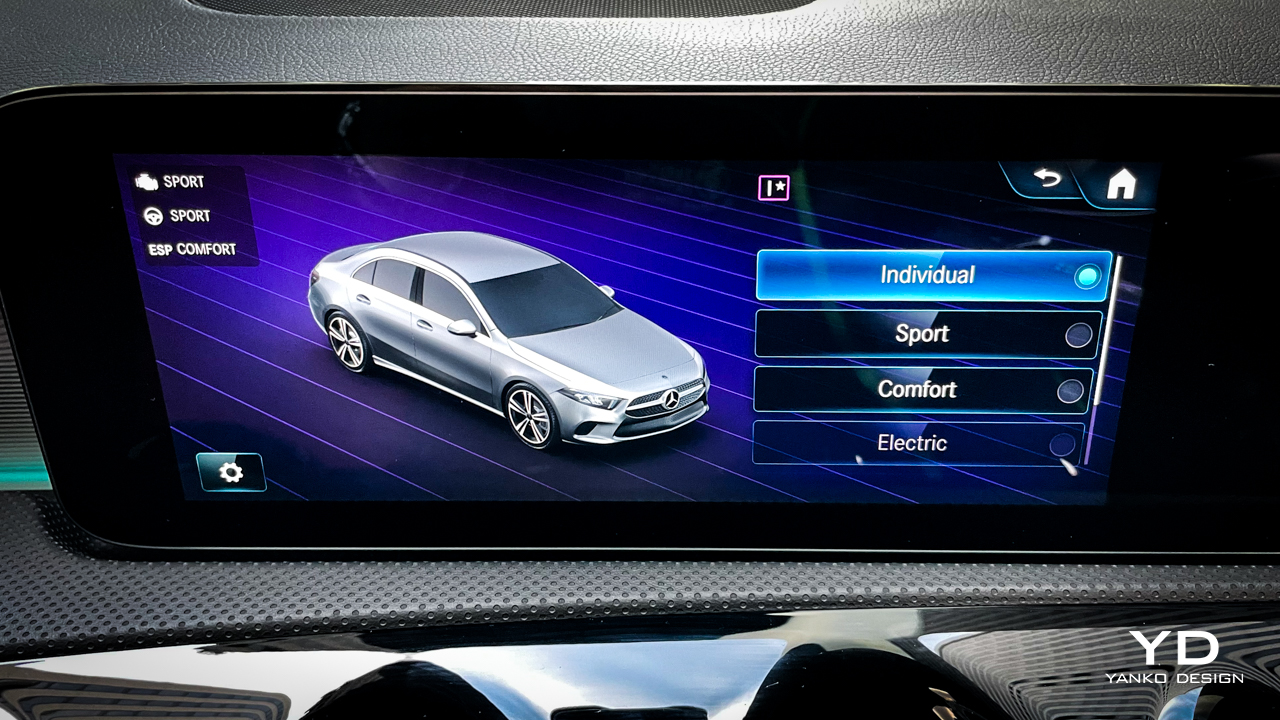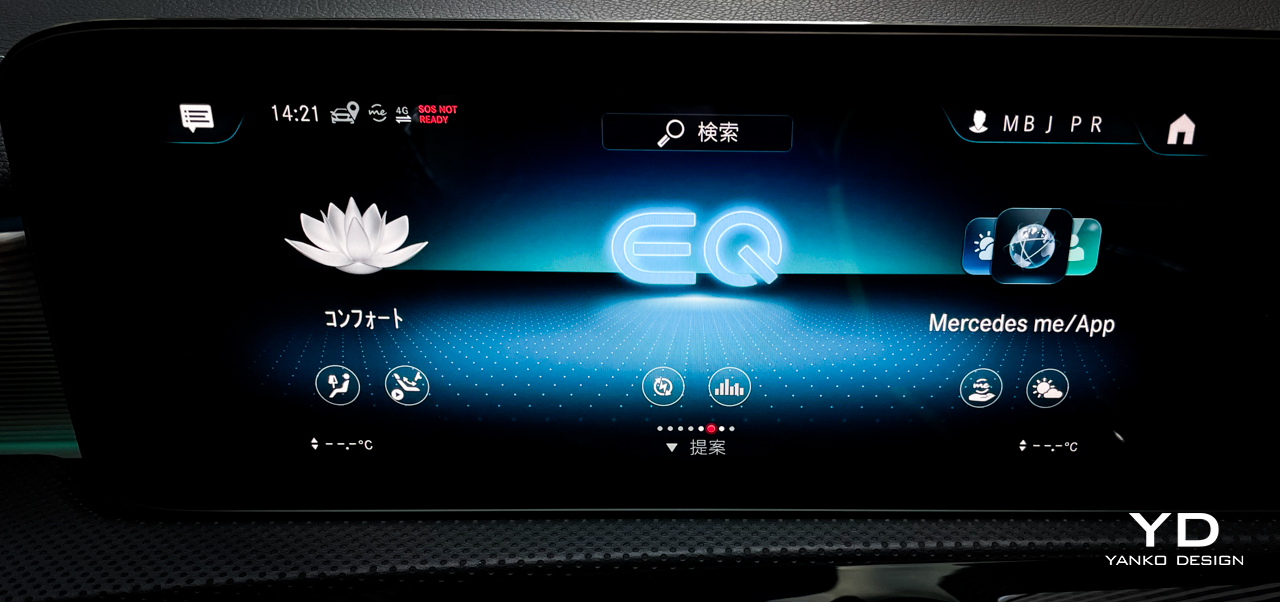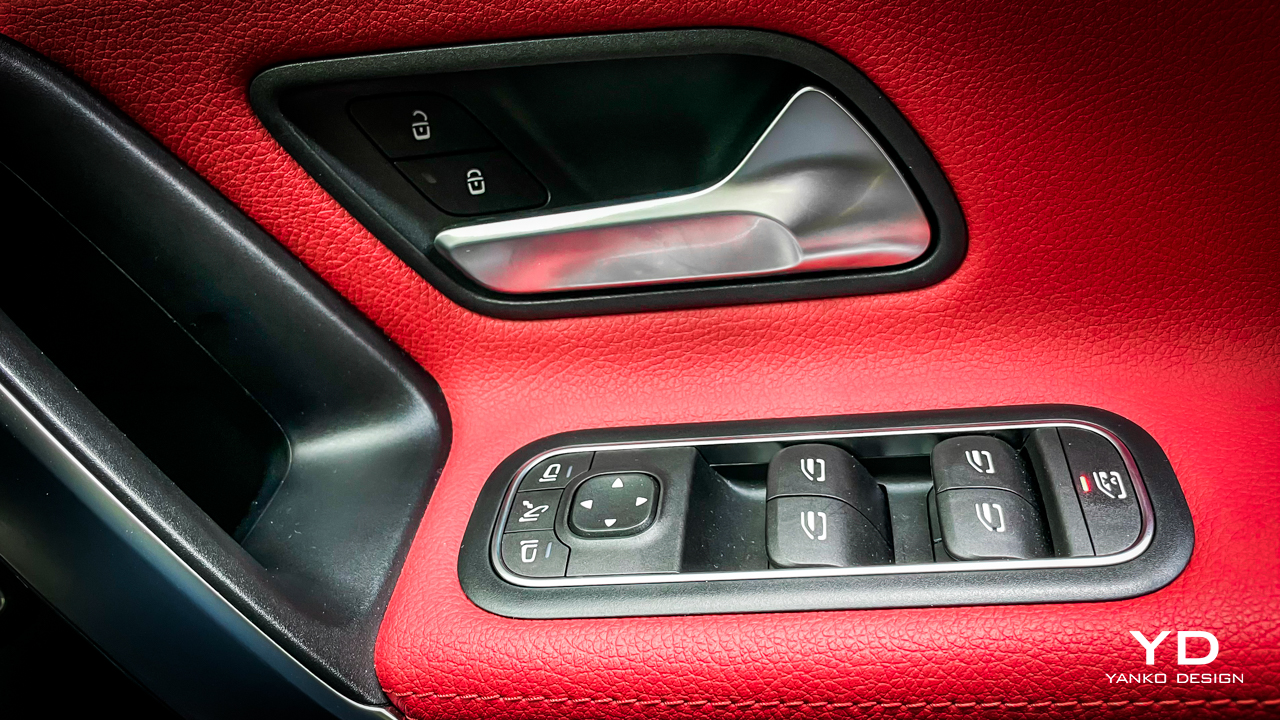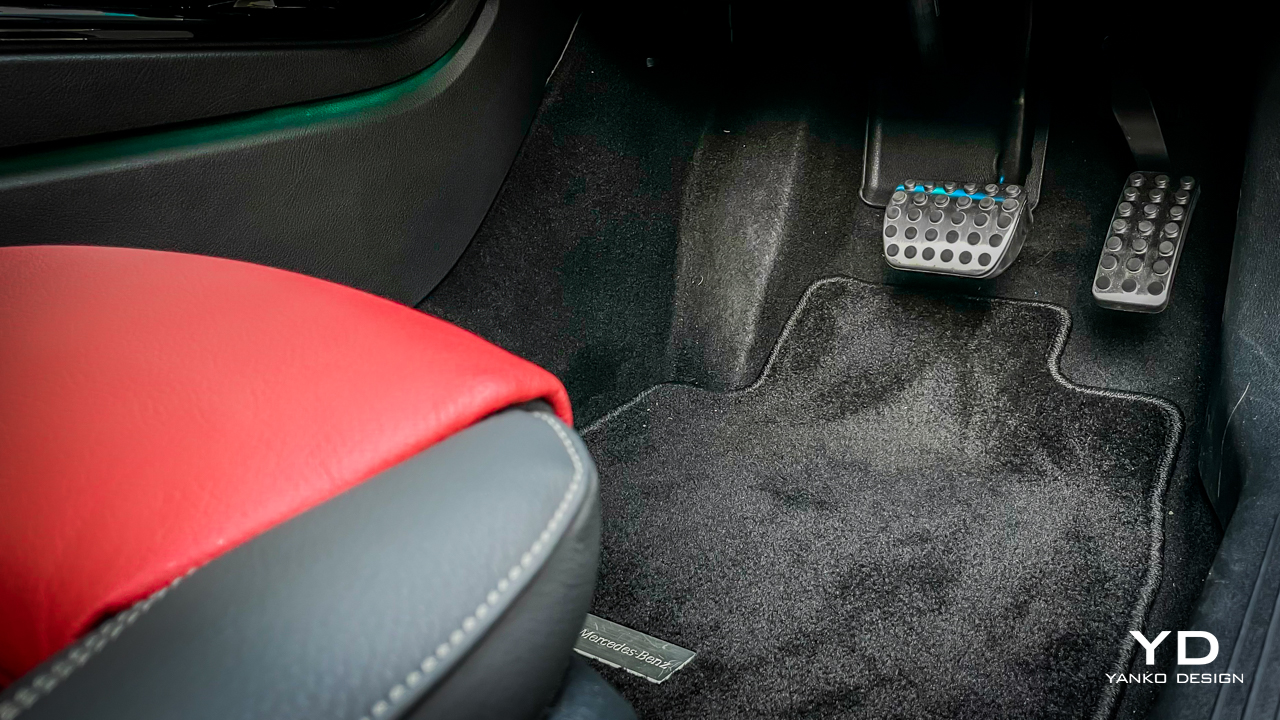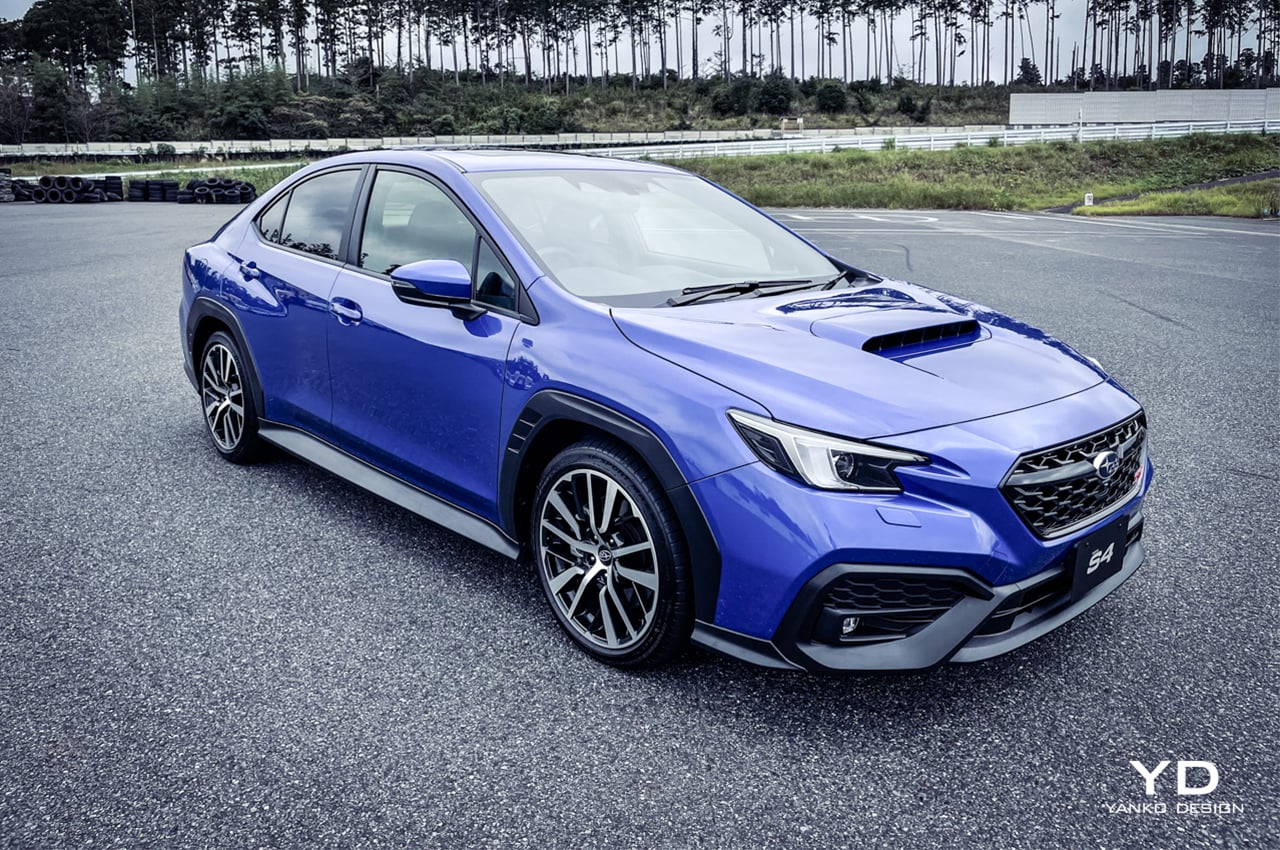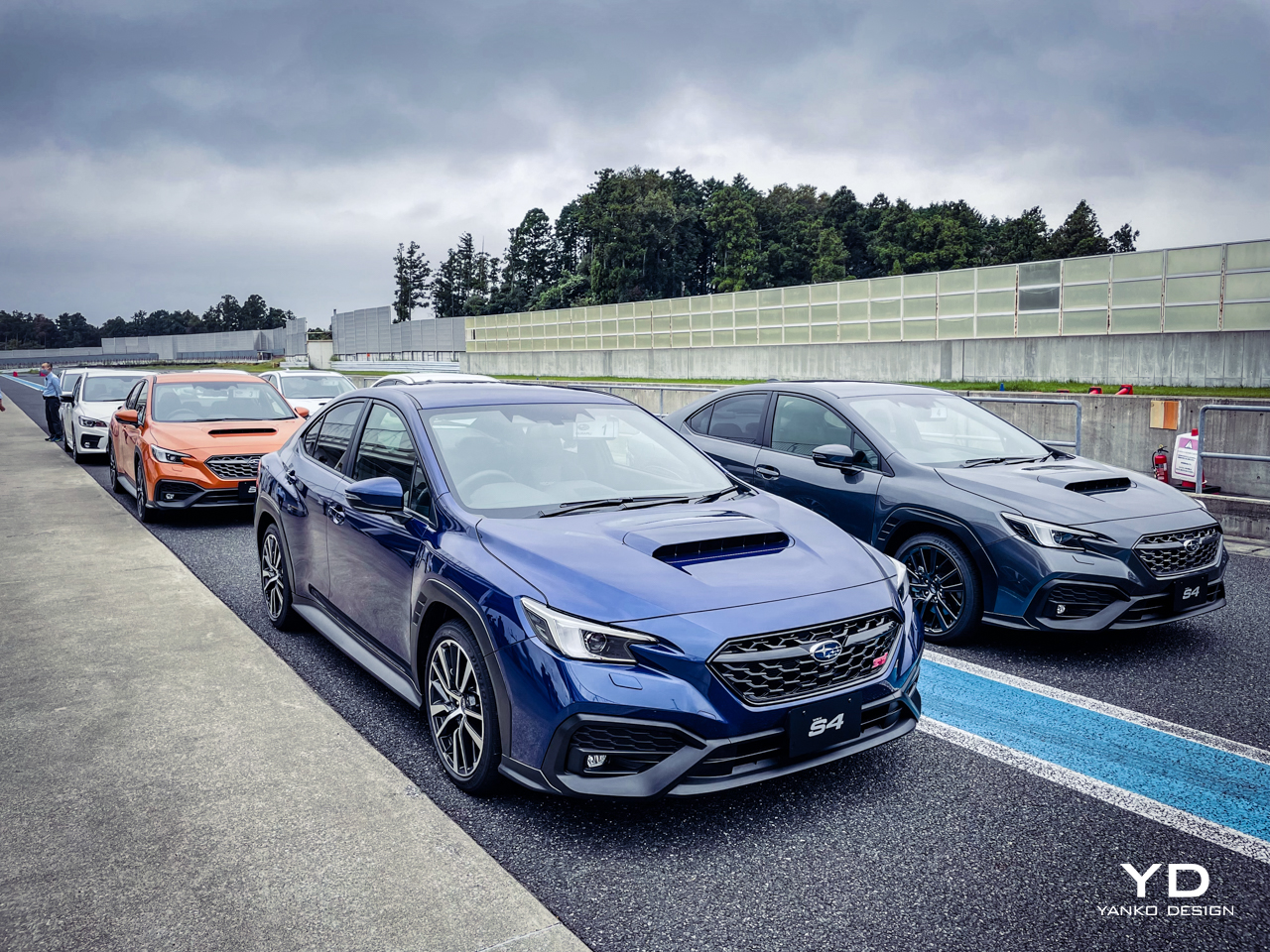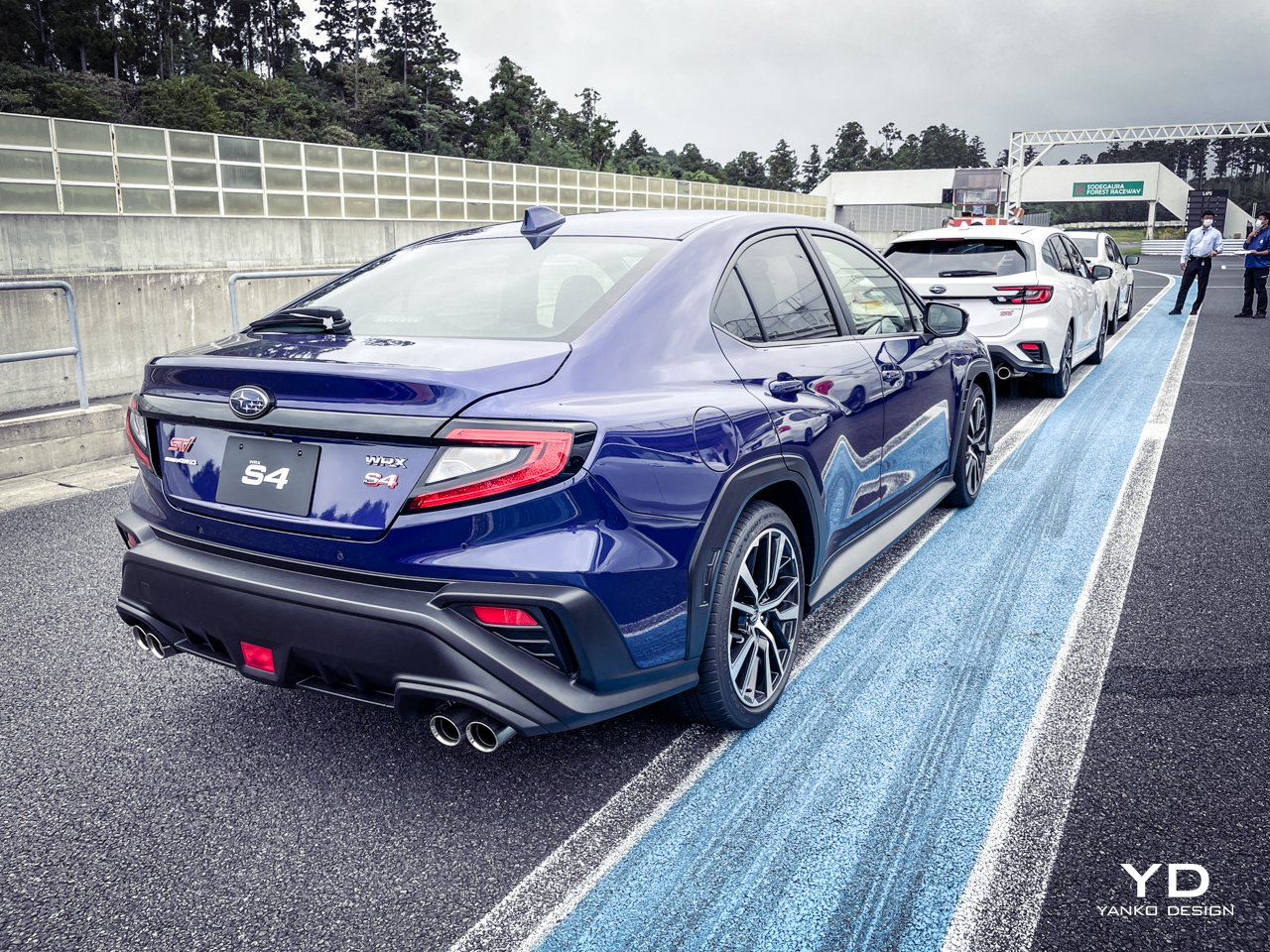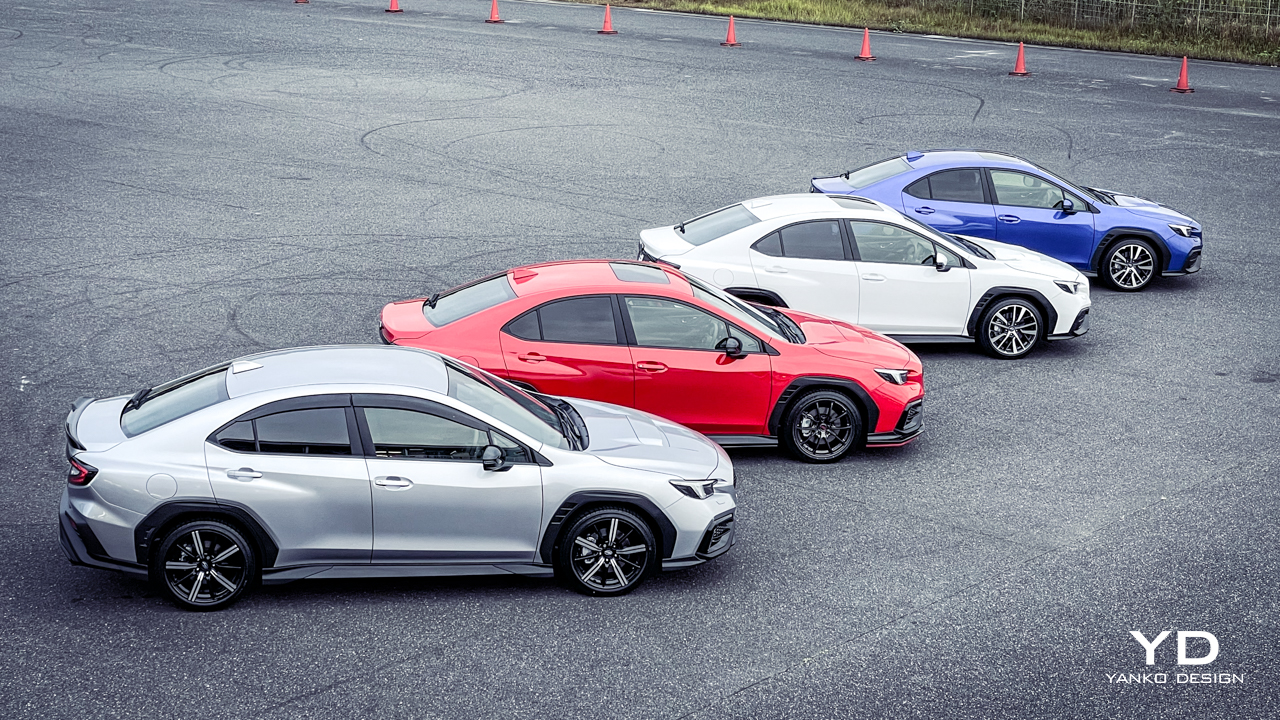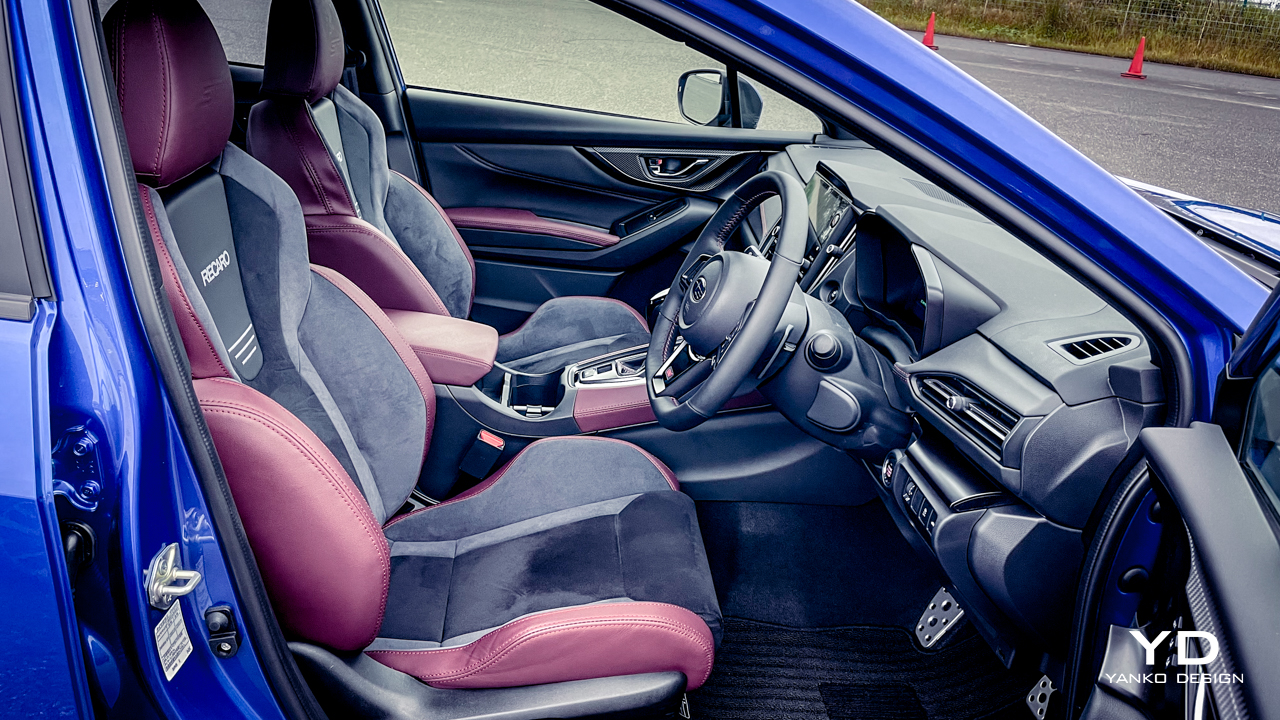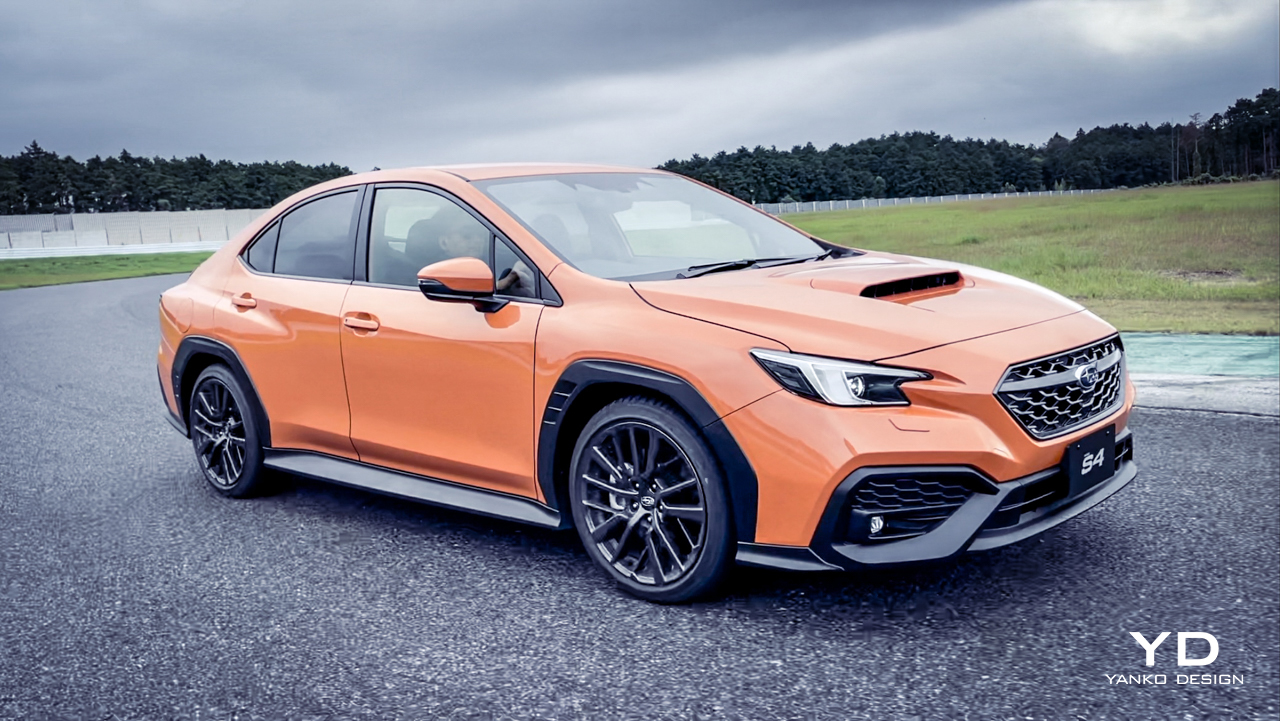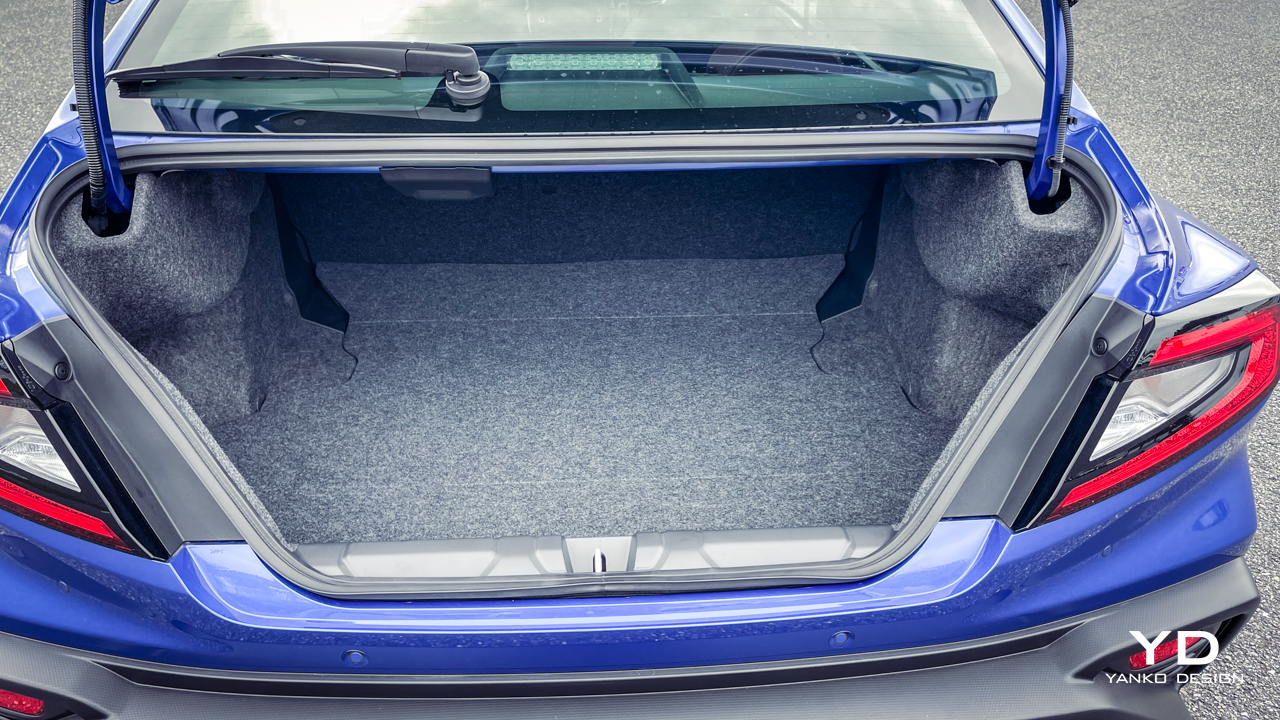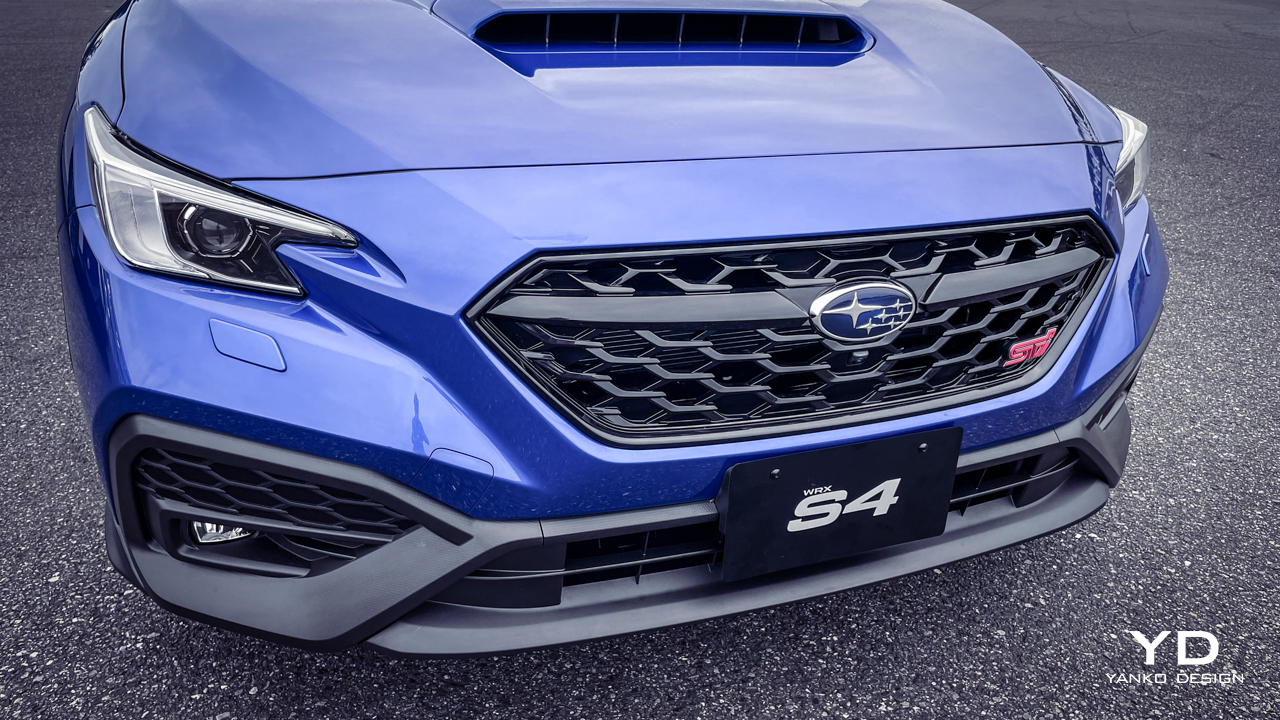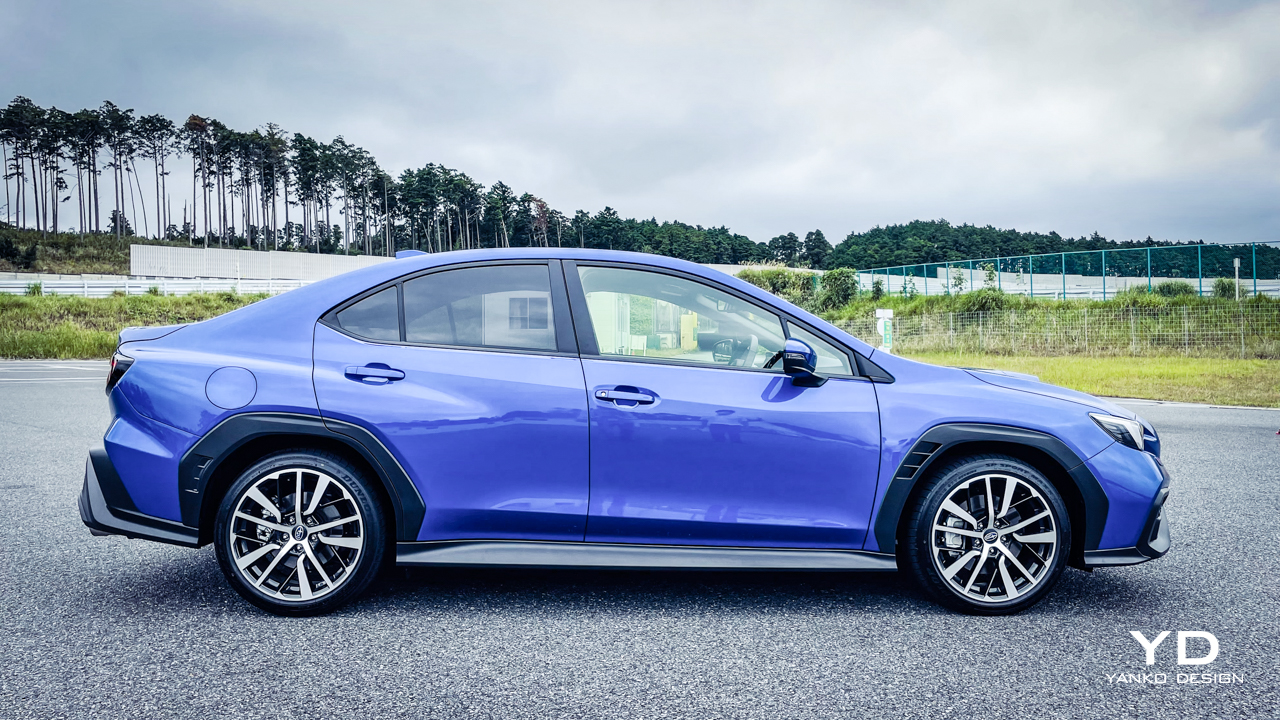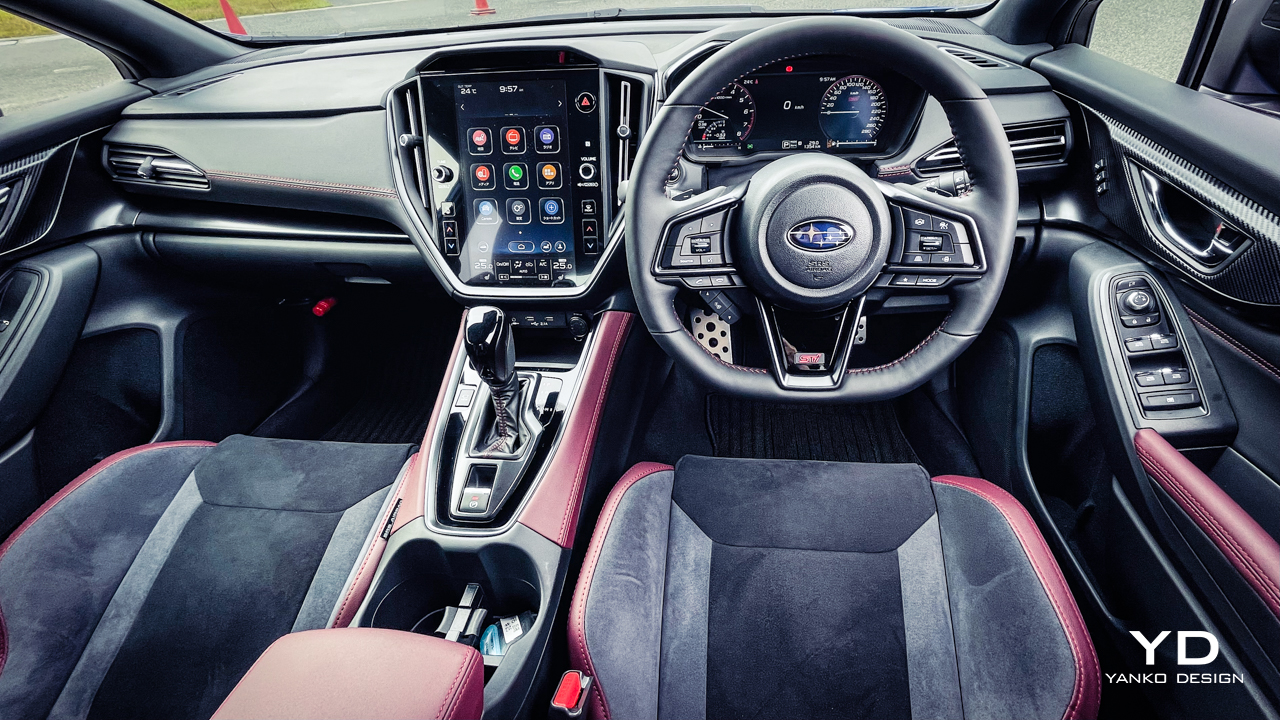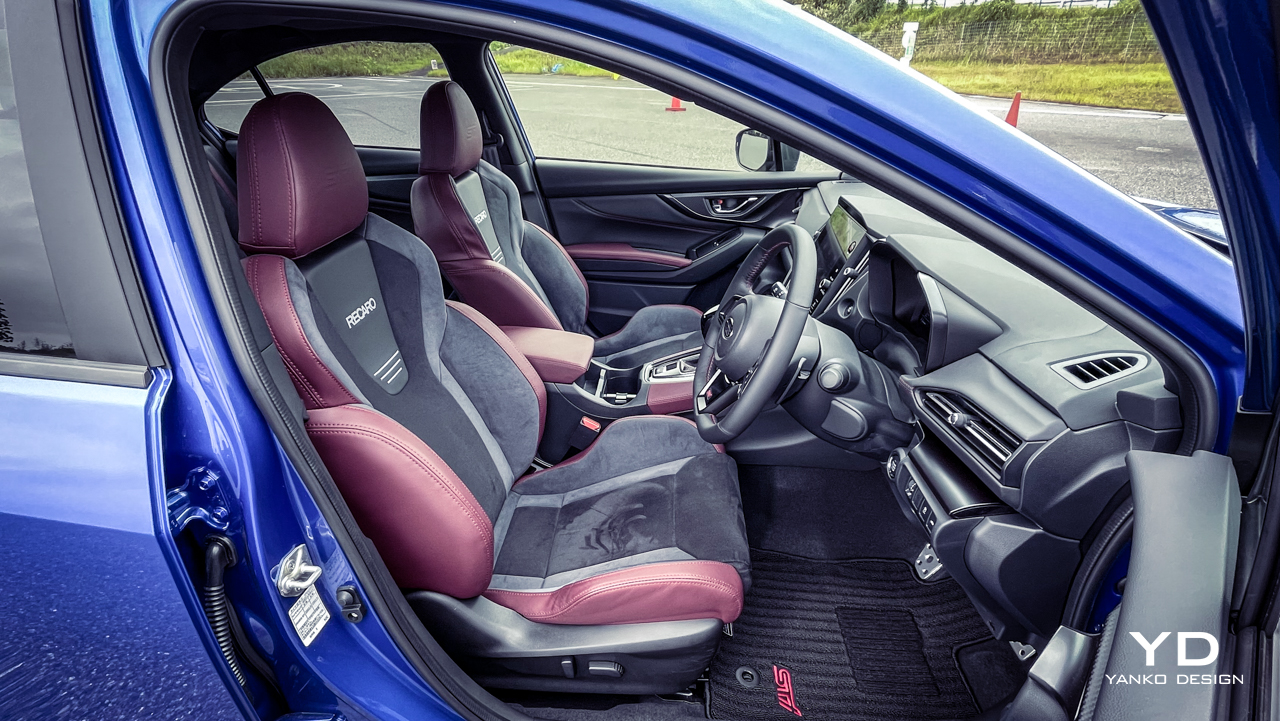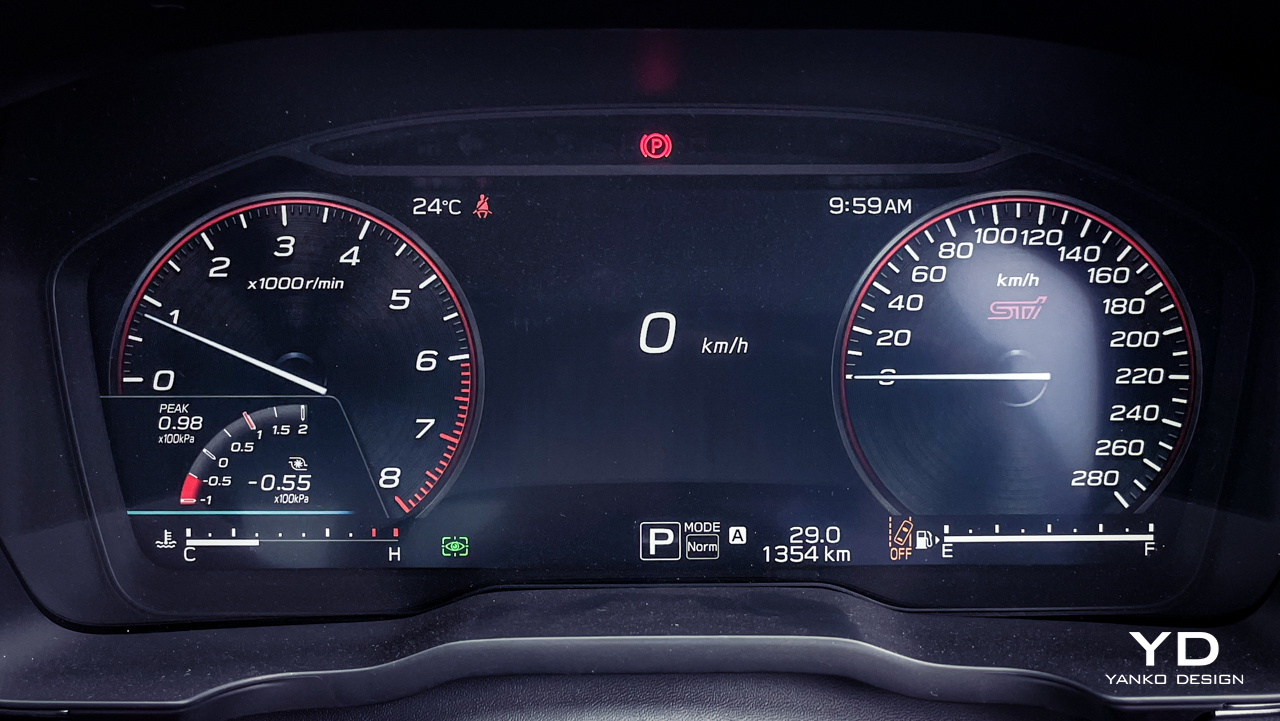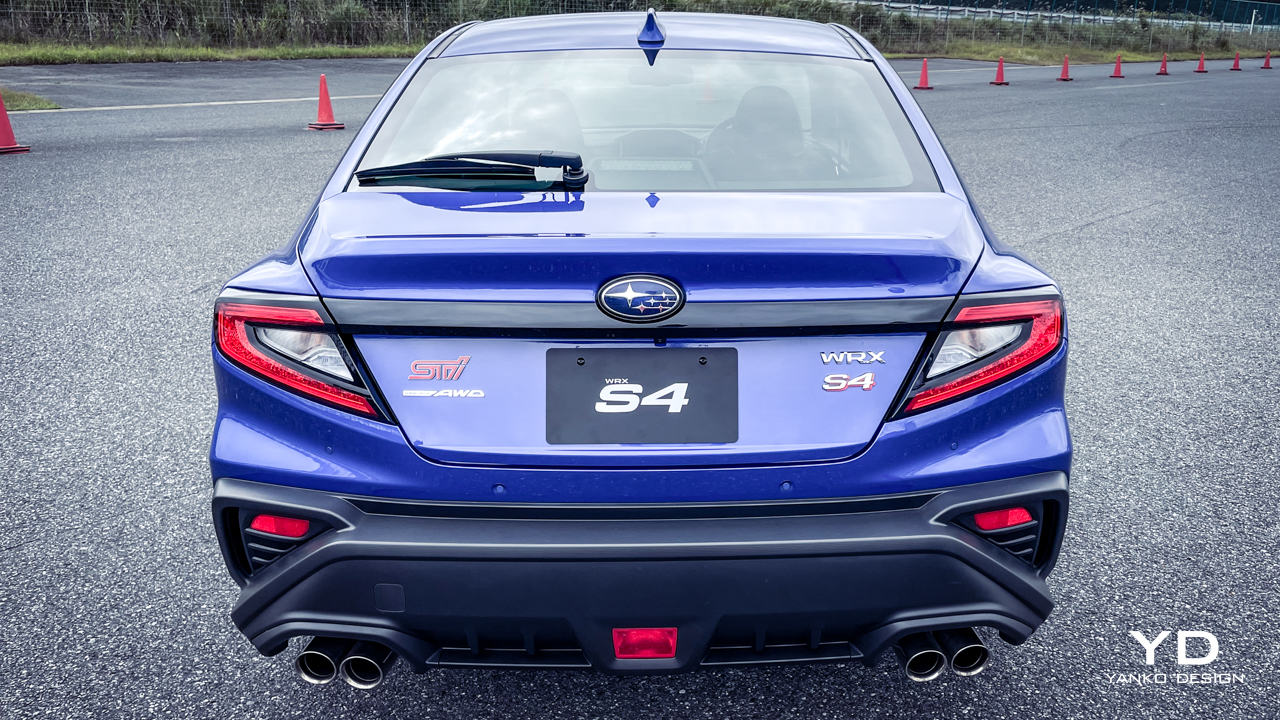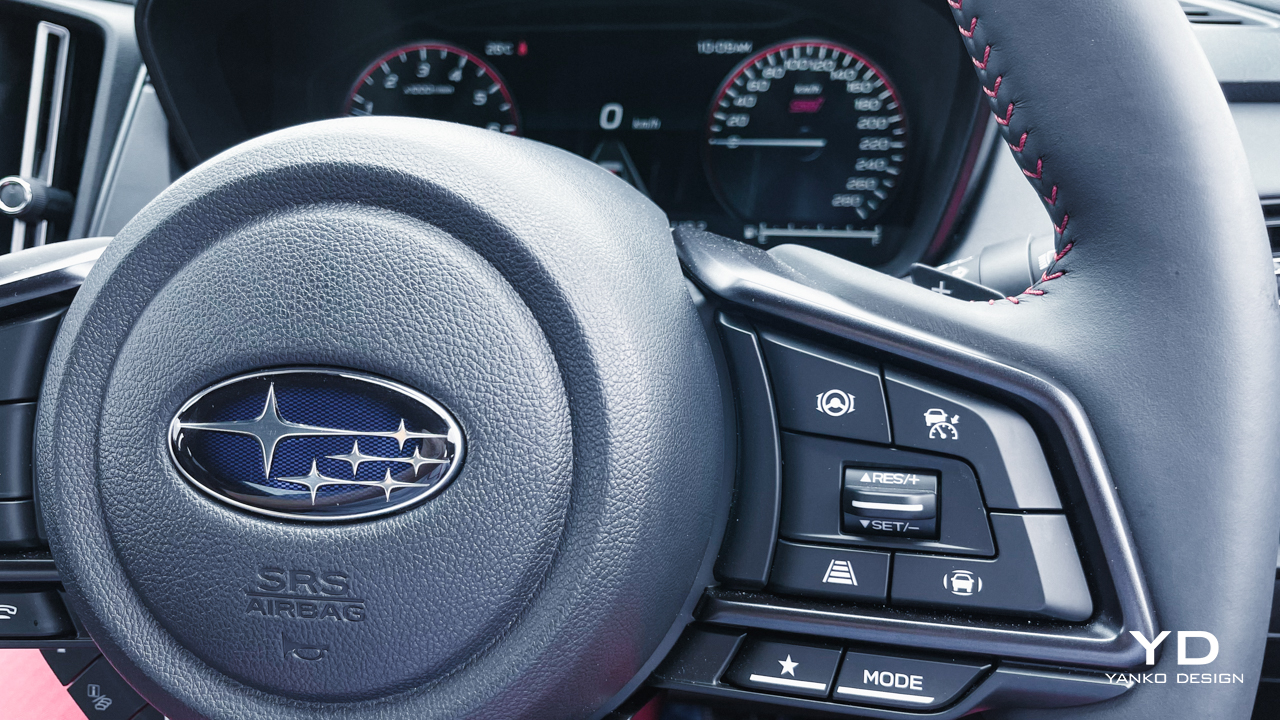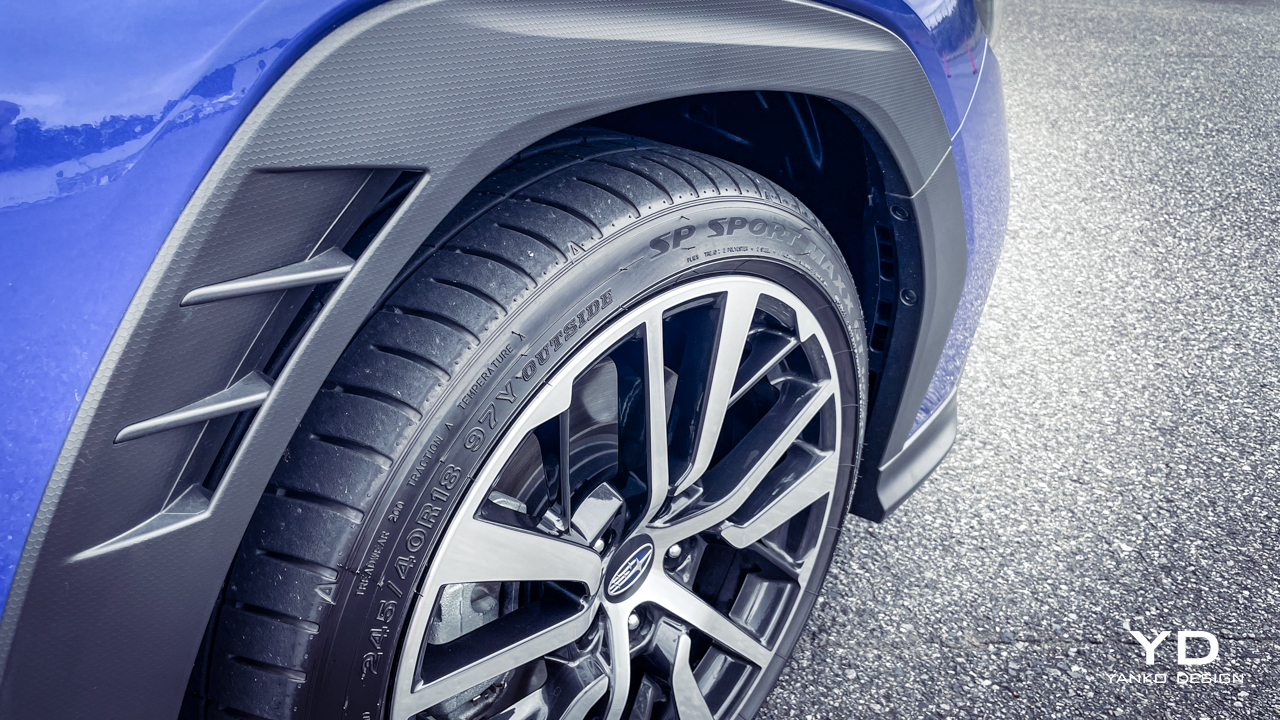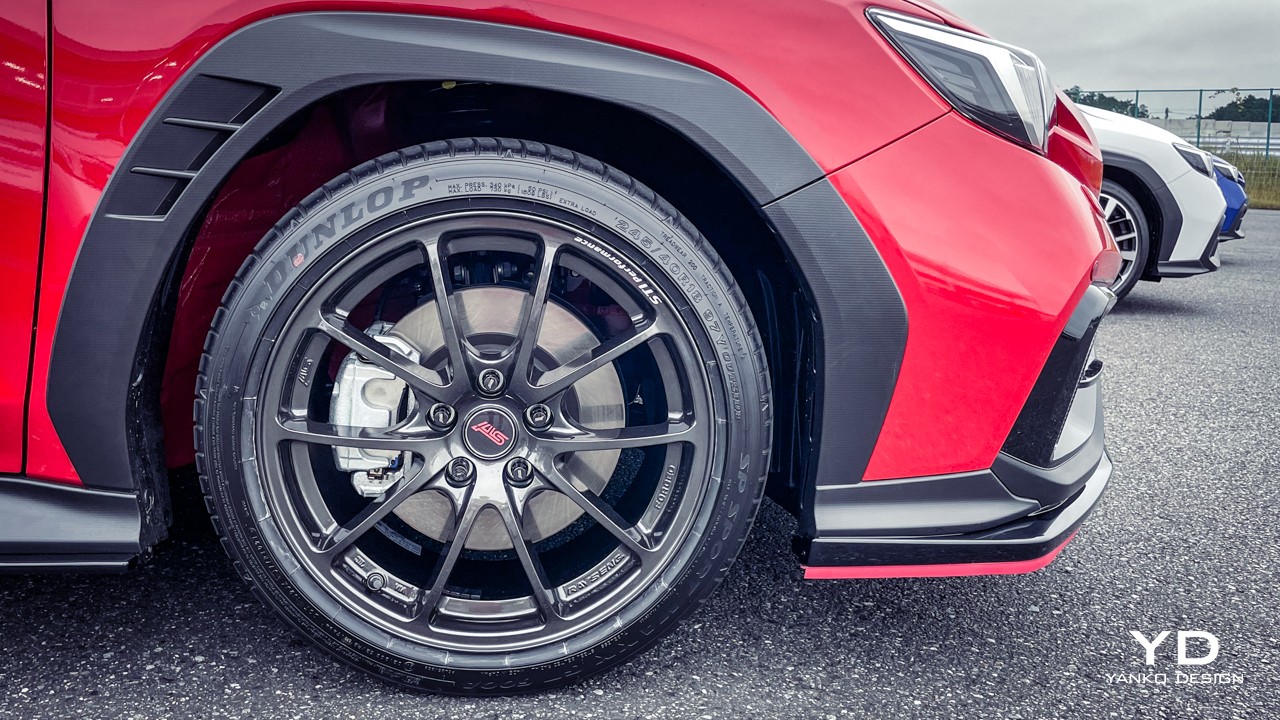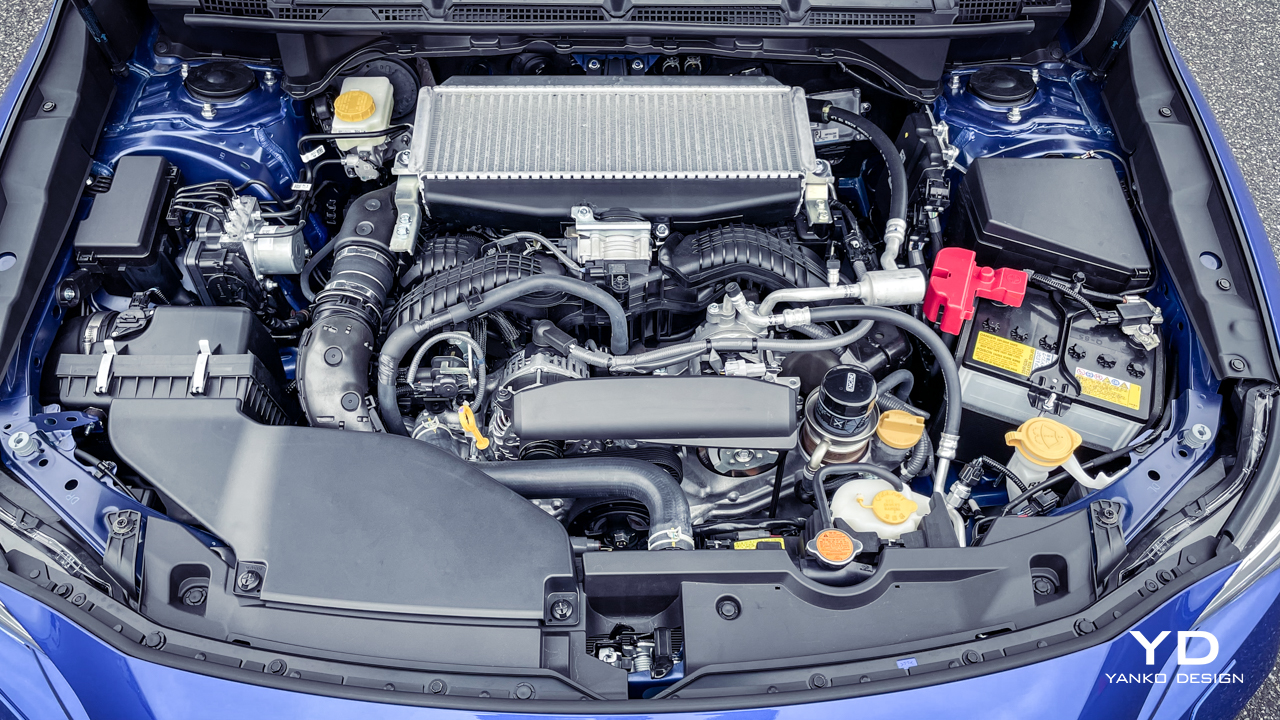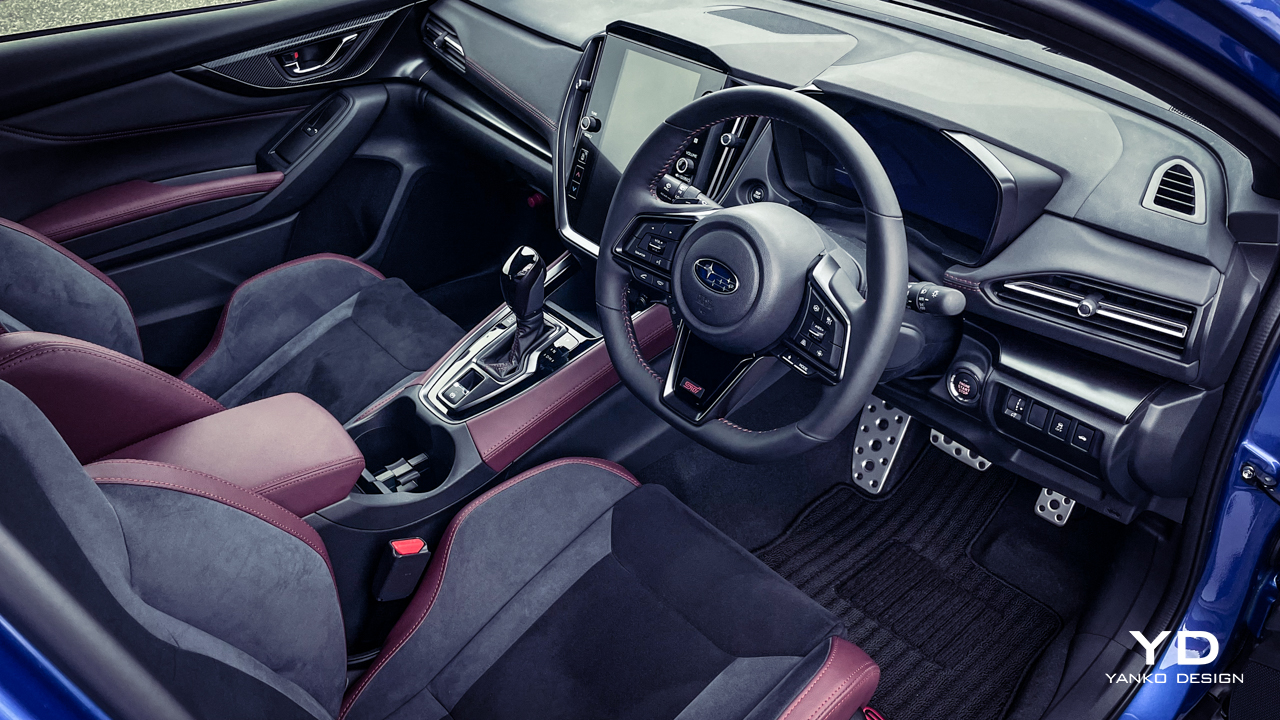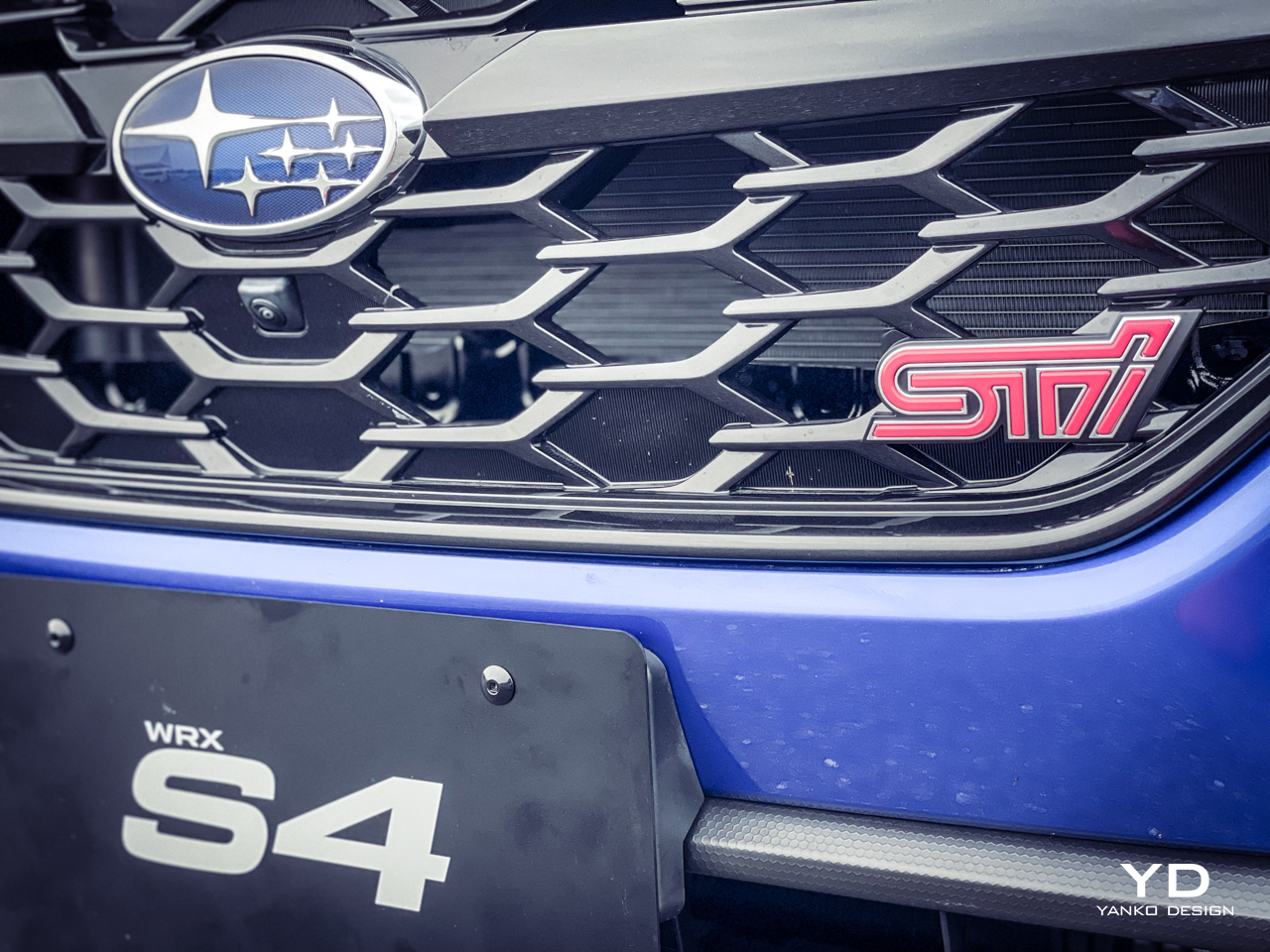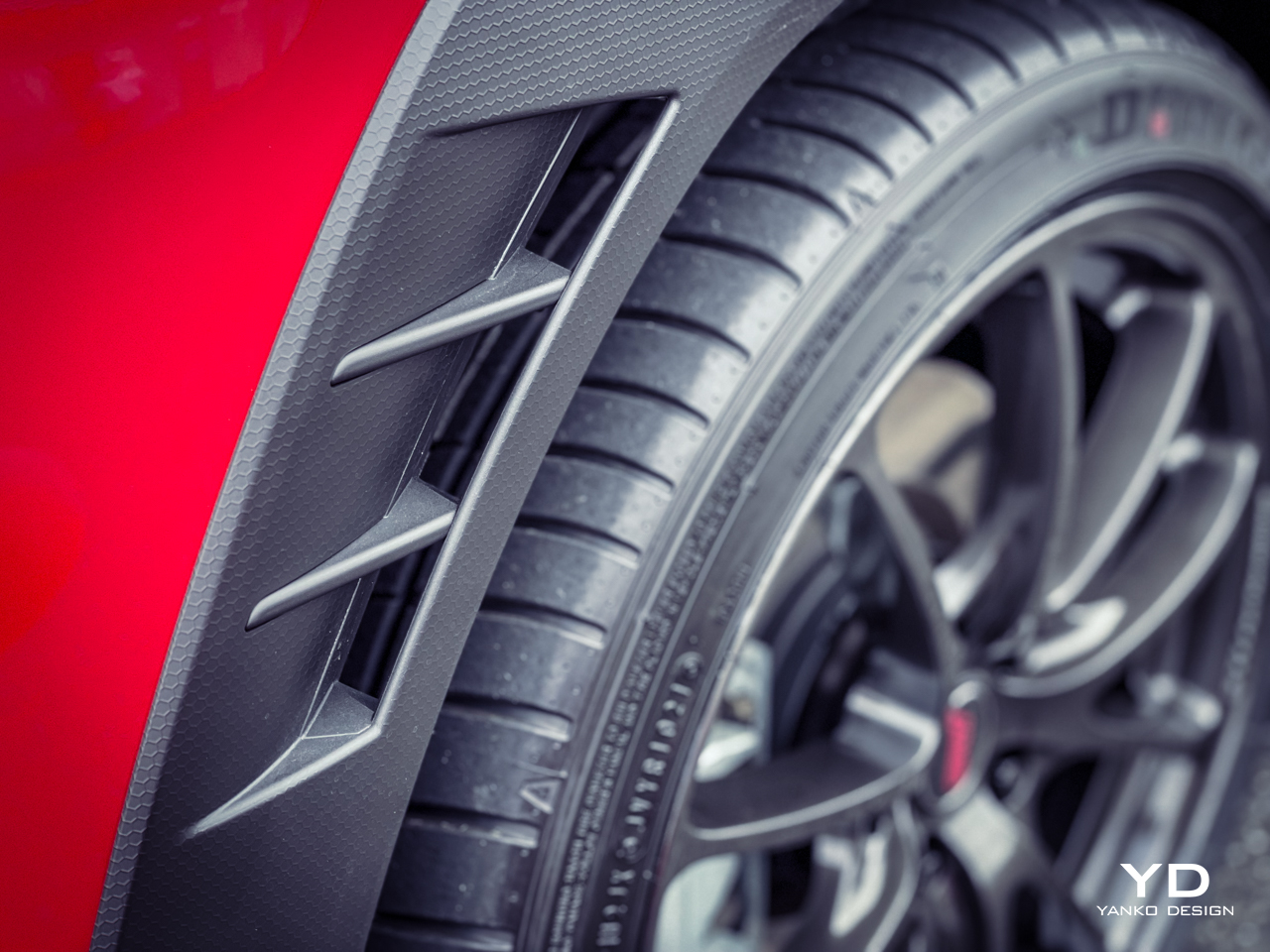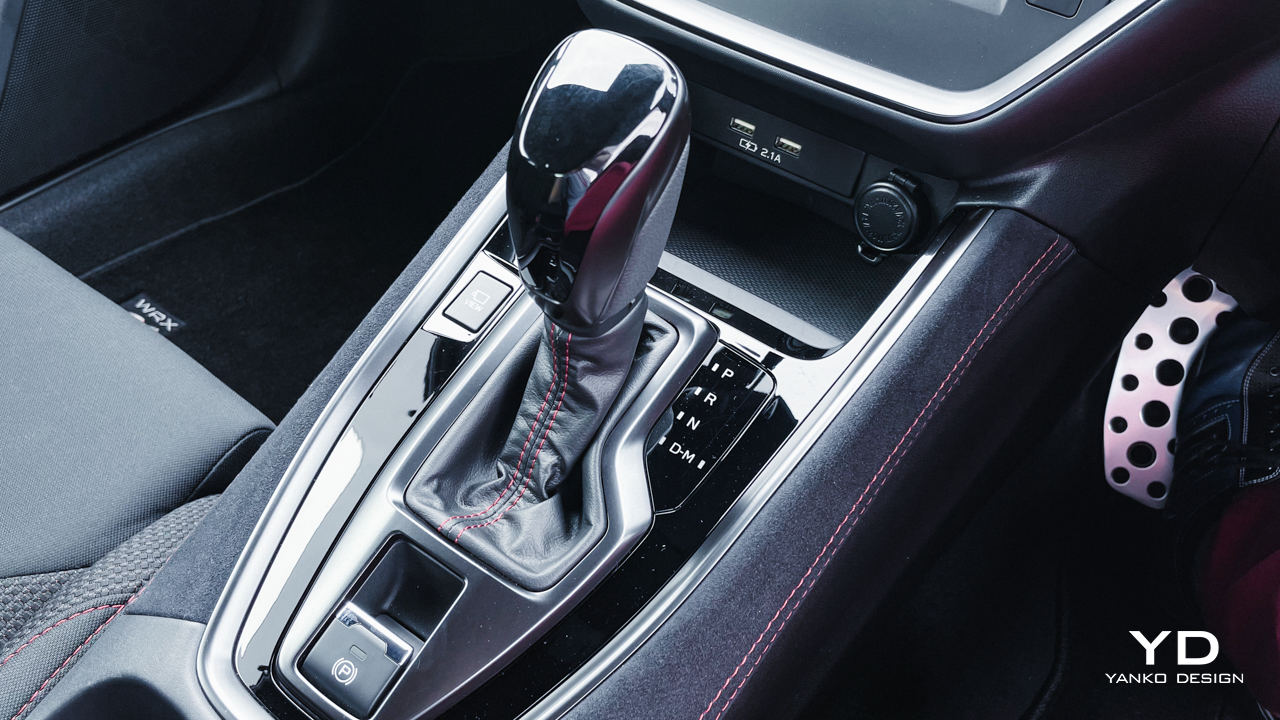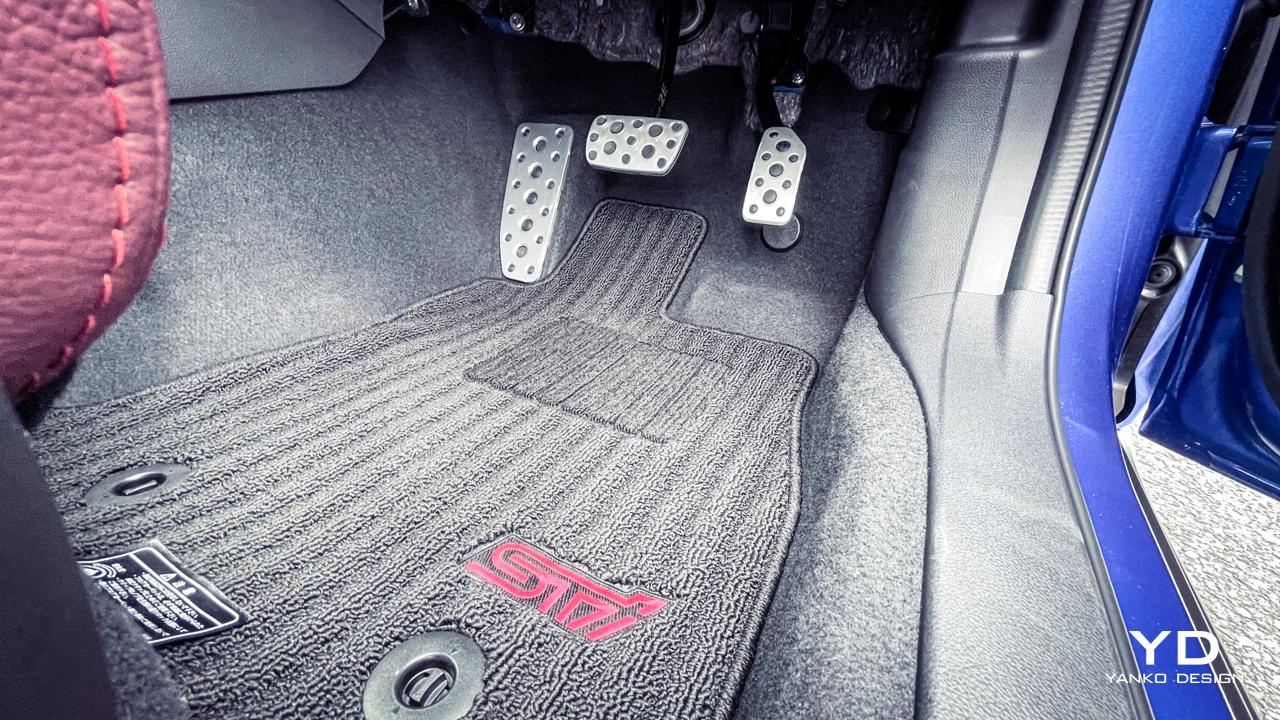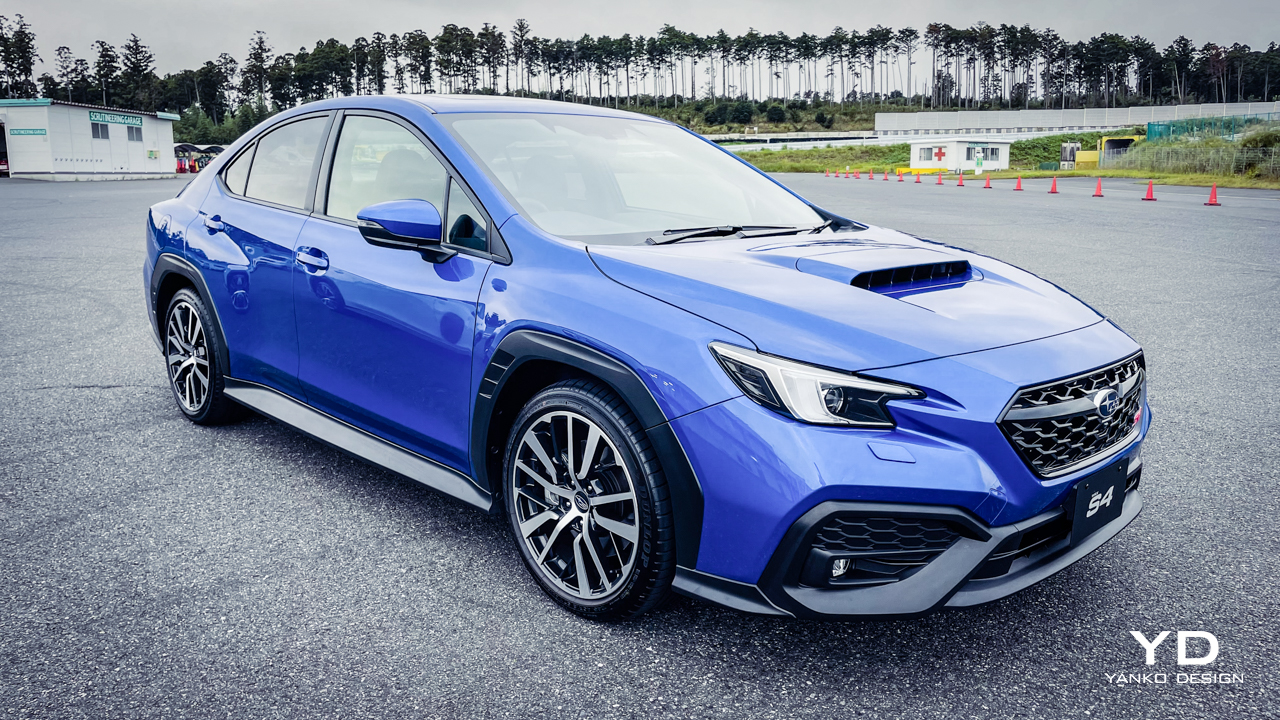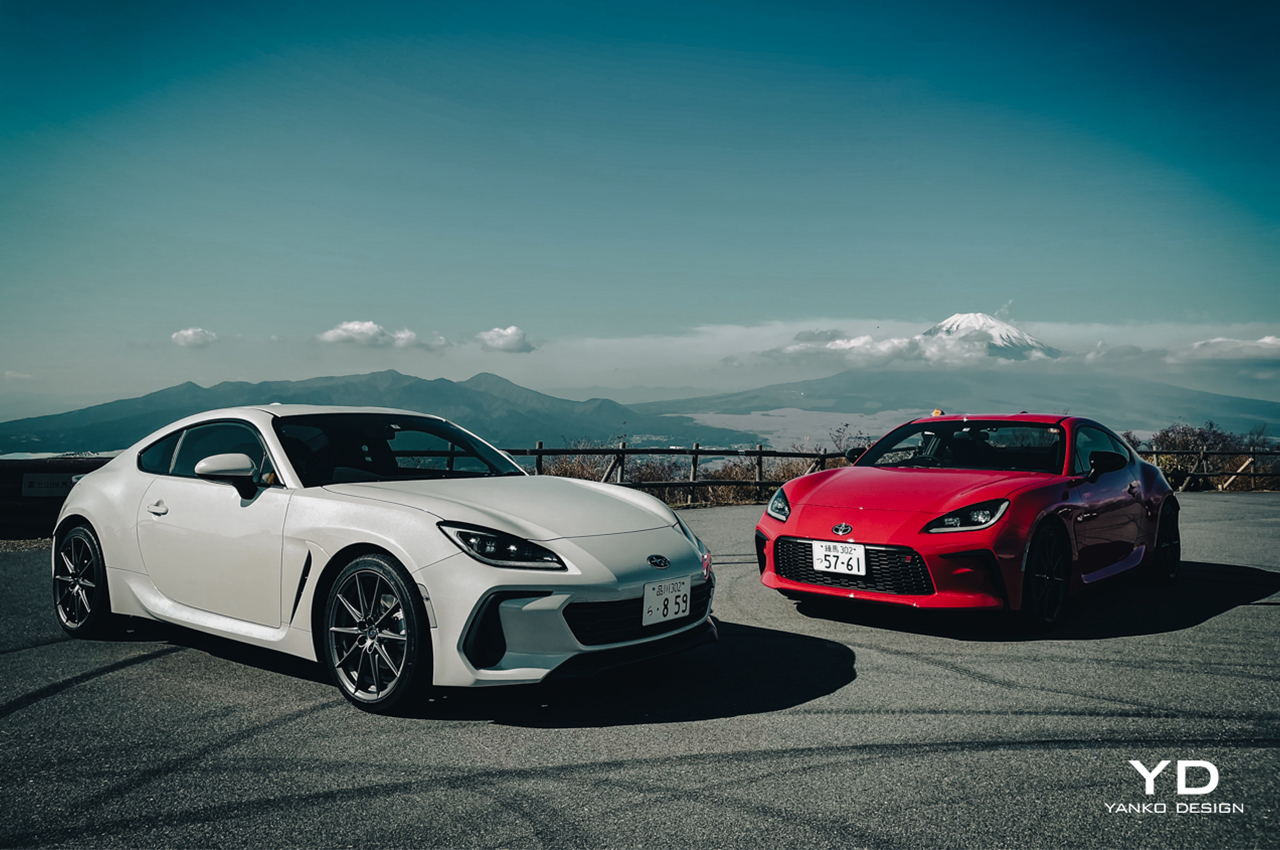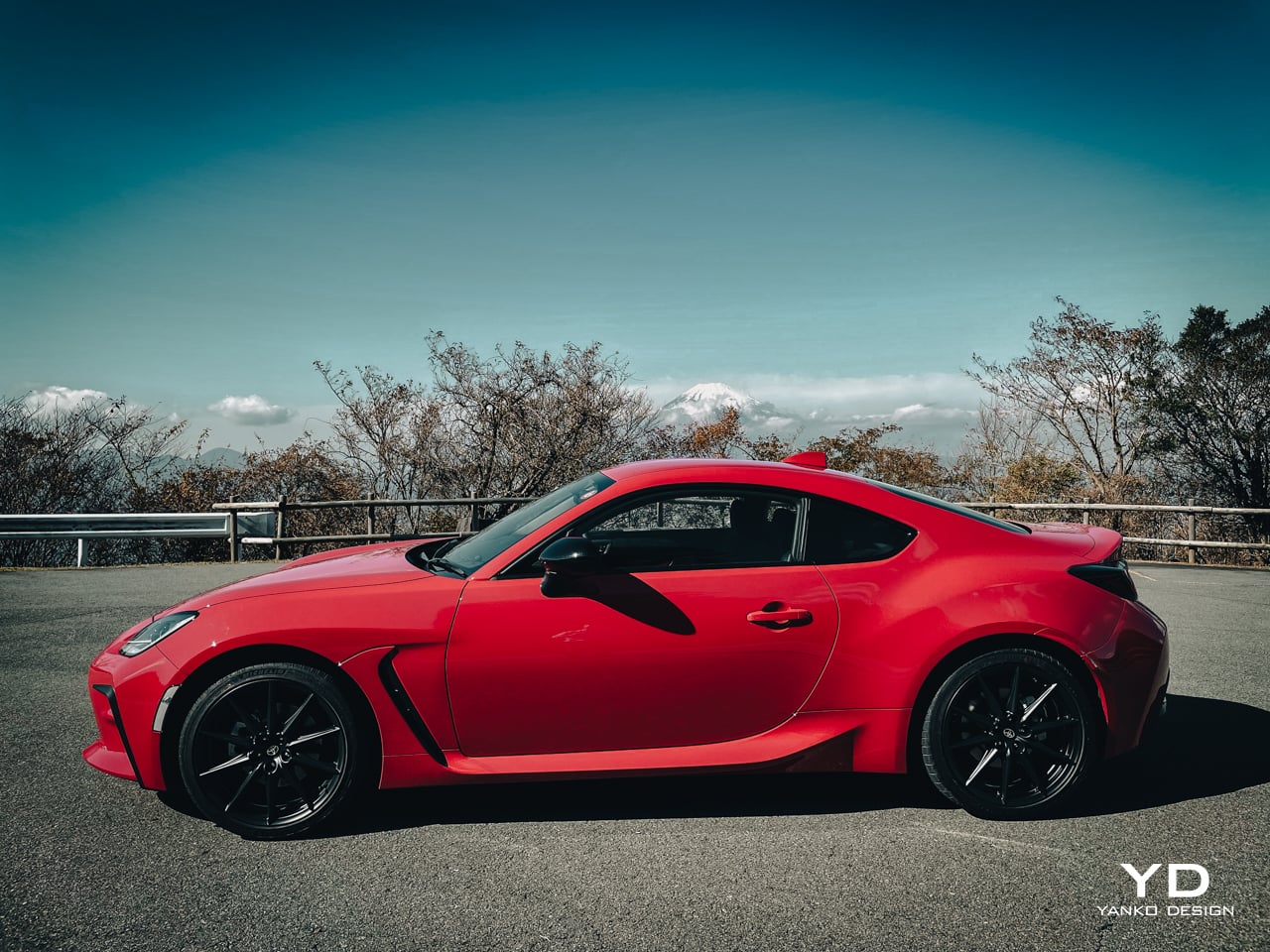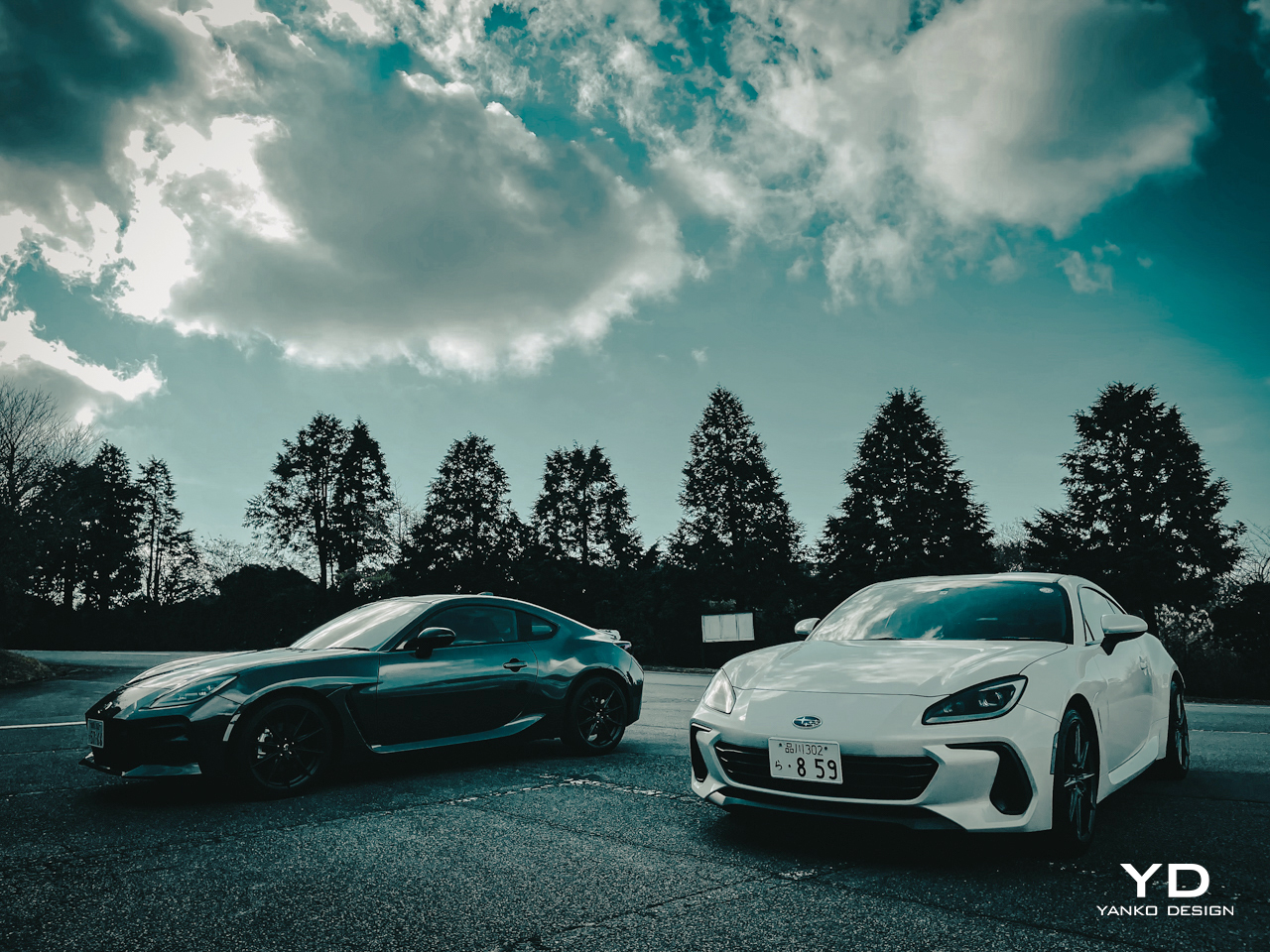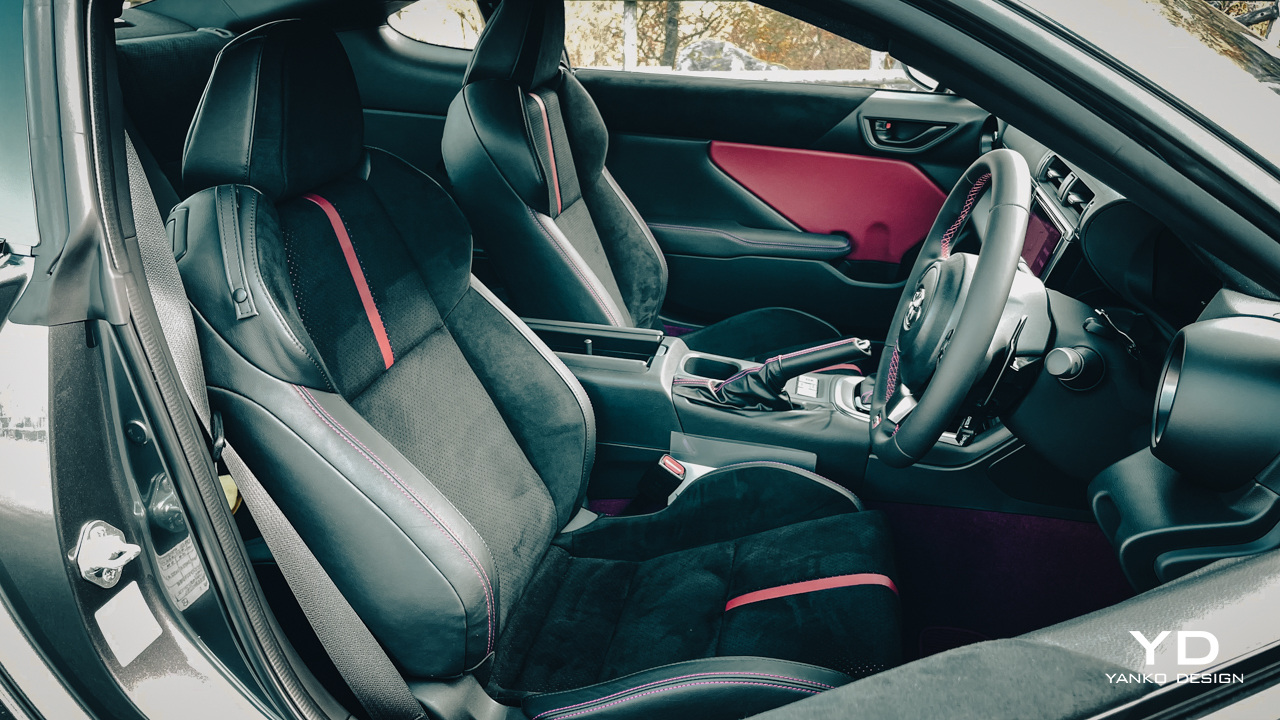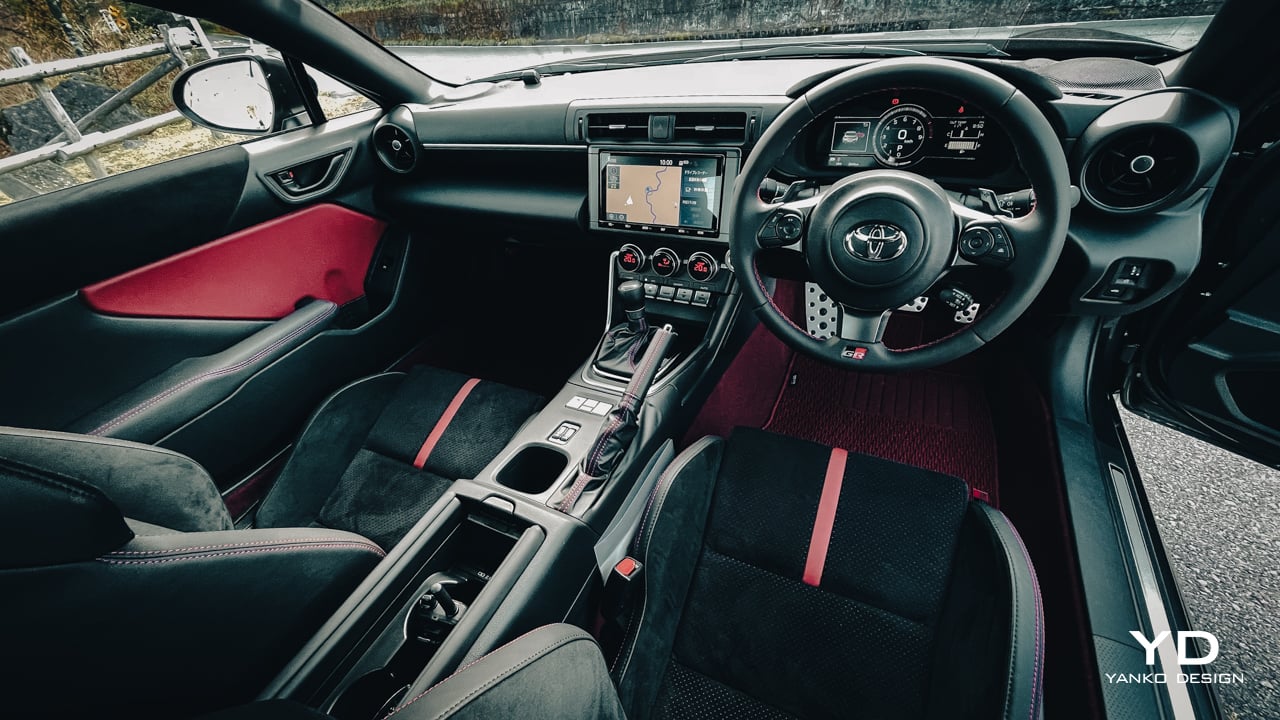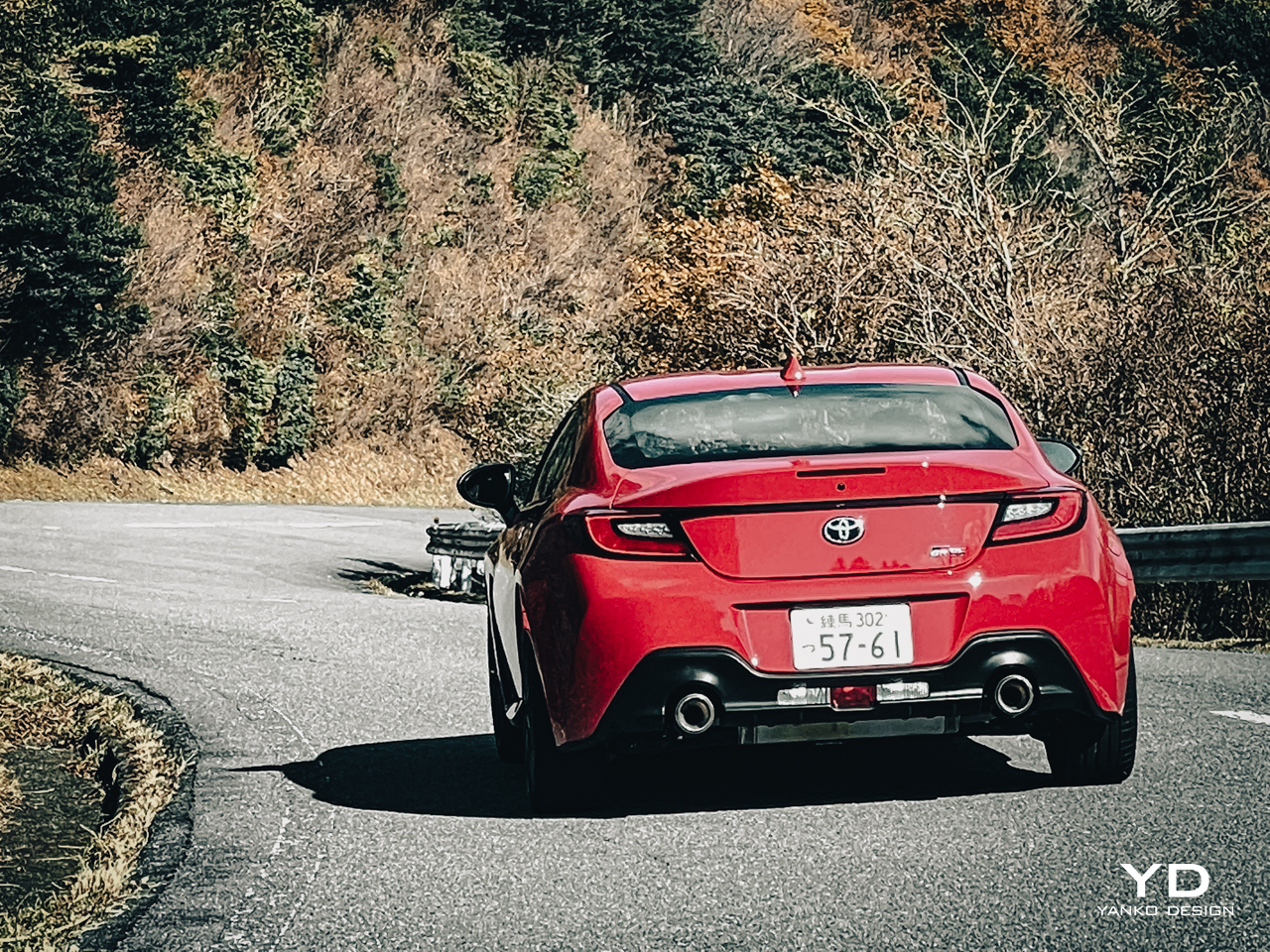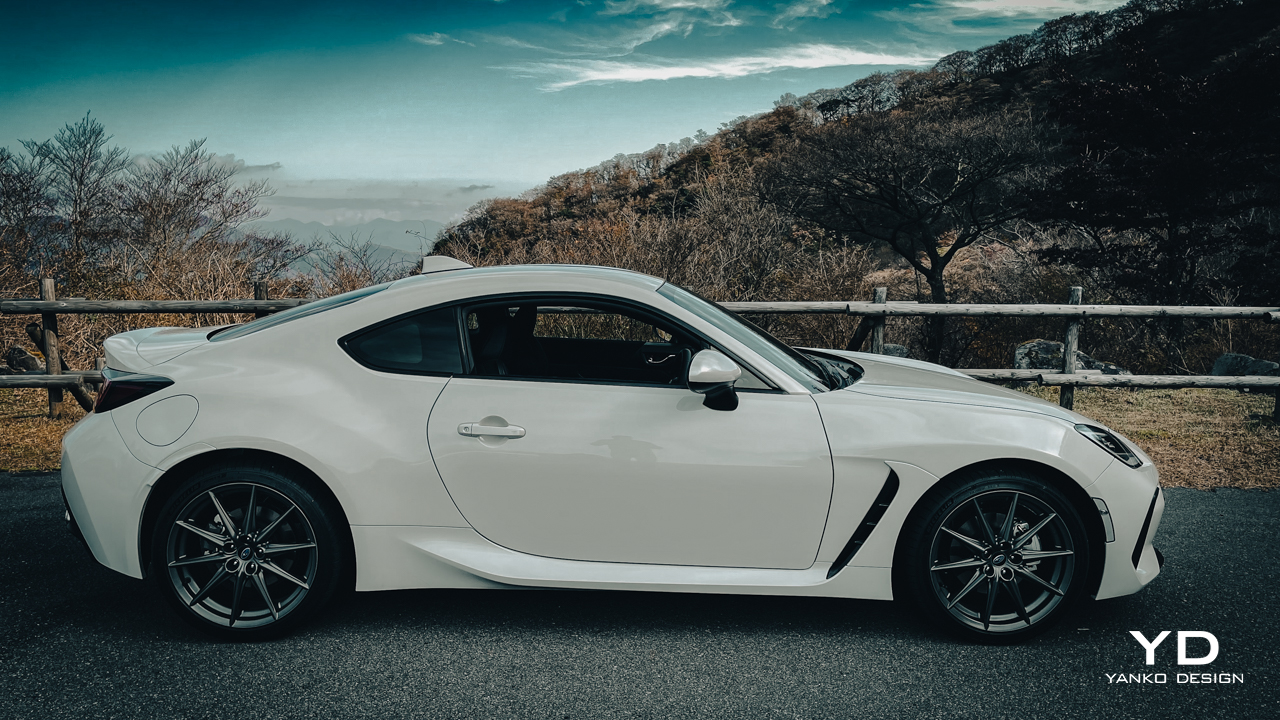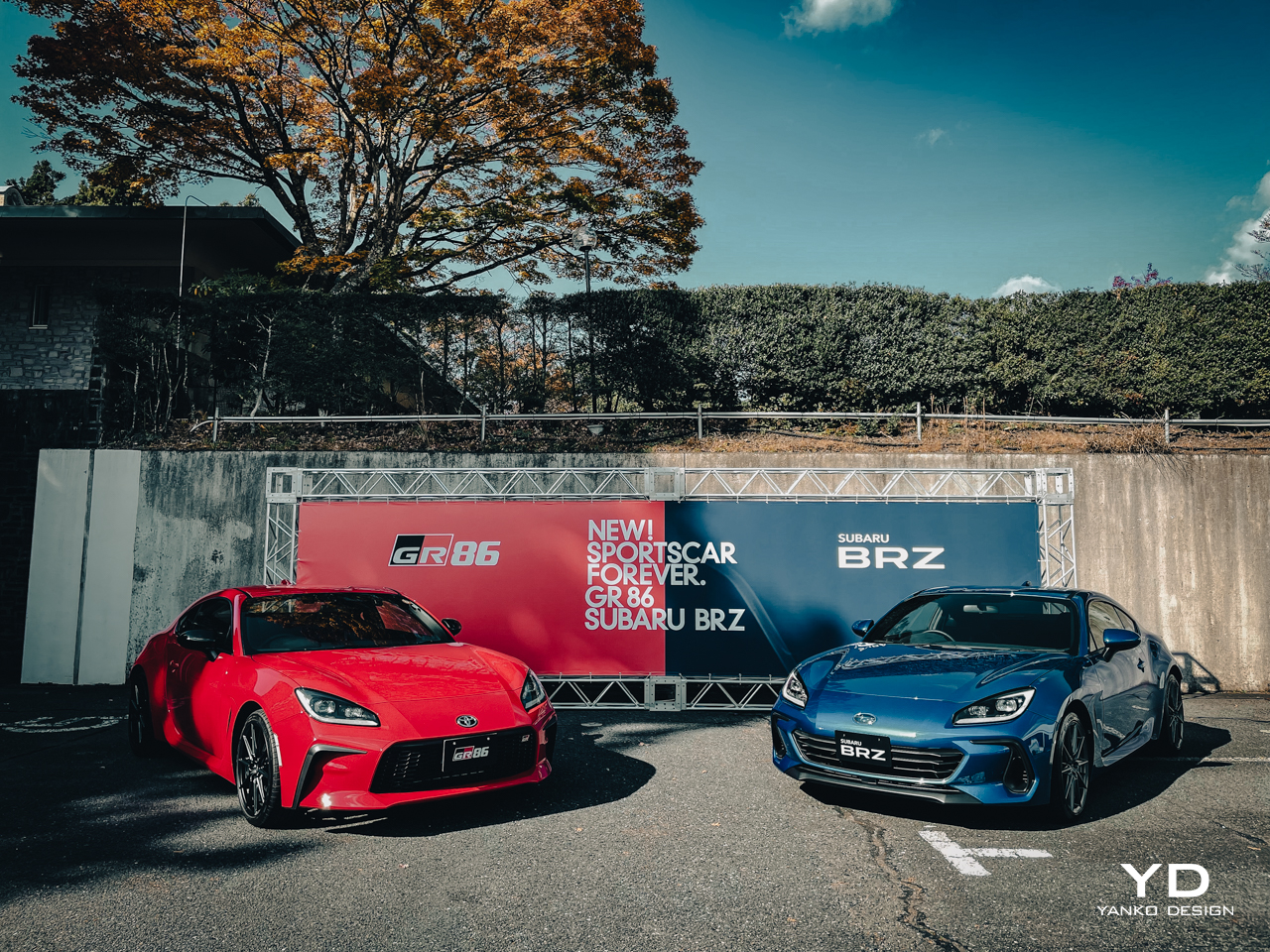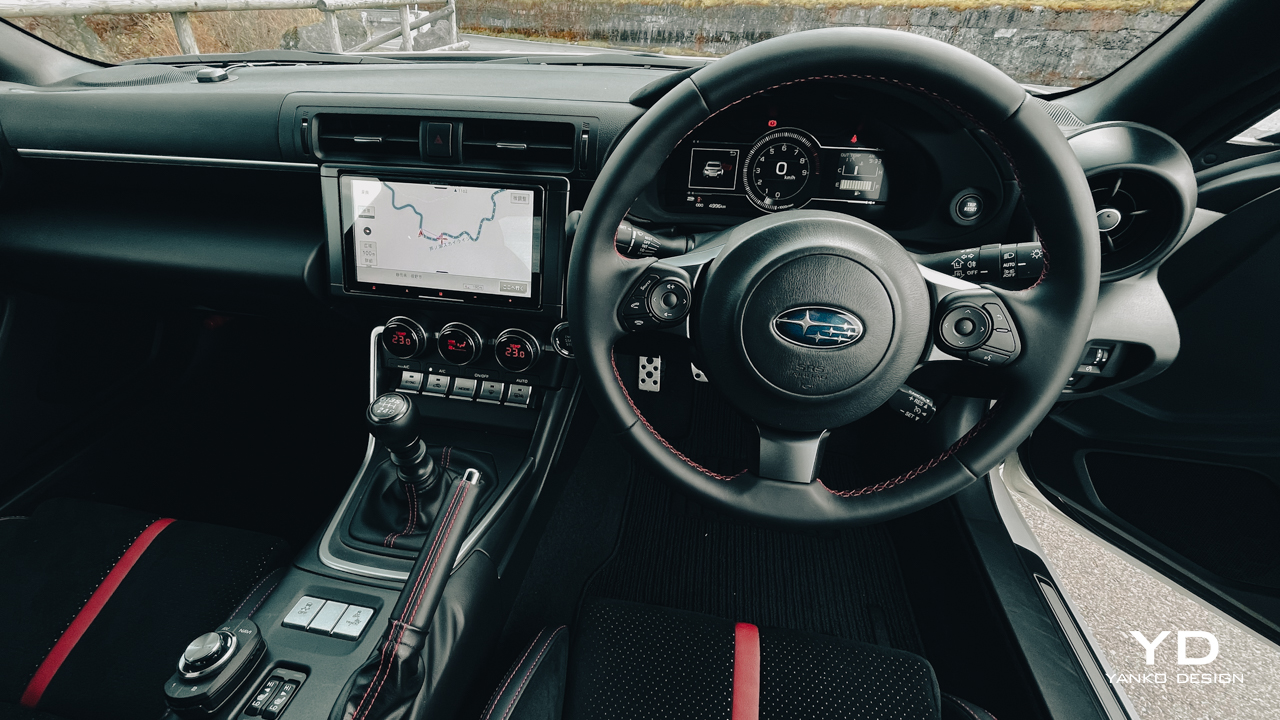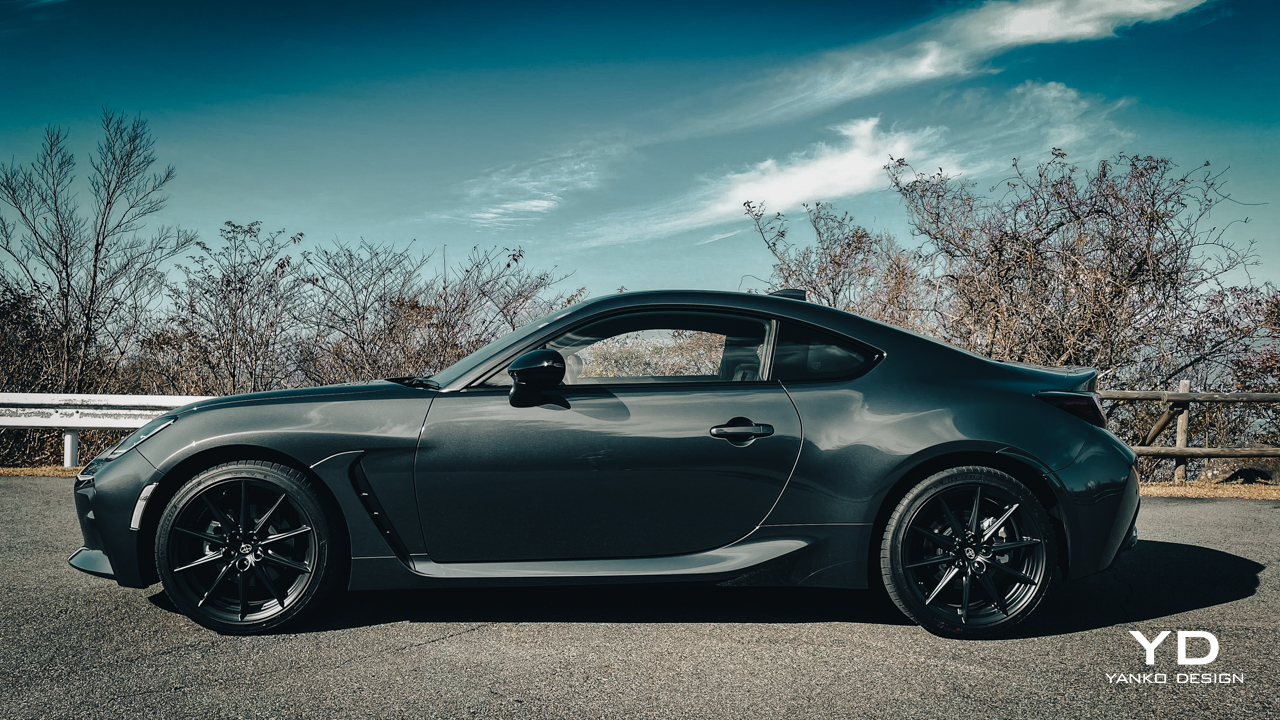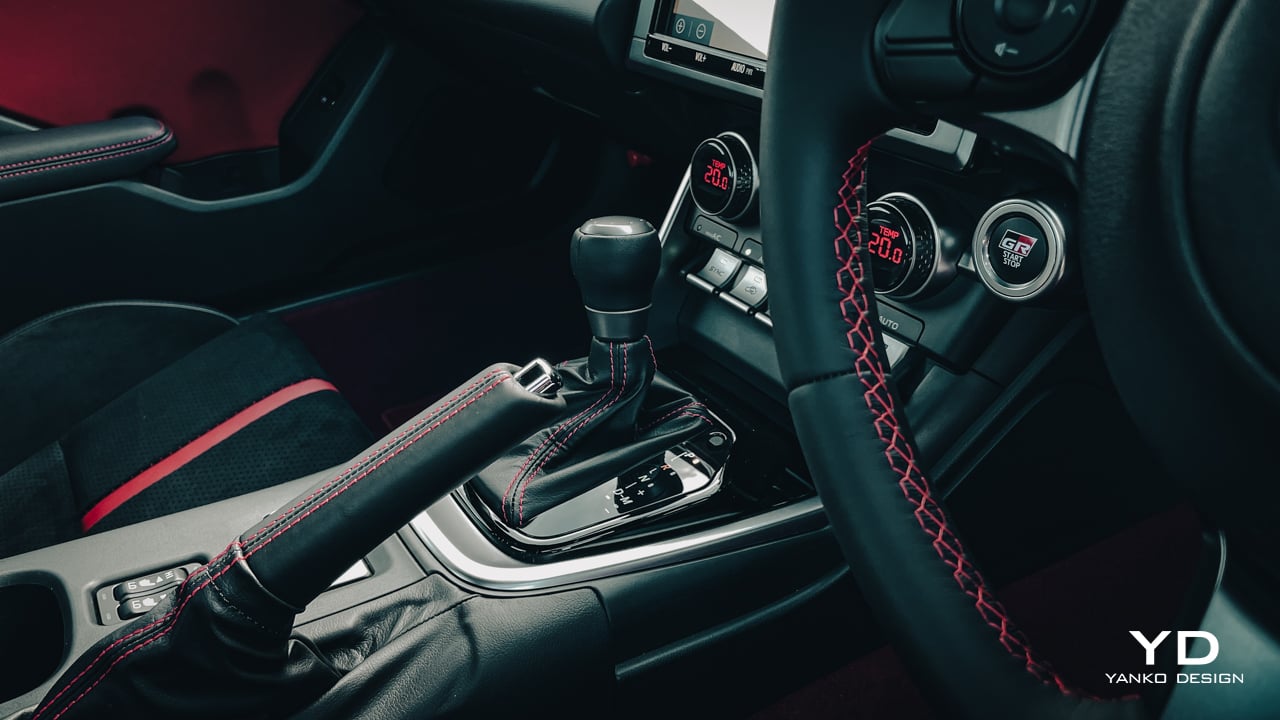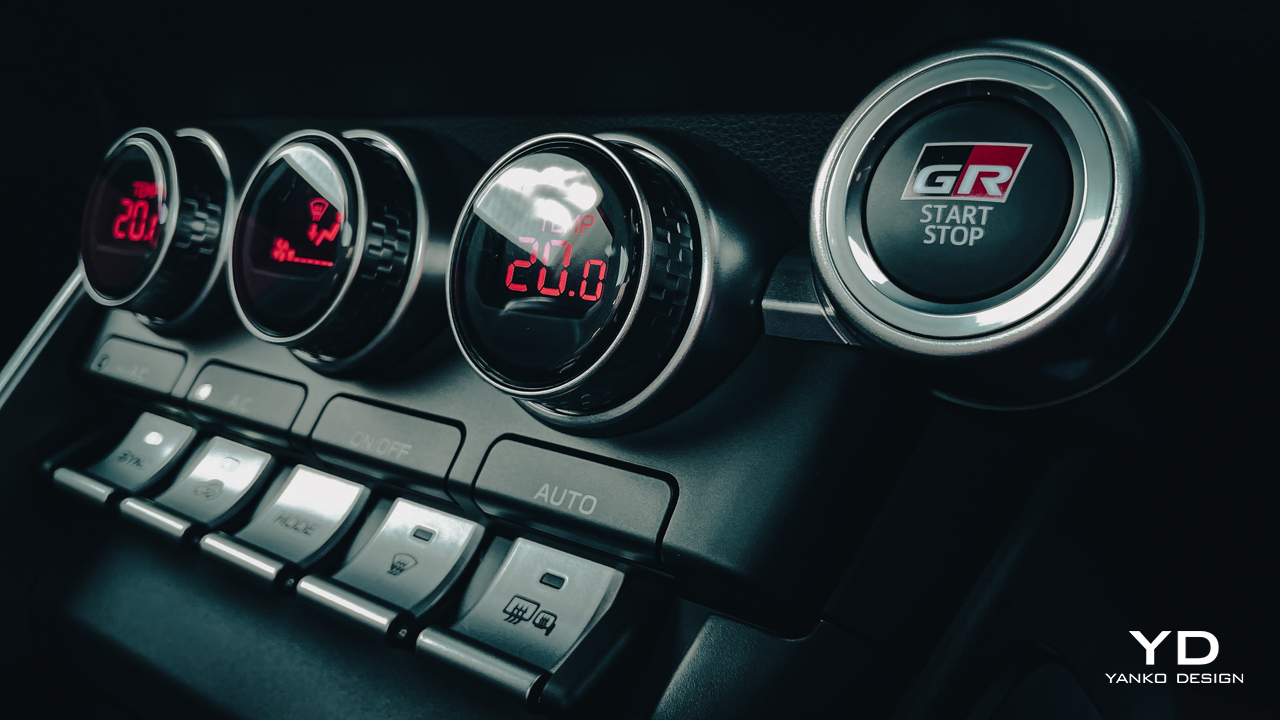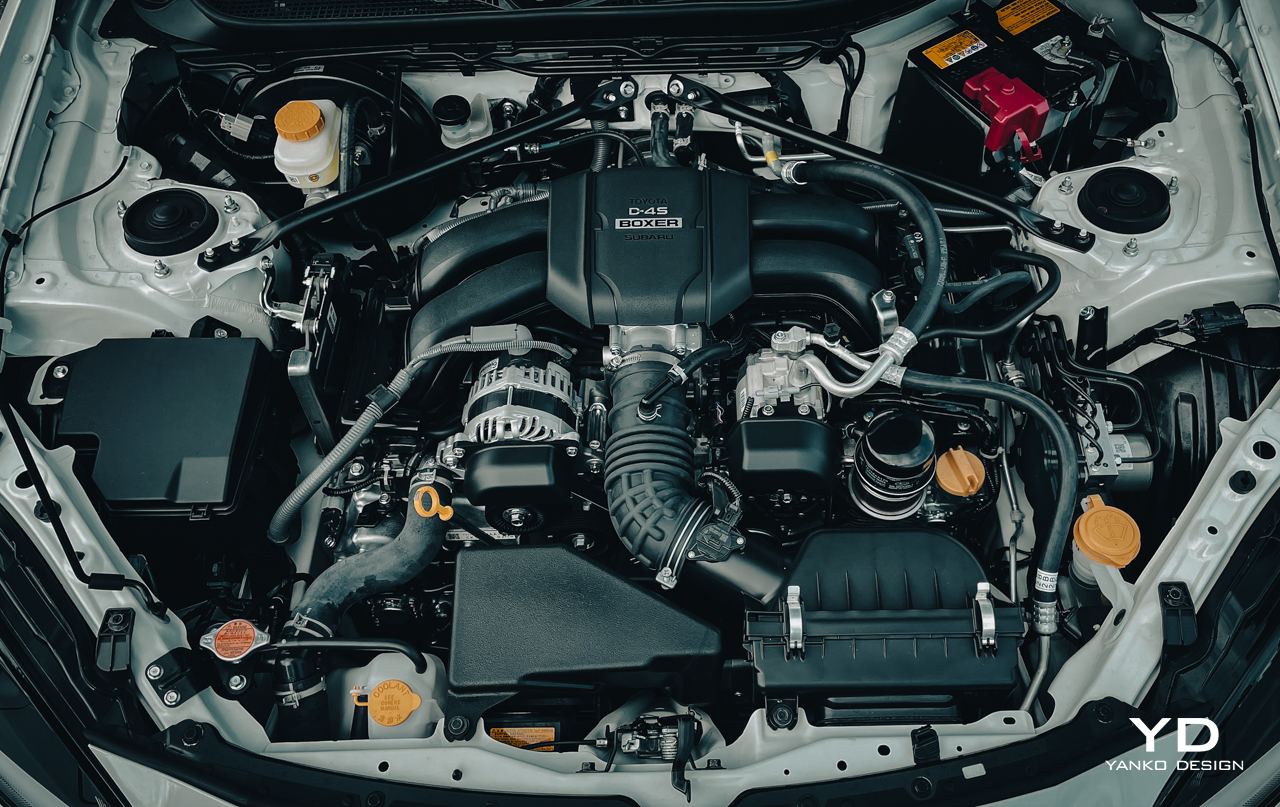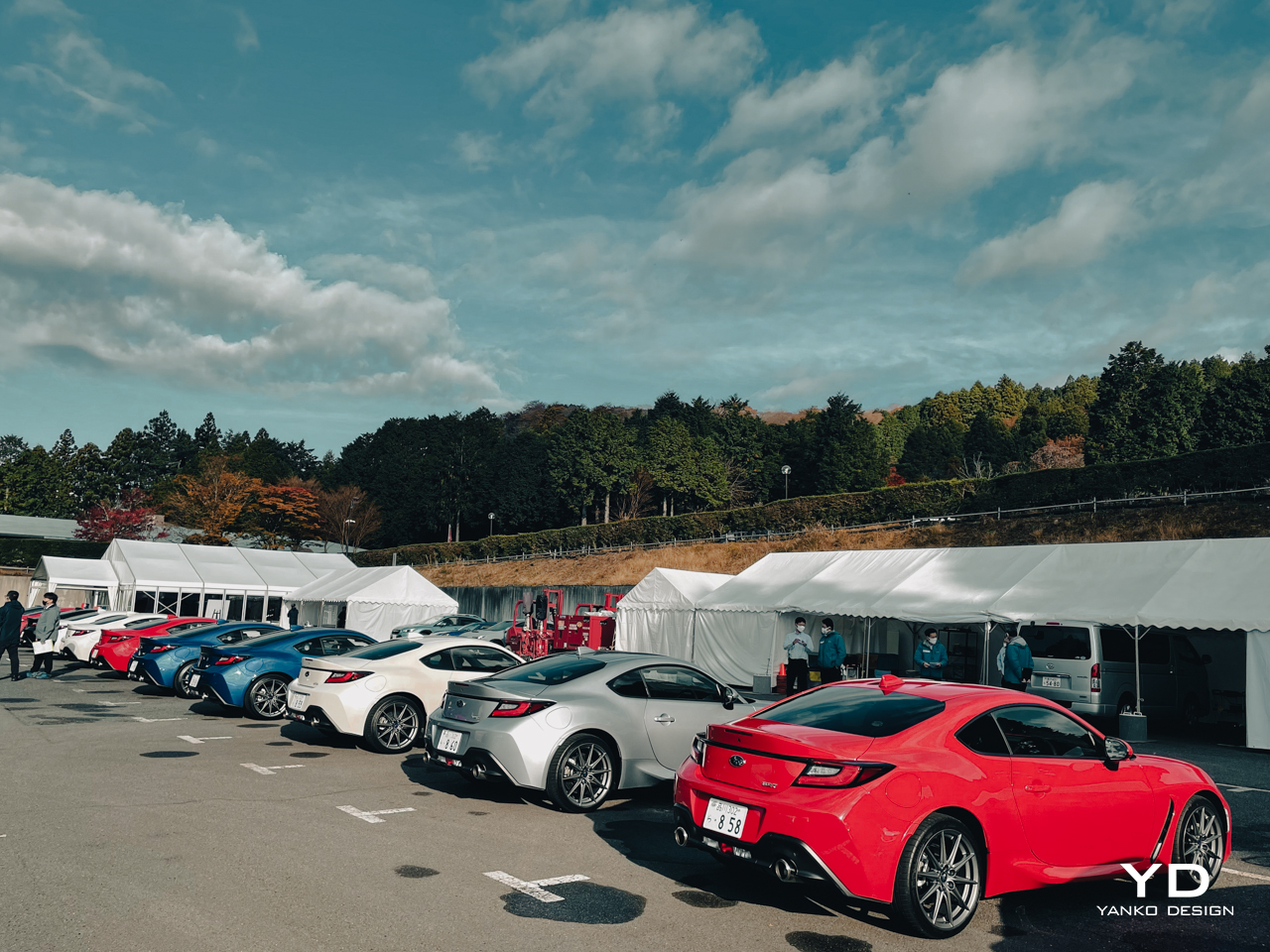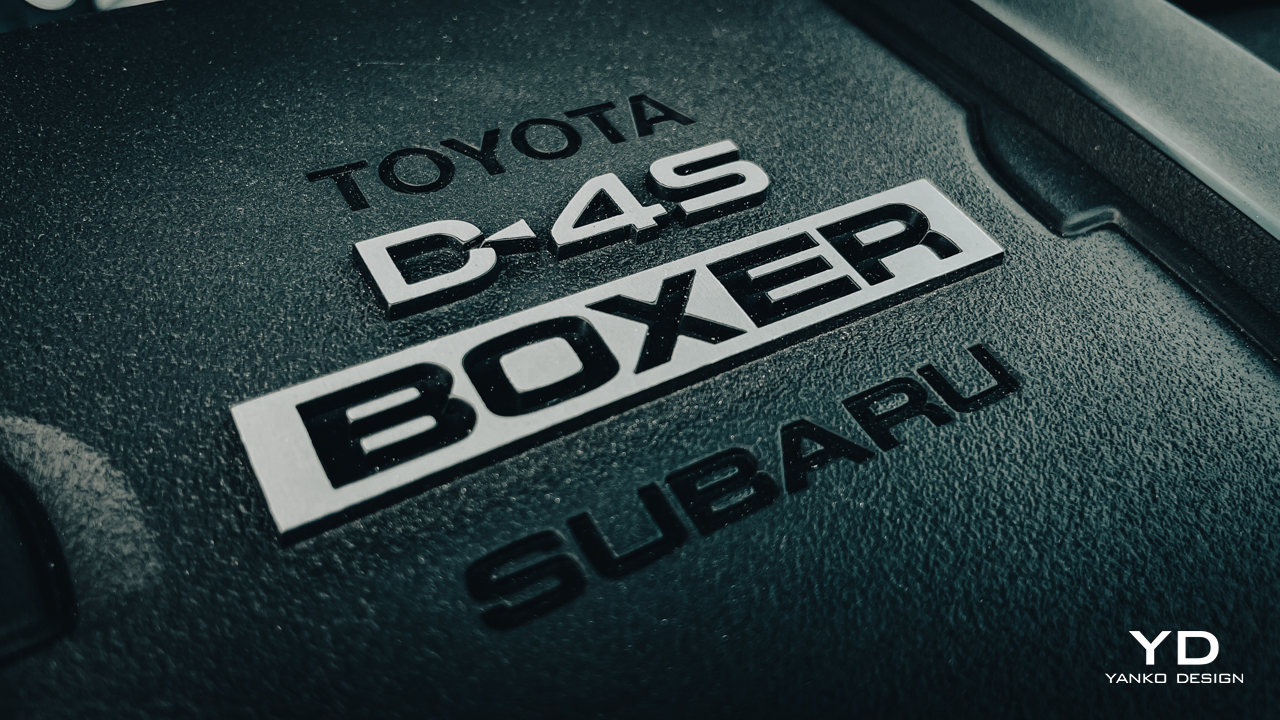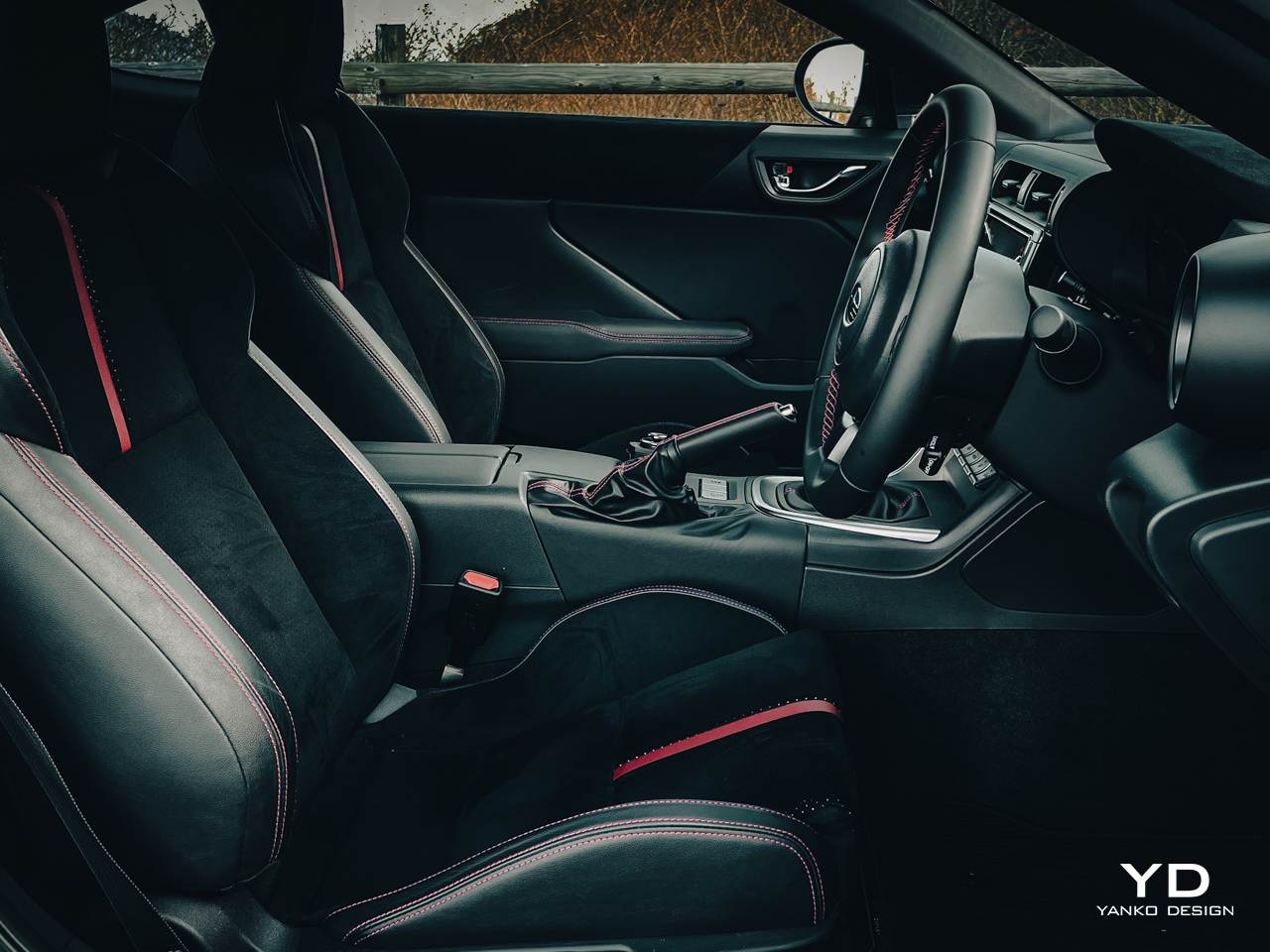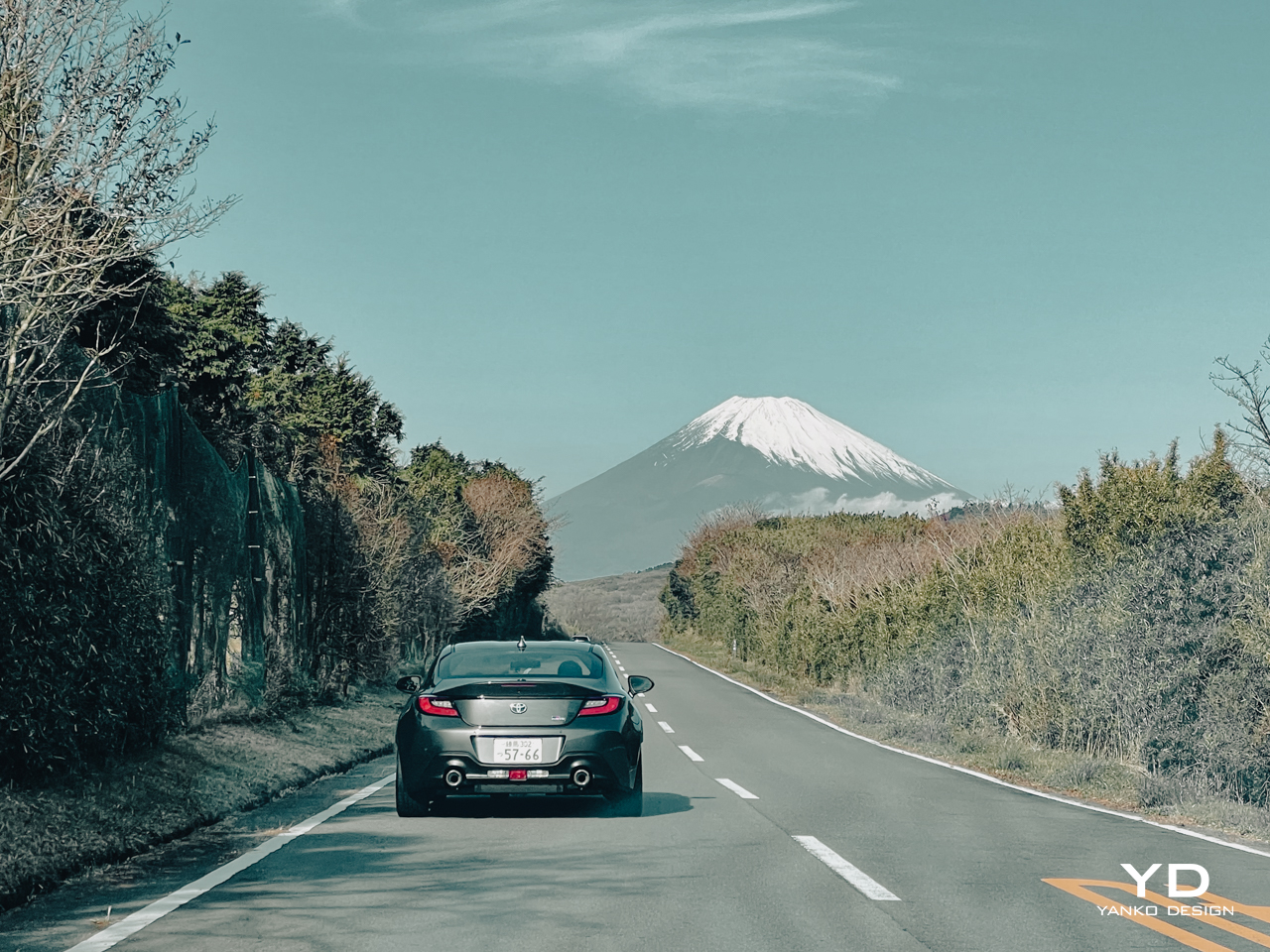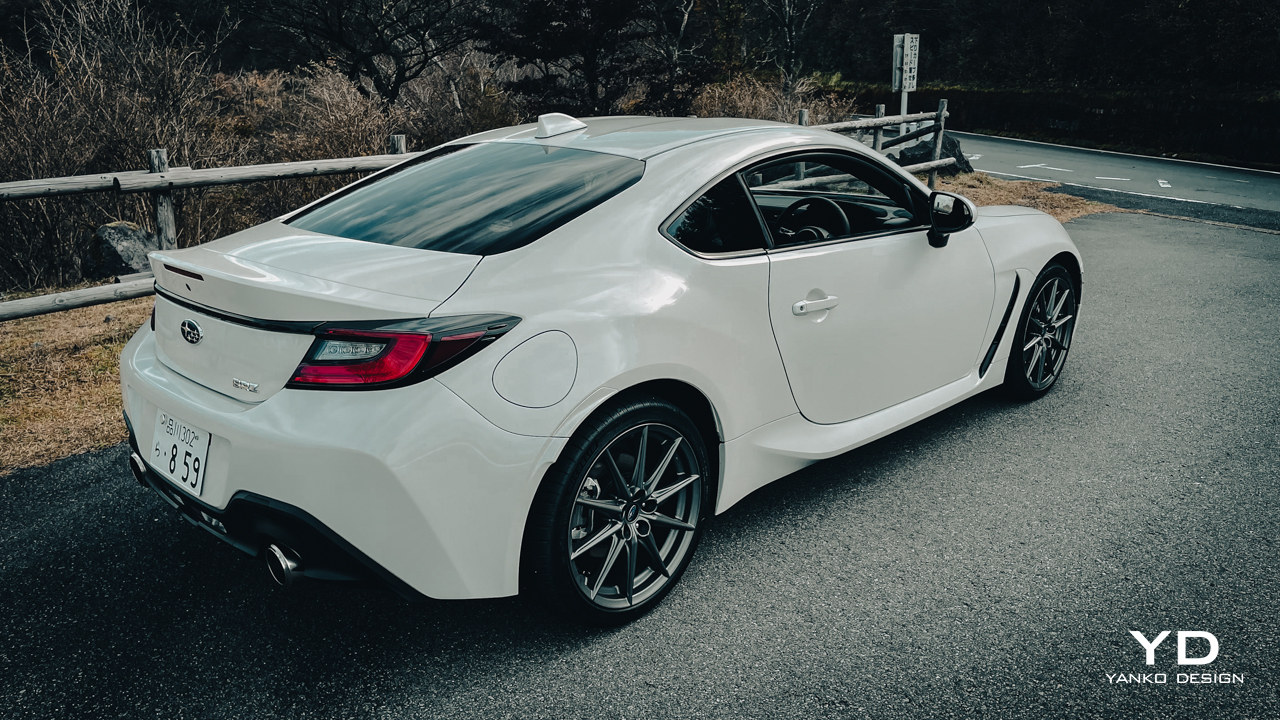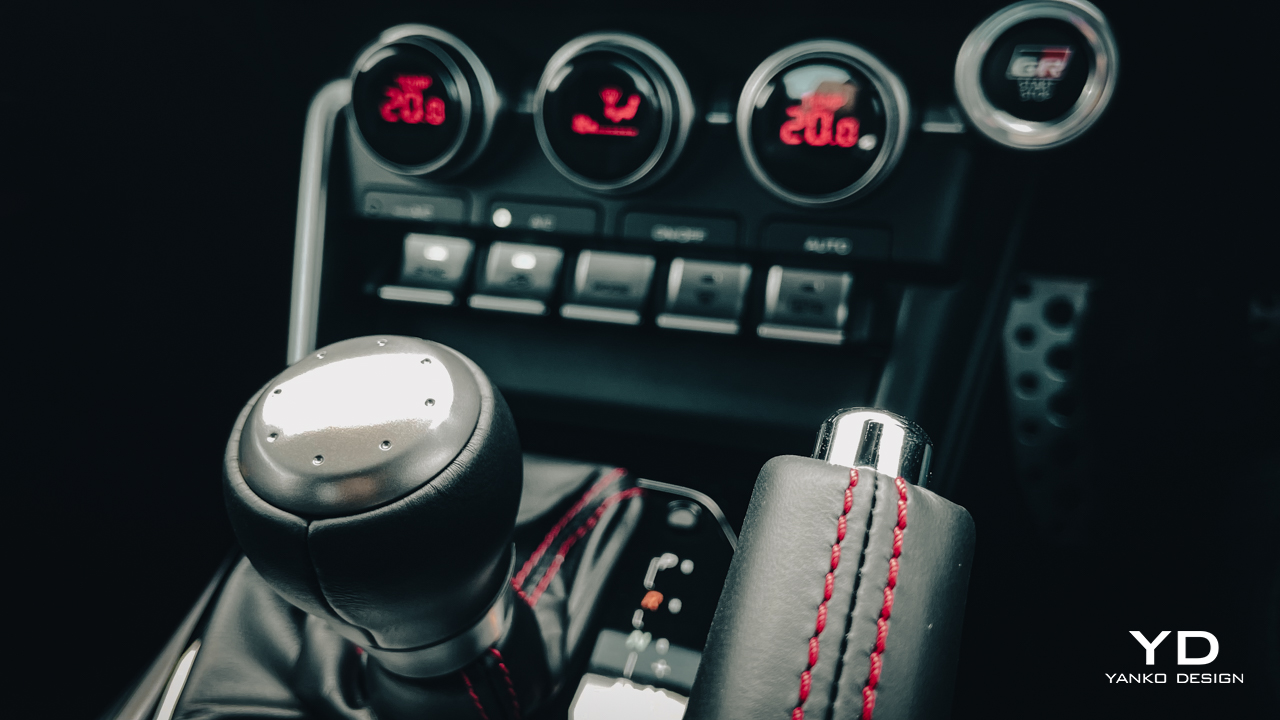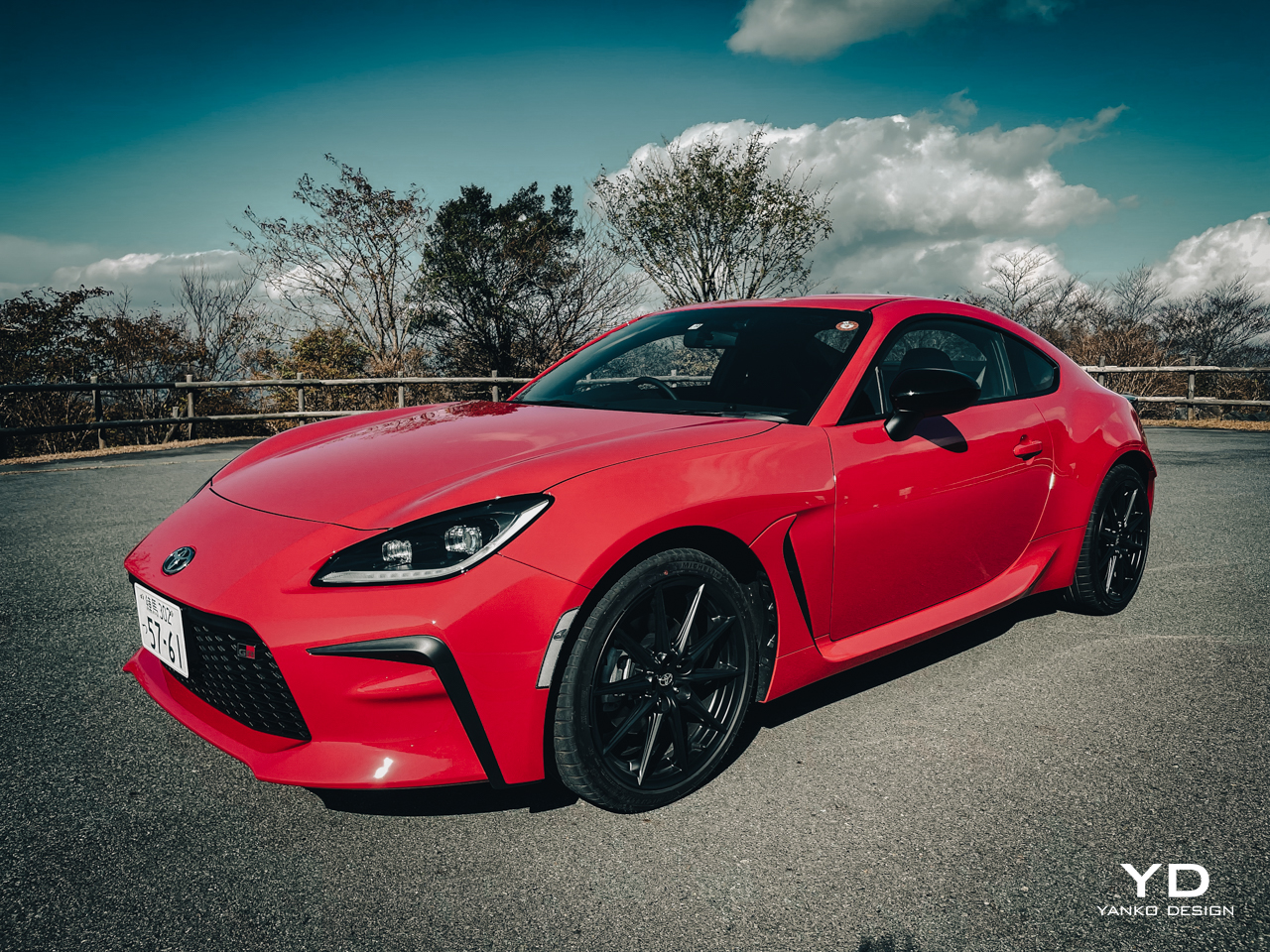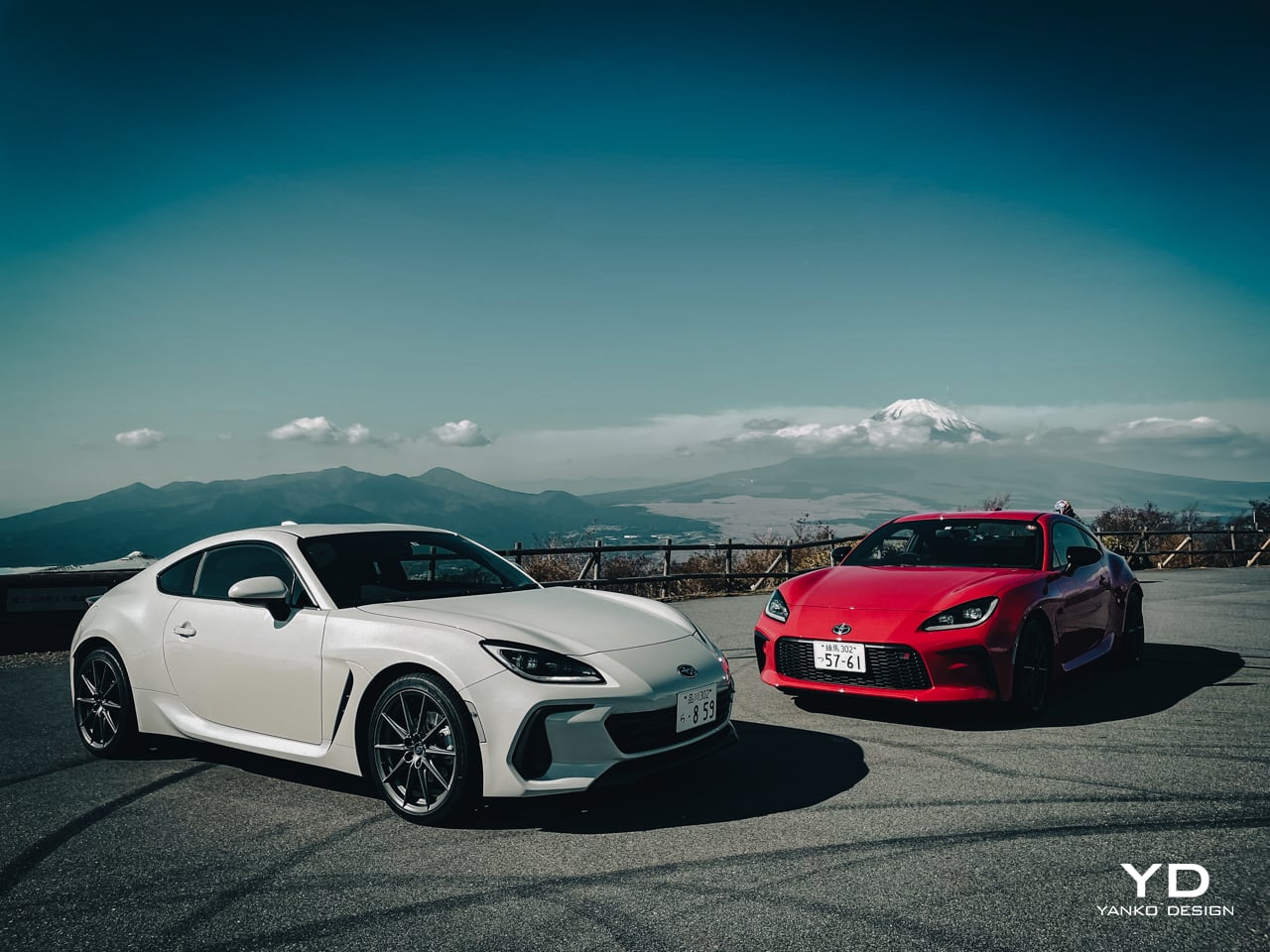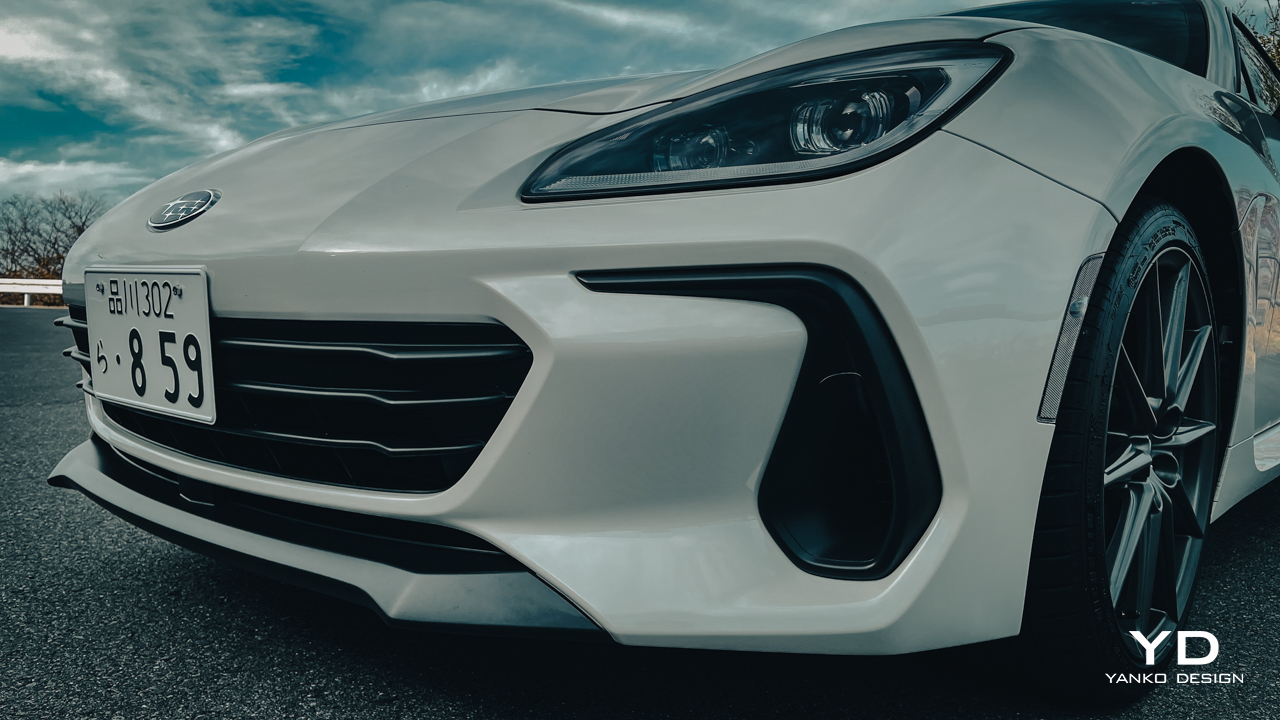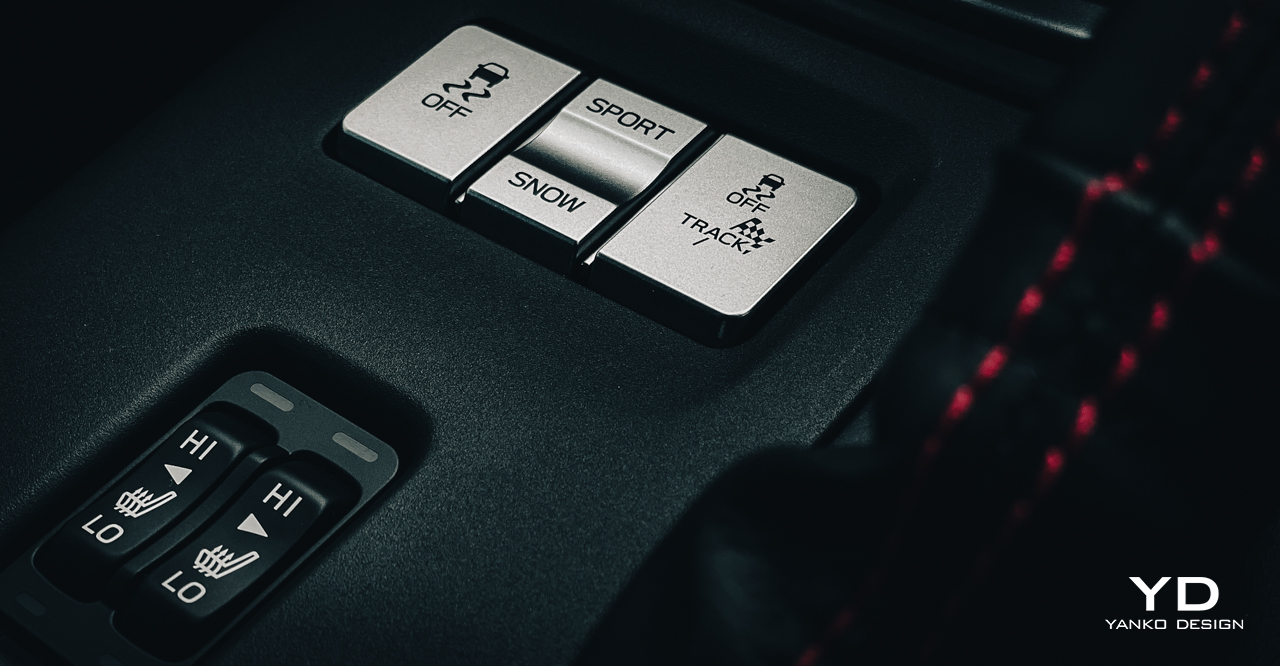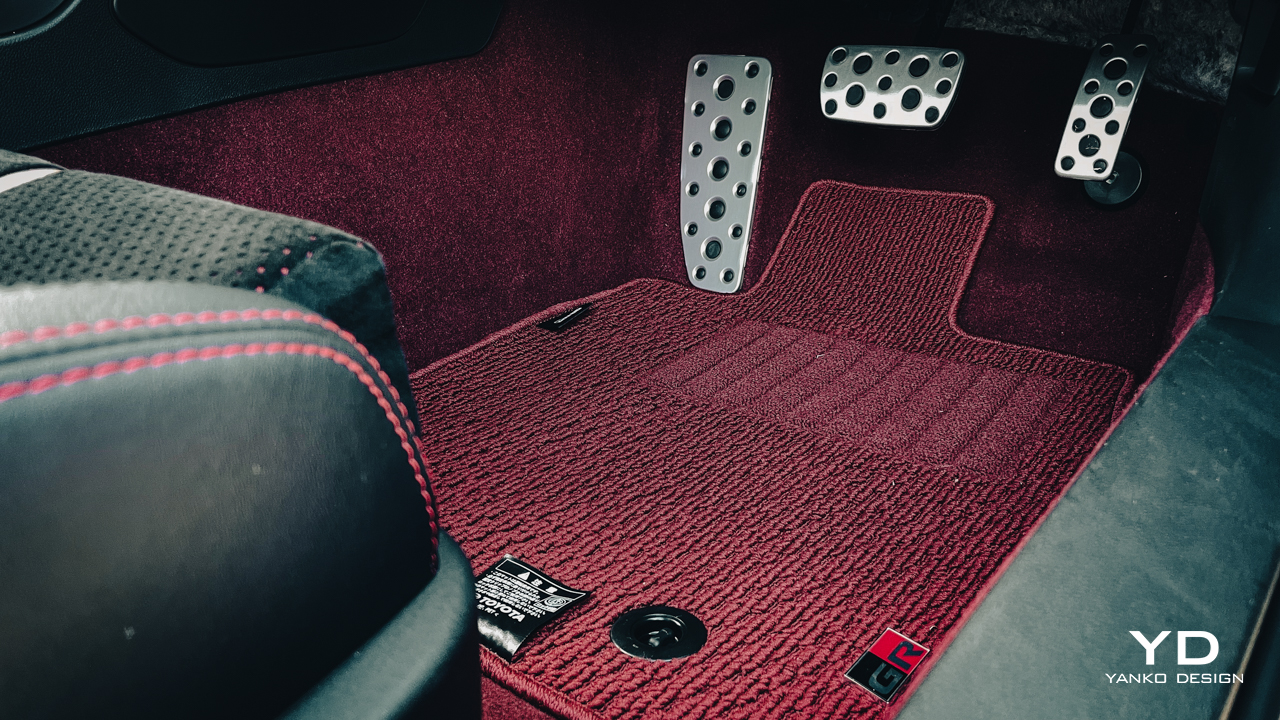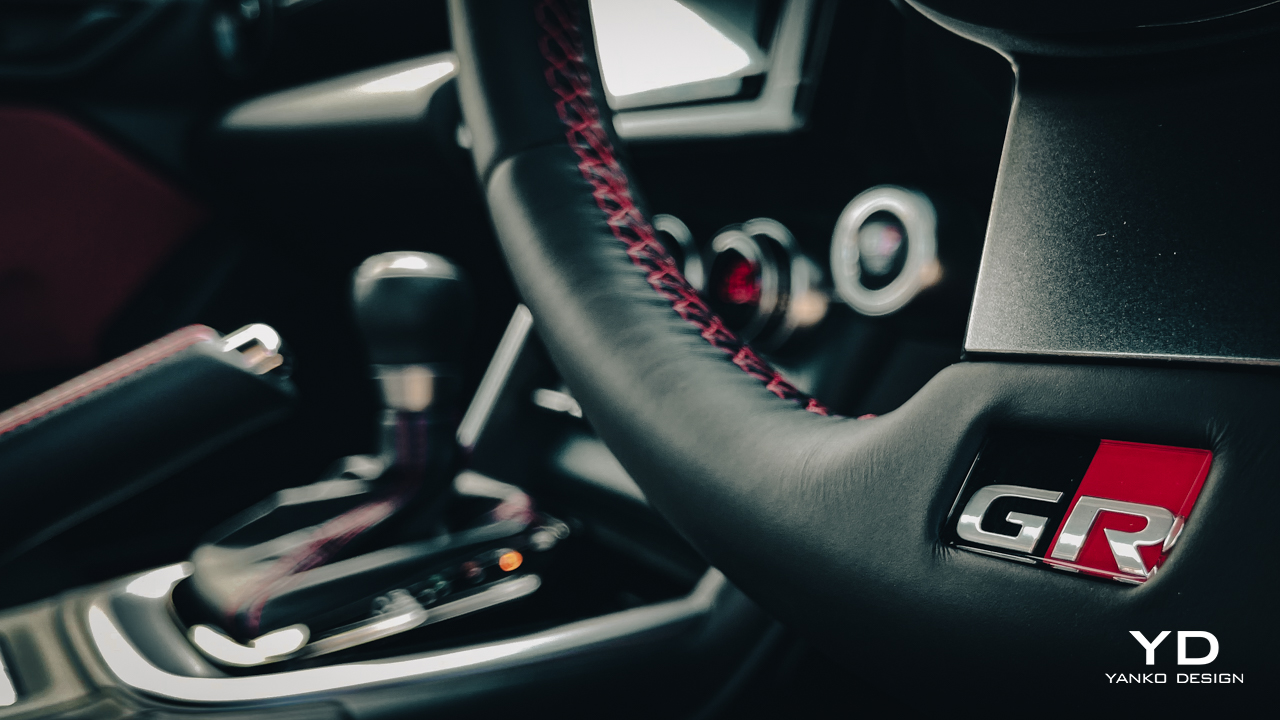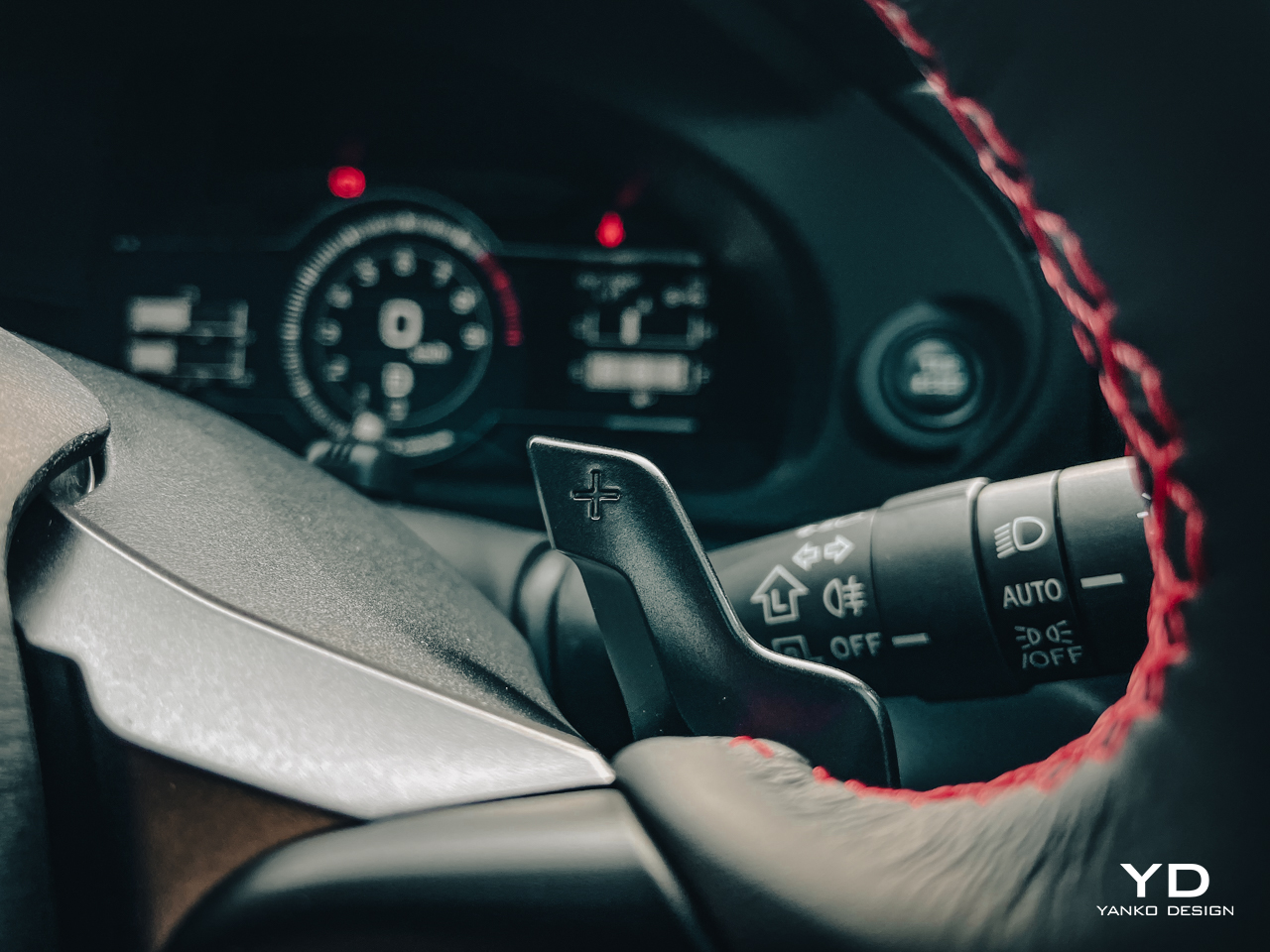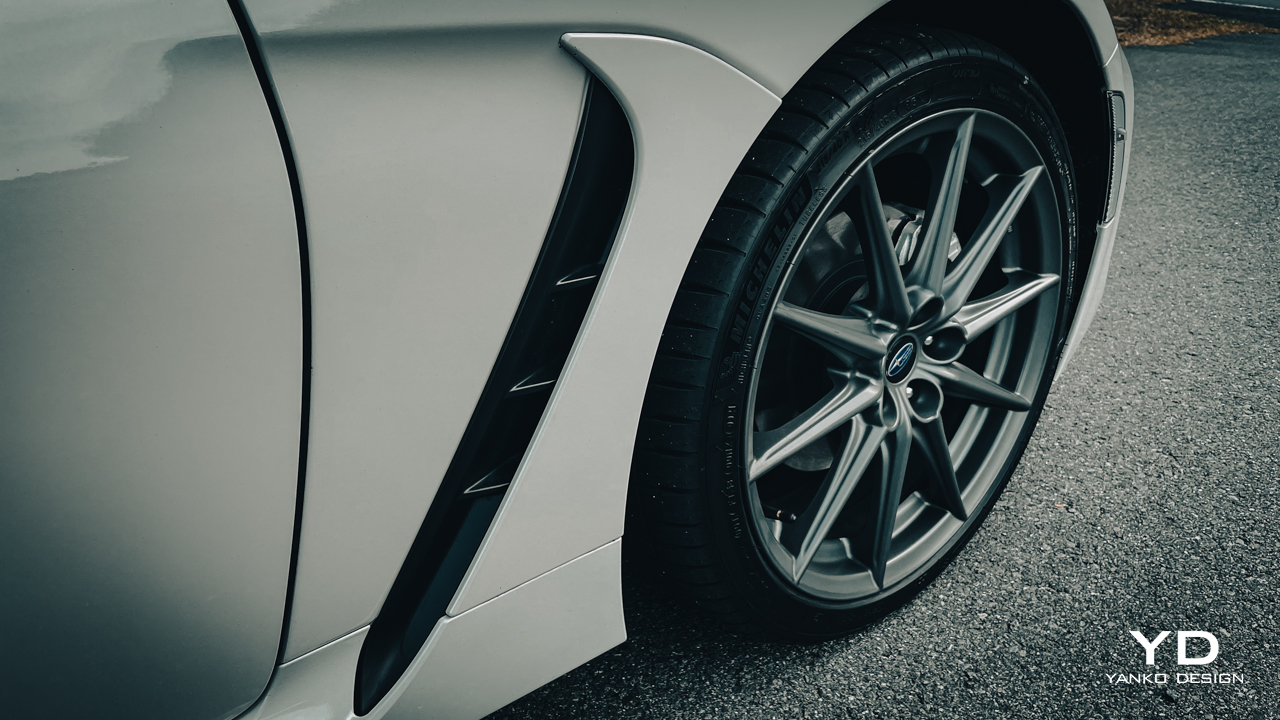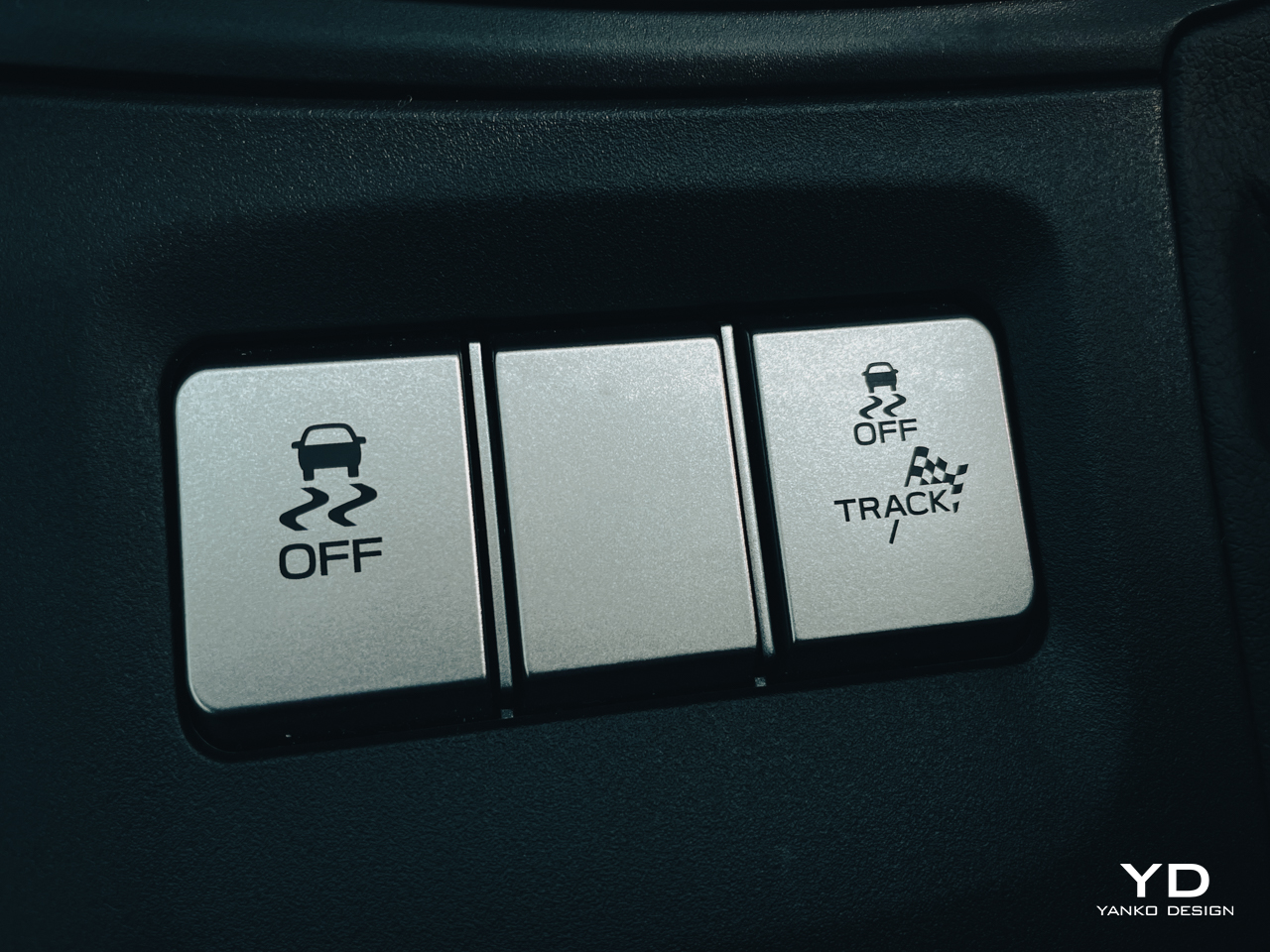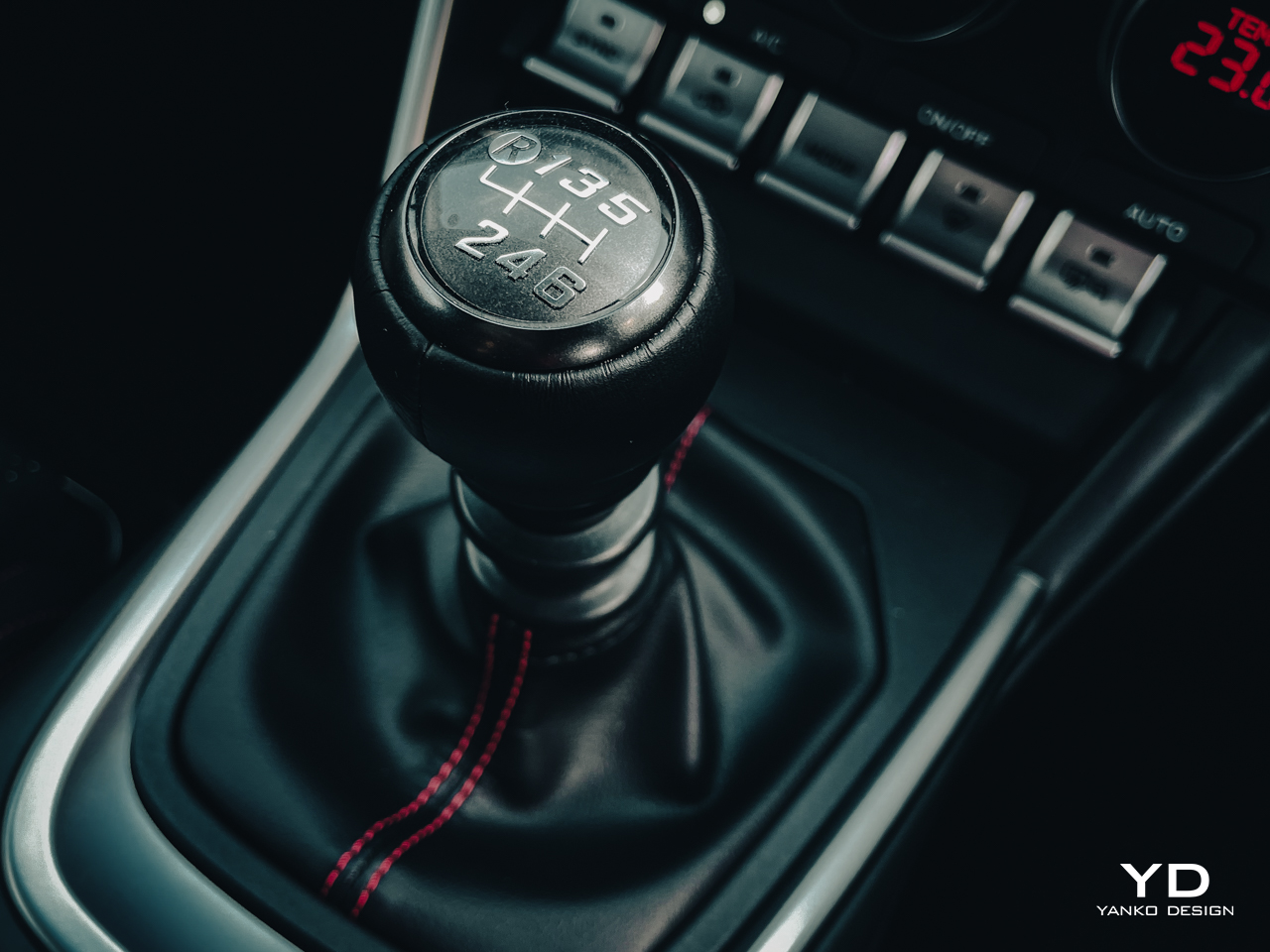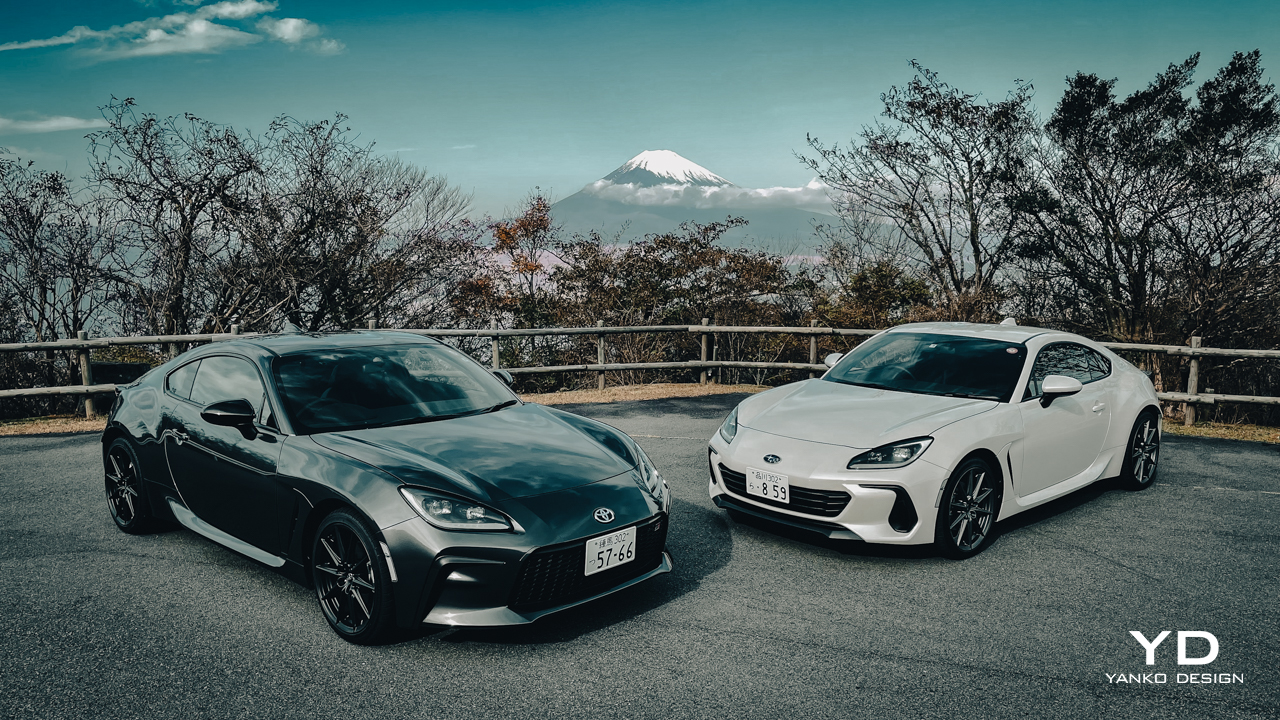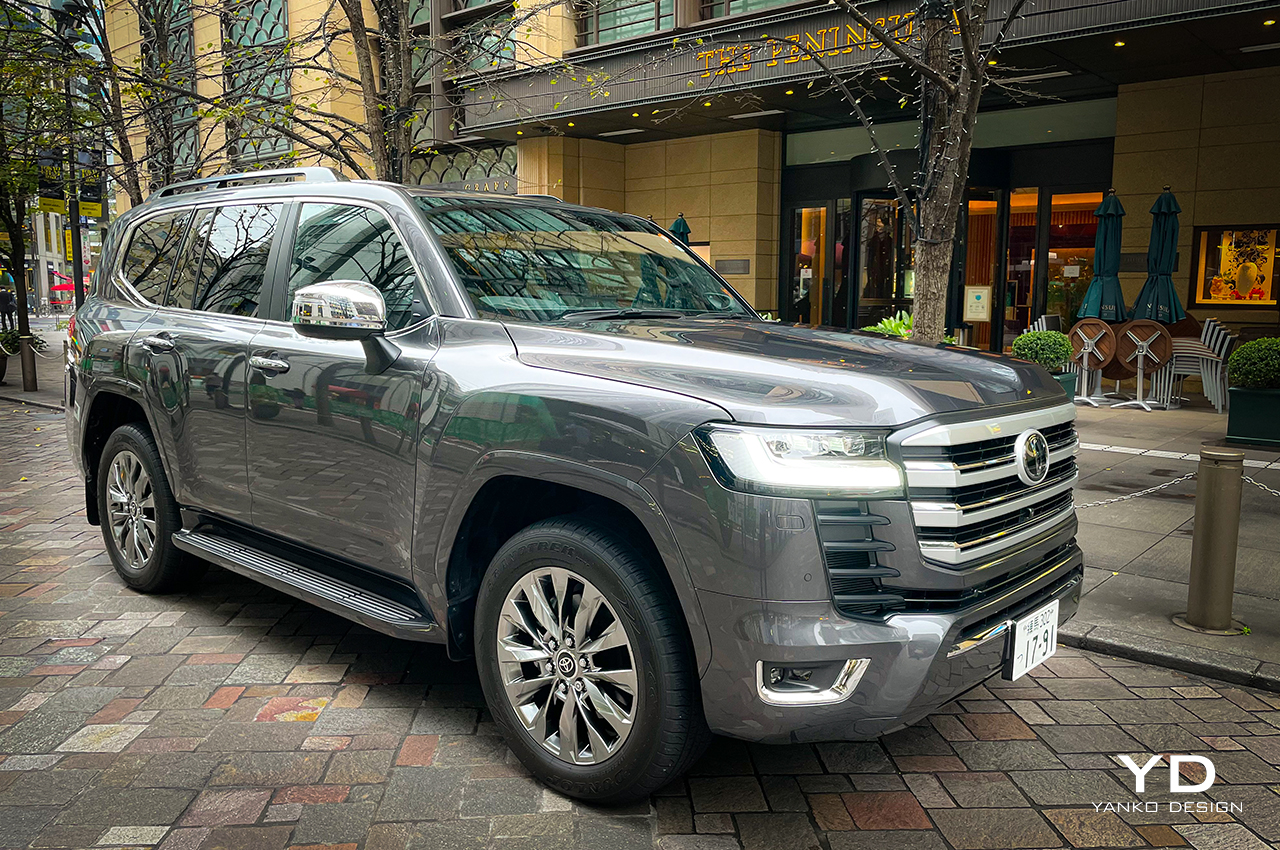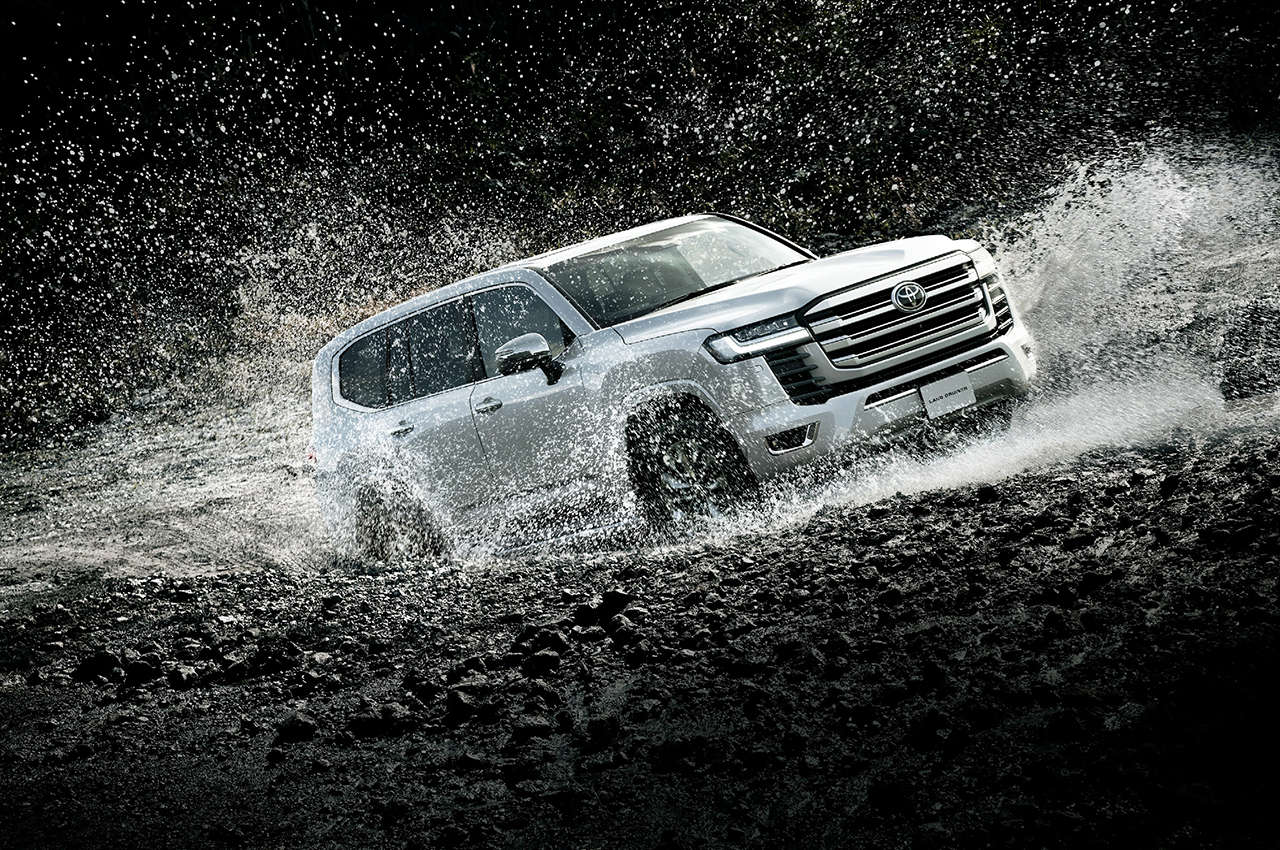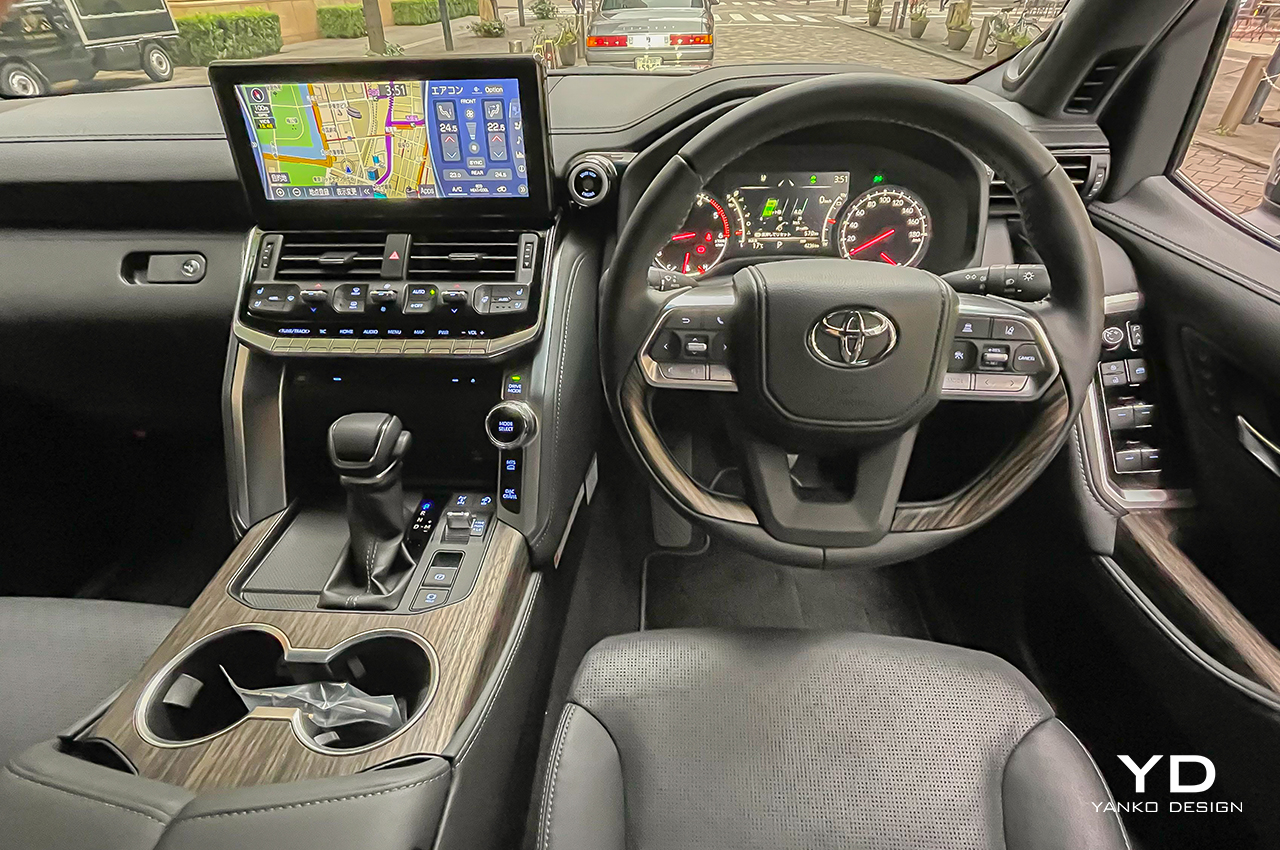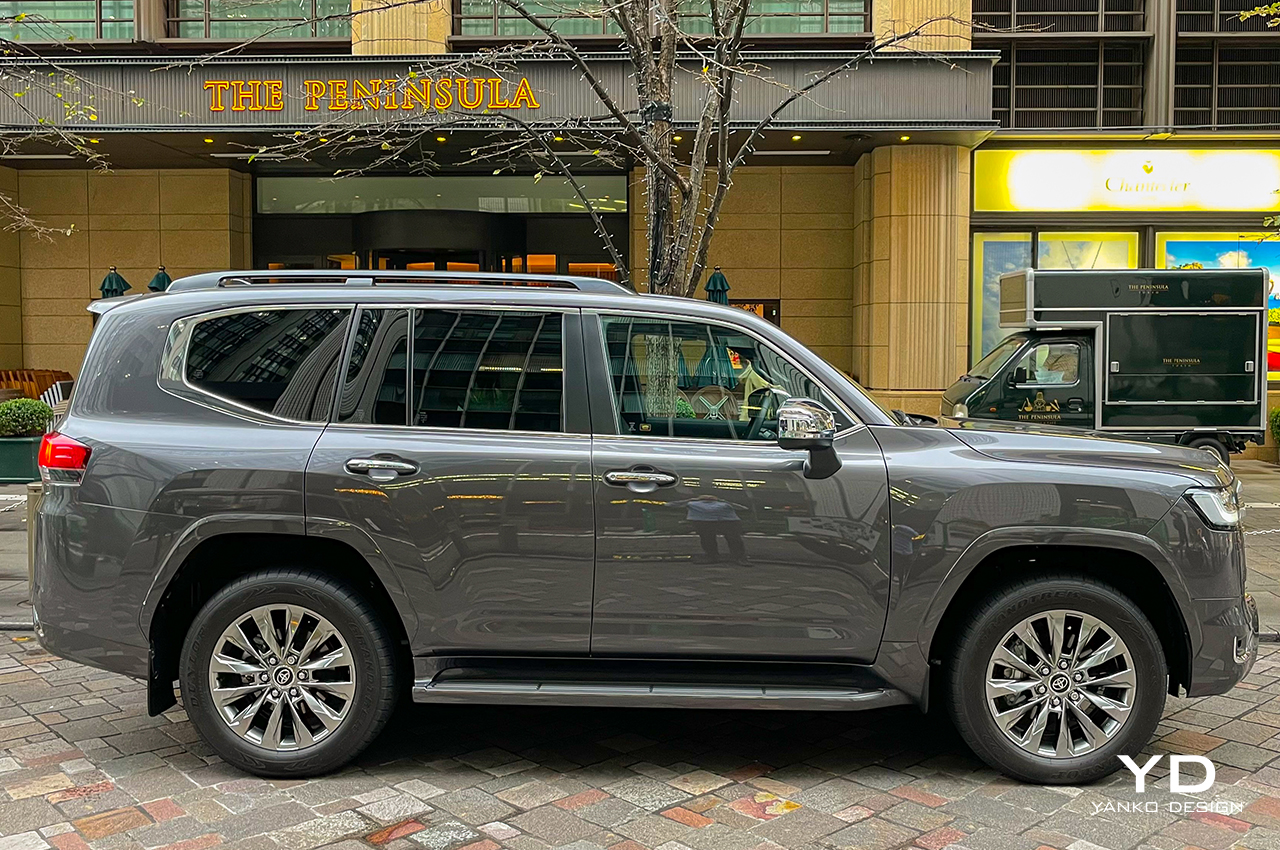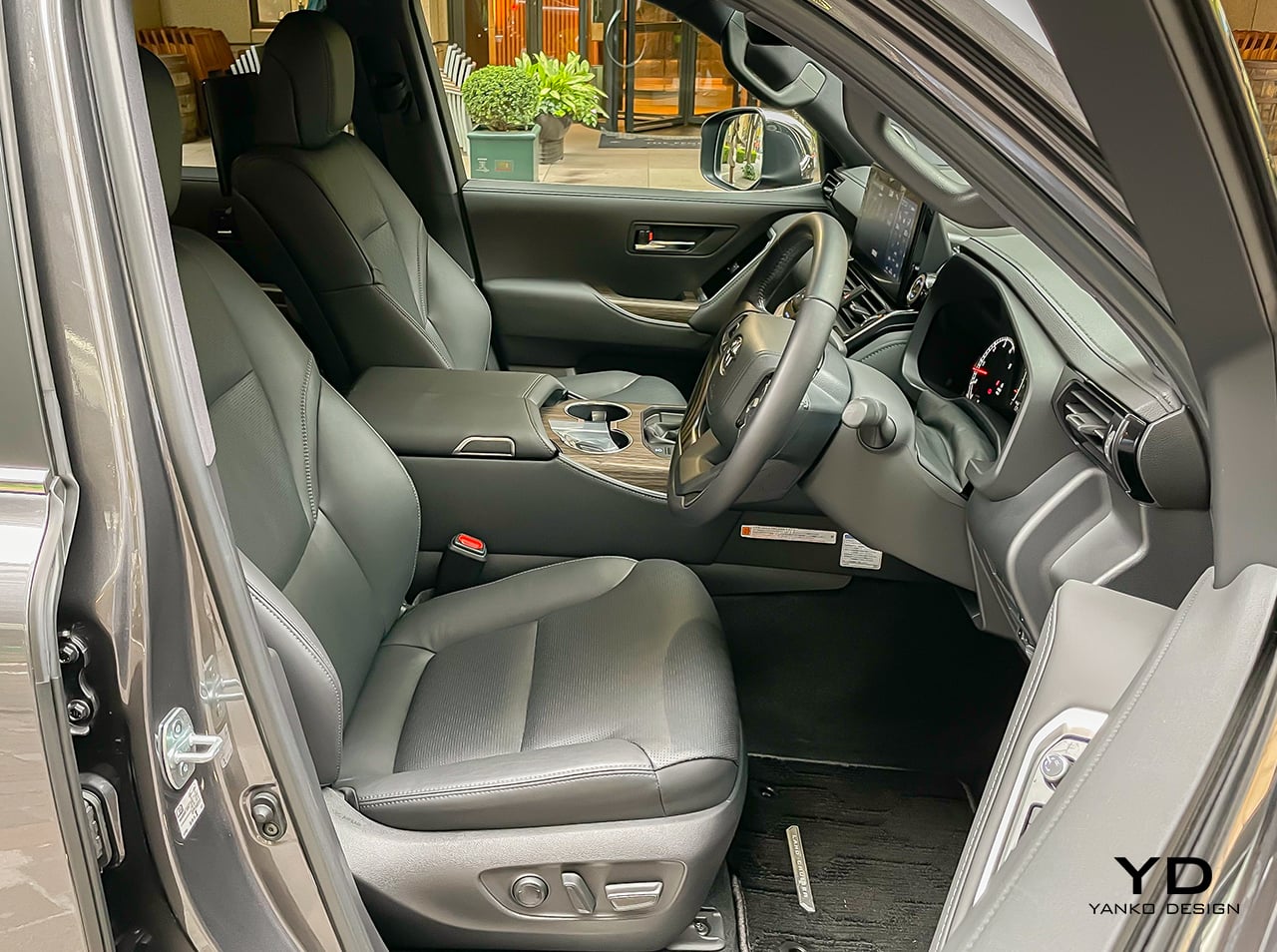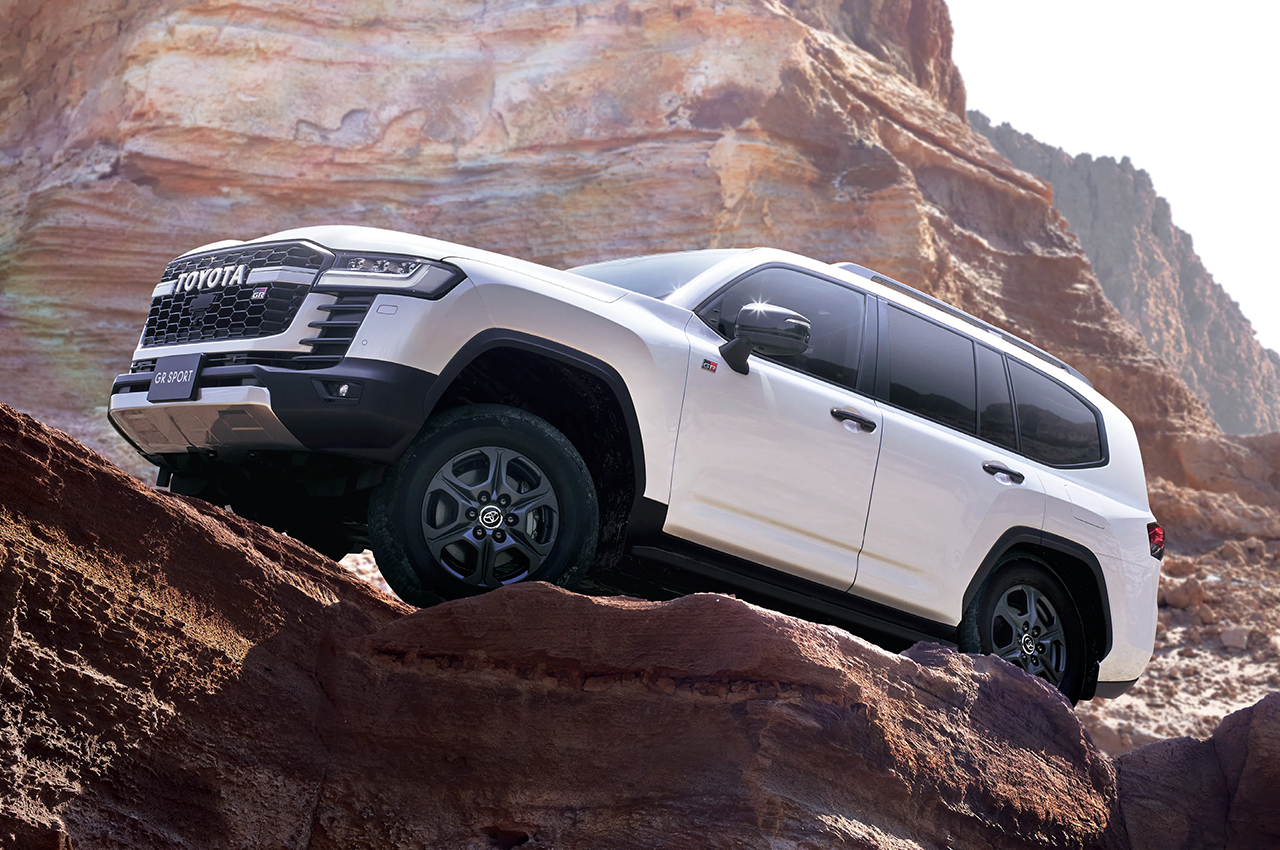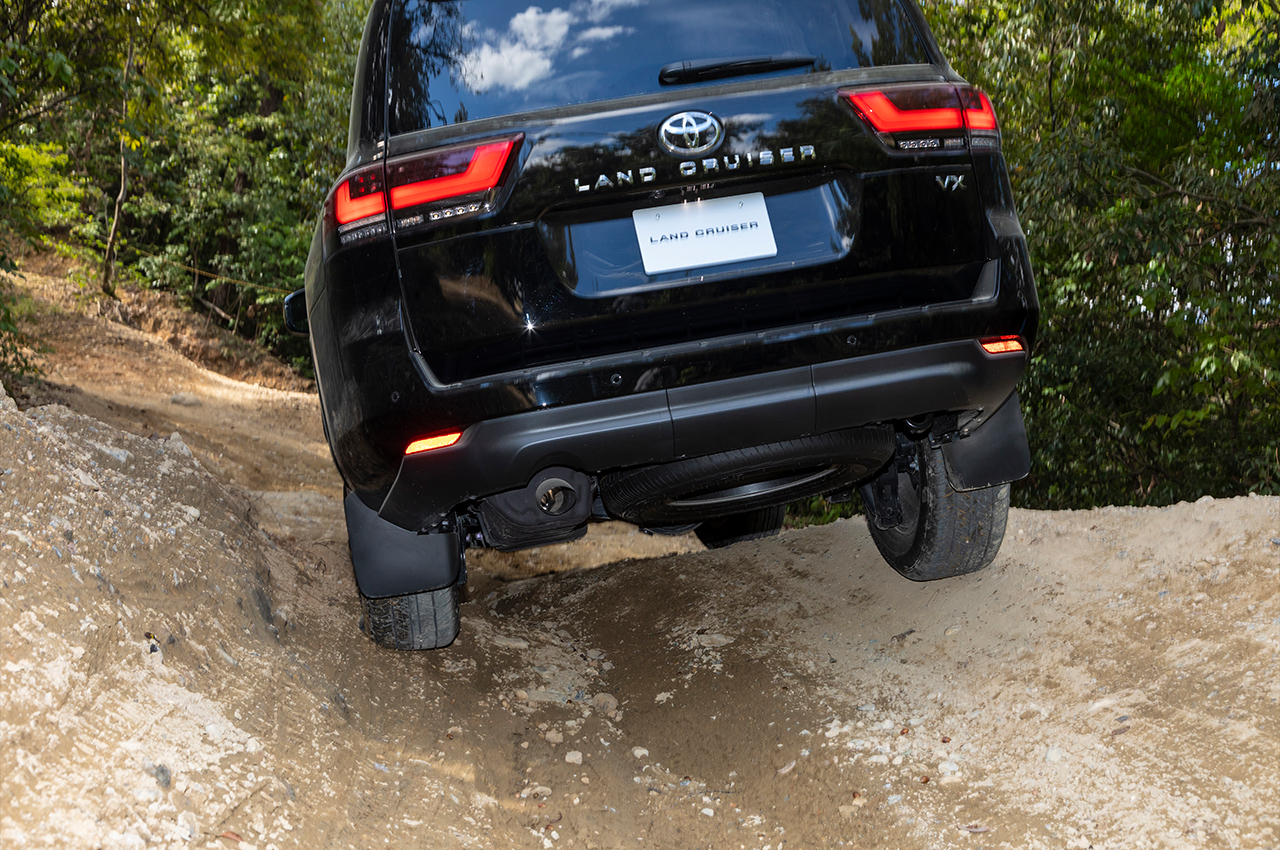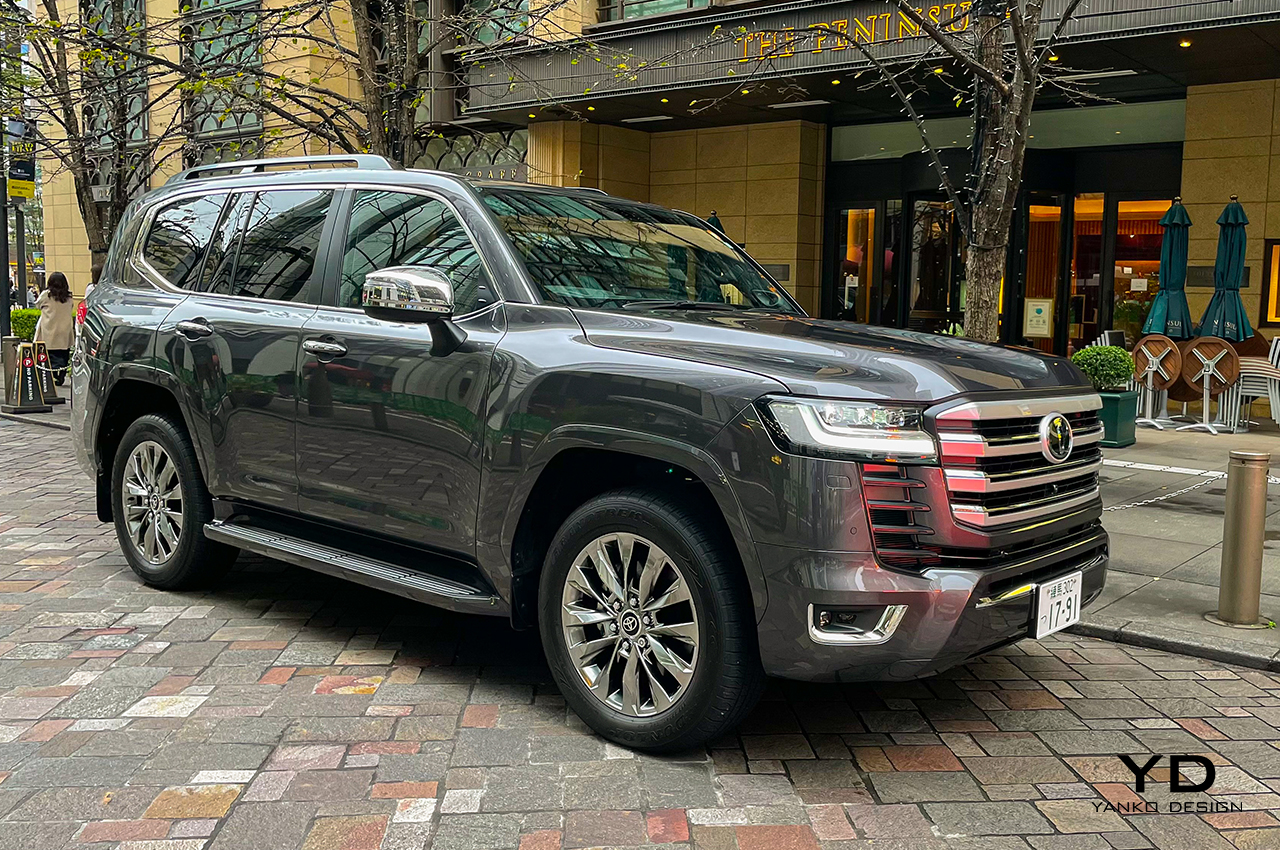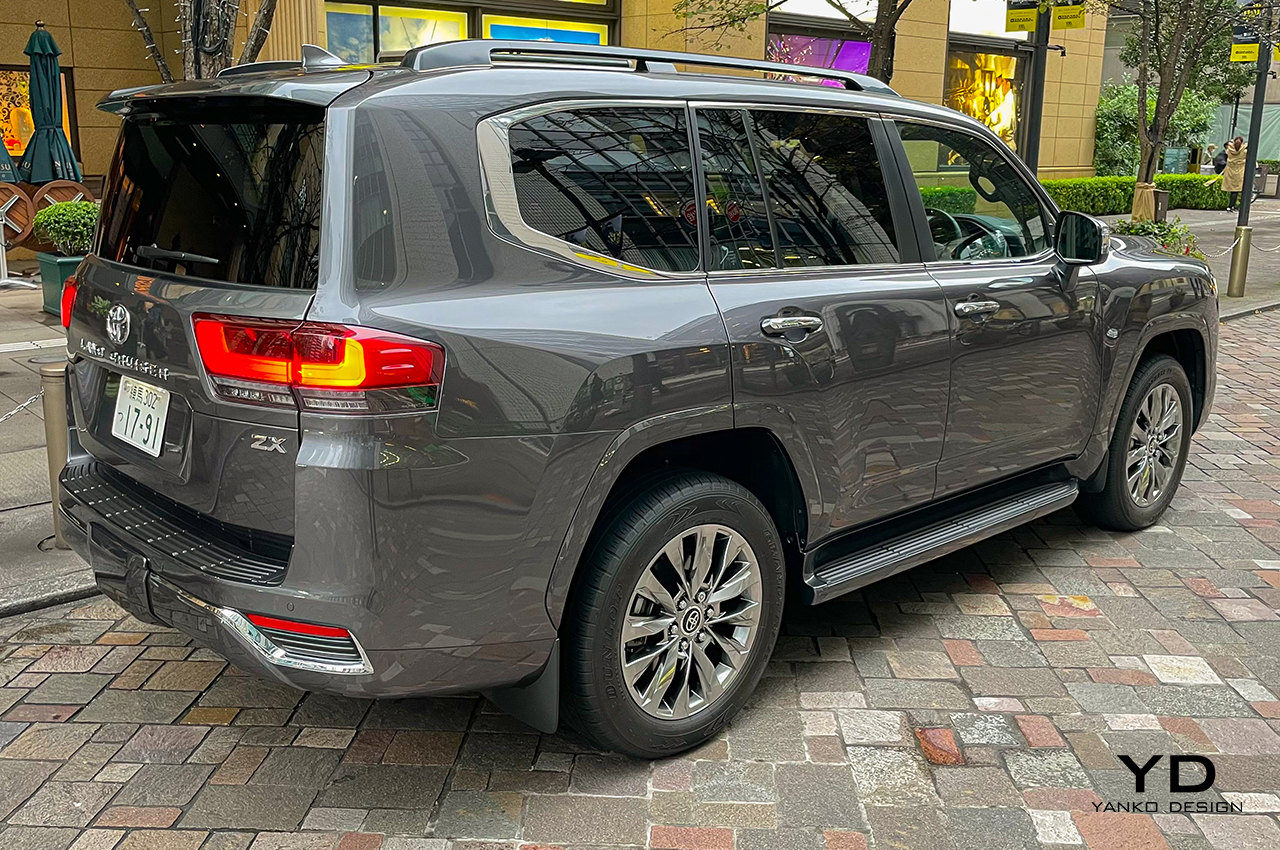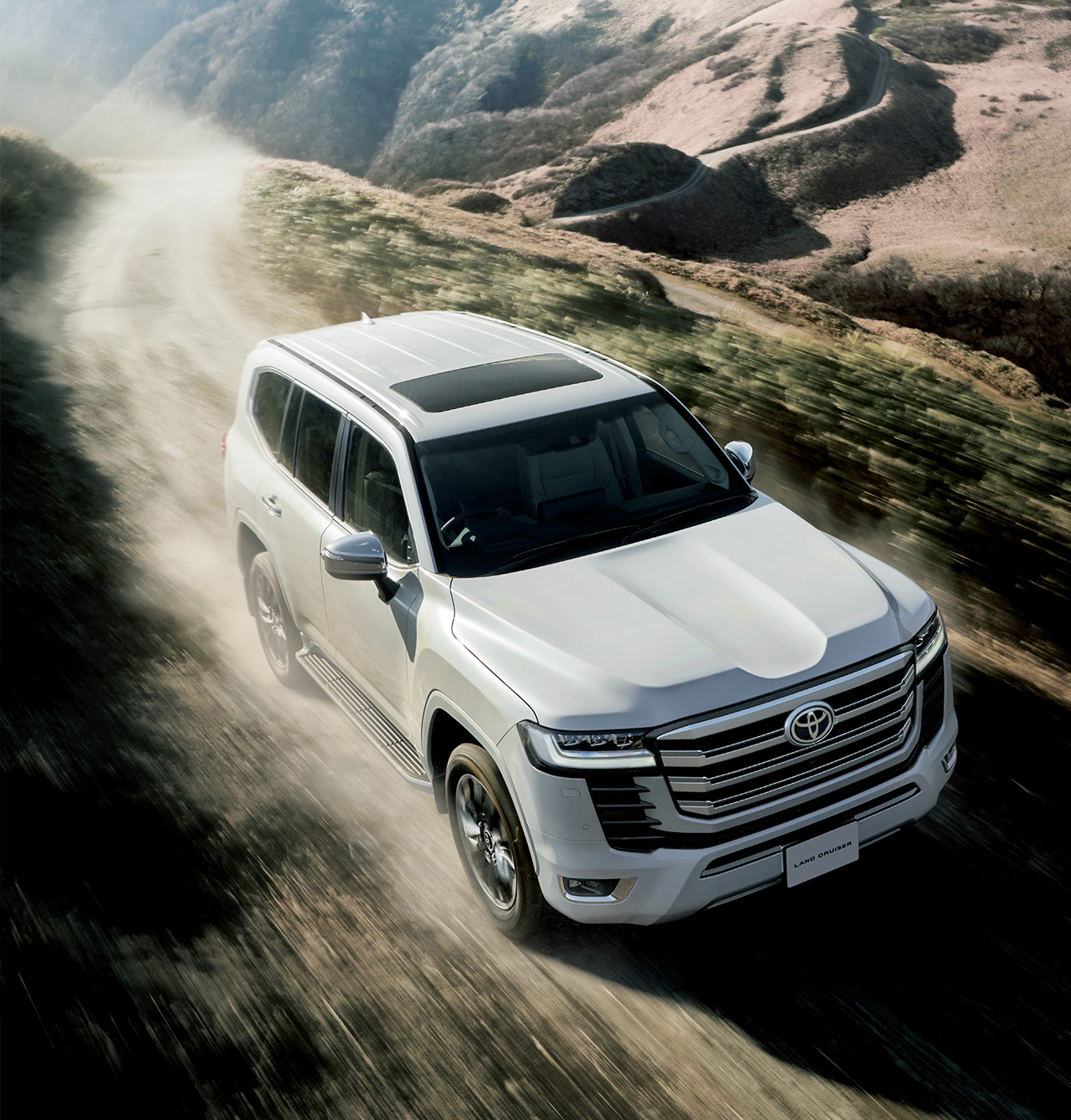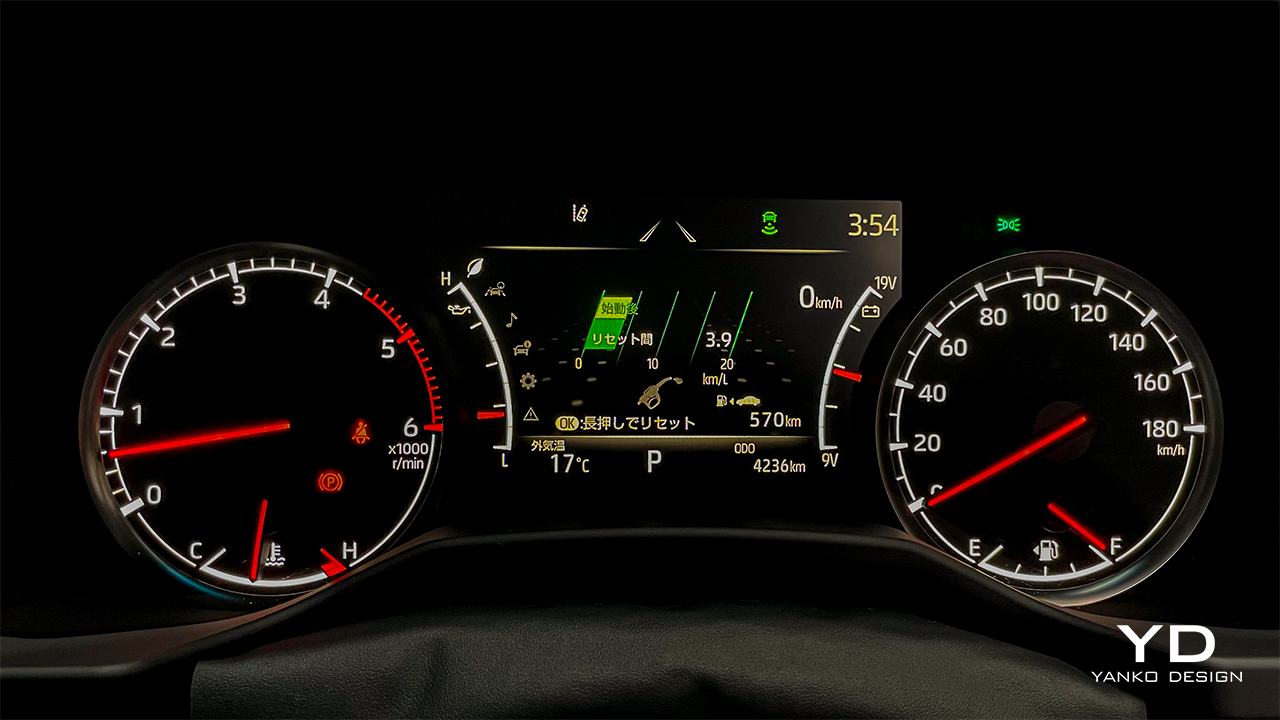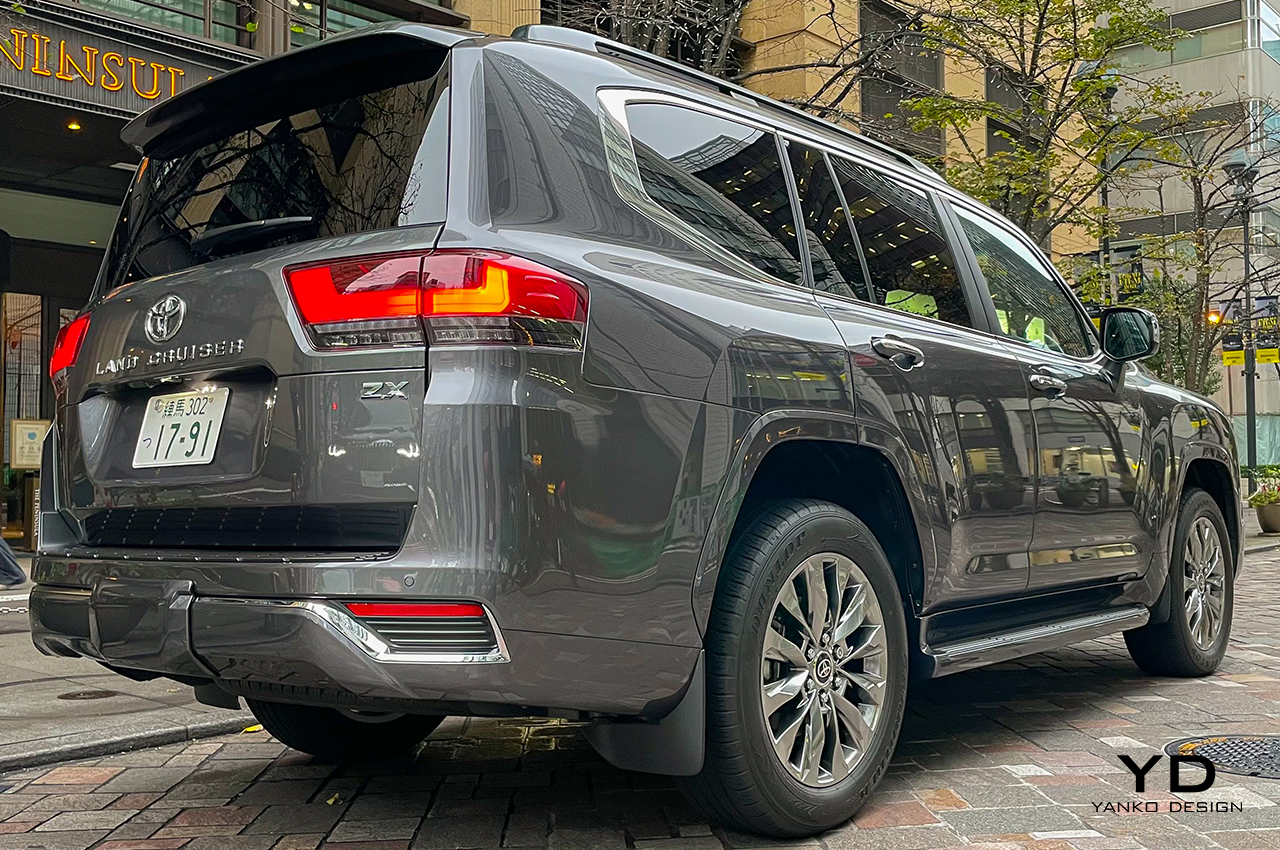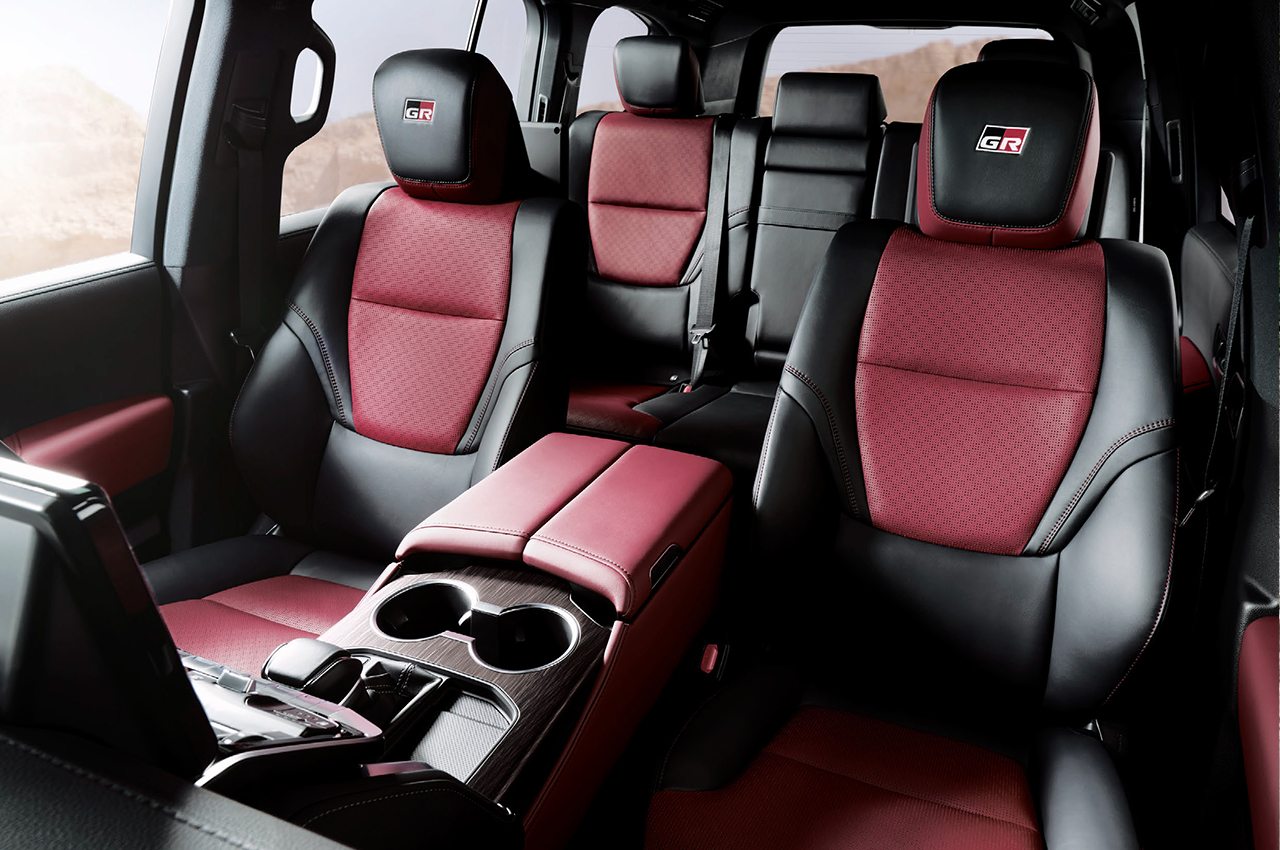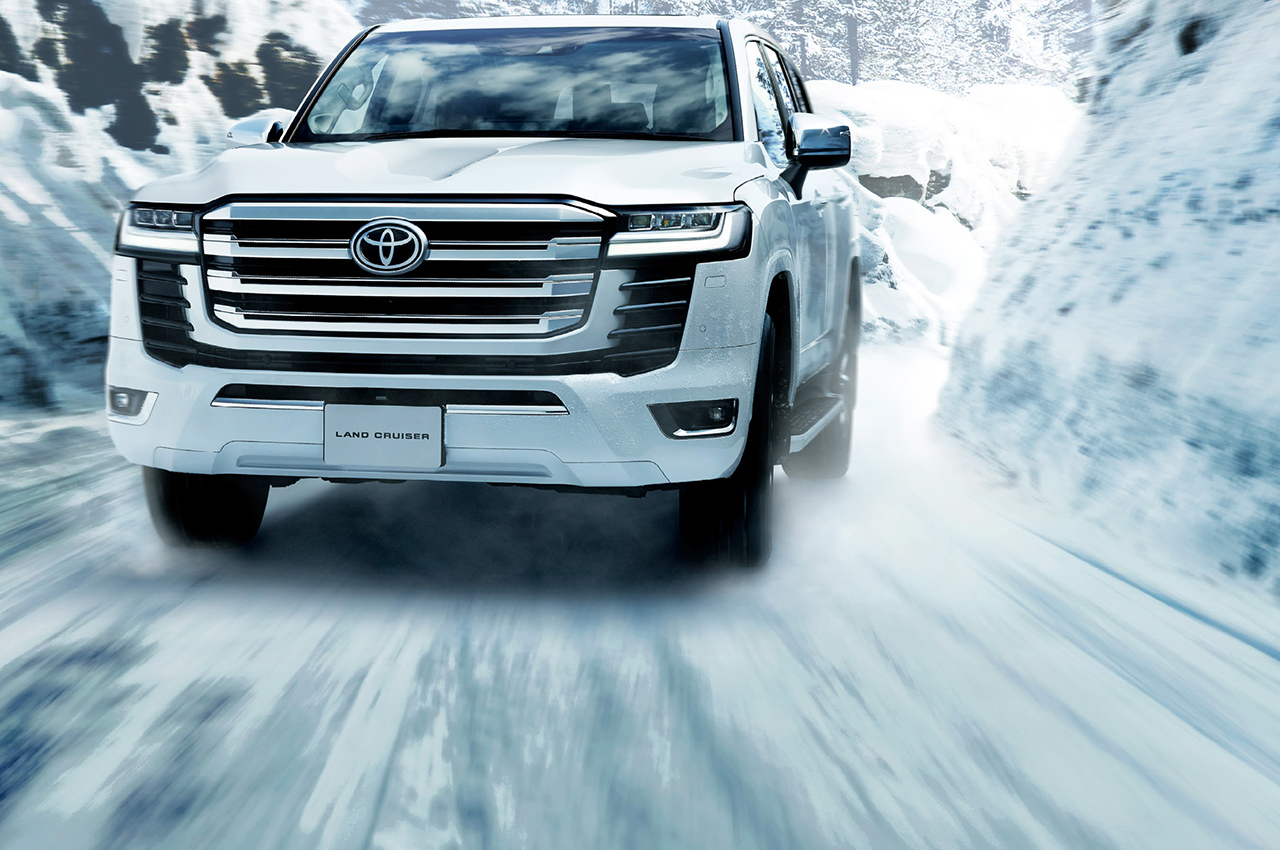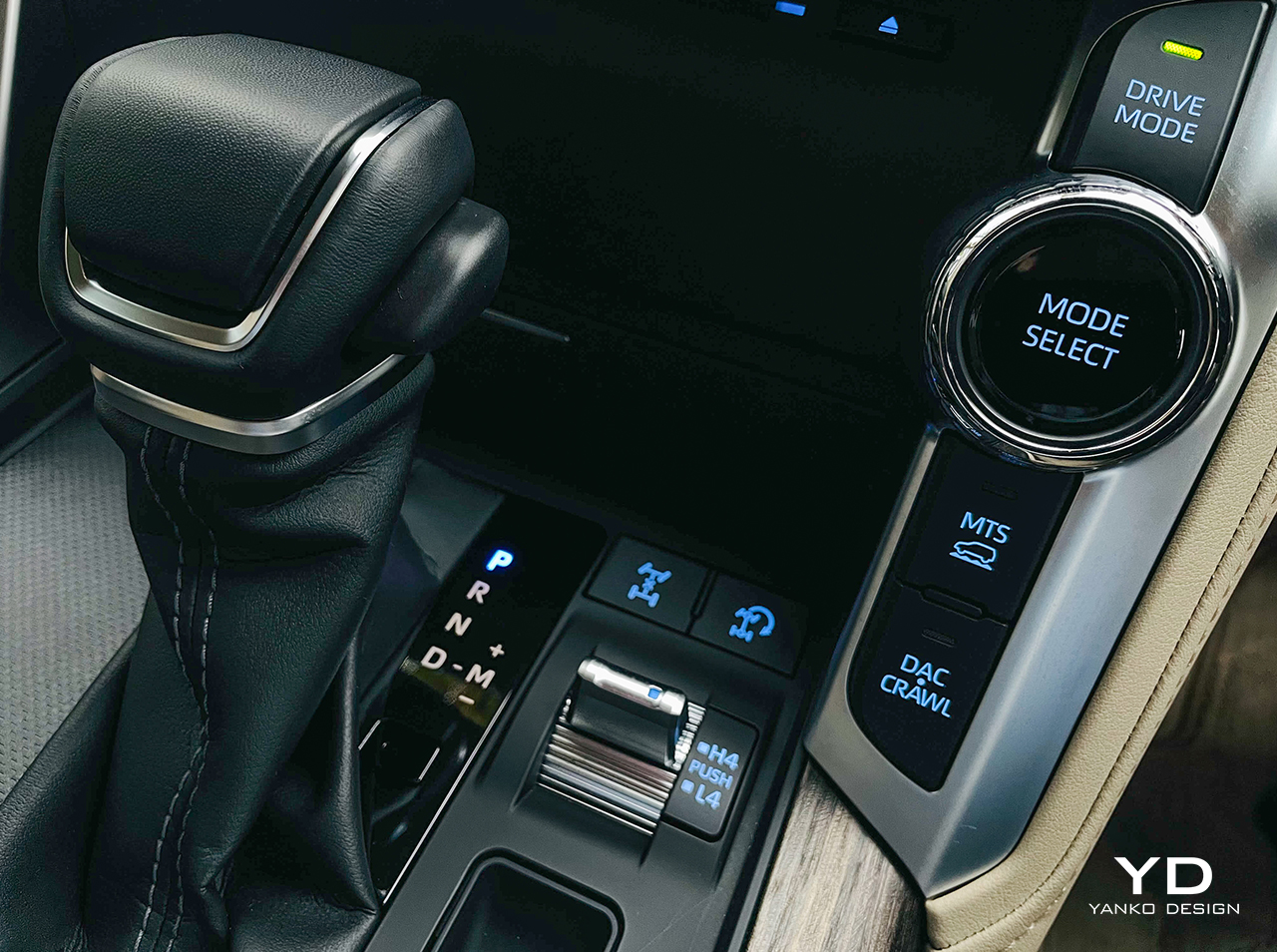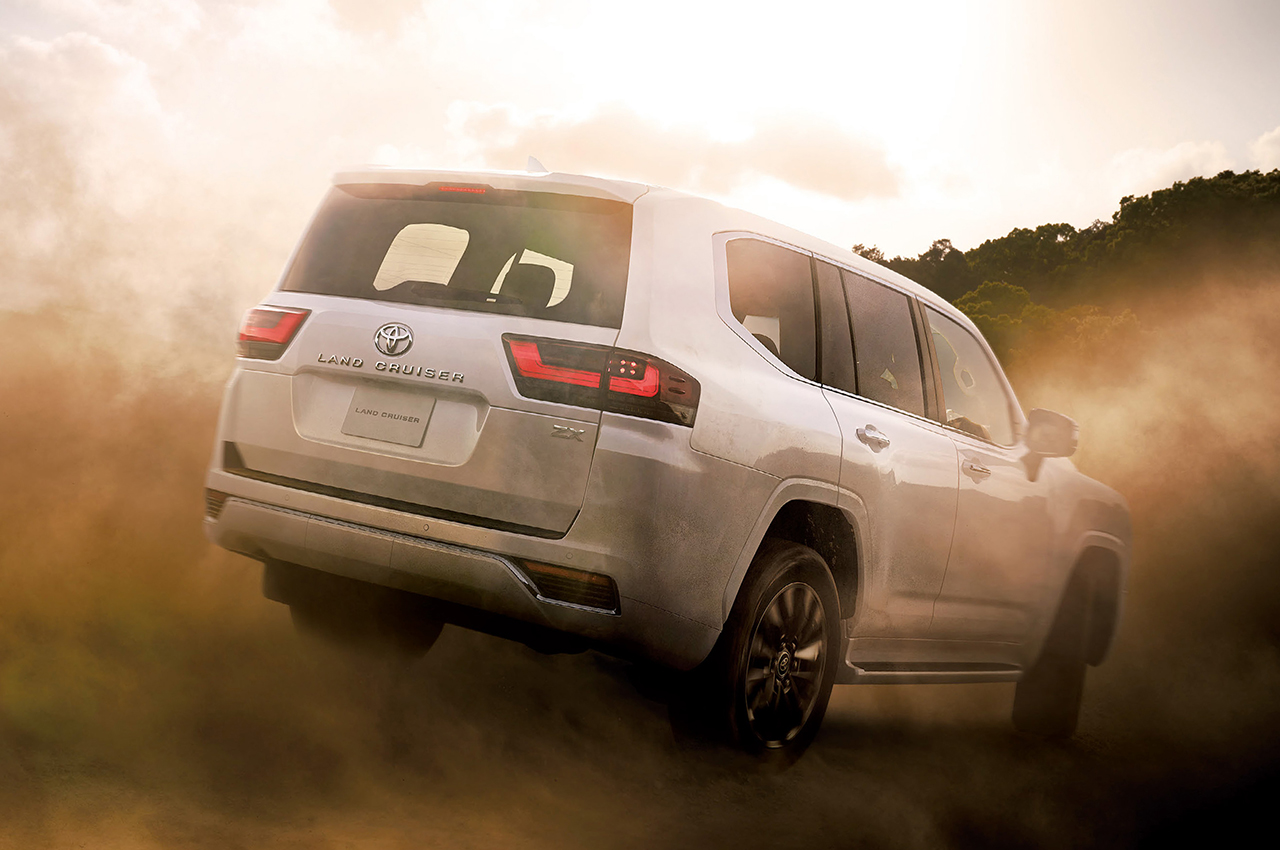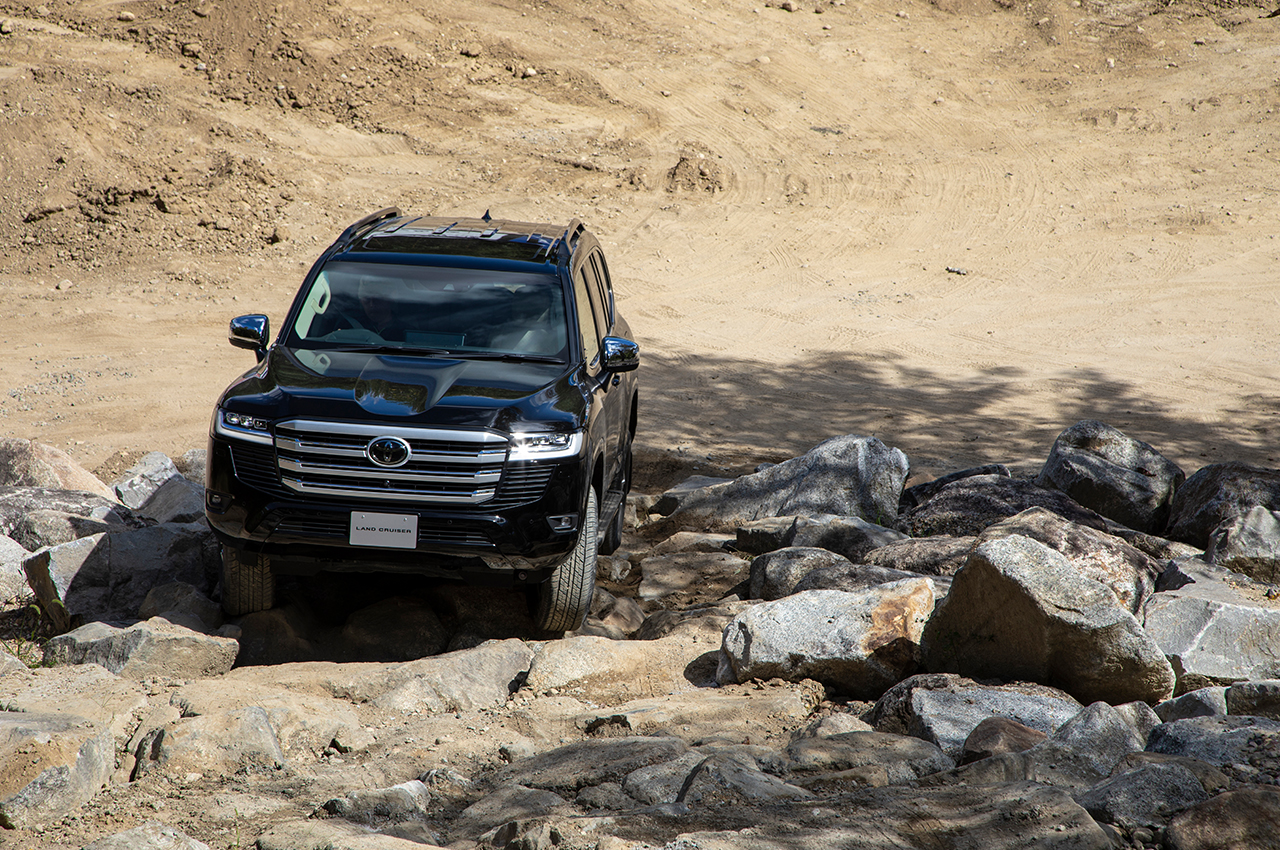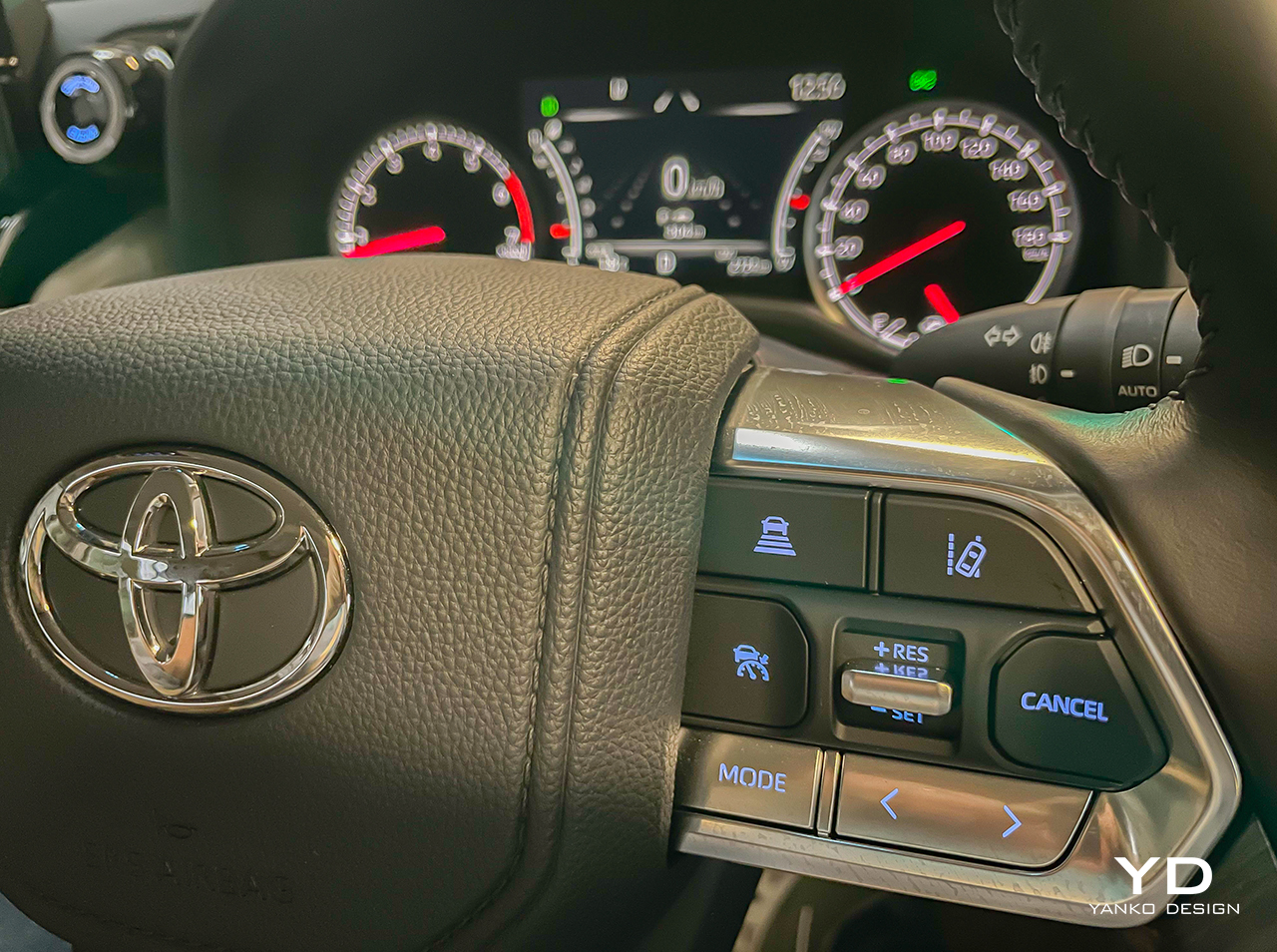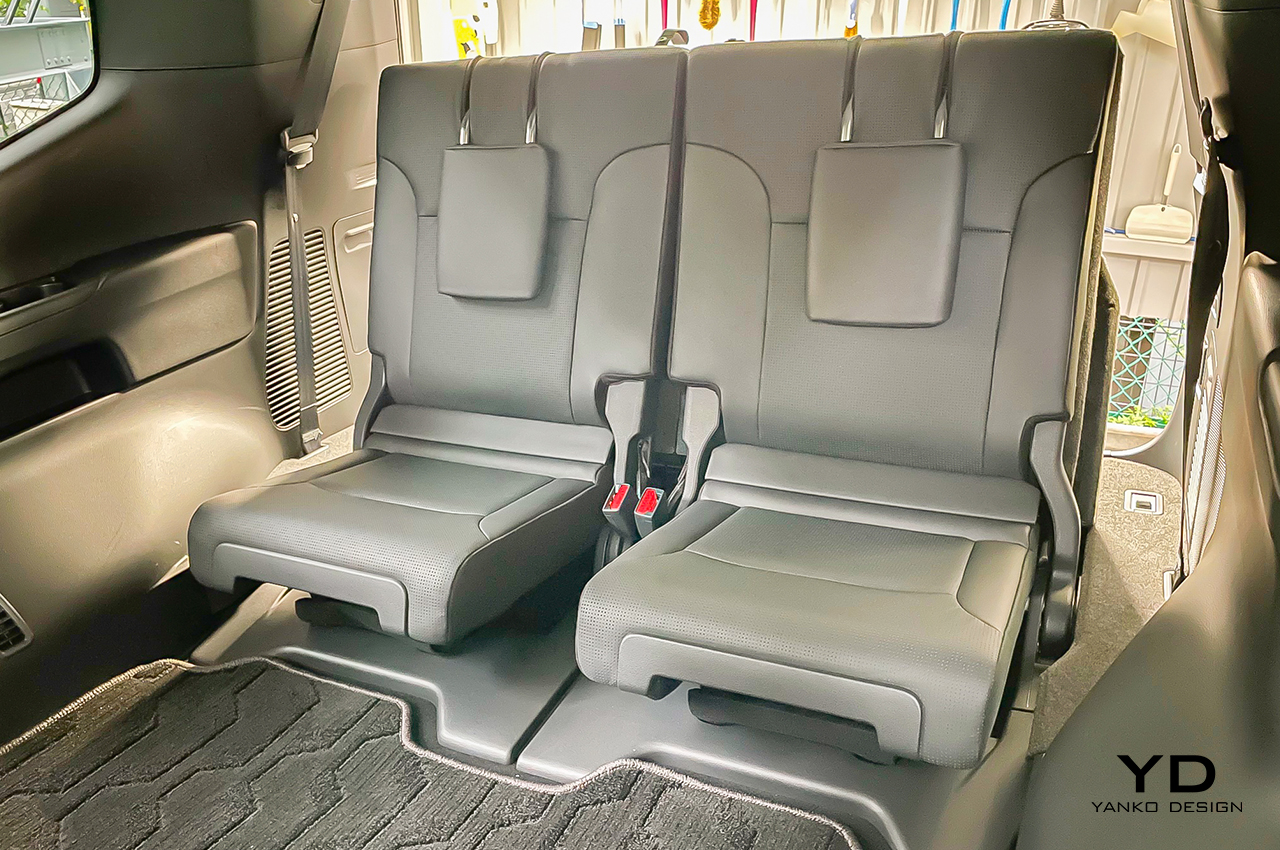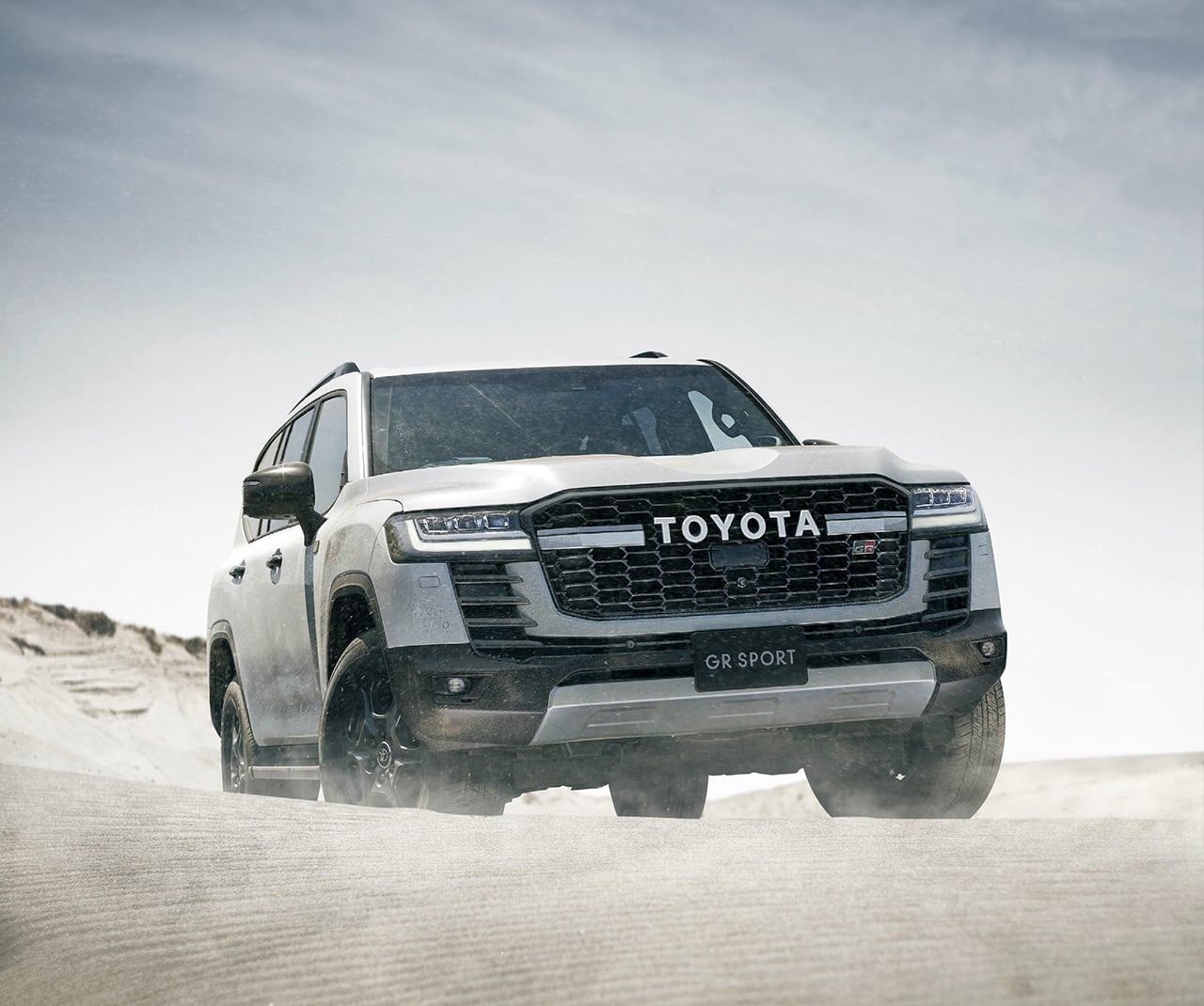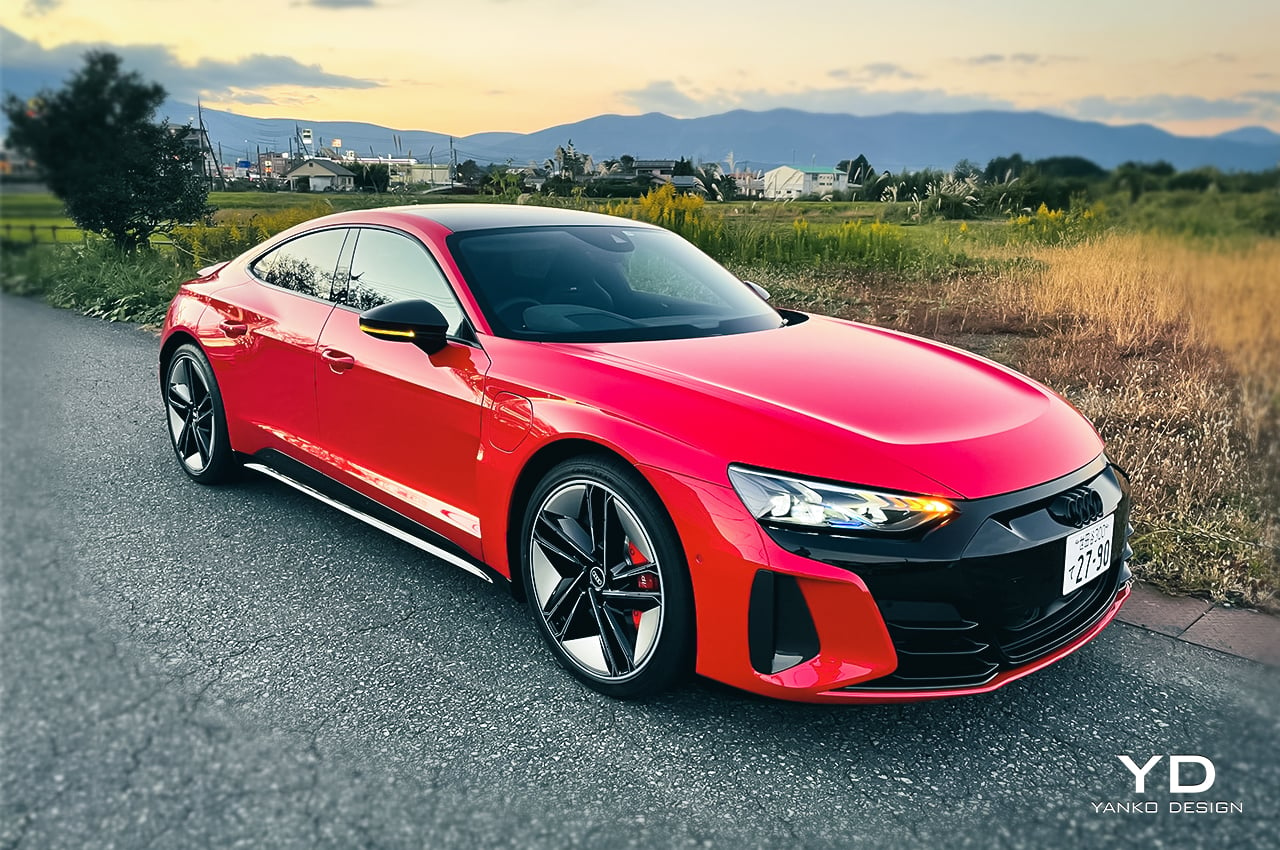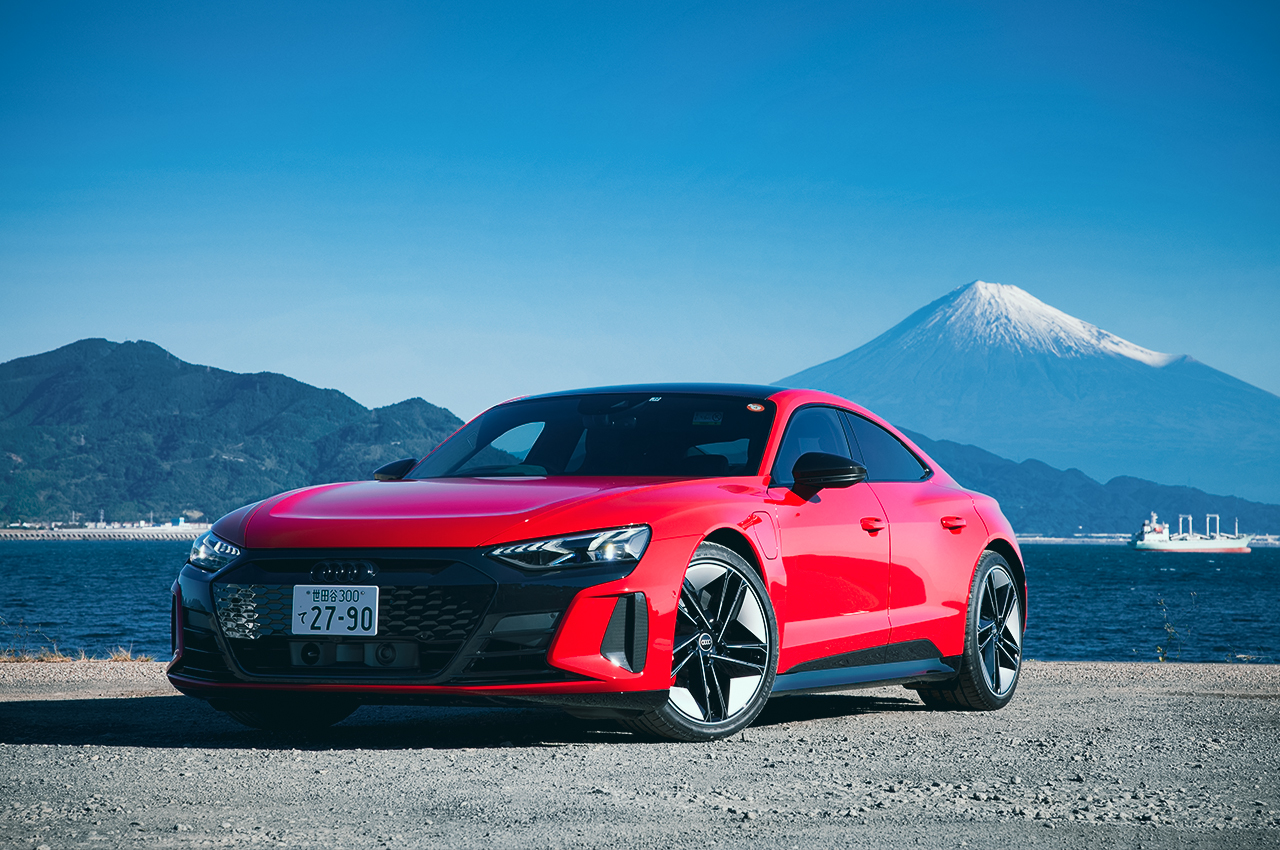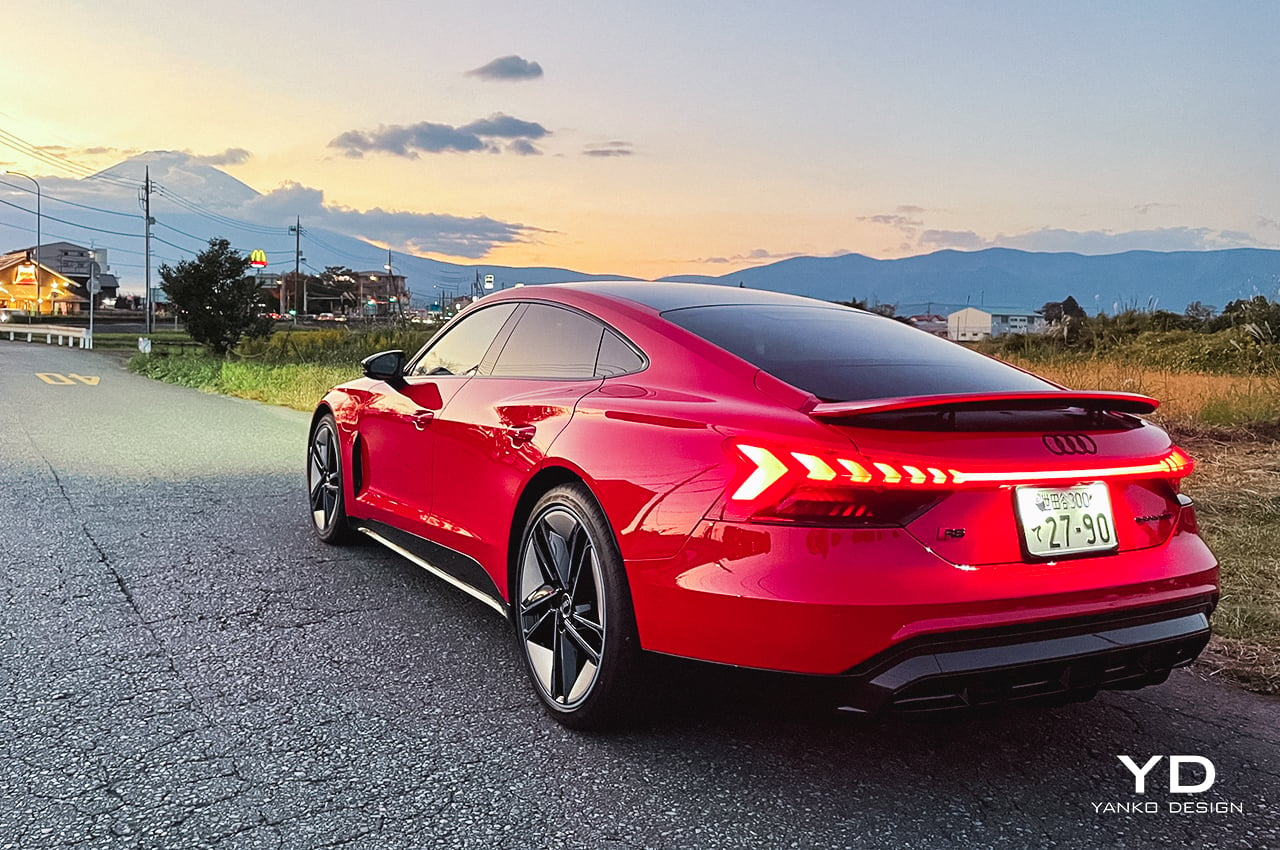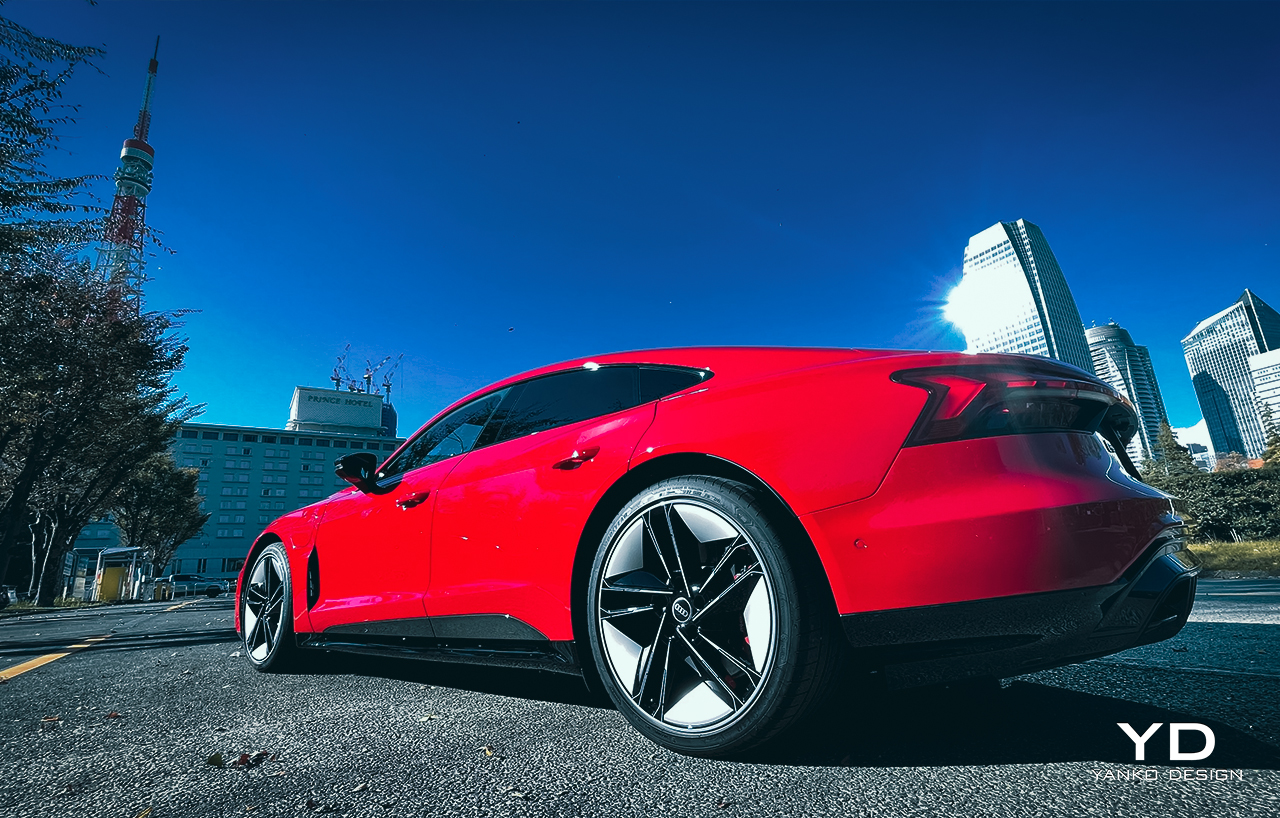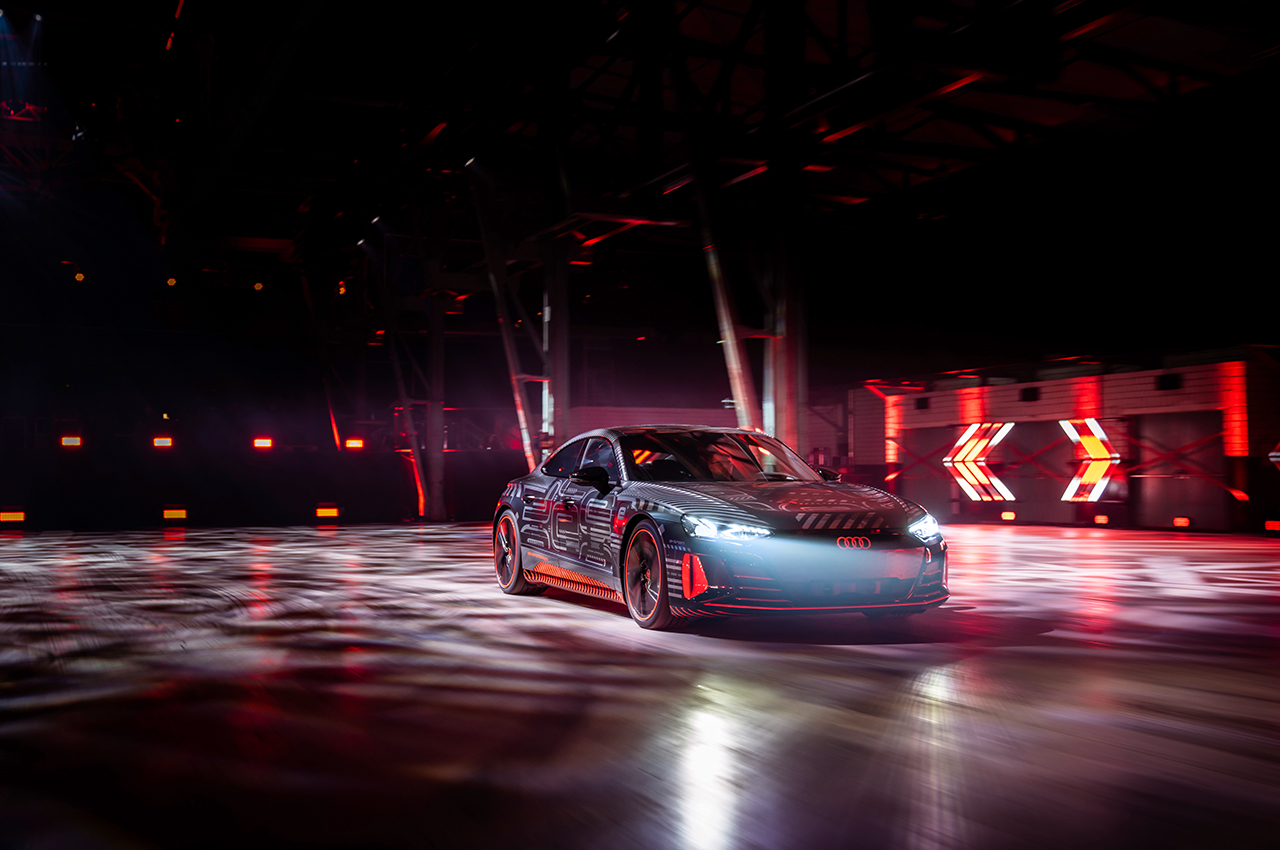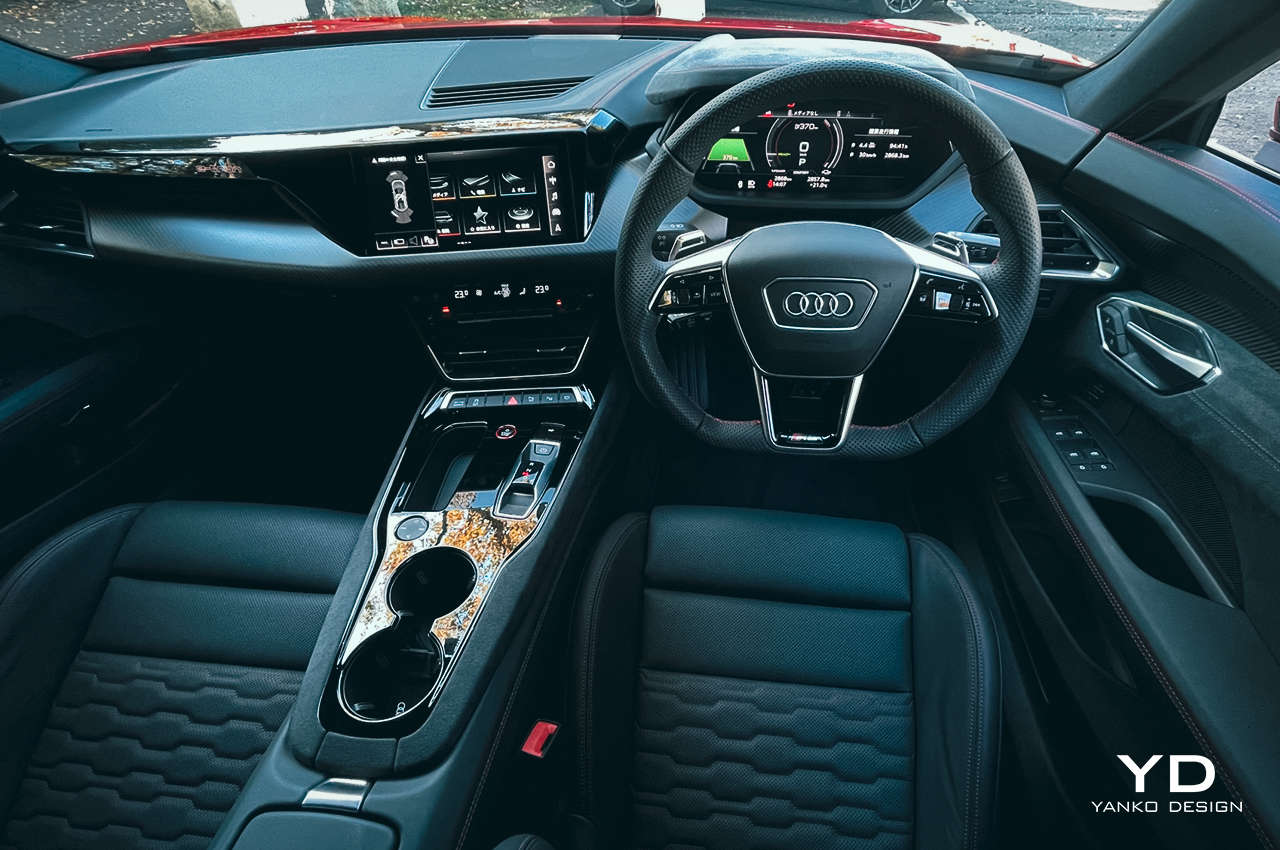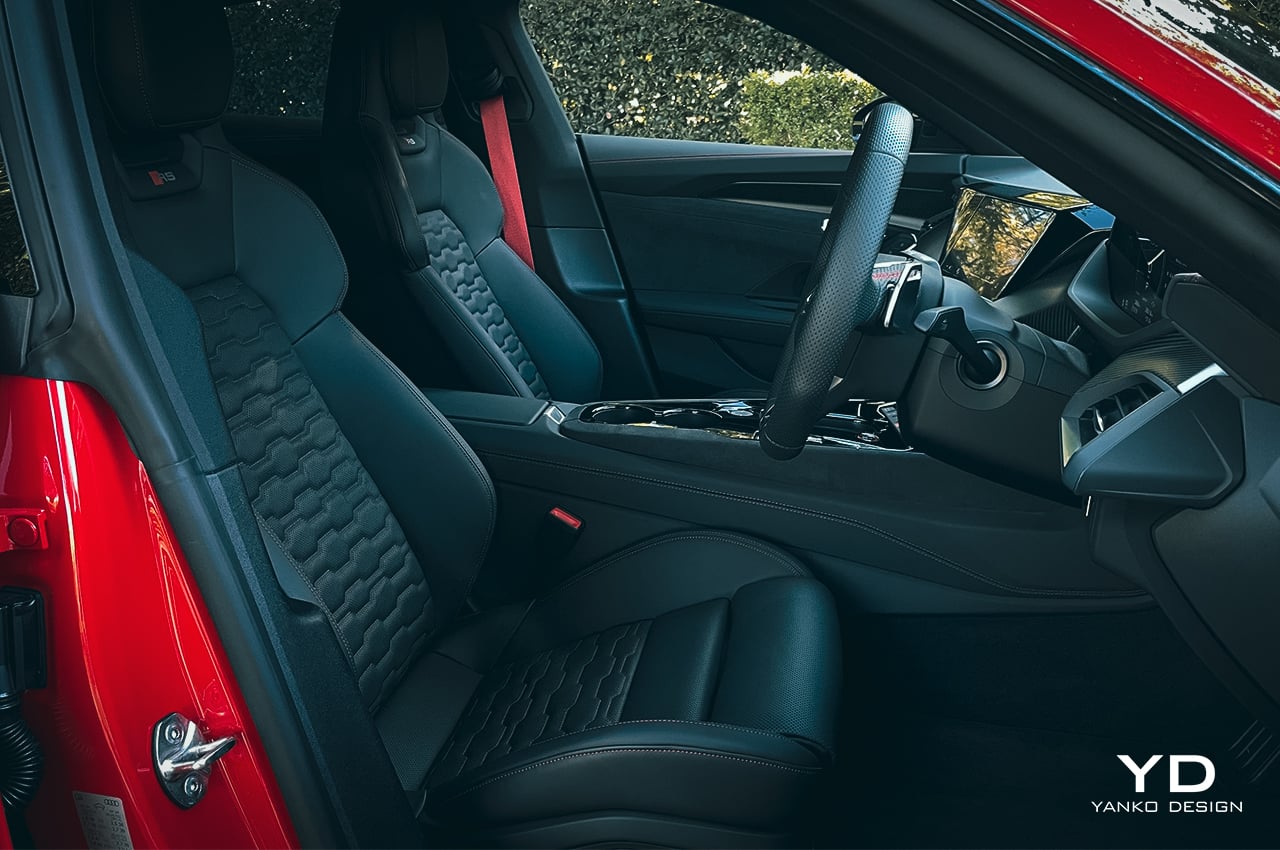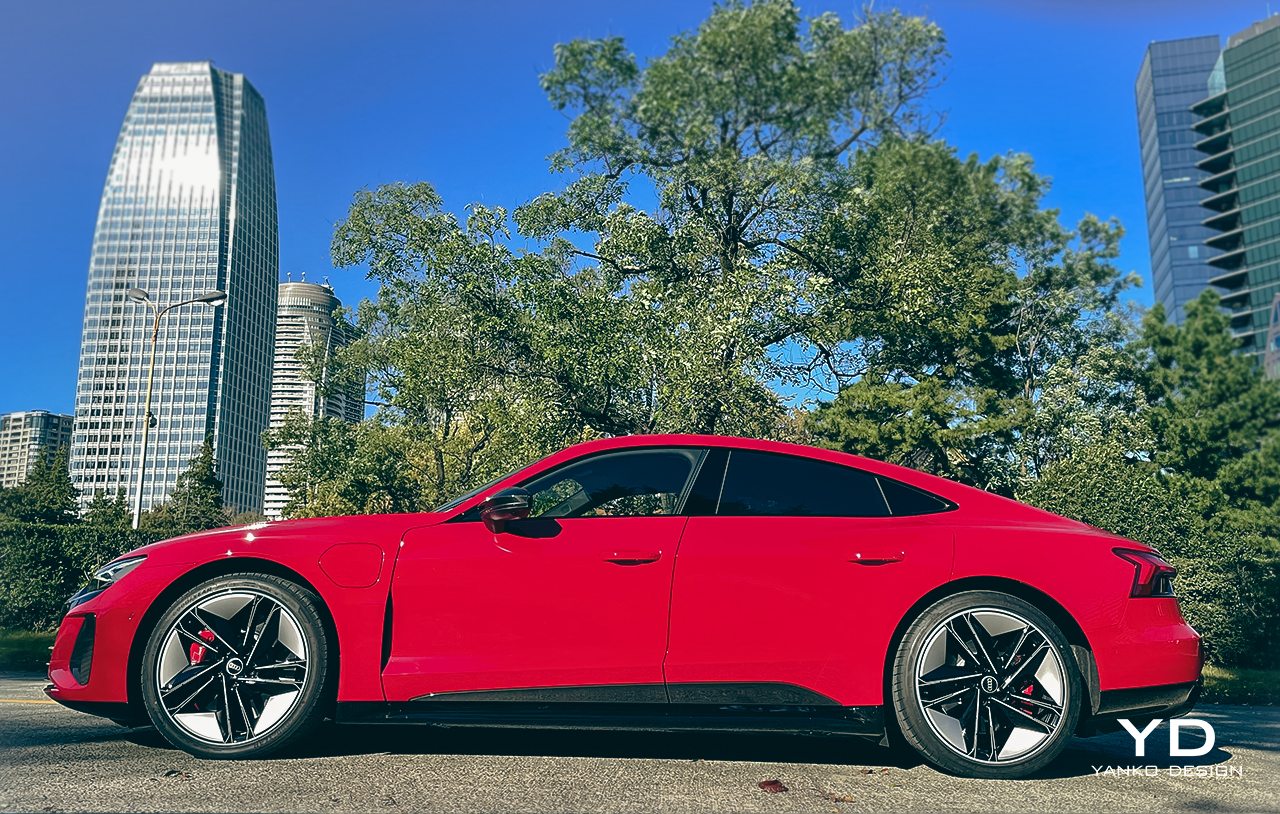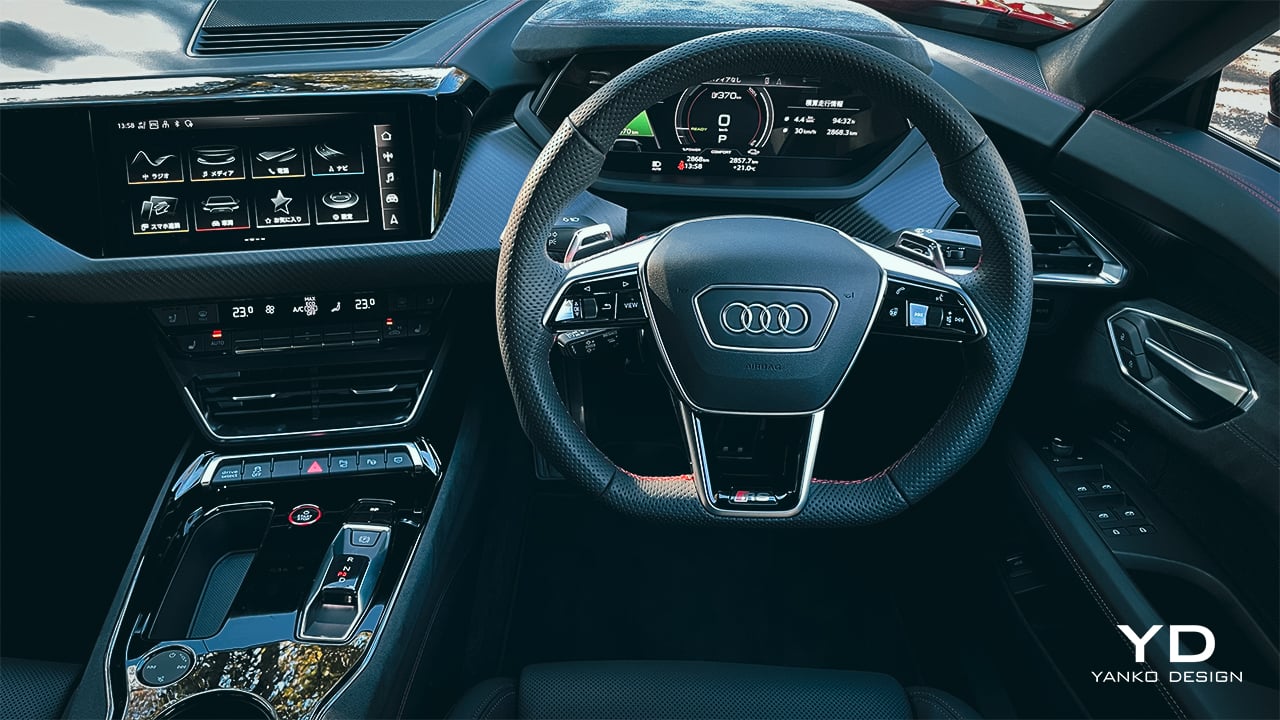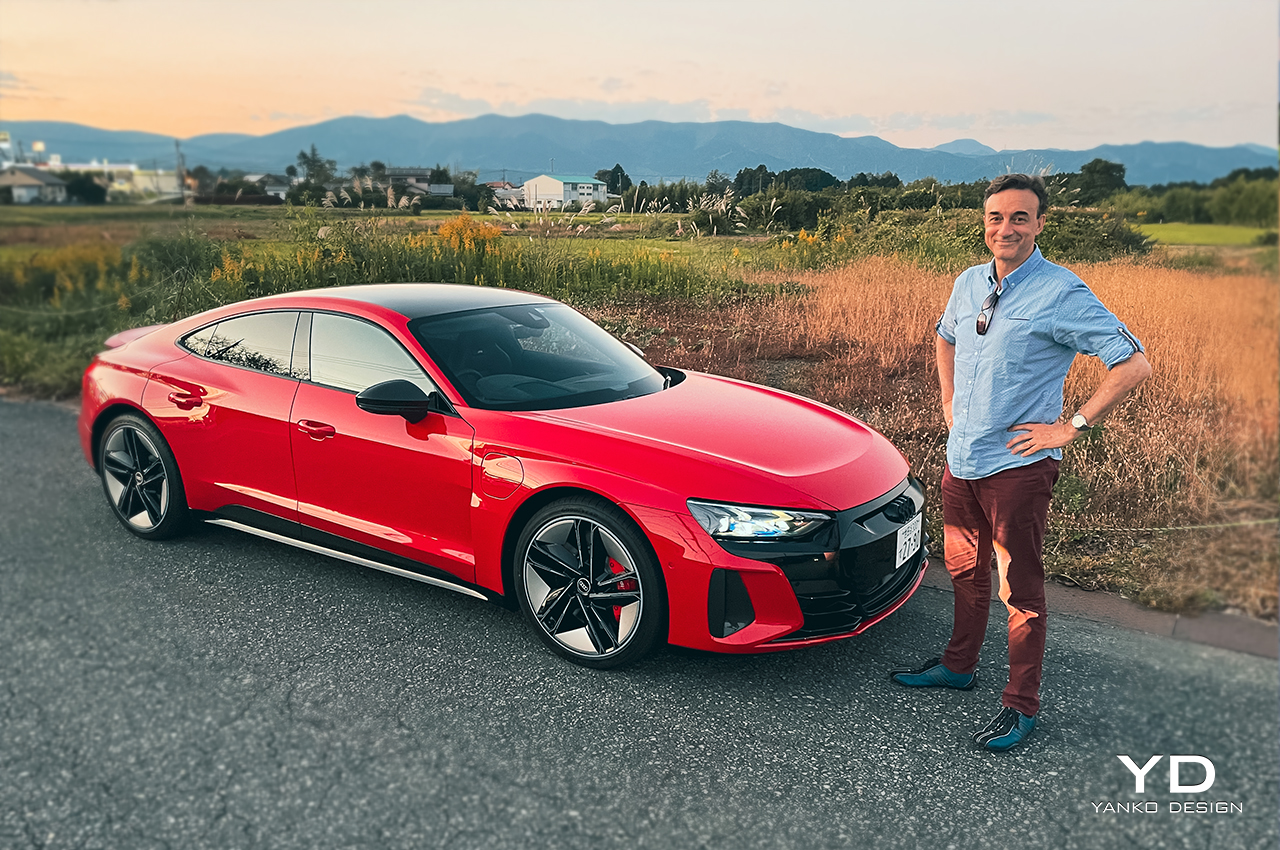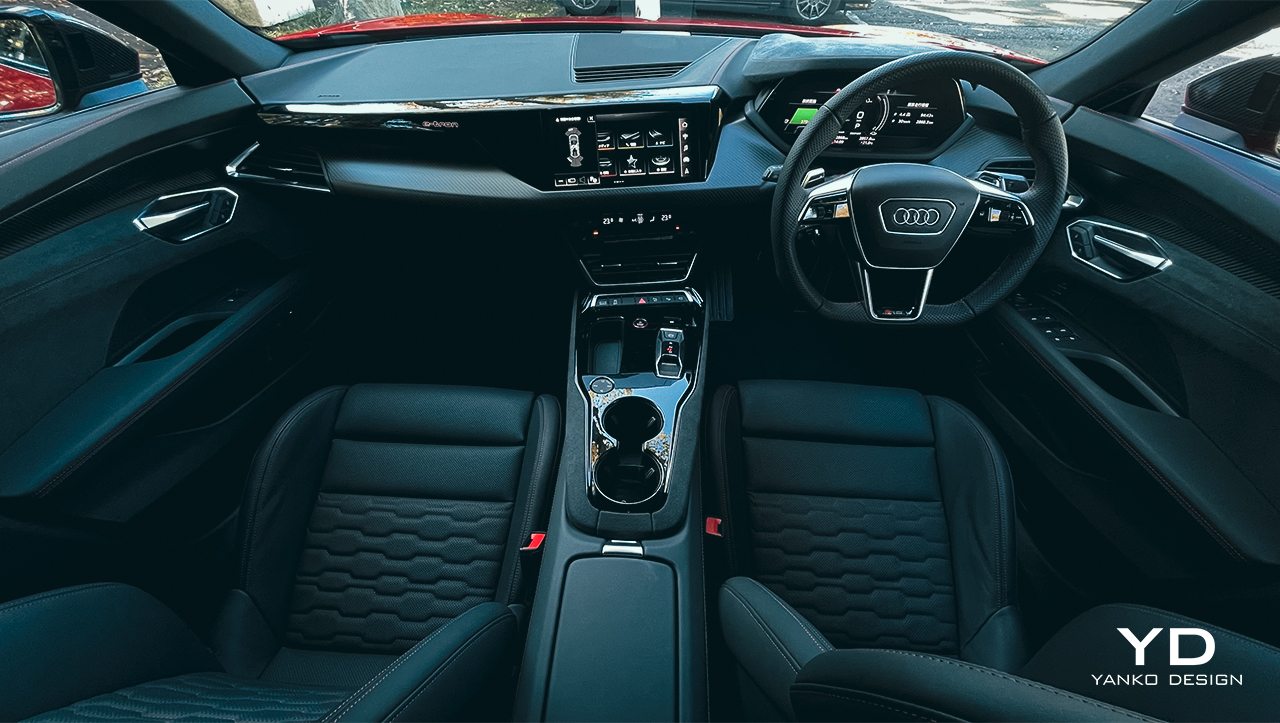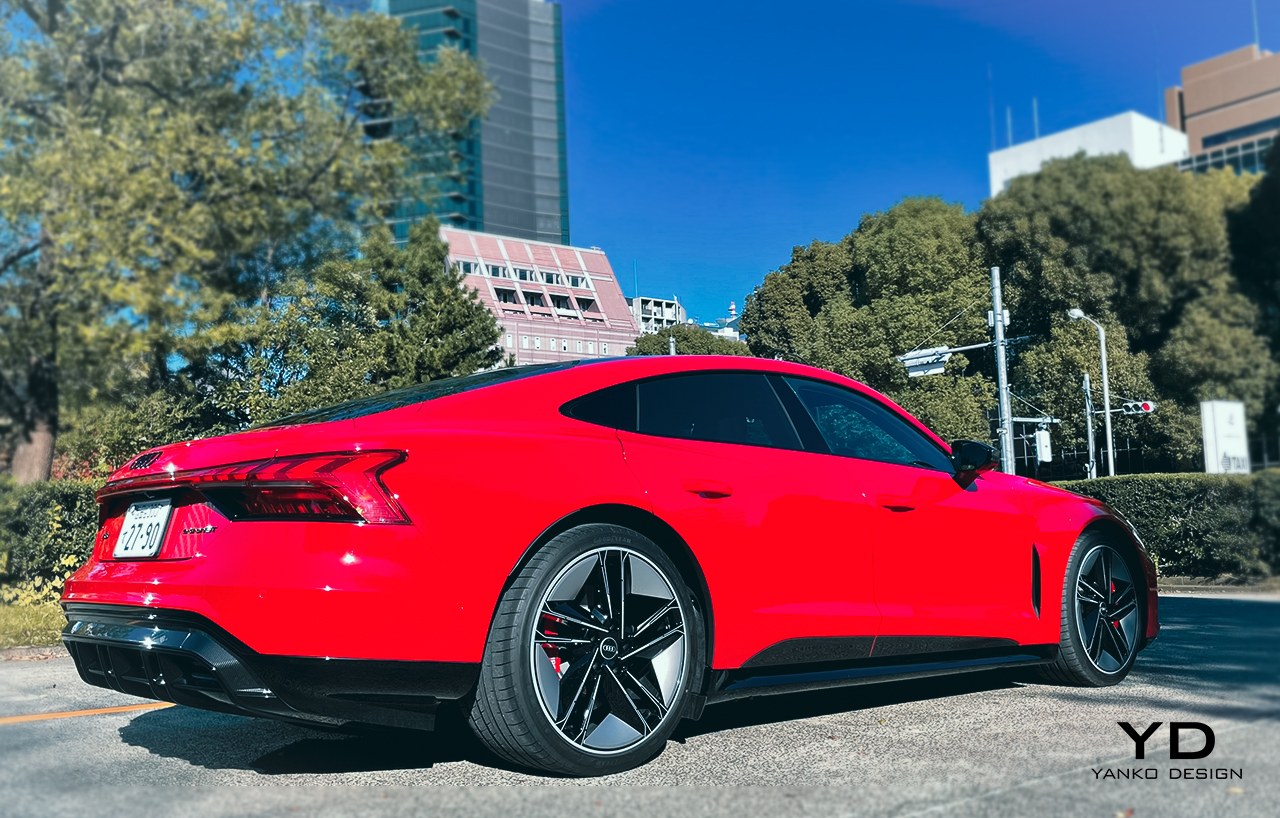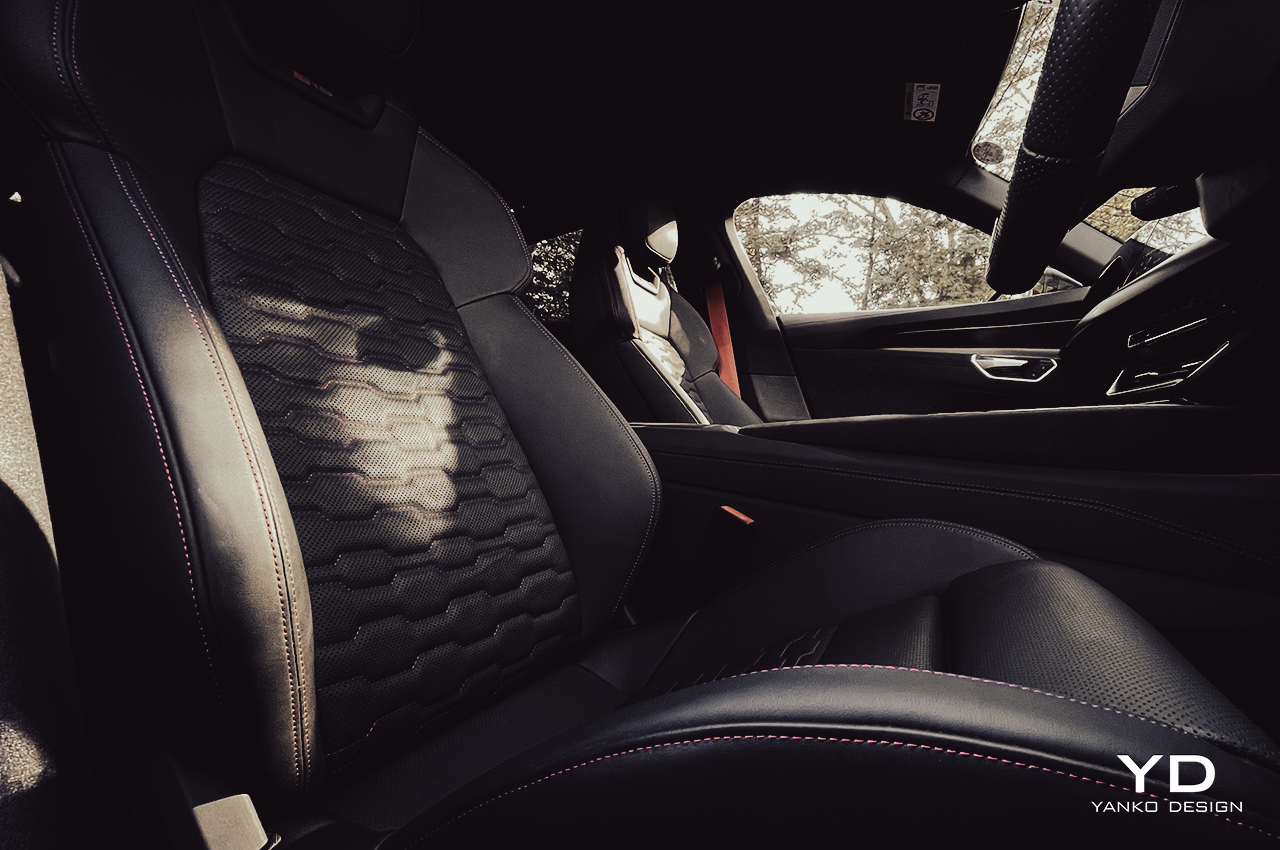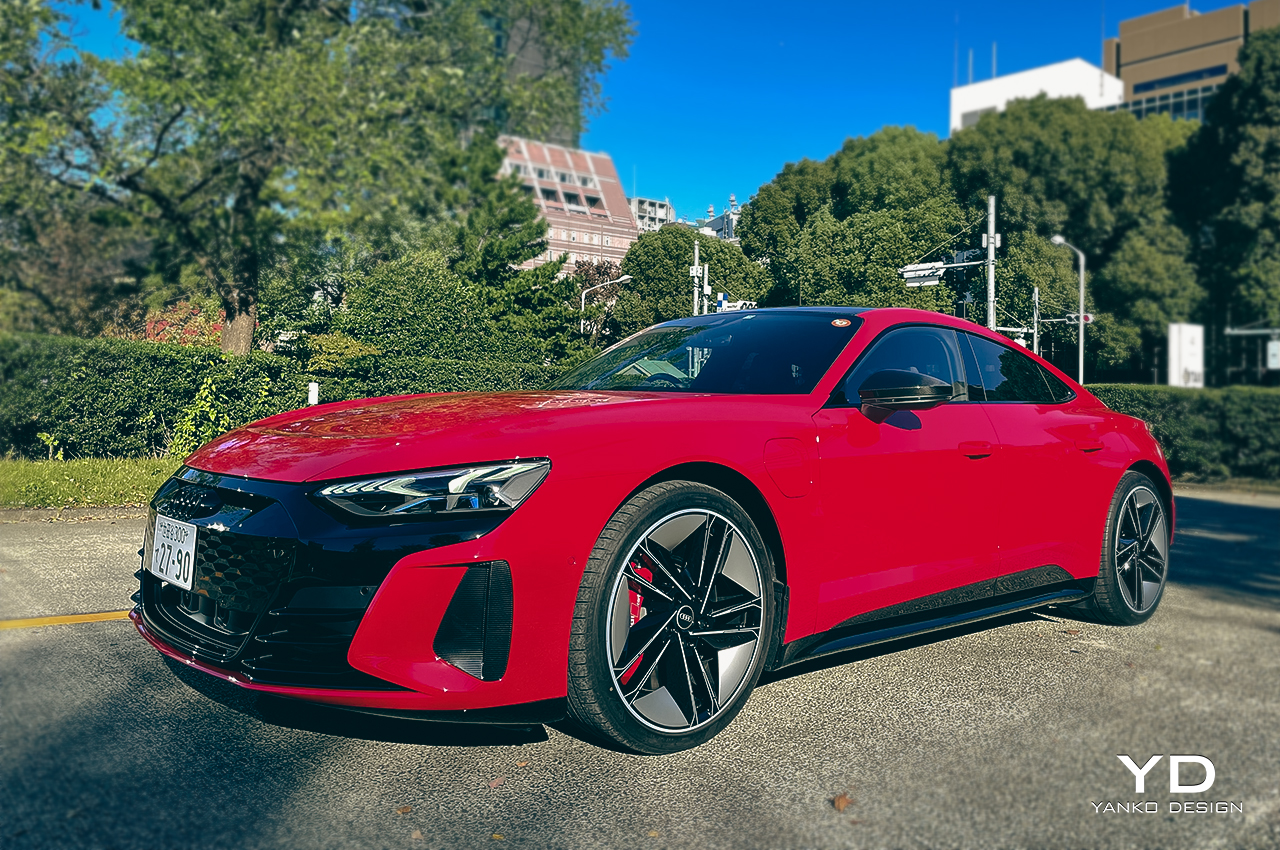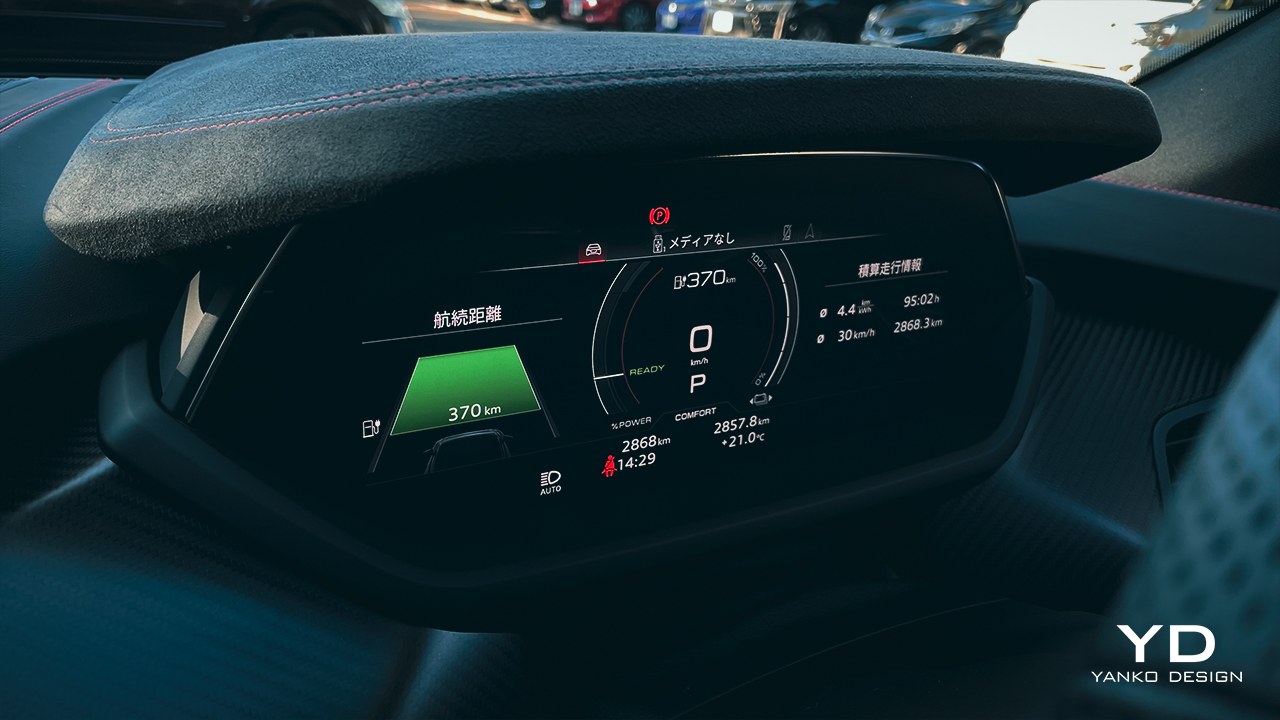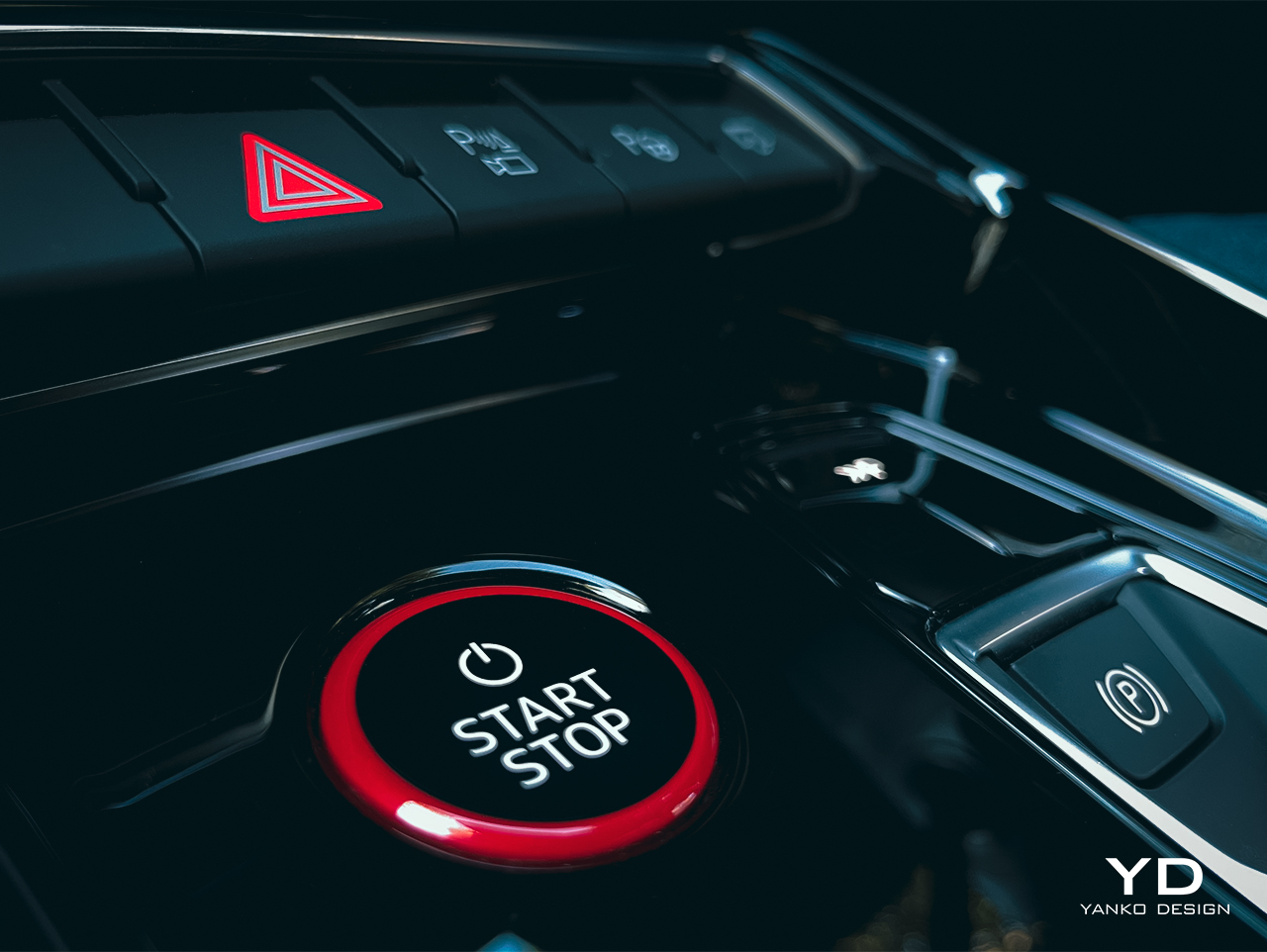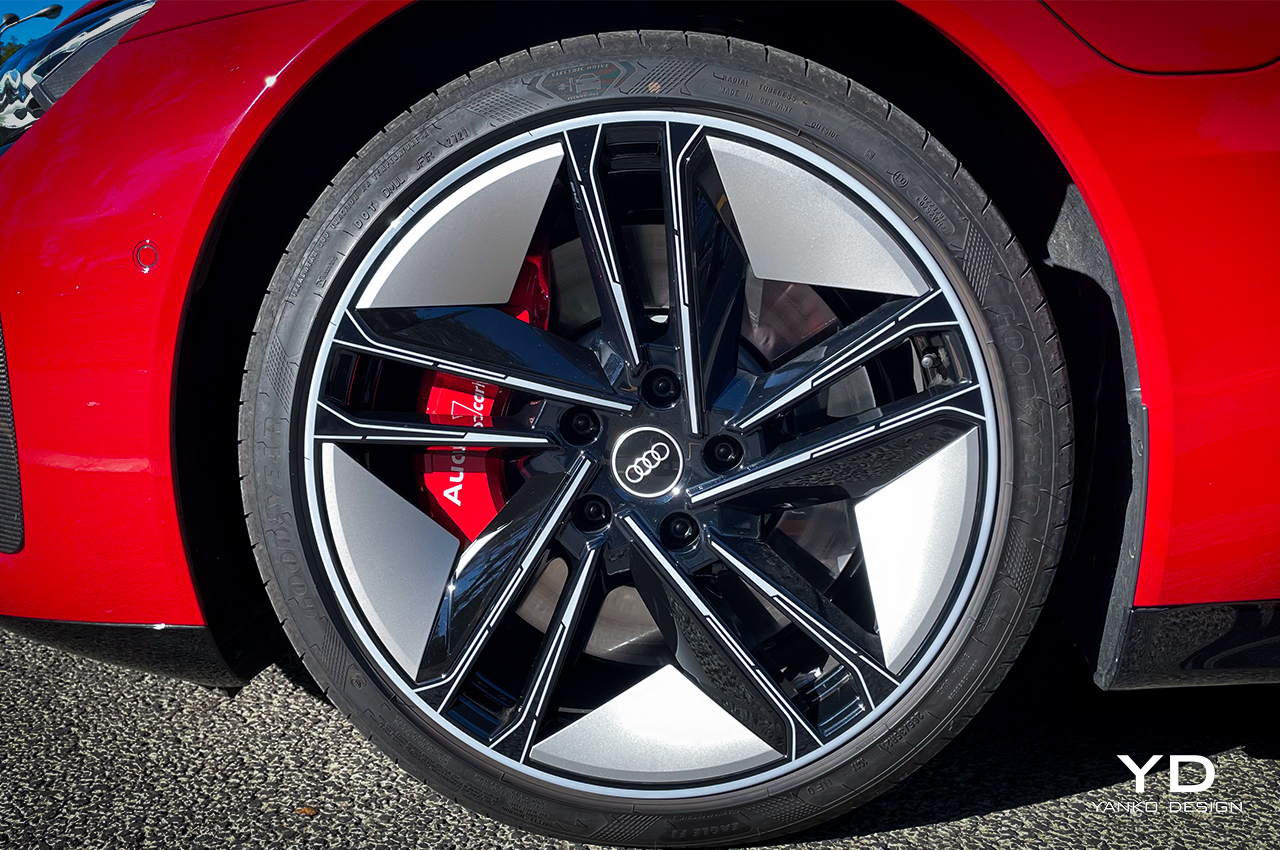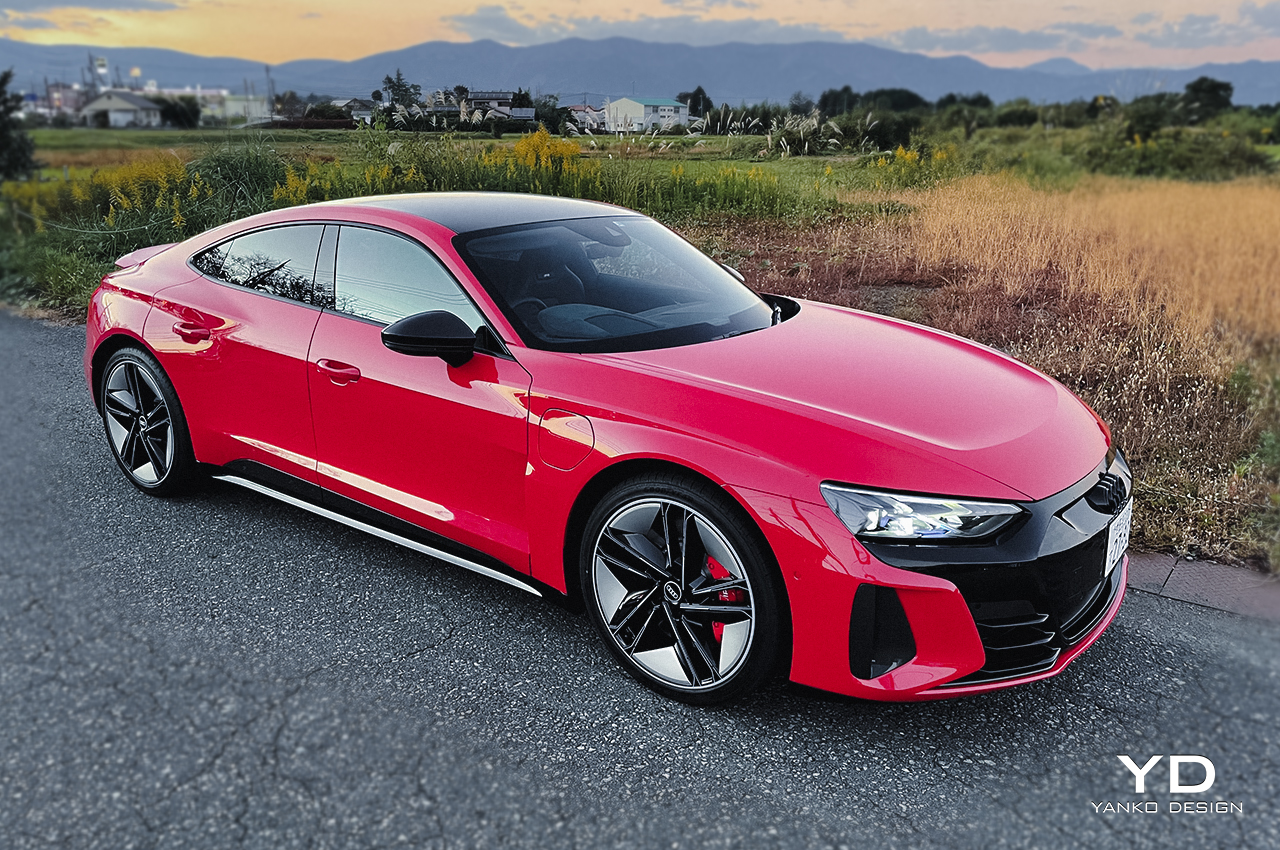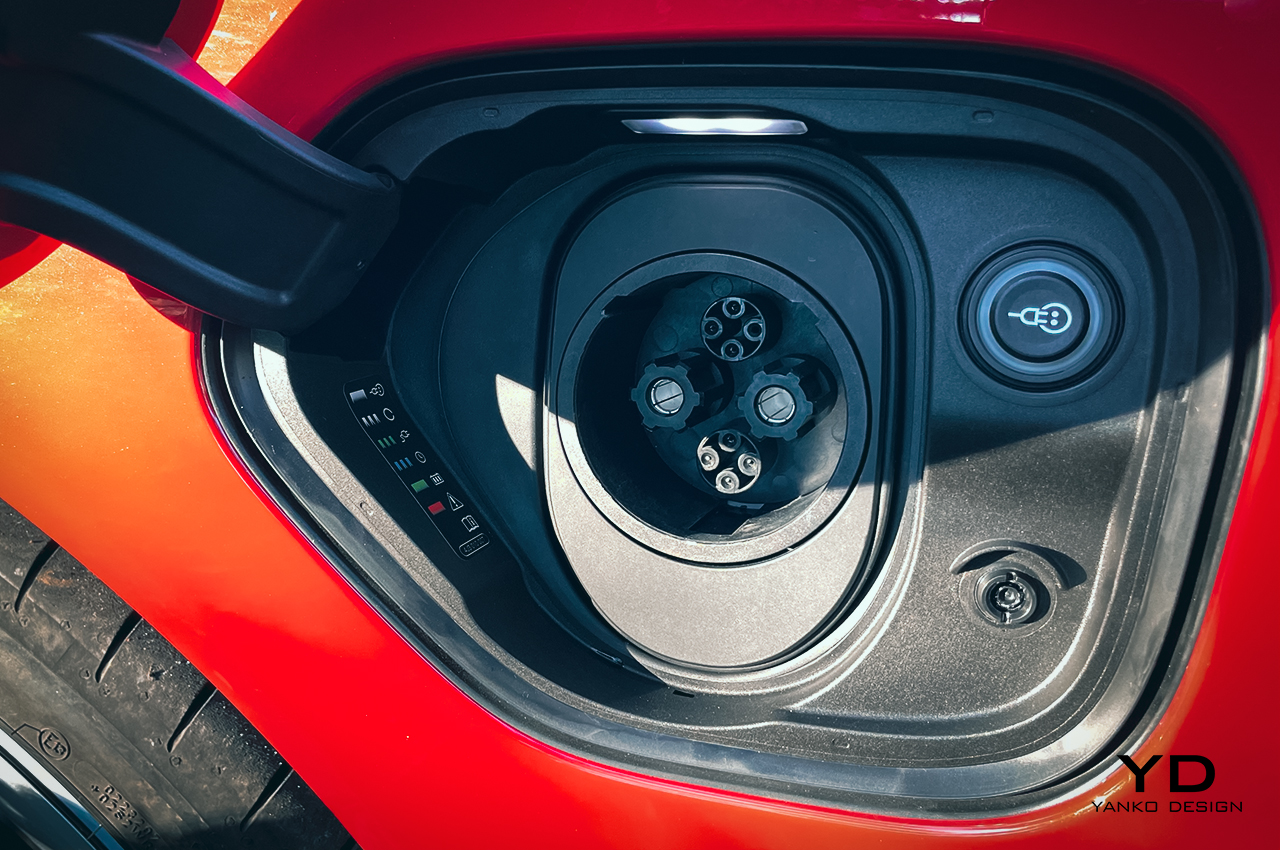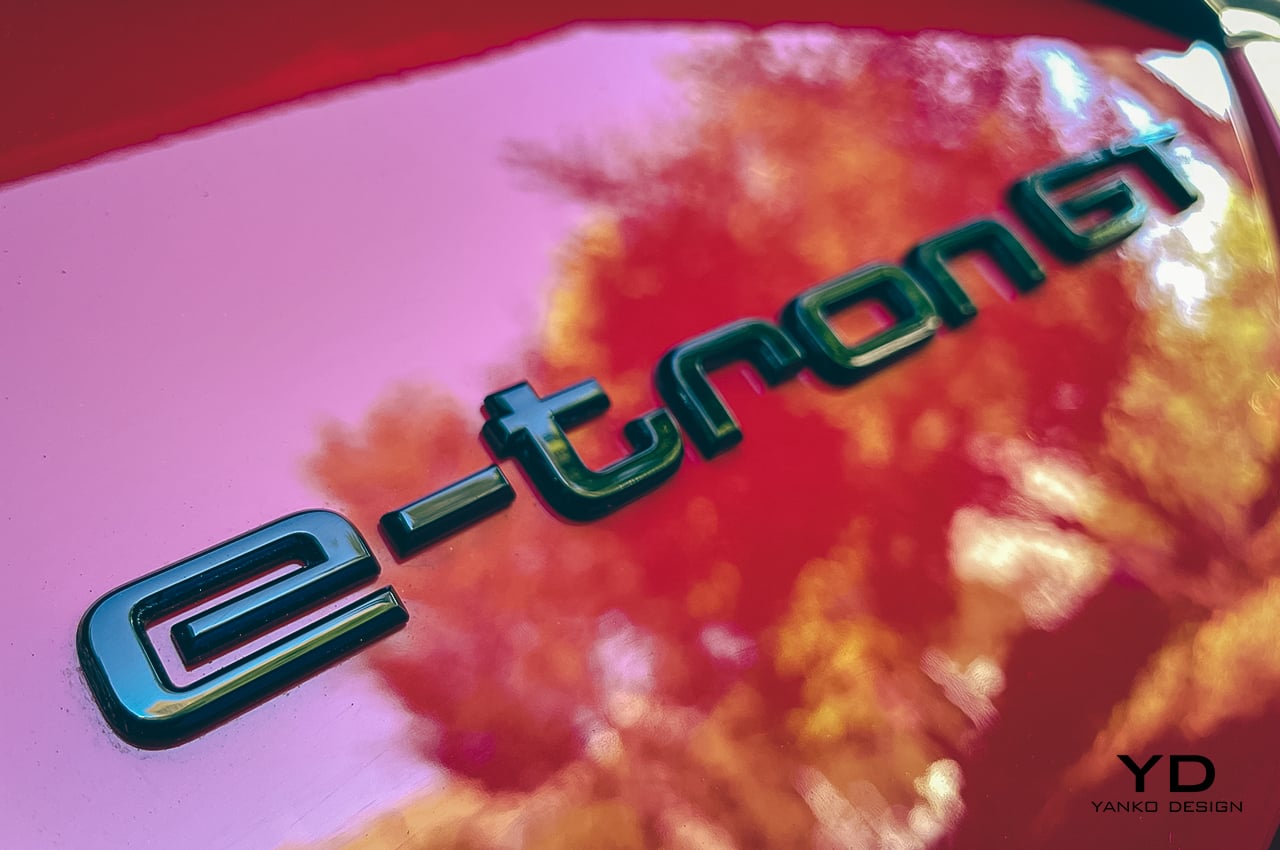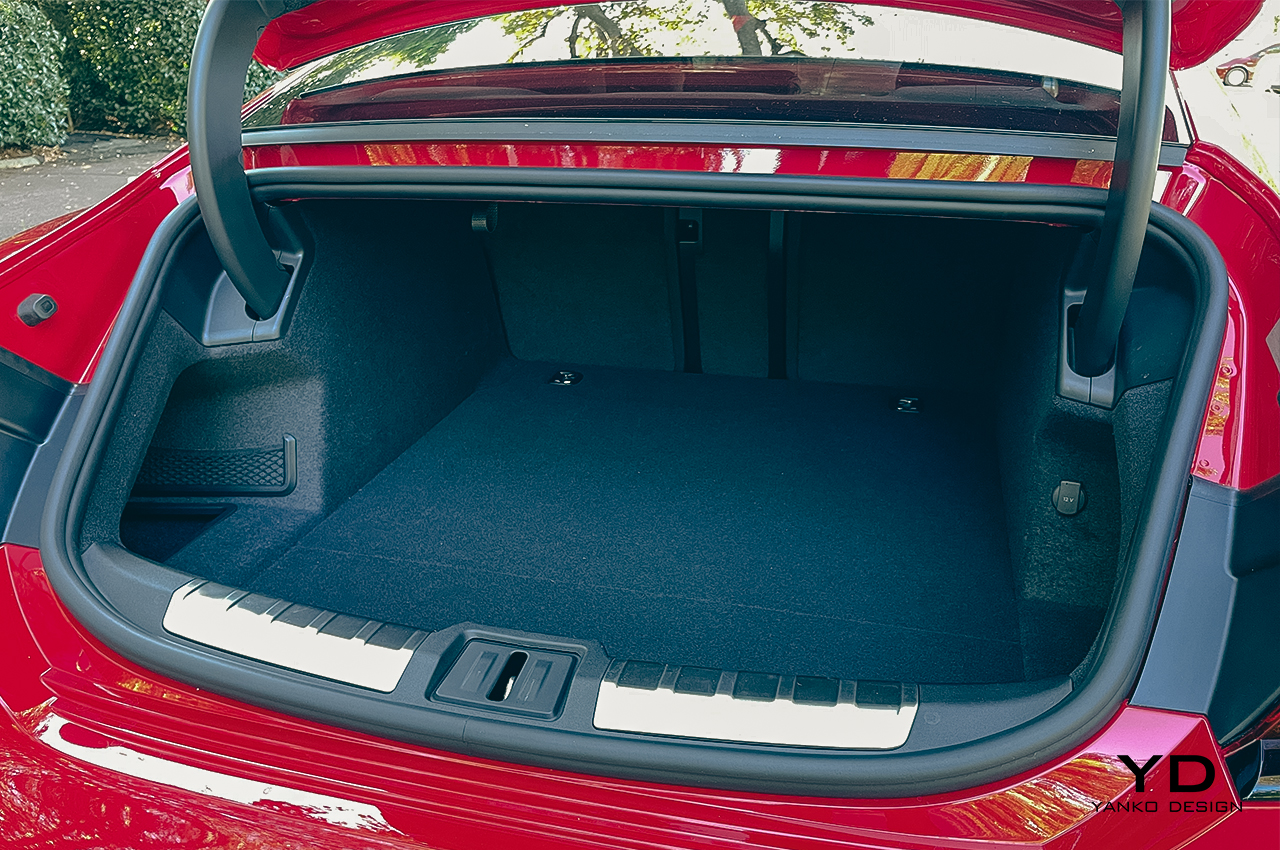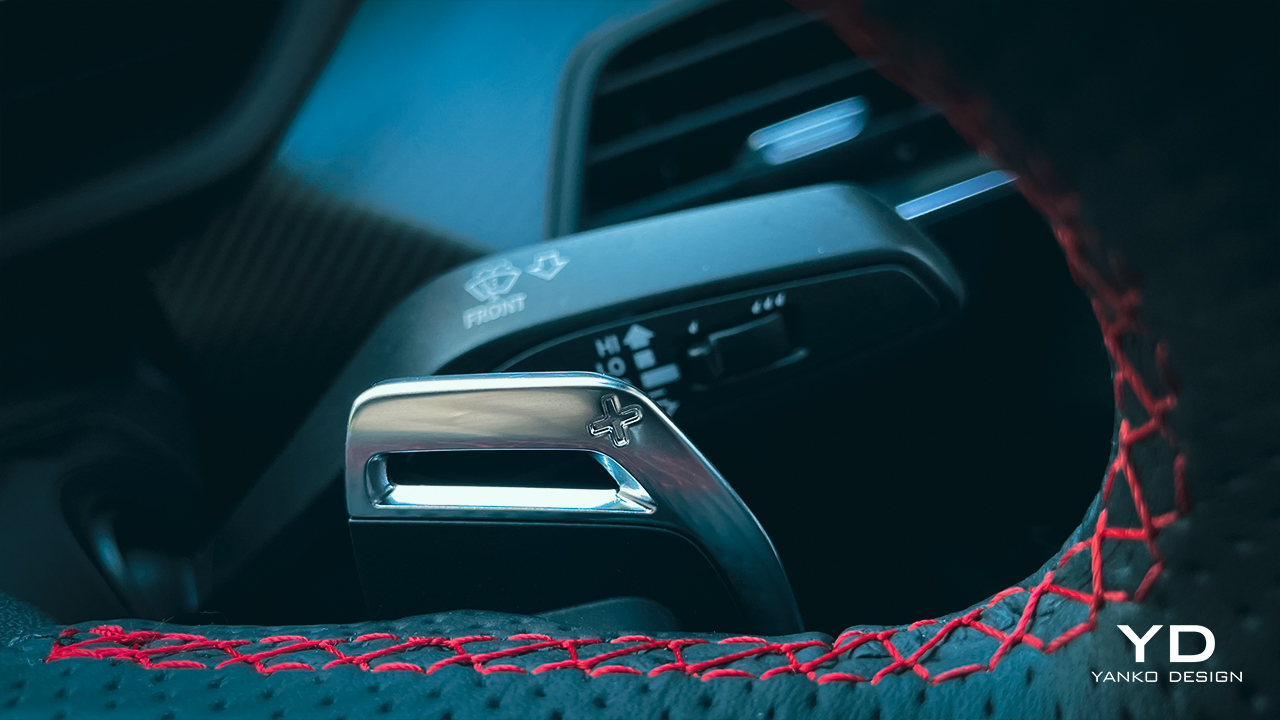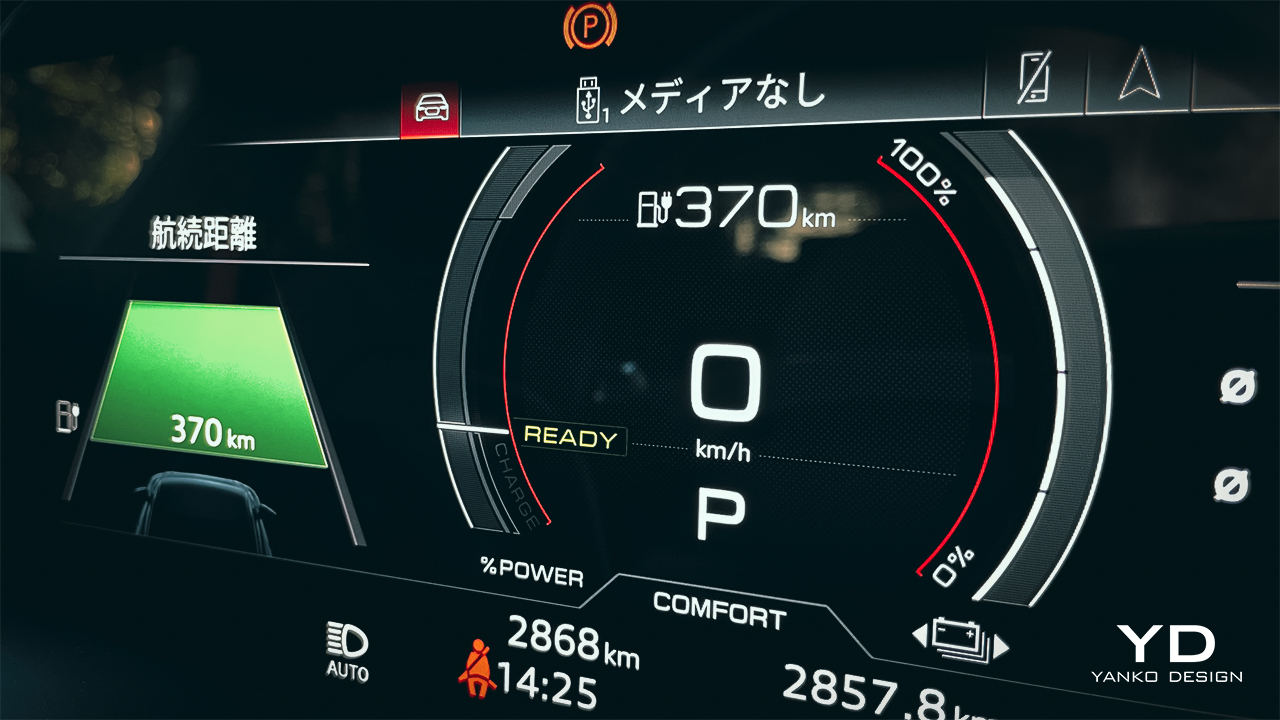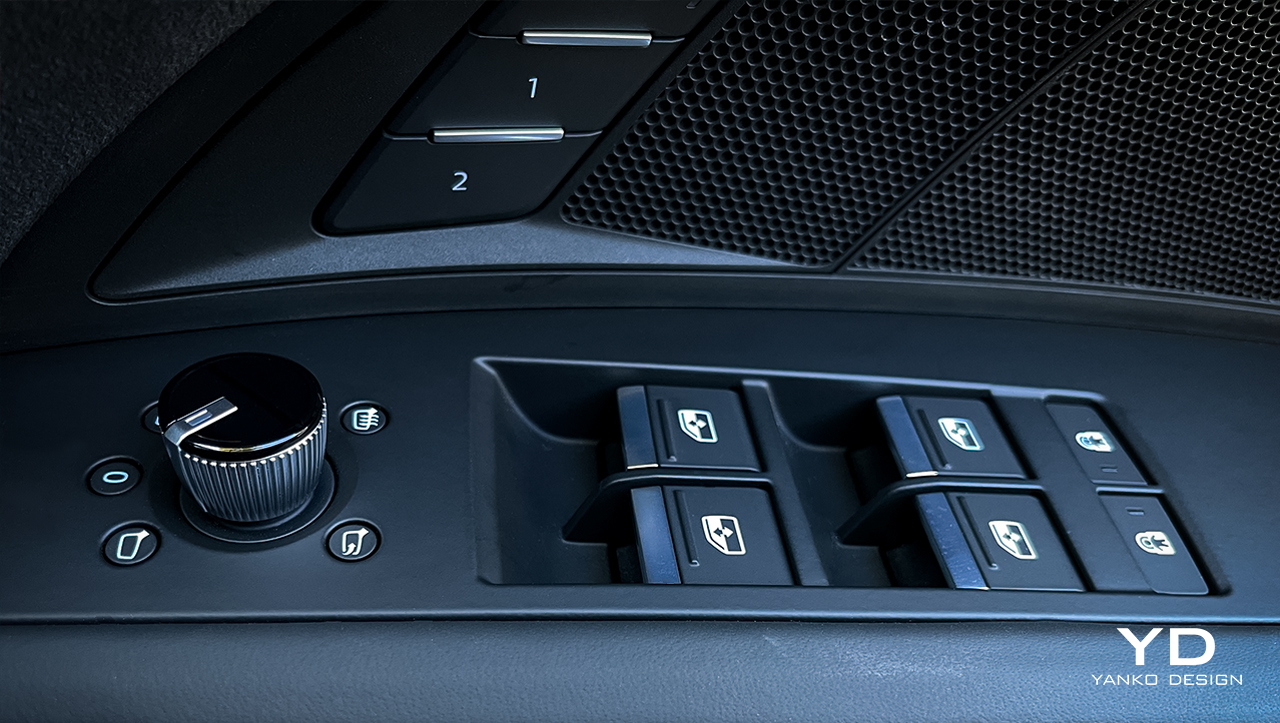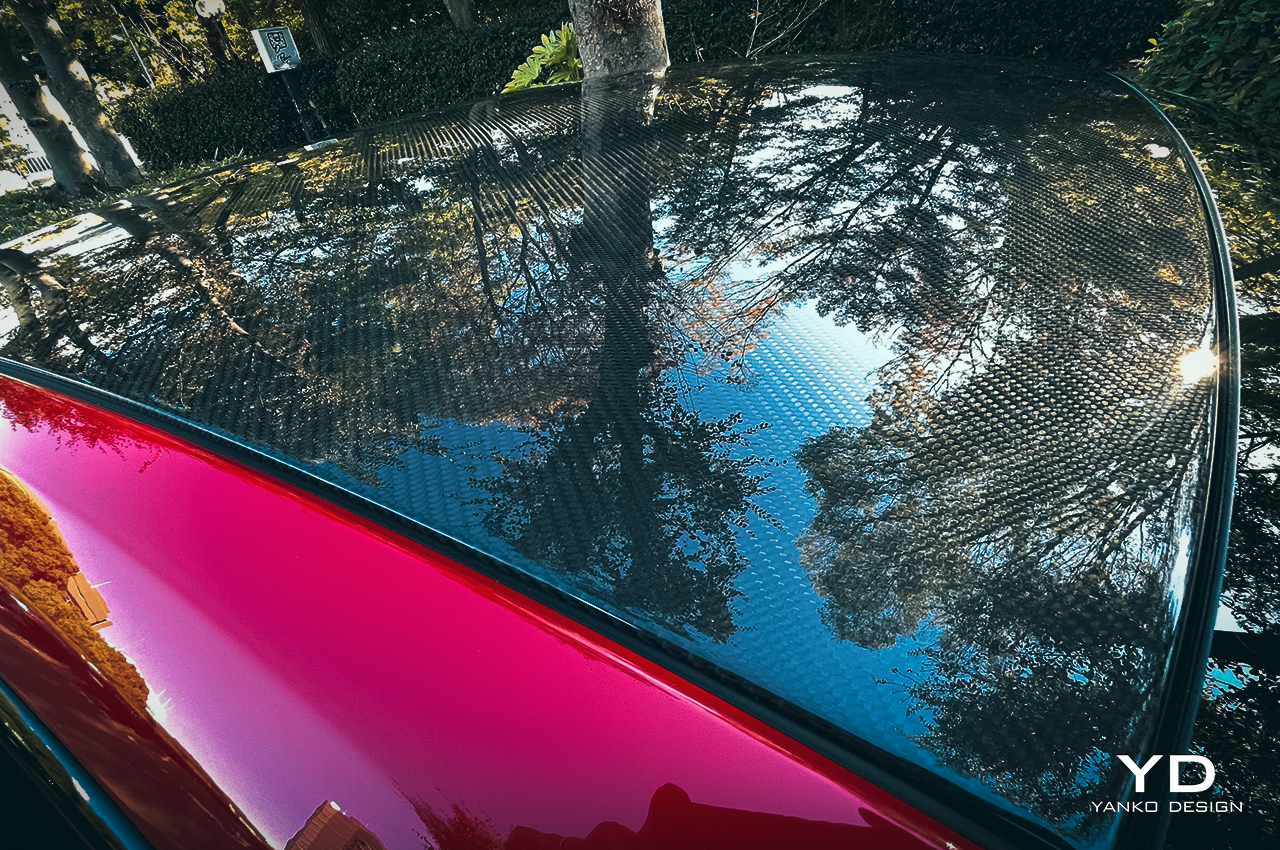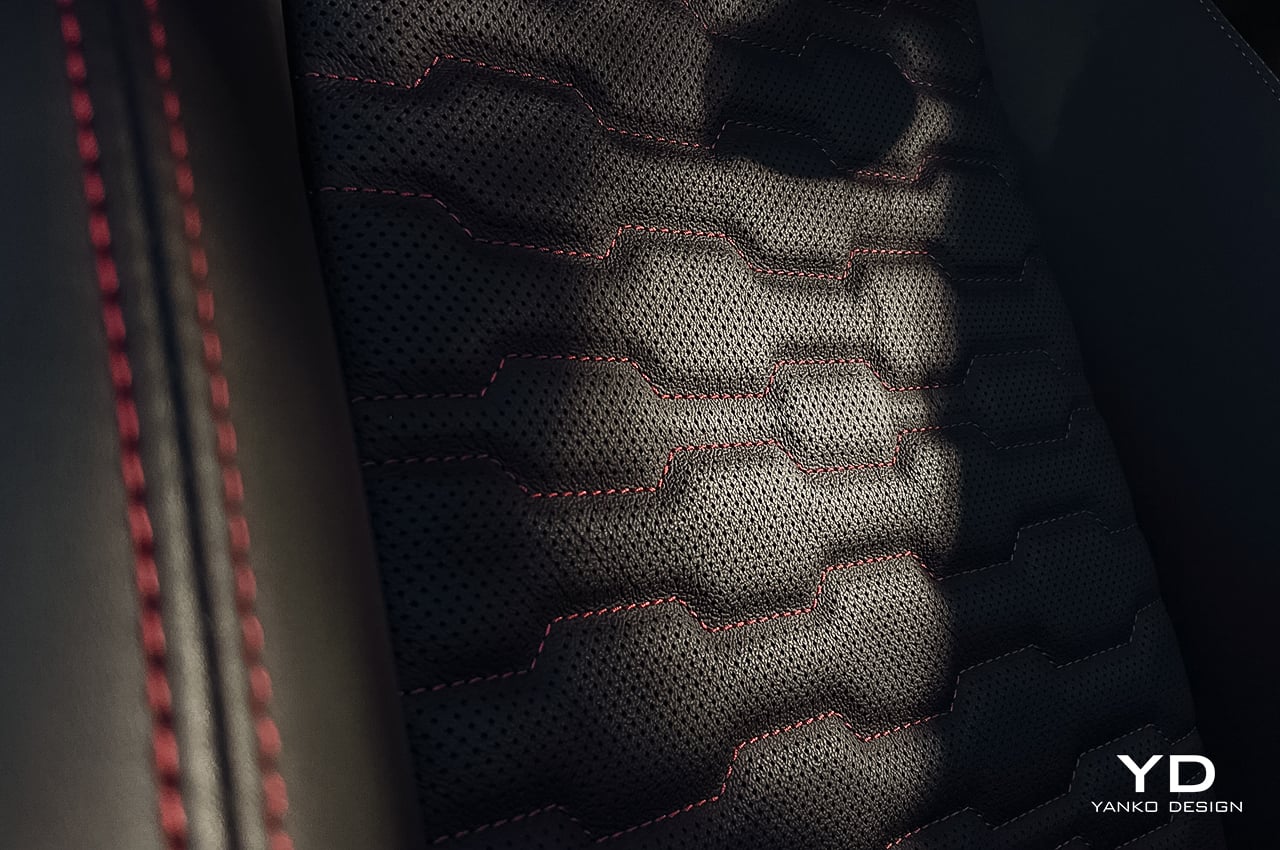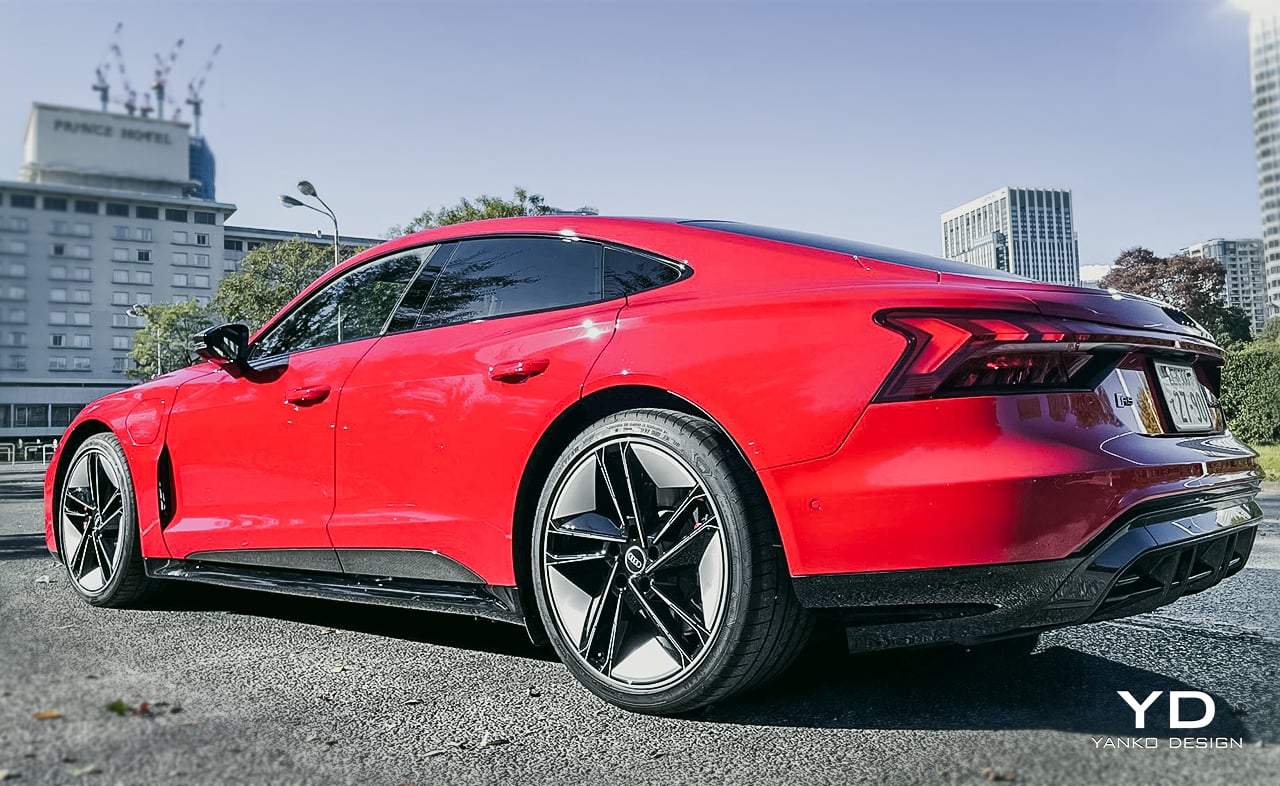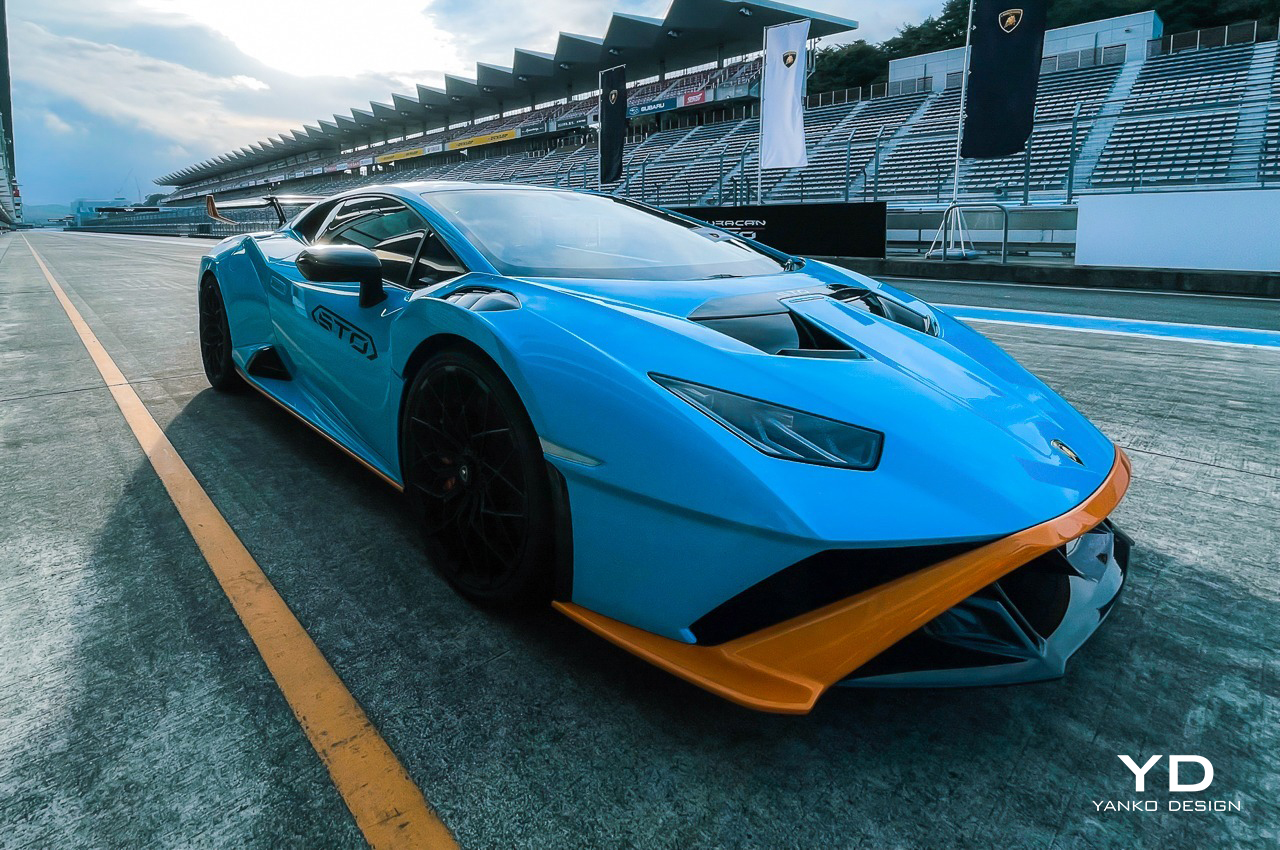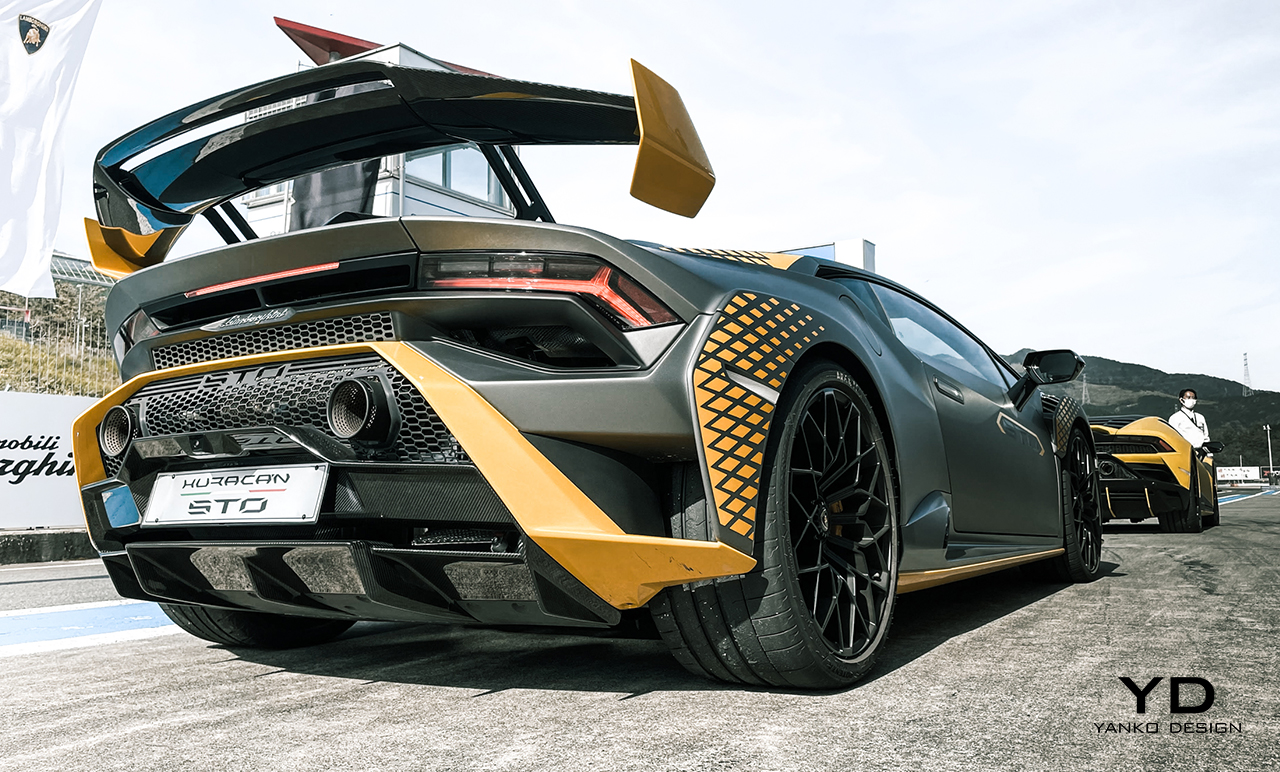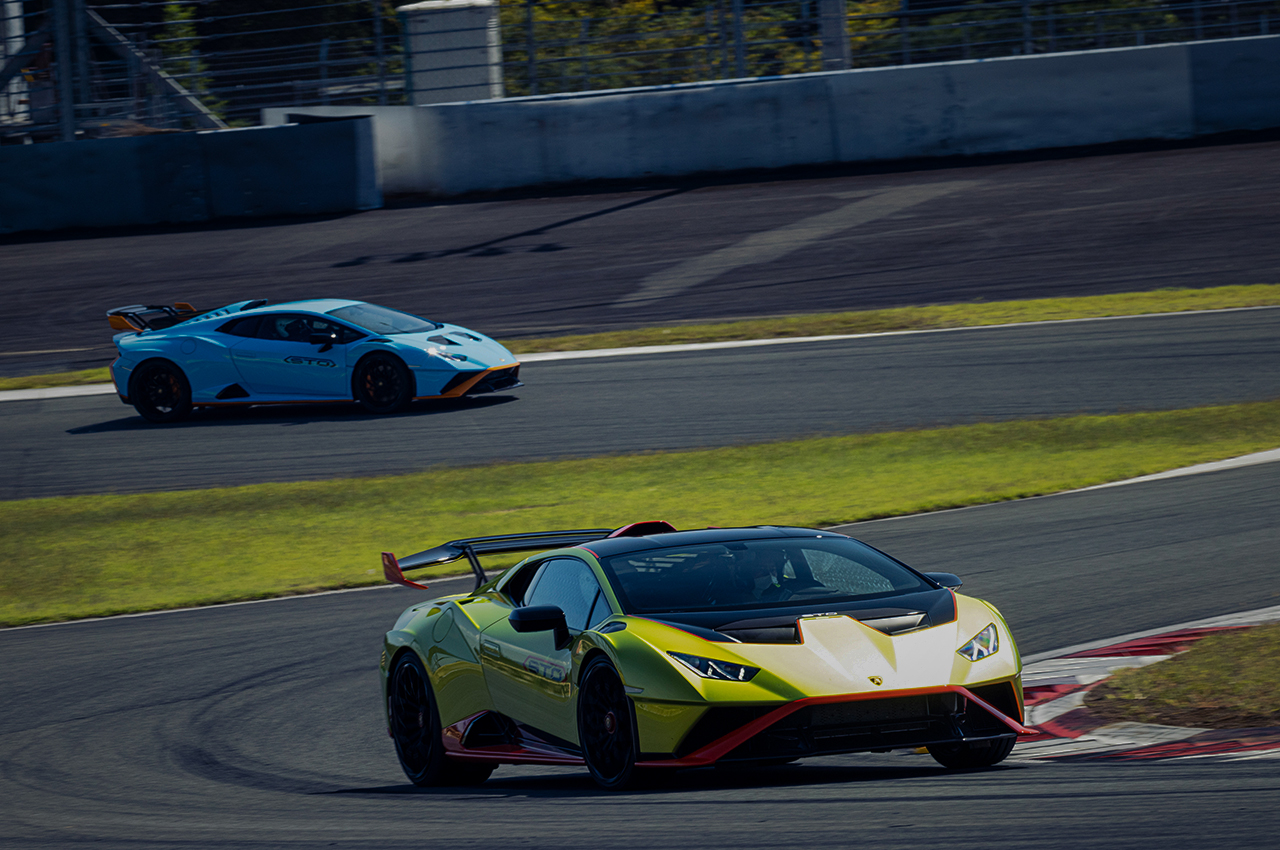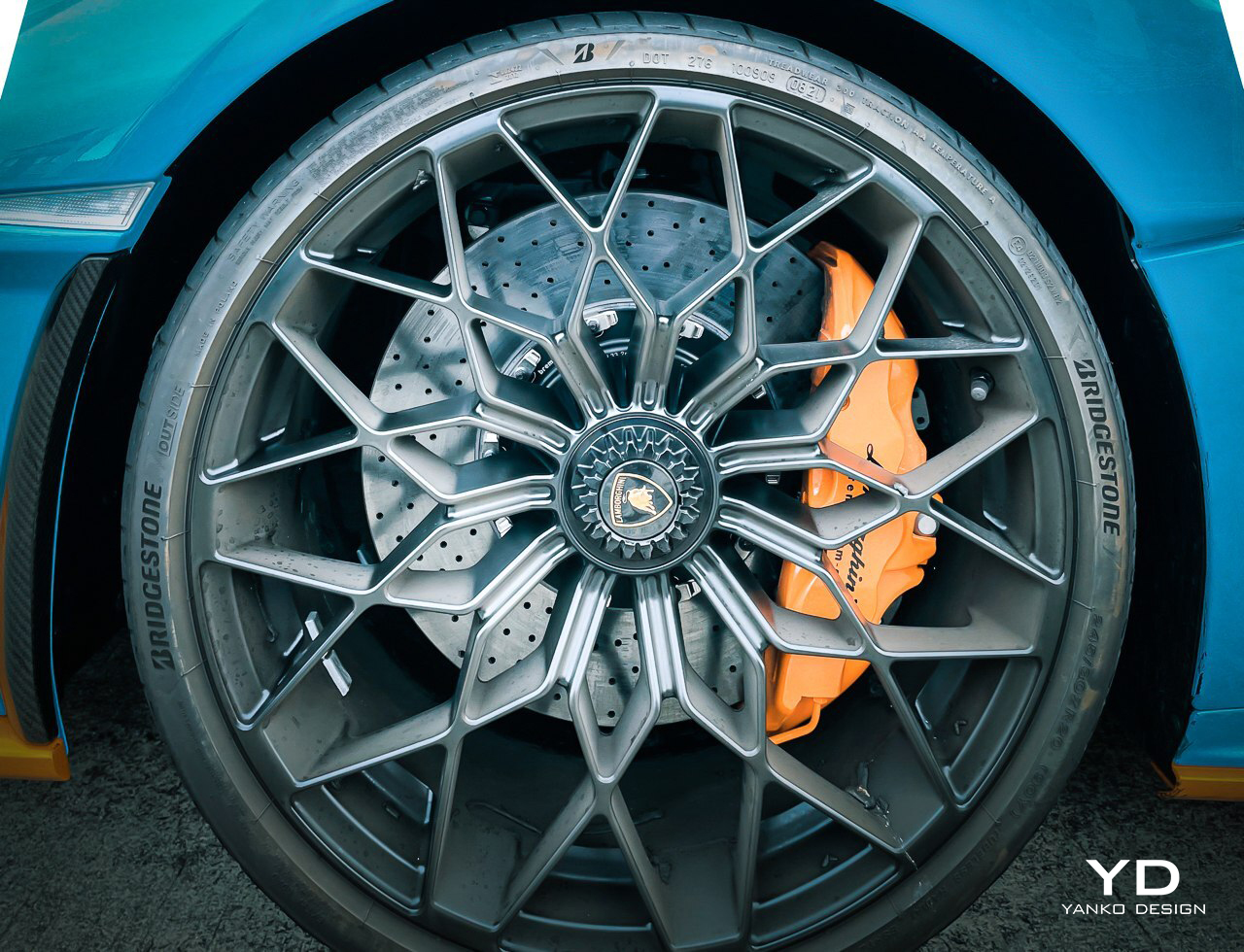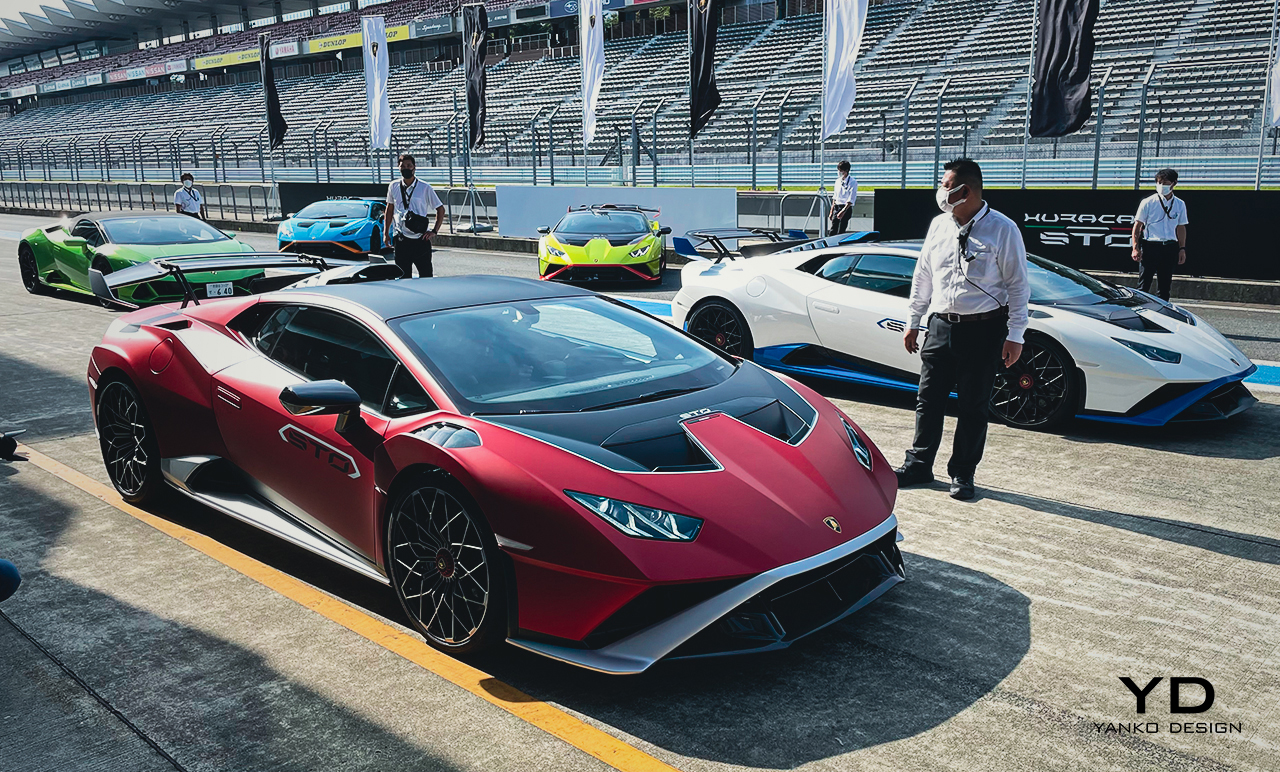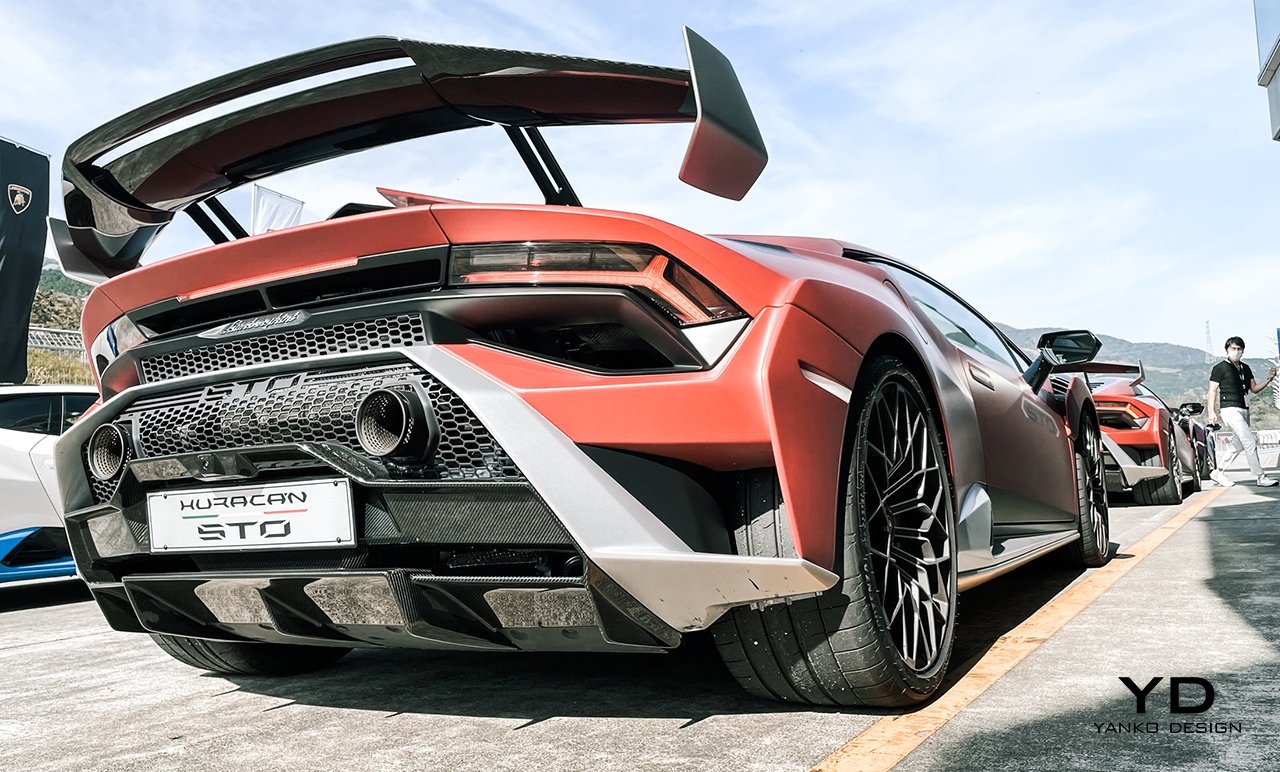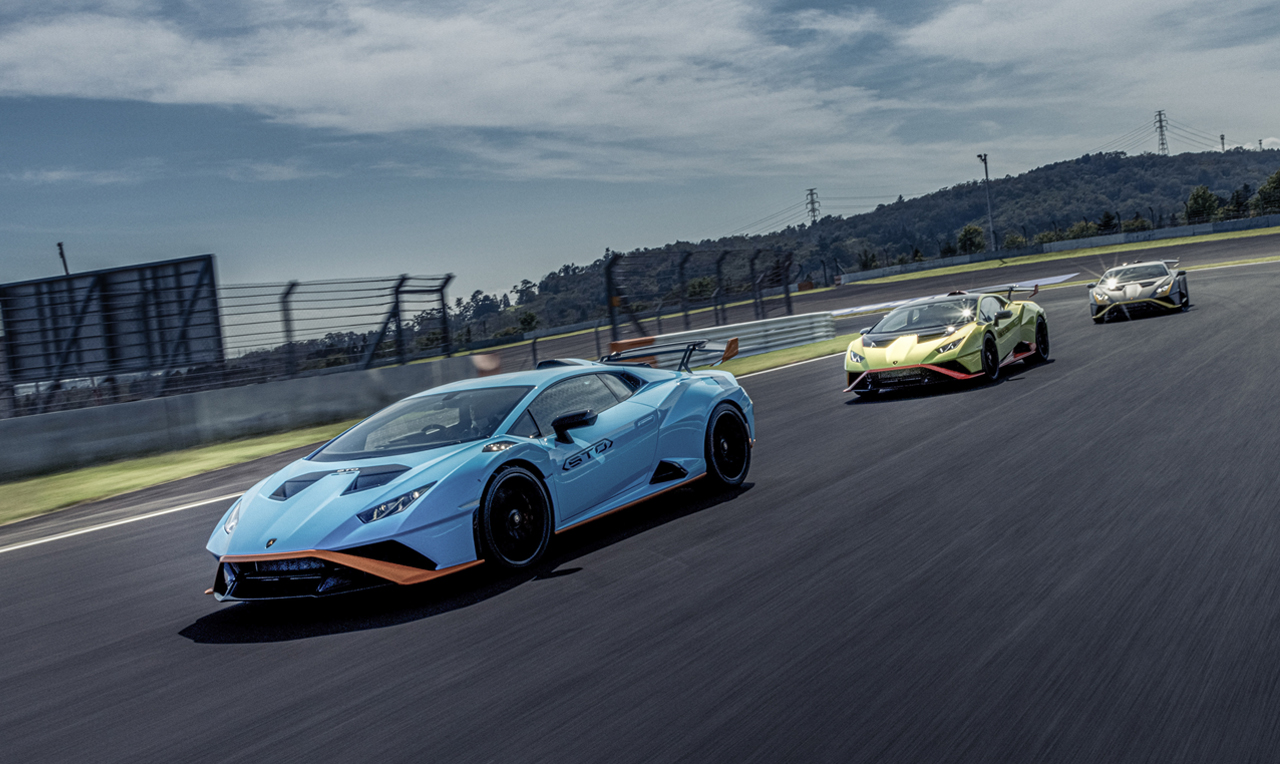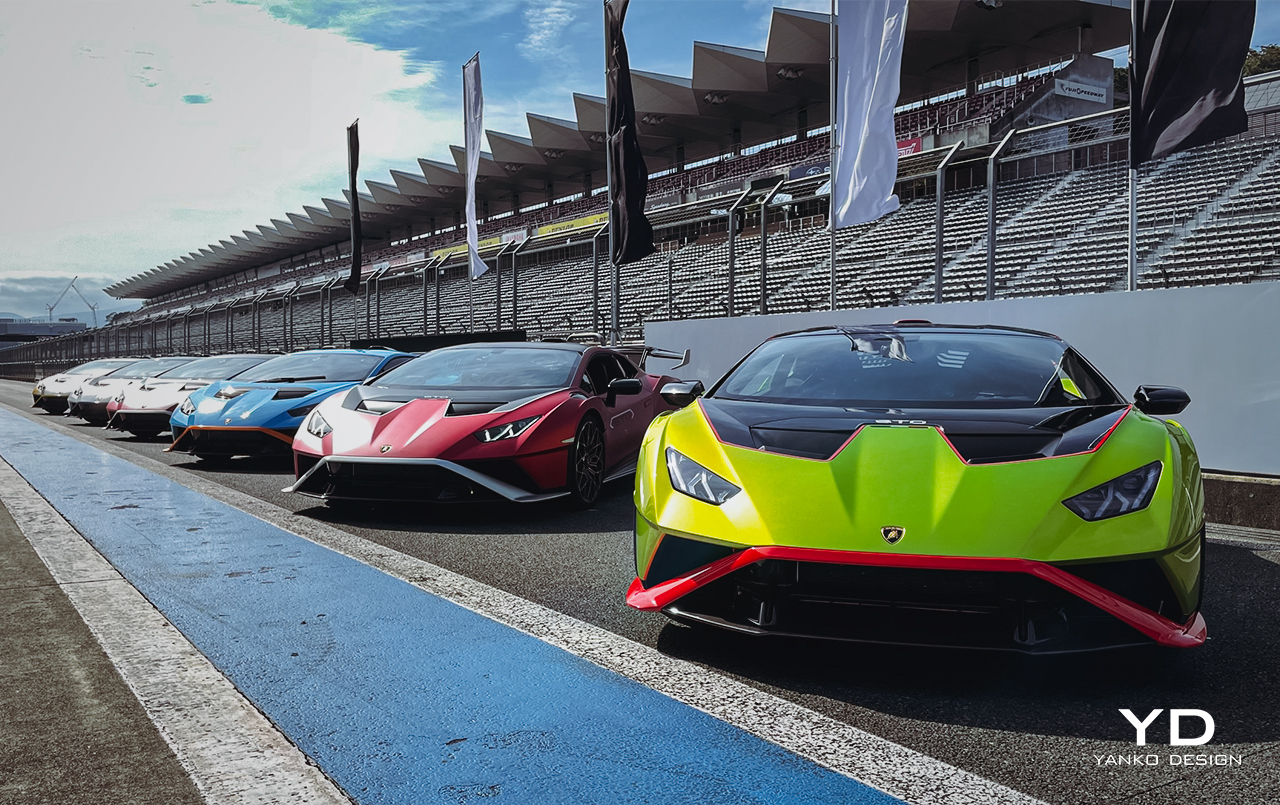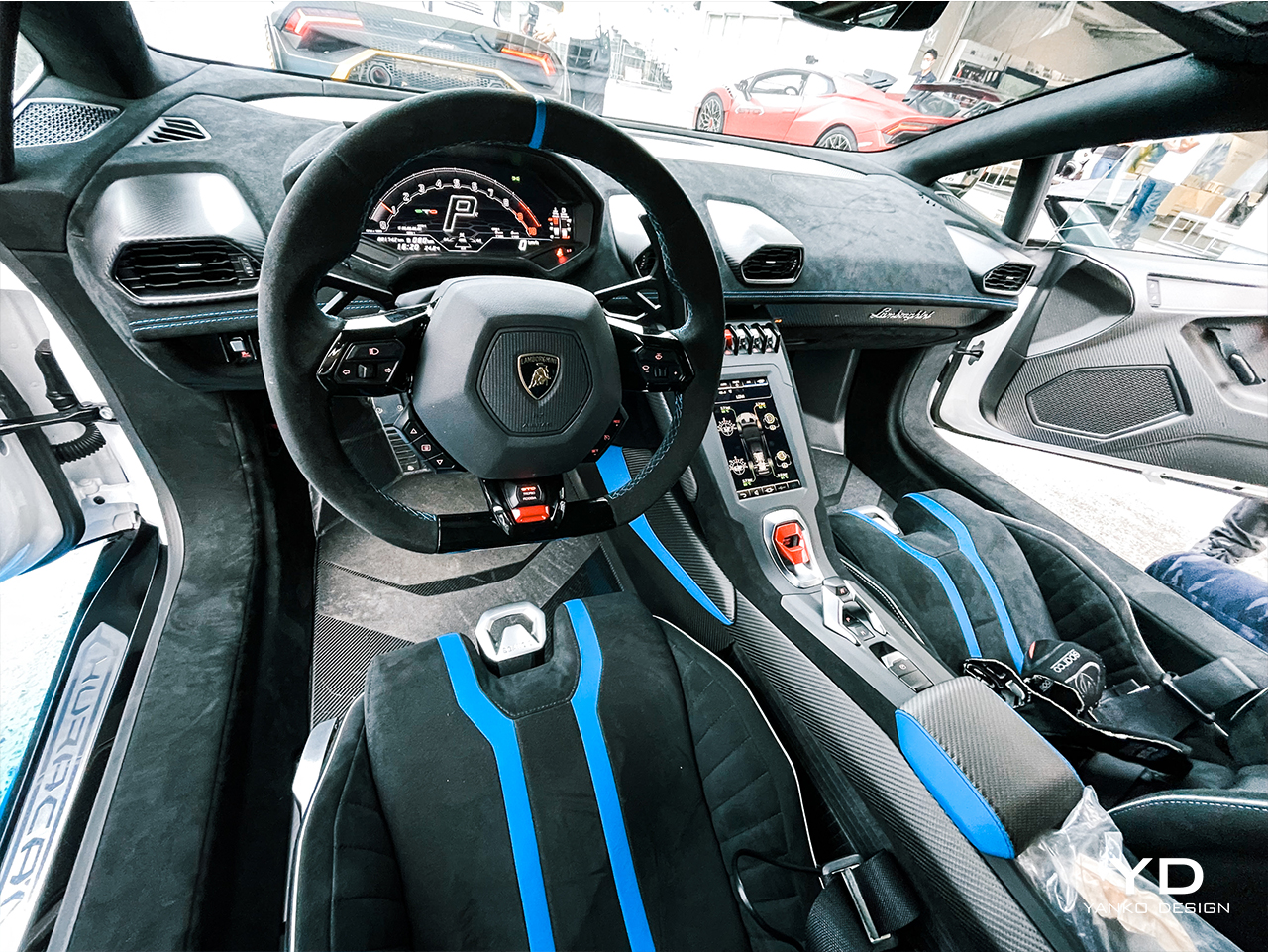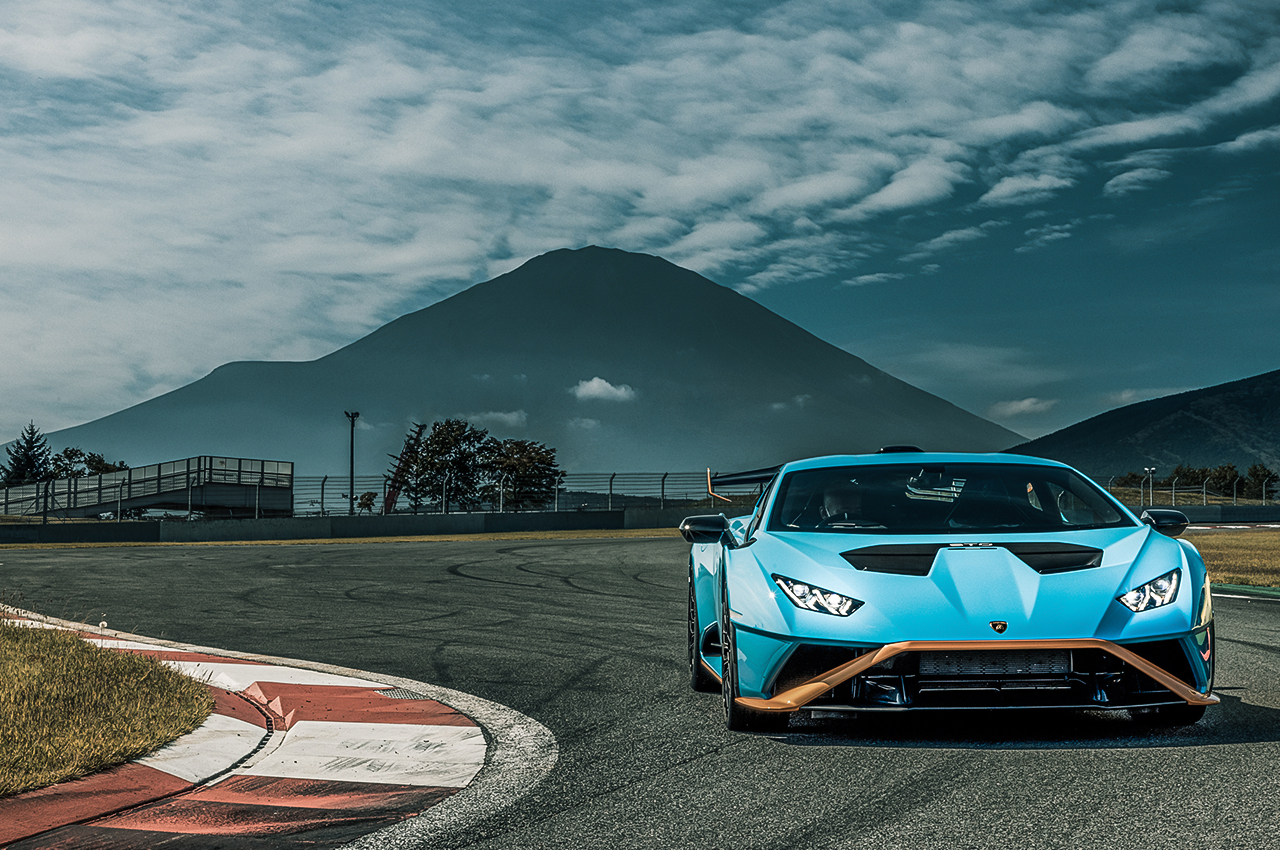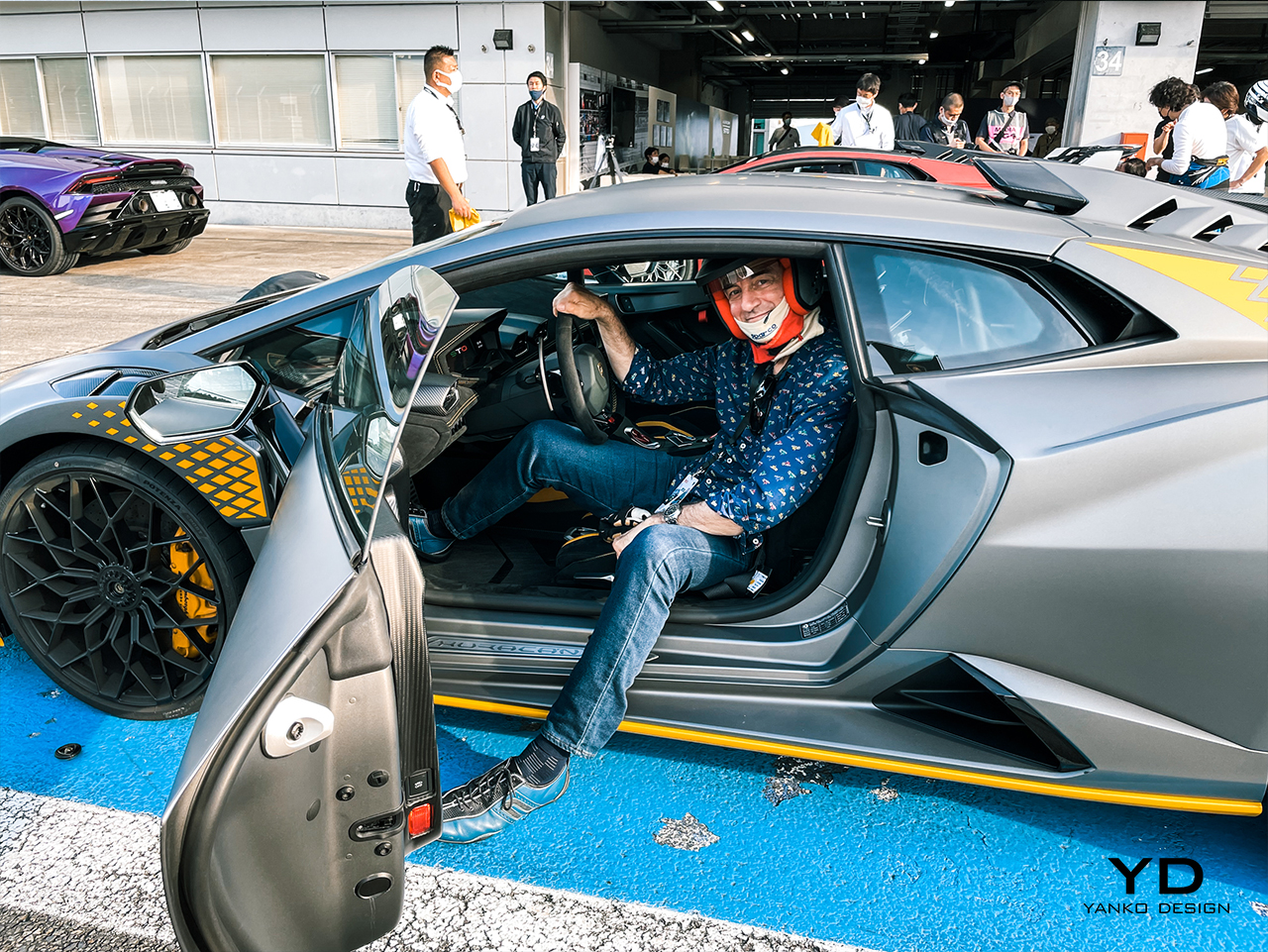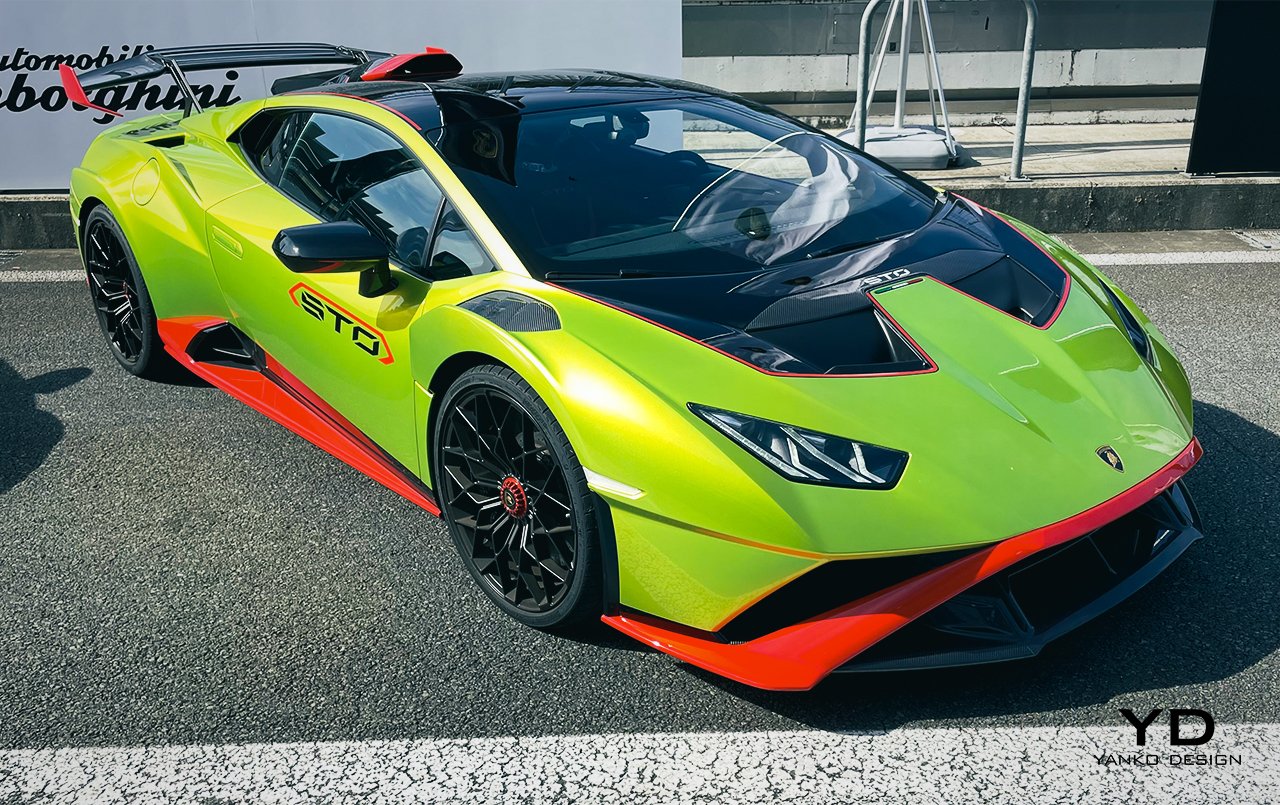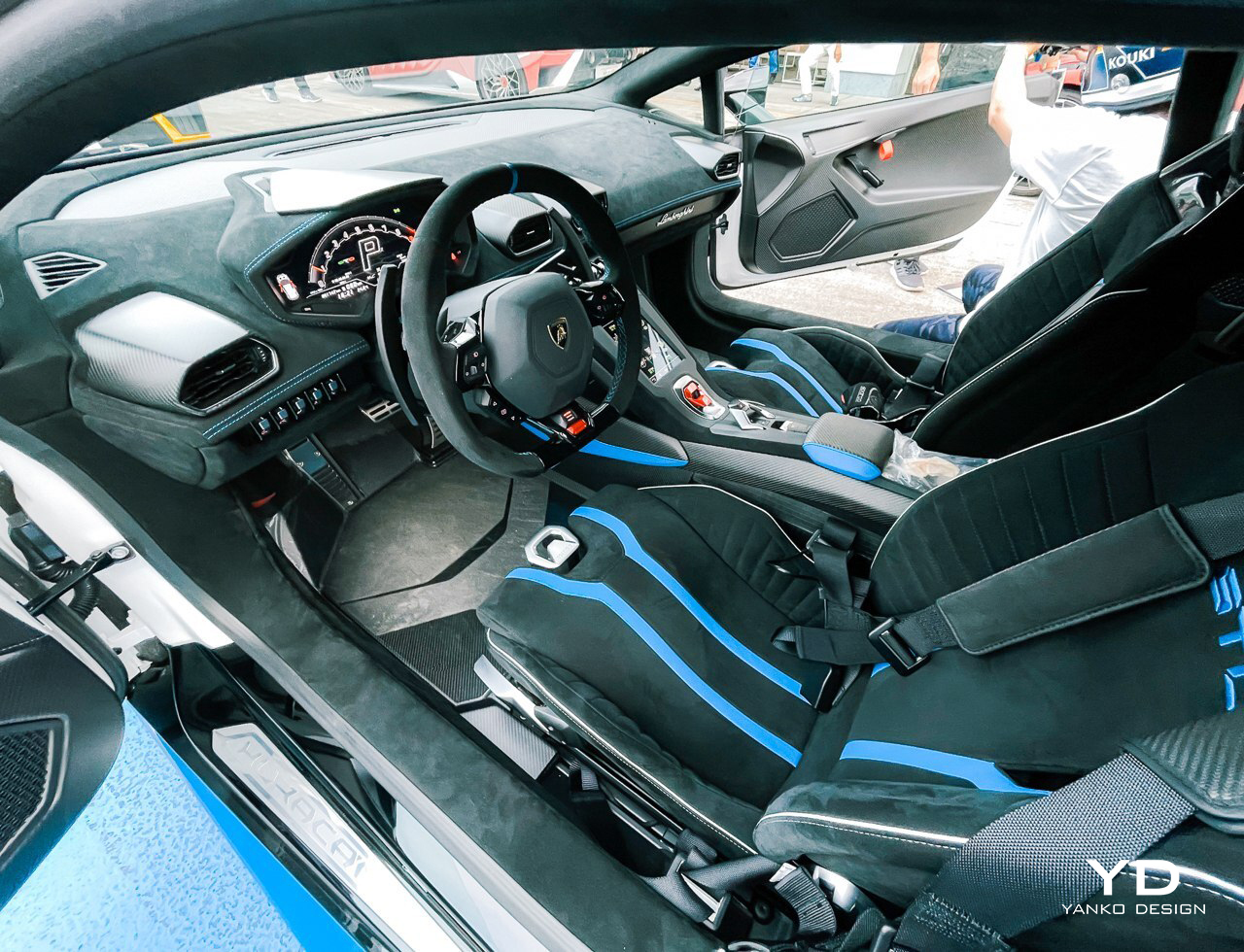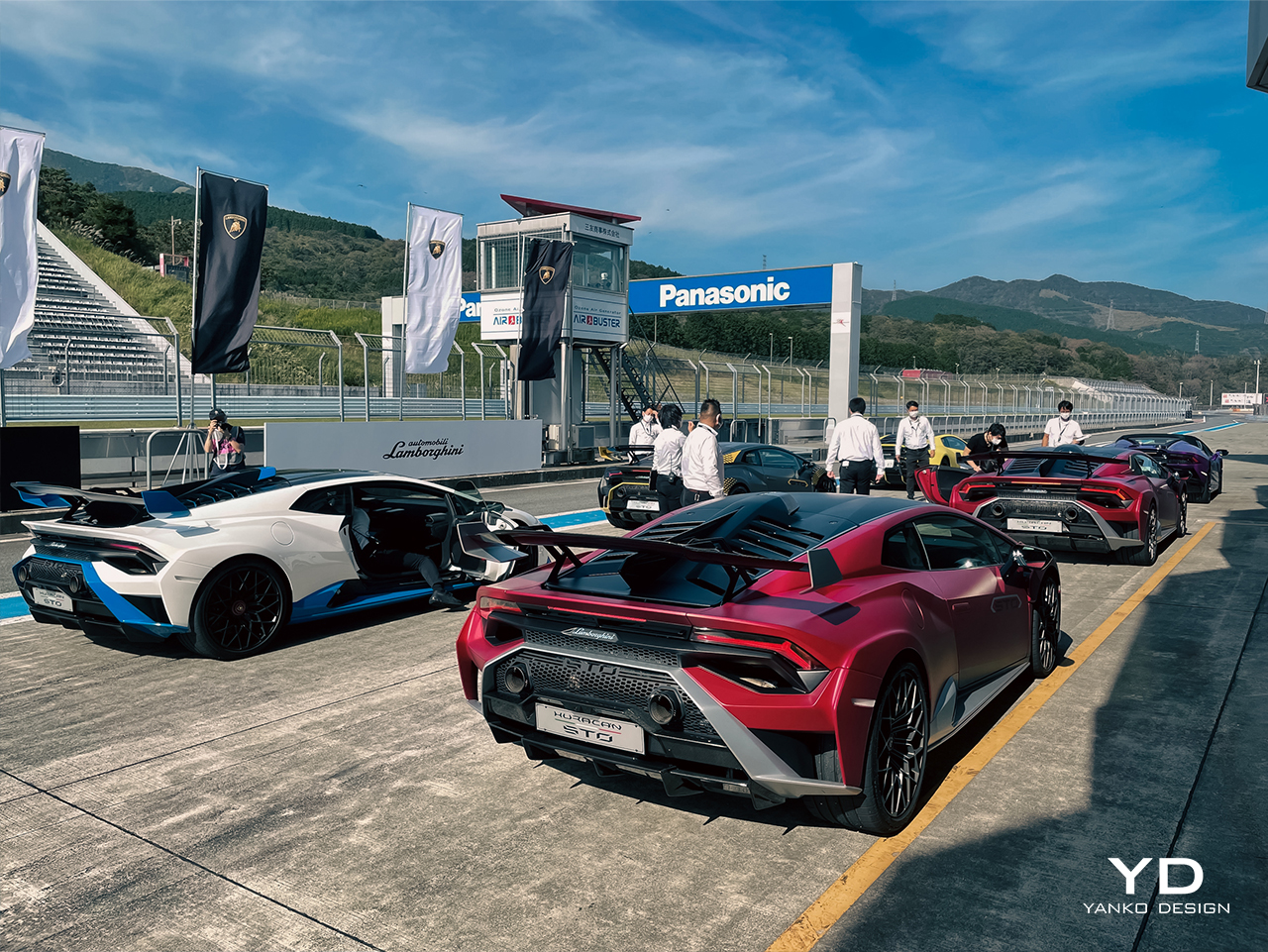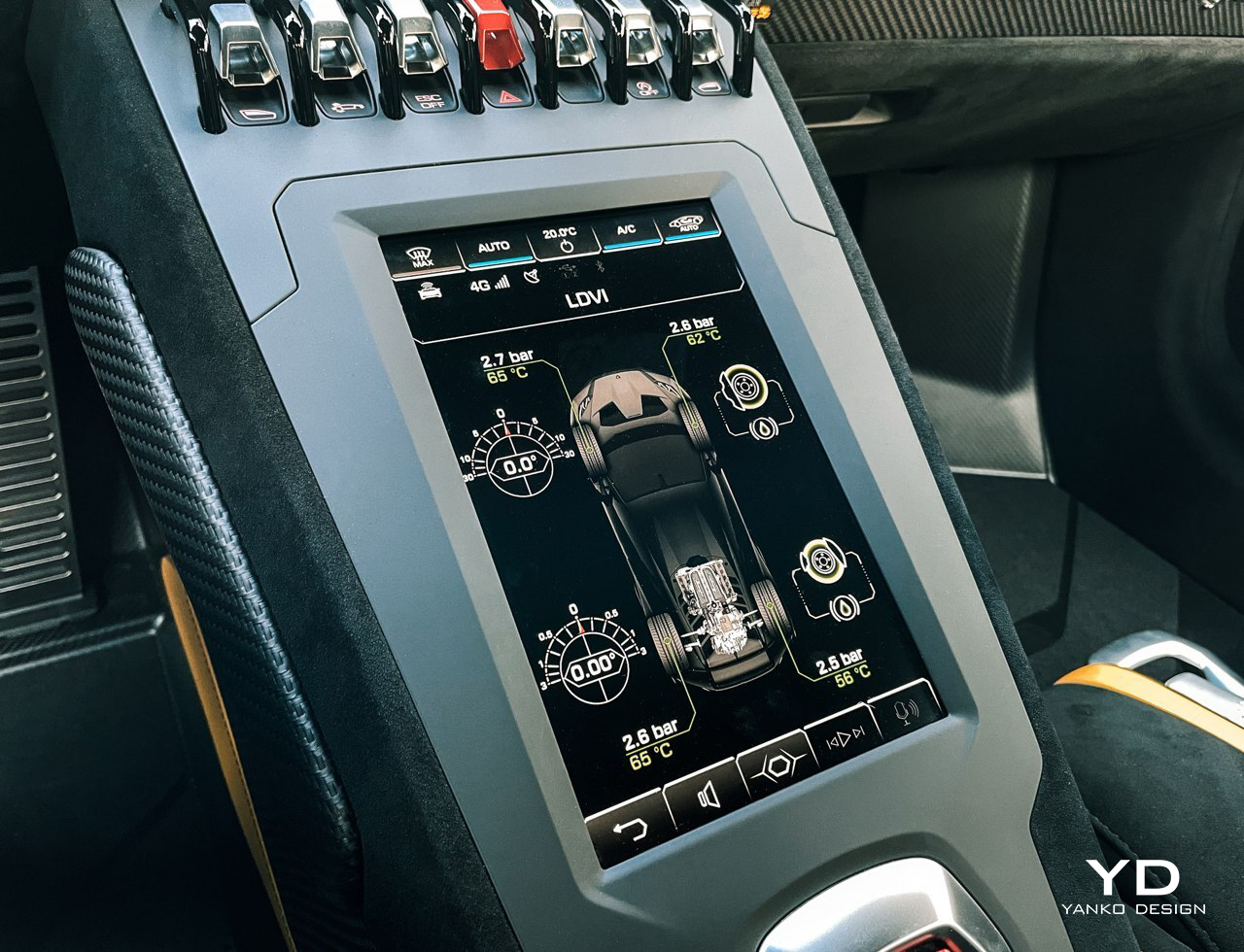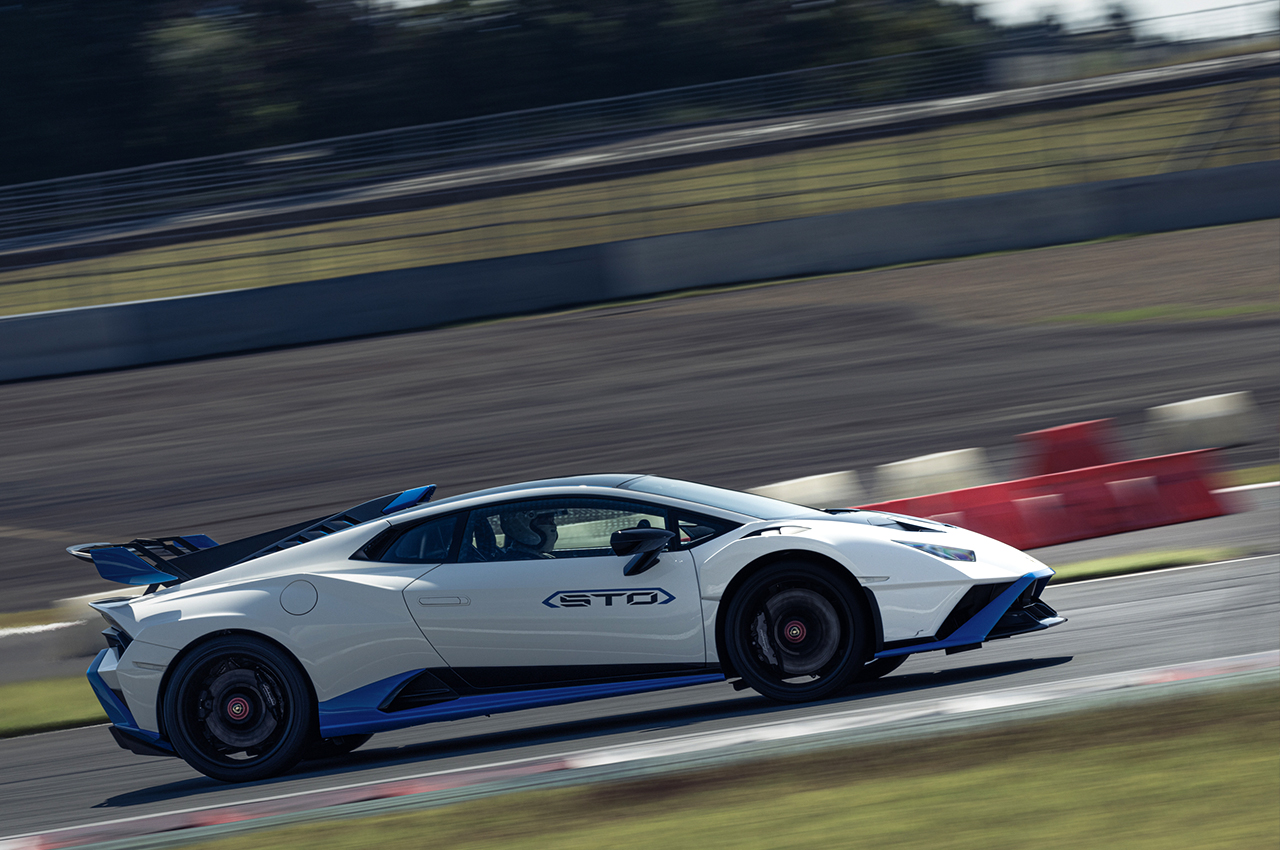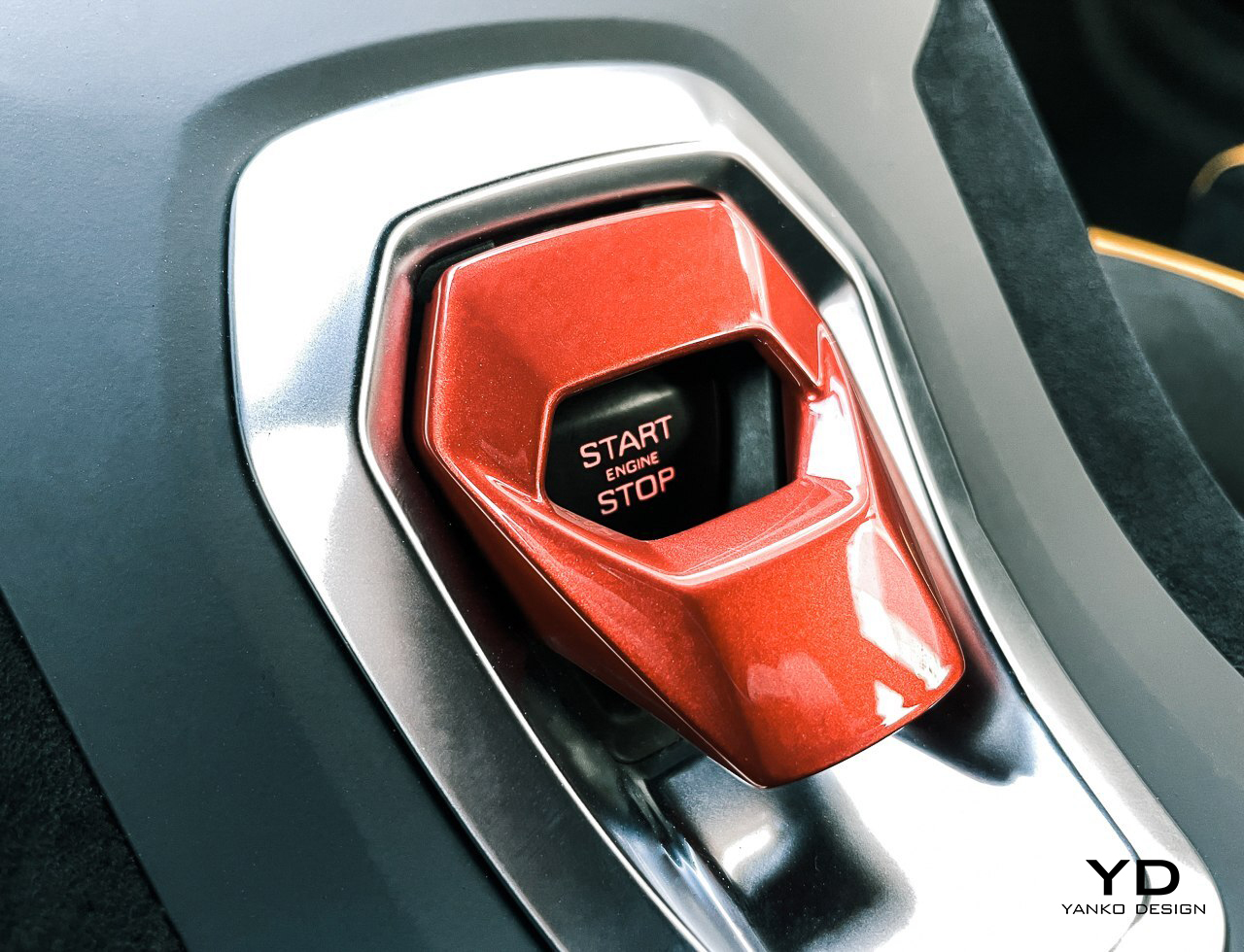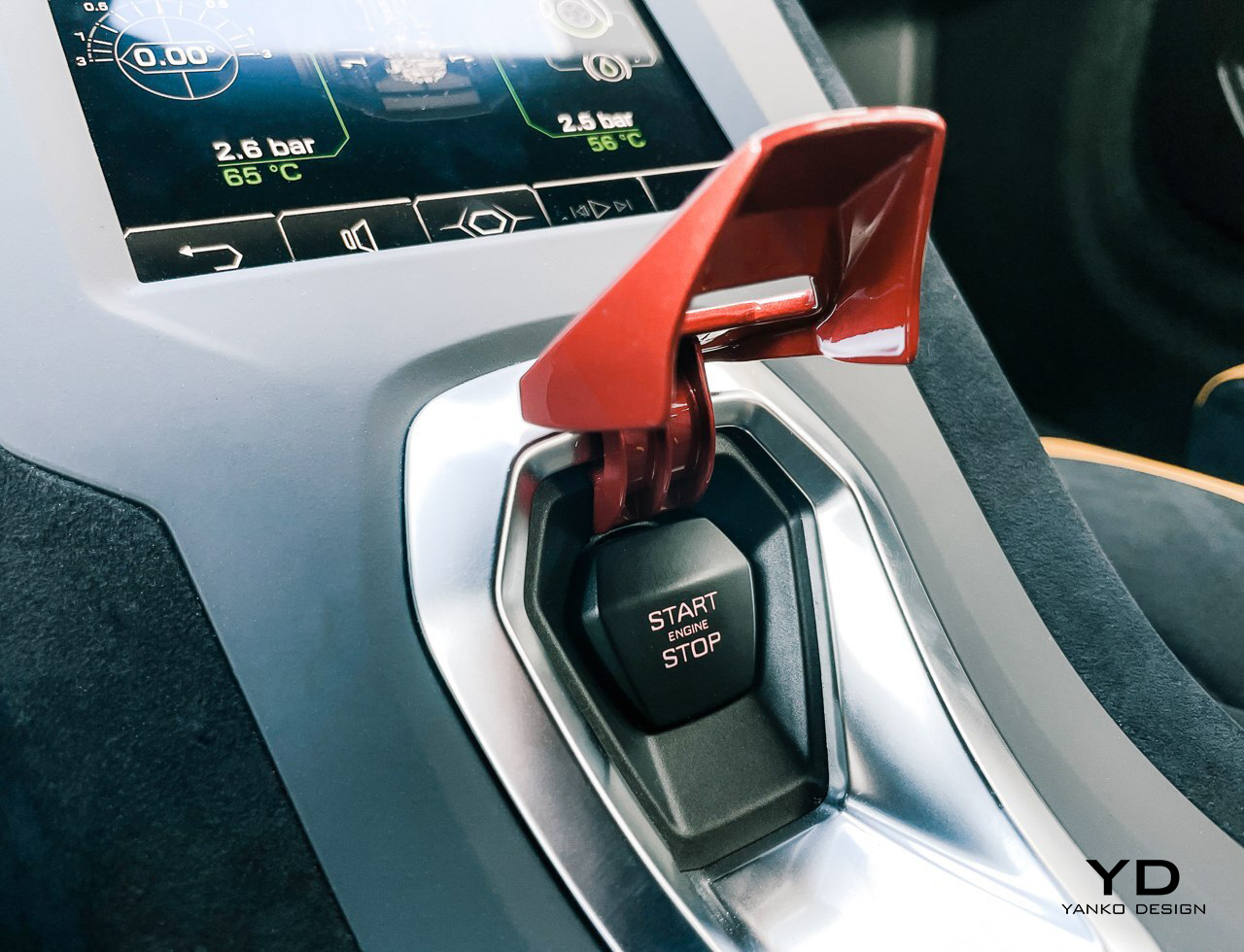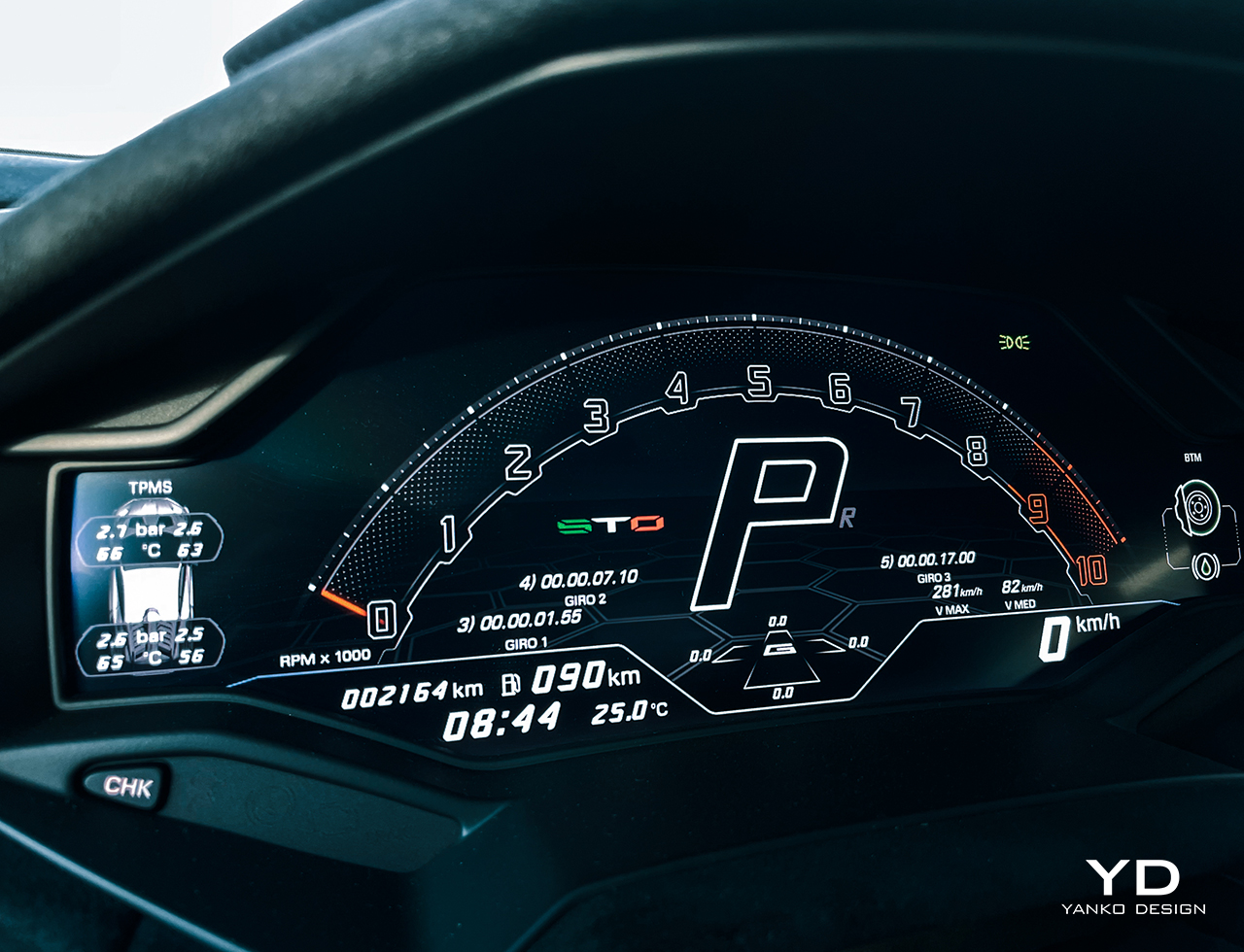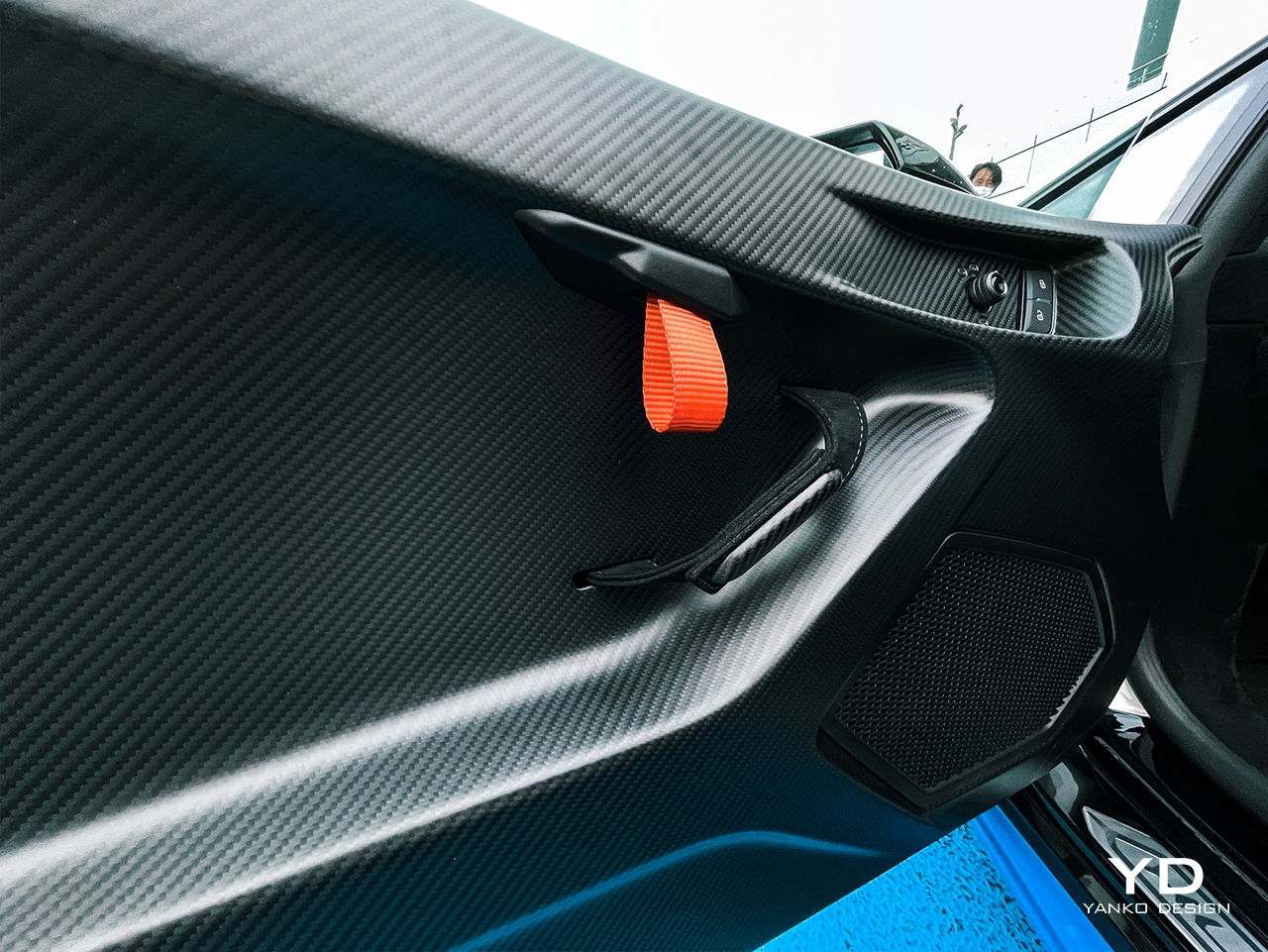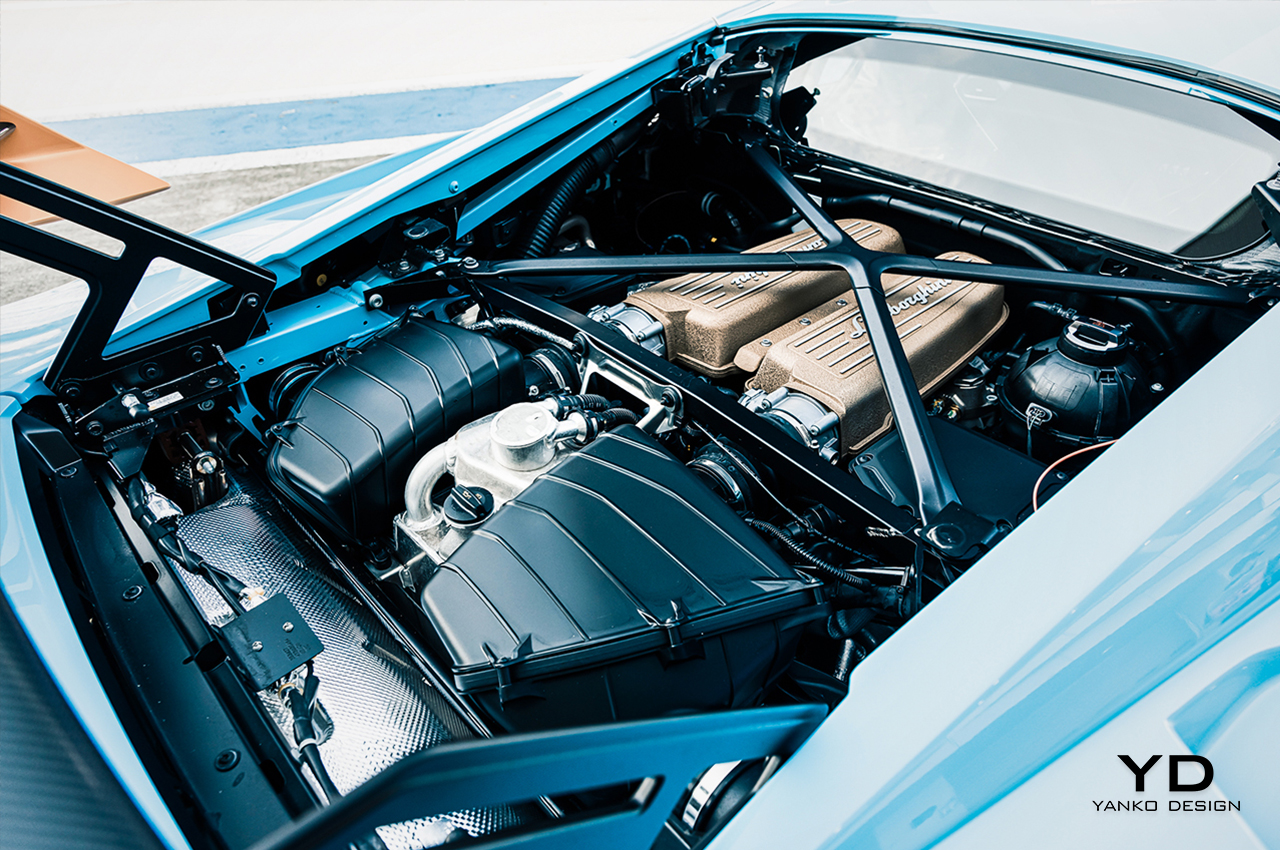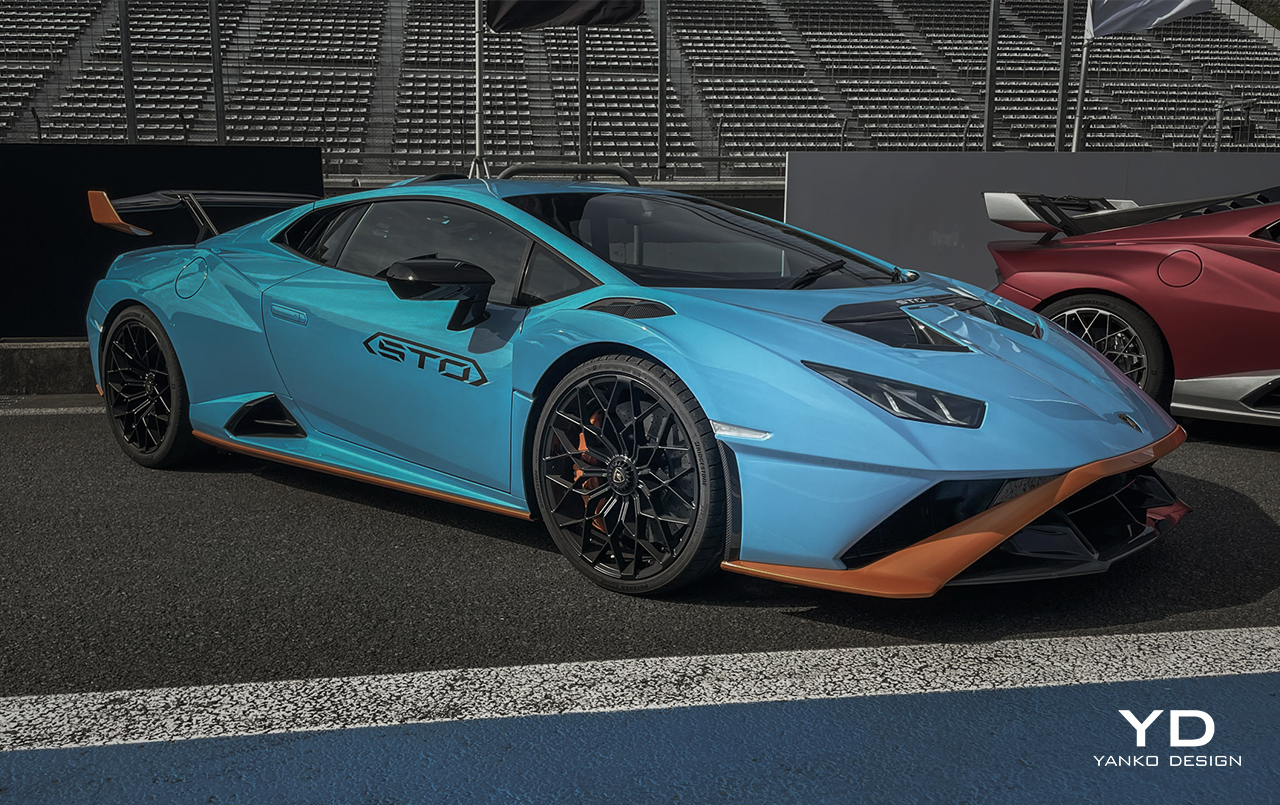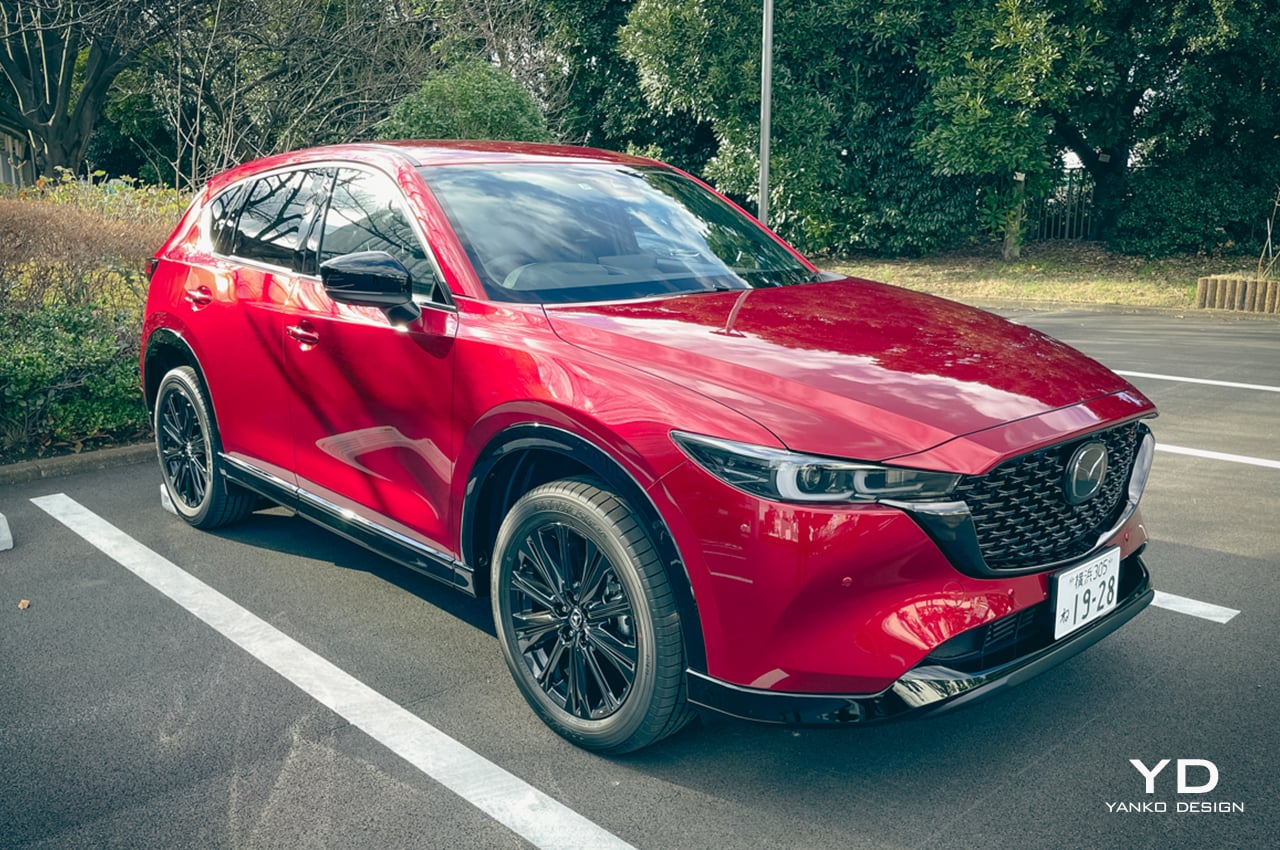
For Mazda, the CX-5 is its bread and butter model. It’s the hit crossover that put the brand on the SUV map a decade ago boasting multiple assets that offered families the best of all worlds. When the CX-5 first entered the market in 2012, Mazda’s marketing types claimed it offered buyers the fun of a sports car, the economy of a small car, the go-anywhere capability of an off-roader, and the practicality of an SUV. And it delivered on all counts. The revised version we see here offers even better handling and ride quality and a fresh new look.
In a recent critique of the CX-5, Car and Driver wrote glowingly that, “More than any mainstream compact crossover, the 2022 CX-5 makes its driver feel special. With a price tag that’s much closer to a Honda CR-V than a Porsche Macan’s, the Mazda is accessible to the same demographic group as the former but is also able to impress those who drive the Macan.”
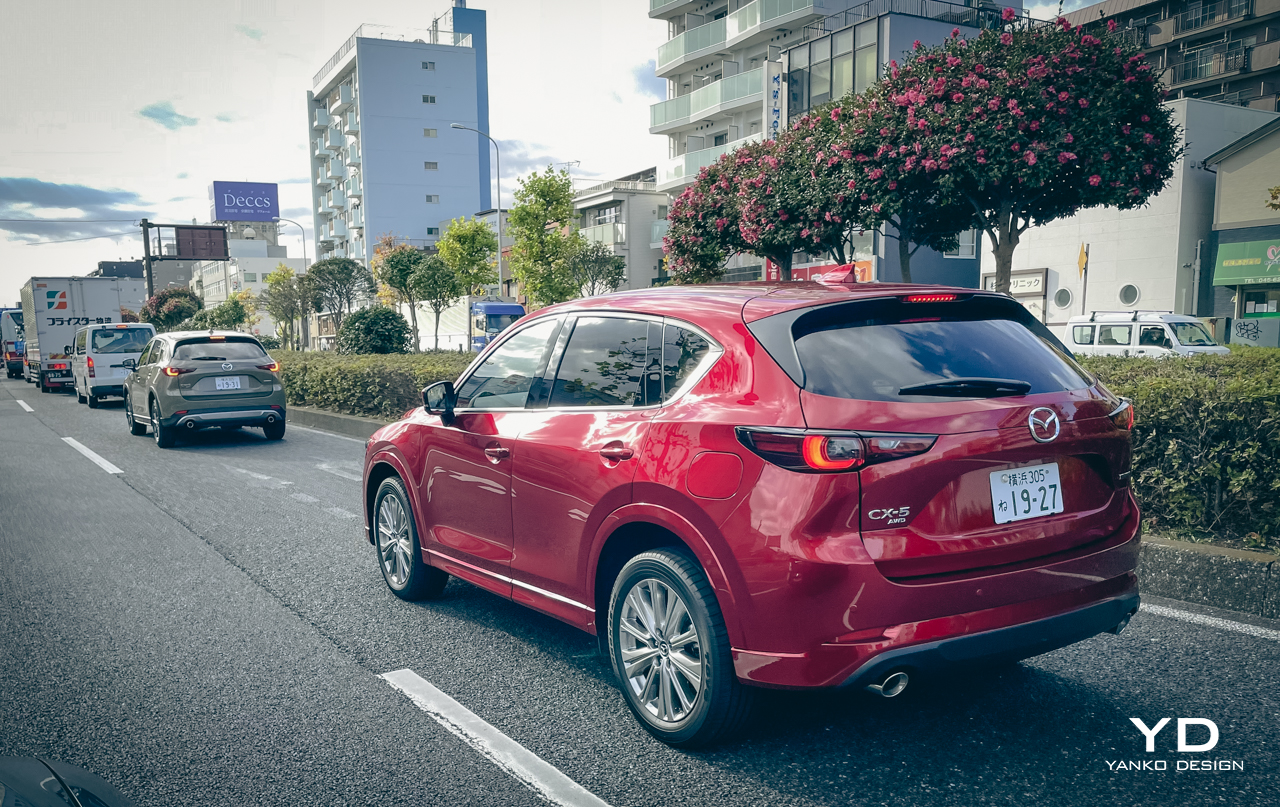
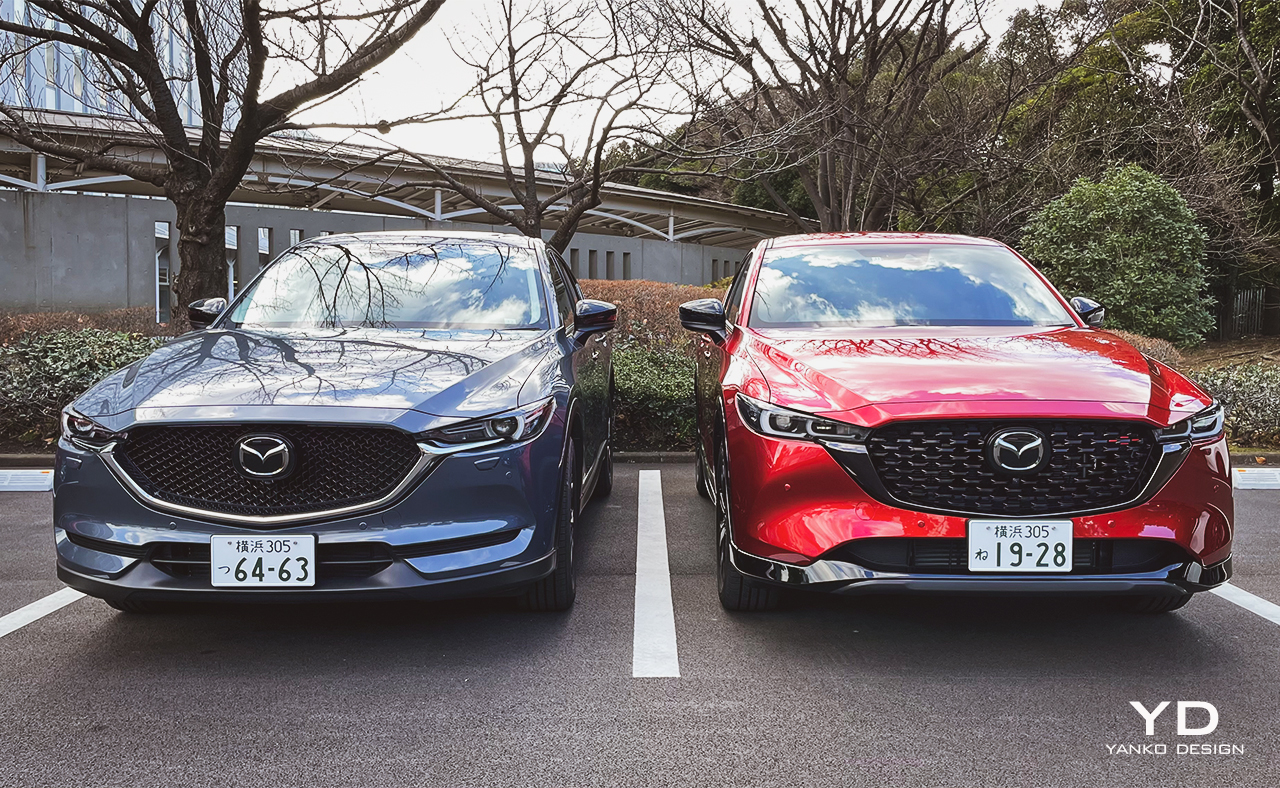
CX-5 accounts for half of Mazda’s U.S. sales
It’s the model by which every other mid-sized SUV is measured nowadays in terms of design, technology, and body color excellence. Accounting for half of Mazda’s U.S. sales in 2021, the CX-5 is by far the brand’s biggest selling model. Year to date, the CX-5 accounted for 50.2% of all sales that amounted to 137,343 units.
In Europe, the model is currently selling around 8,000 units per month, in Australia, some 2,000 are finding new homes each month while in its home country of Japan, some 2,200 CX-5s are sold each month.
That’s not surprising really when you realize that this SUV was the brand’s game-changing vehicle back in 2012. It was the first model to employ all of Mazda’s new technologies at once—that included the new Kodo Design language, Mazda’s new suite of evolutionary Skyactiv technologies, and of course the brand’s now signature Soul Red body color. The CX-5 range welcomed its second-generation model in 2017, and now in late 2021, Mazda has just unveiled a facelift that we got to test drive in mid-December. In the U.S., buyers will be offered standard all-wheel-drive with a naturally aspirated 2.0-liter and a 2.5-liter turbo that was not available for our Japan test. More on the upgraded tech a little later, but first, let’s check out Mazda’s recent history in the area of design.
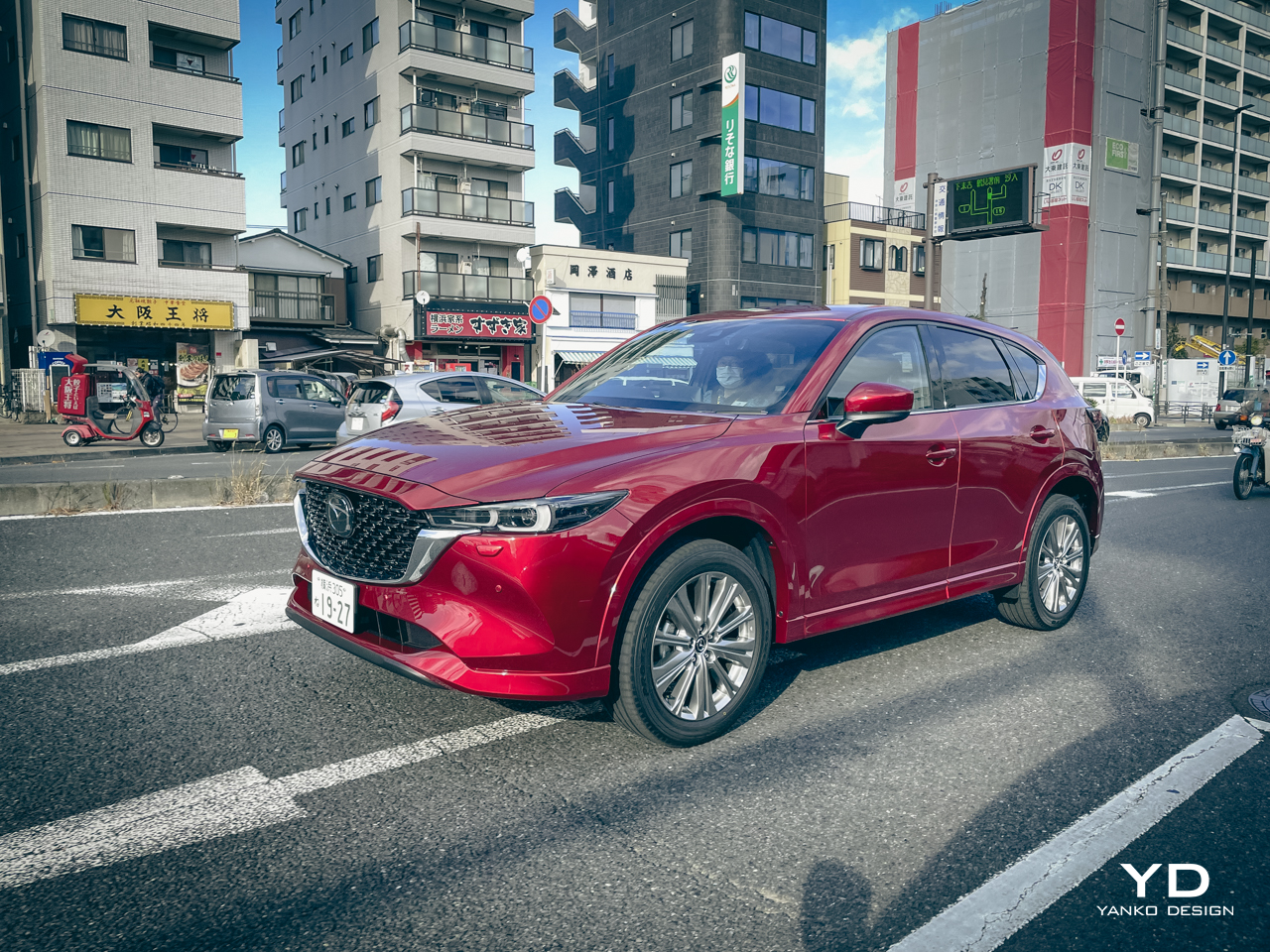
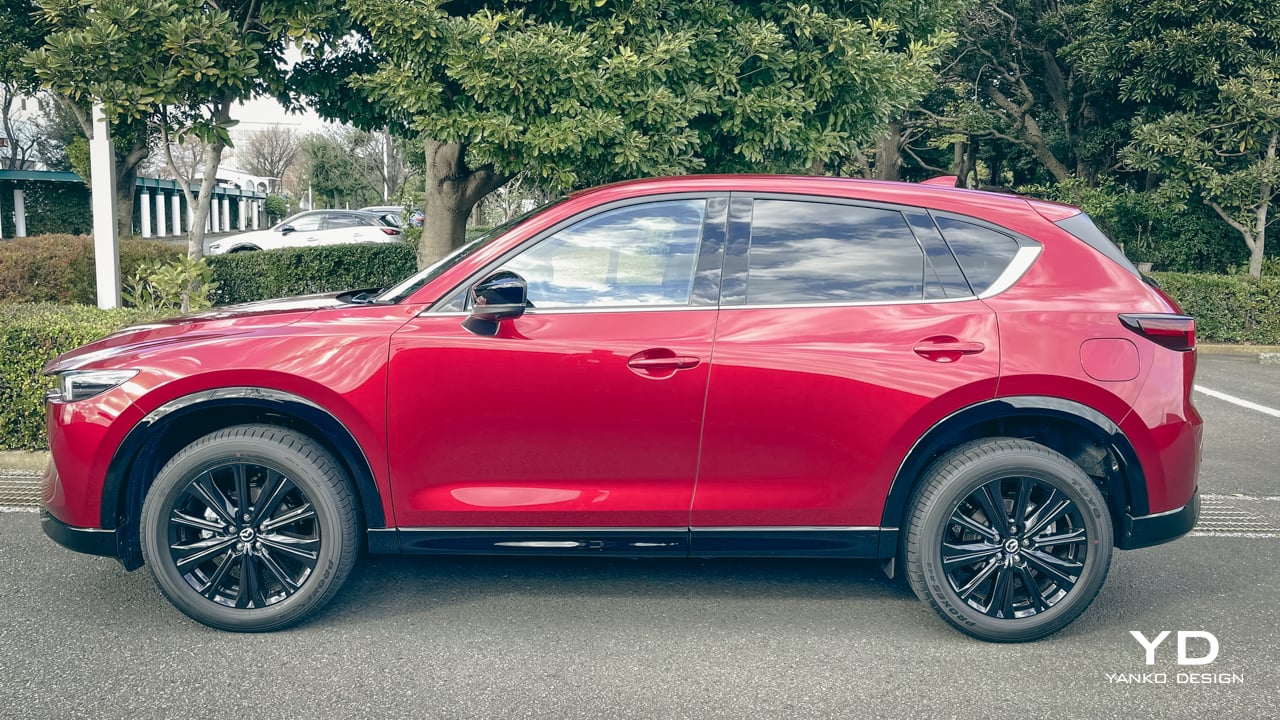
According to Ikuo Maeda, head of Mazda design who was responsible for creating Kodo Design and Soul Red back in 2012, the ‘Kodo – Soul of Motion’ design theme refers to an expression of the ‘dynamic beauty of life’ and can be simply defined as ‘Beauty Through Subtraction.’ The unique proportions, lines, subtle contours, and colors you see on the CX-5 and other Mazda models originate from highly sophisticated aesthetic sensibilities rooted in a unique set of Japanese values.
Making the most beautiful cars in Japan
All this colorful design language may sound a bit over the top and perhaps even a little eccentric, but this philosophy is exactly why Mazda makes the most beautiful cars in Japan. And that’s also why the brand has been recognized on the international stage with awards like the ‘Most Beautiful Concept Car’ at the 31st Festival Automobile International in 2016 in Paris for the RX Vision Concept, the ‘Red Dot: Best of the Best’ prize at the 2019 product design awards for the Mazda3, the 2020 World Car Design of the Year for the Mazda3, the 2013 Auto Color Designer’s Selection award for Soul Red, while the CX-5 ranked in Car and Driver’s 10Best winners for 2021 and won the 2012 Japan Car of the Year.
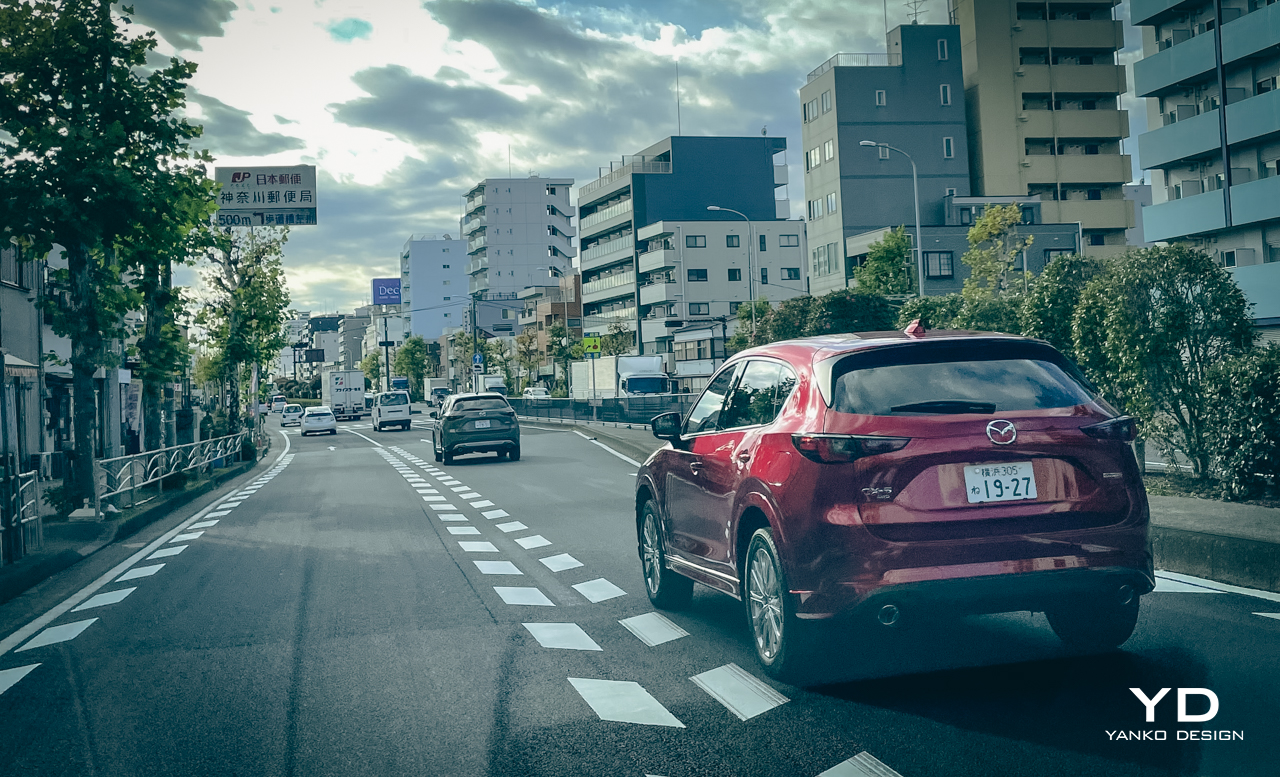
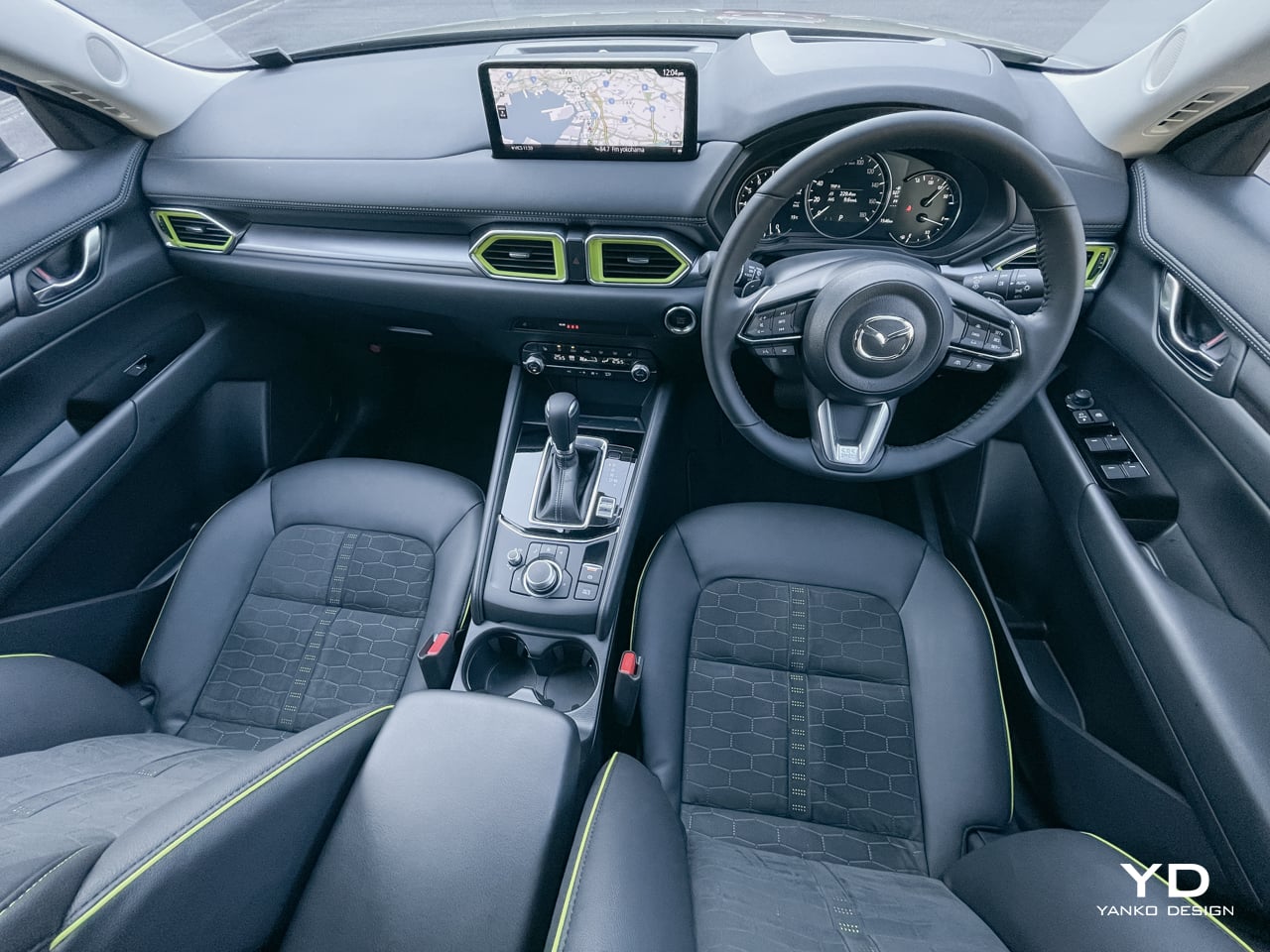
As for the third innovation launched in 2012, ‘Skyactiv’ is an in-house name for a series of technologies that re-invented and re-enhanced current chassis, body, engine, transmission, and suspension systems to increase fuel efficiency and engine output. A critical part of the Skyactiv menu was a selection of heavily revised gasoline and diesel engines and transmissions that delivered the seemingly impossible combination of improved performance and fuel economy.
So when Mazda bosses decide to tweak the popular CX-5 in any way, they must do it with the utmost care and understanding of what the market wants. Firstly, customers seemed happy with the exterior design, an exquisitely contoured body that appeals equally to both male and female buyers. But stylists still saw the need for a bolder yet simpler look as they tried to further elevate its already highly regarded exterior profile.
While the overall grille area has stayed roughly the same in size as before, designers have added a more three-dimensional black gloss finish mesh effect inside the grille with wider black gloss or chrome accents that extend out to the reshaped headlights. In contrast to the bolder, more complex grille design, Mazda’s stylists opted for a simpler, but more contoured bumper. Molders scraped on their clay models until they’d arrived at a smoother, more sculptured surface that looks cleaner and more elegant at the same time. Check out the photo below to compare the new vs old front end. The rear end also features a newly designed tail light assembly that stretches further around the back corners from the rear end of the wheel arches onto the tailgate proper.
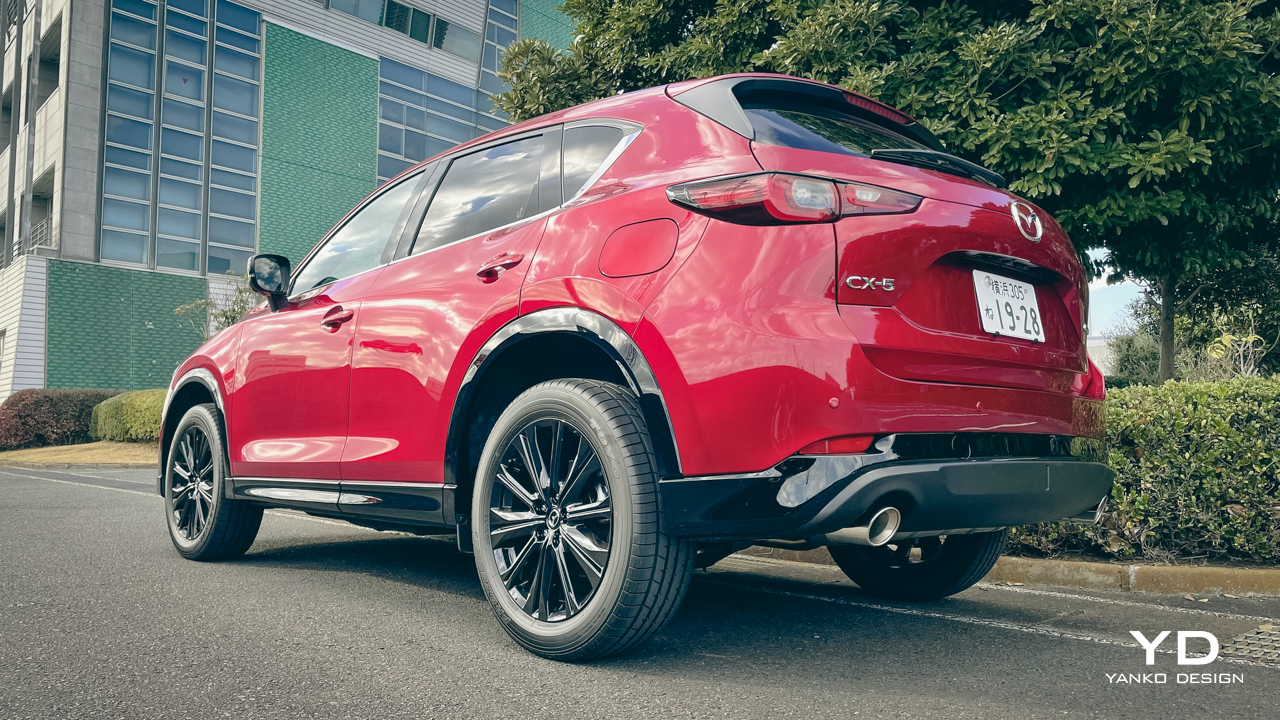
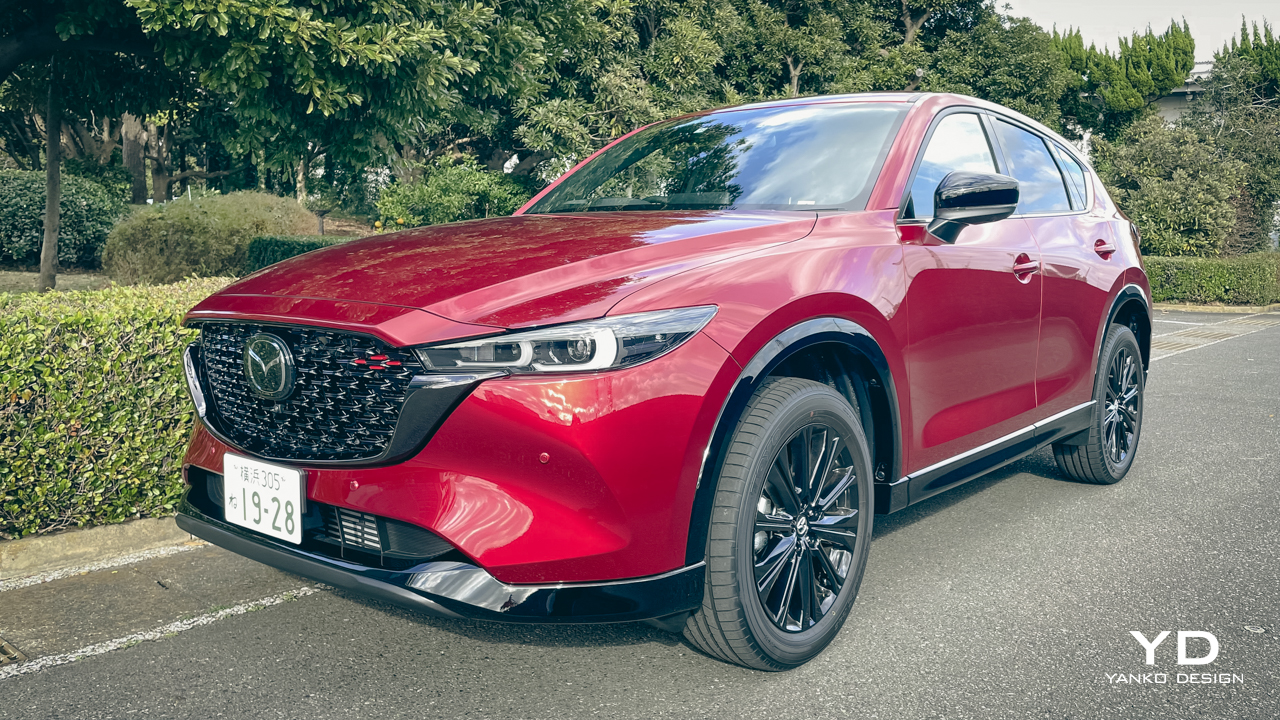
Mazda’s always have fantastic driving positions and there is no exception here in the CX-5. There’s lots of adjustment available on the steering wheel with telescopic and tilt features, plus the seats have 6-away adjustment which means you can find your ideal driving position relatively easily. Speaking of visibility, the CX-5 is one of the best in class with great clear views all around. You also get Bluetooth for your Apple and Android devices, and parking sensors which is handy for a car of this size and height.
Every model is fitted with a non-touch 10.3-inch infotainment system that is operated from a rotary dial and volume control on the center console. The system does work well with voice-activated commands and buttons of the steering wheel, and it does boast high-quality graphics and a quick responsive menu, but I have a feeling that many potential buyers might enjoy a slightly larger display with touchscreen functions in line with many rival SUVs.
On the Japanese spec Sports Appearance version (translates to the U.S.-spec S Premium) drivers will be impressed with the first-rate materials, elegant yet subtle colors and tones, and the quality feel. The black leather seats with dark red stitching are sumptuous and new internal structural enhancements mean the seats are more supportive and comfortable than ever before, especially on long trips.
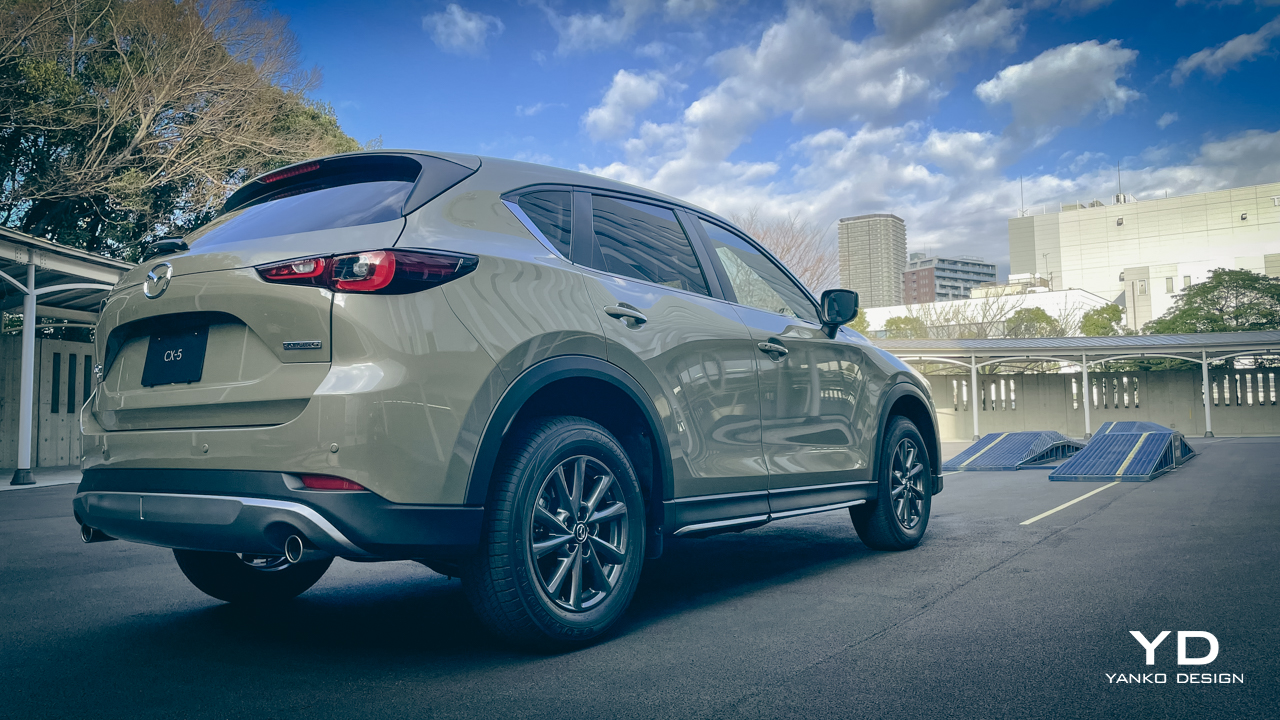
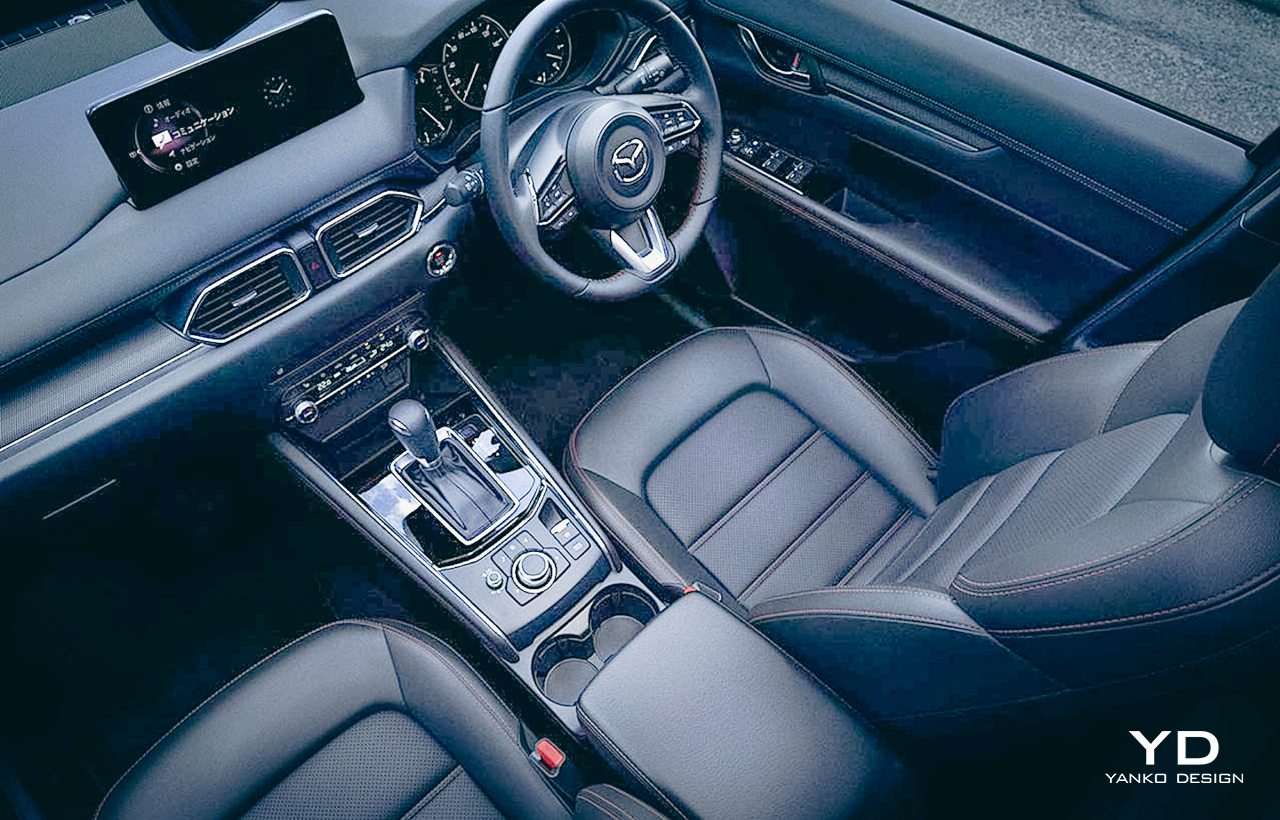
The Driving Experience
For the U.S. market, buyers will be able to choose from a 187-hp 2.5-liter naturally aspirated, four-cylinder Skyactiv-G gasoline engine or an enhanced 256-hp 2.5-liter gasoline turbo powerplant mated to quick-shifting 6-speed automatic transmissions. As the turbo is not available in Japan, we opted for the 2.5-liter non-turbo. While power and torque have not been altered for this facelift, Mazda engineers have tweaked throttle response which is noticeable as it helps to get the SUV off the line faster and is welcome when merging or overtaking on highways. The refreshed CX-5 delivers the herbs sufficiently at low to medium speeds but on the highway, with a full passenger load and luggage, you may be huffing for enough power to make that quick overtake or merge.
The areas identified by Mazda that needed attention were on and off-road handling, ride quality, and sound isolation. A few moments behind the wheel of this facelift version and the modifications are immediately apparent. Revisions to damper and spring rates and body reinforcements mean that internal noise and vibration is down significantly while the ride quality is surprisingly better. The Mazda also absorbs road imperfections without raising a sweat and the ride quality is as good as more expensive German rivals. The revised suspension isolates noise and vibrations well and the damping is stiff without being harsh. Thanks to these updates, the rear end sits firmer on the tarmac with less vibration and more stability in the corners.
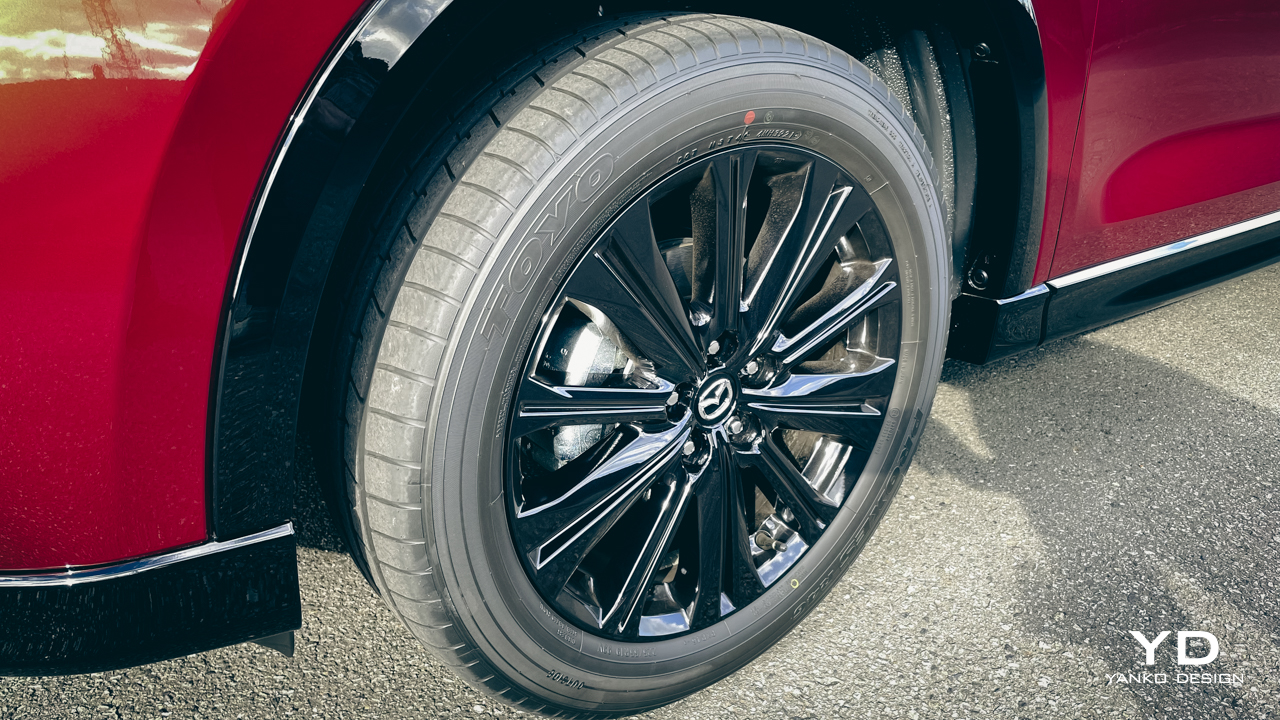
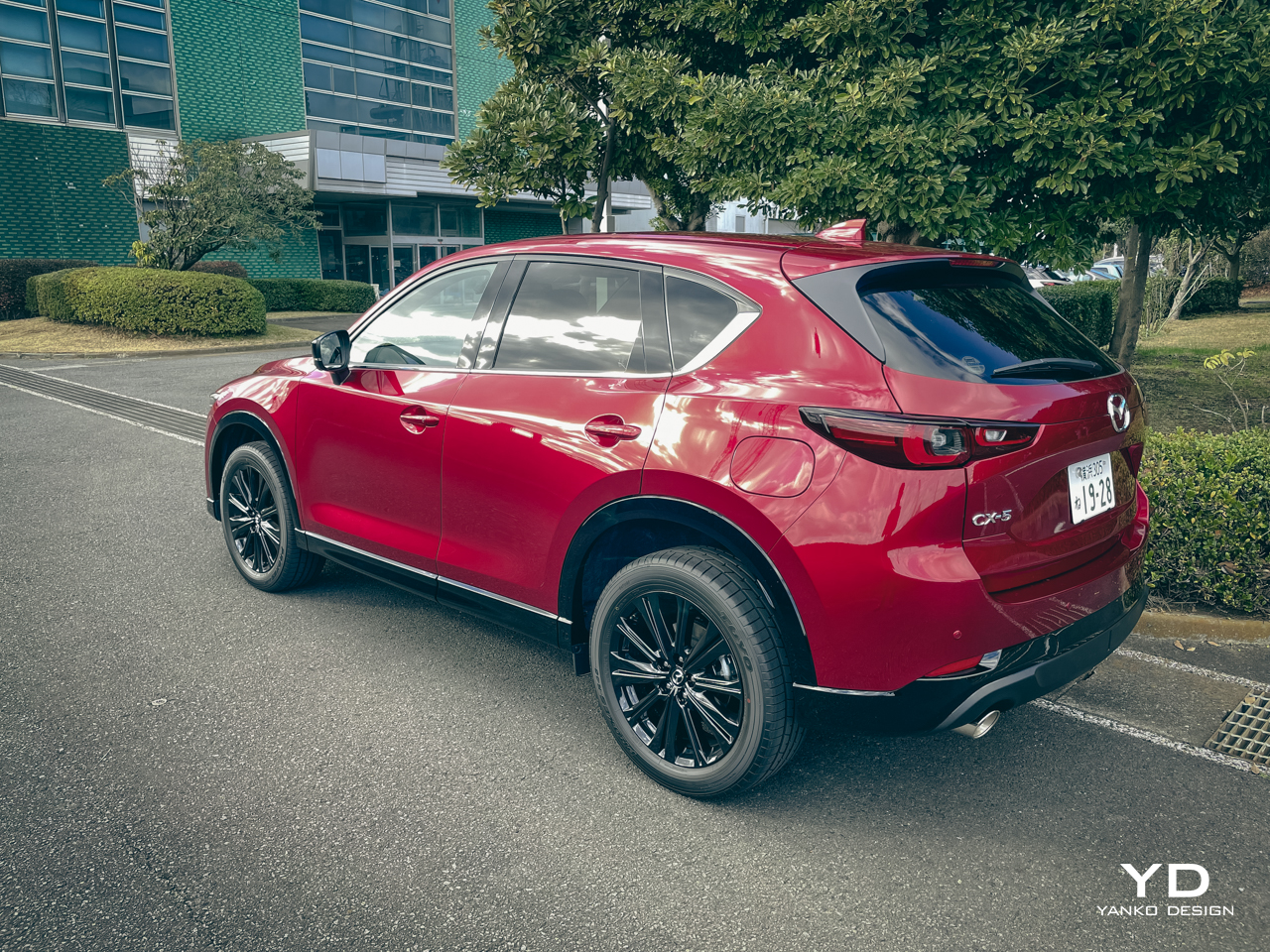
The steering is sharp with loads of feedback and the brakes are progressive and grippy. The standard 187-hp four cylinder engine is punchy around town thanks to its smooth shifting 6-speed automatic transmission, but when trying to overtake on highways, it can feel a touch underpowered. One thing that makes the CX-5 such a blast to drive is that you don’t have to push it hard to enjoy it. The Mazda might be an SUV and have a relatively high ride height, compared to a sports car, but the CX-5’s chassis and body rigidity and suspension setup allow the car to stay flat in the corners and reveal very little understeer.
But perhaps the biggest, most significant addition to the car we tested was the ‘Mi-Drive’ mode dial on the center console. Mazda bosses identified that while the CX-5 more than catered to all of its customer expectations, it lacked most in off-road grip and stability. At first glance, it may seem like a switch that sat on the dash in the previous CX-5. It did to be sure, and it offered two modes—normal and sport. Now, to enhance the car’s off-road capabilities, a third mode—off-road mode—has been newly added. To enable us to test this new feature, Mazda set up a synthetic rocky outcrop in their Yokohama R&D Center that allowed us to test the new feature.
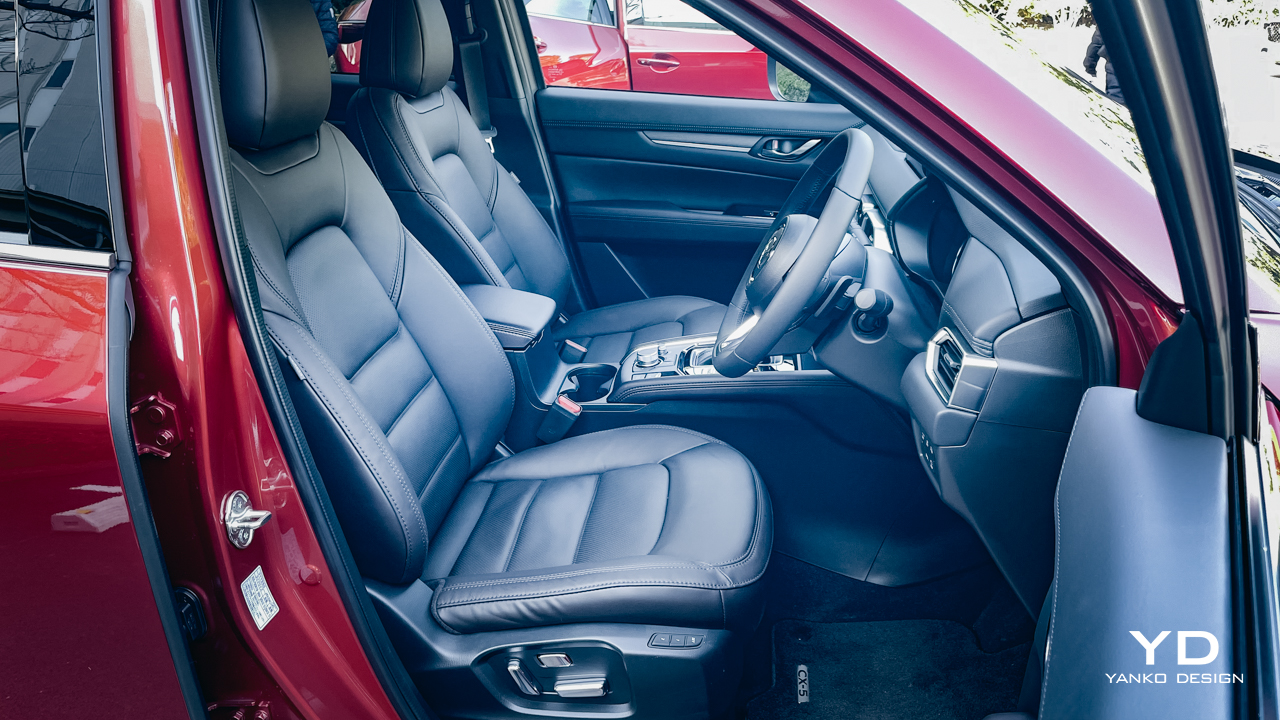
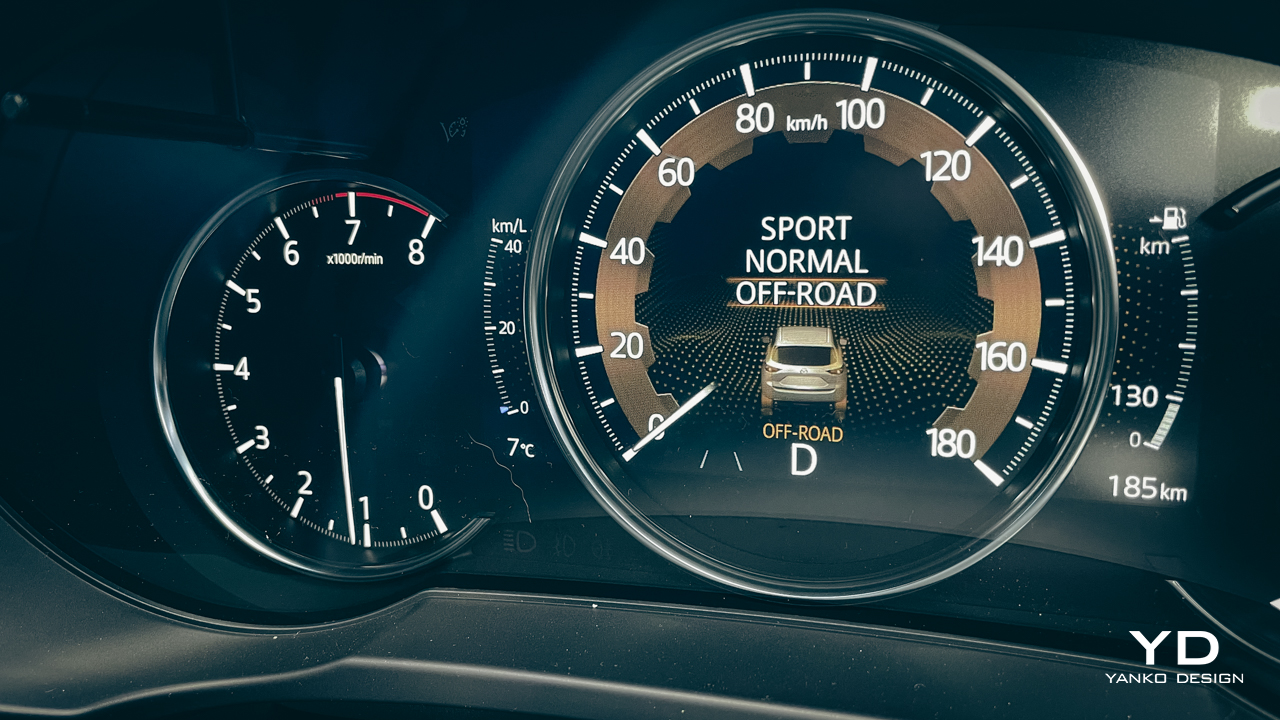
Engage the sport mode, drive up onto the makeshift hill and you lose grip instantly when your front tire catches air and spins violently. Sitting next to me offering calm advice, a Mazda staffer suggests I flick the switch to “off-road mode” which I quickly do. I re-apply the throttle to the same depth a moment ago, and within a second or two, the front tire that was spinning stops as that torque is re-directed to one of the rear tires to increase grip and allow you to escape from this ‘stuck’ position. Interestingly, when you switch the dial from sport mode to off-road mode, the revs increase automatically as you turn the steering wheel to enable the car the find enough grip to effect an escape. For the record, this feature is only available on gasoline powered models as the diesel version we get in Japan has enough bottom-end torque to enable a successful escape even if one of your front tires is spinning in mid-air.
Prices and Options
We know that every new U.S. spec model will be fitted with all-wheel-drive and that buyers will be offered a choice of either a 2.5-liter gasoline or a 2.5-liter gasoline turbo. Prices for the CX-5 will start from the ’S’ version at $27,125 to the ‘S Premium’ at $33,535 to the new ‘Turbo’ trim at $37,625 to the top-of-the-range ‘Turbo Signature’ at $39,875. Whether the newly fitted Mi-Drive mode selector will appear on U.S. spec models is yet to be confirmed, but if it does, we humbly suggest you opt for this feature.
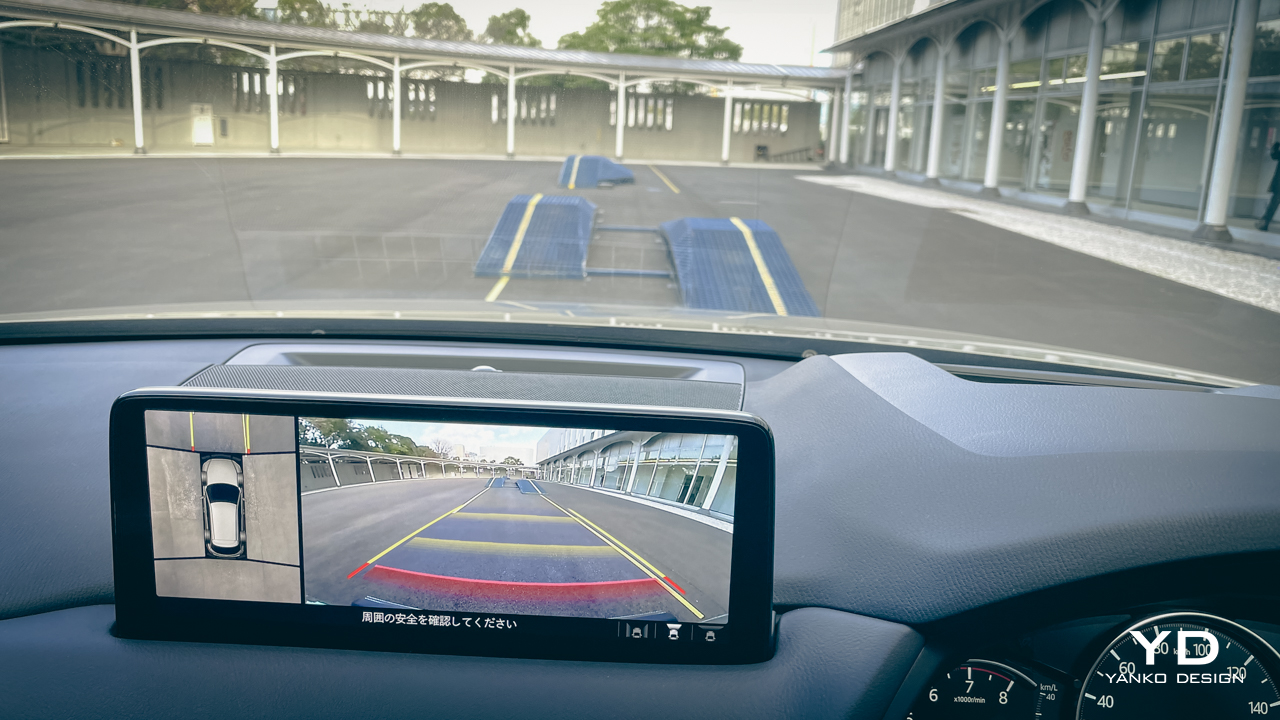
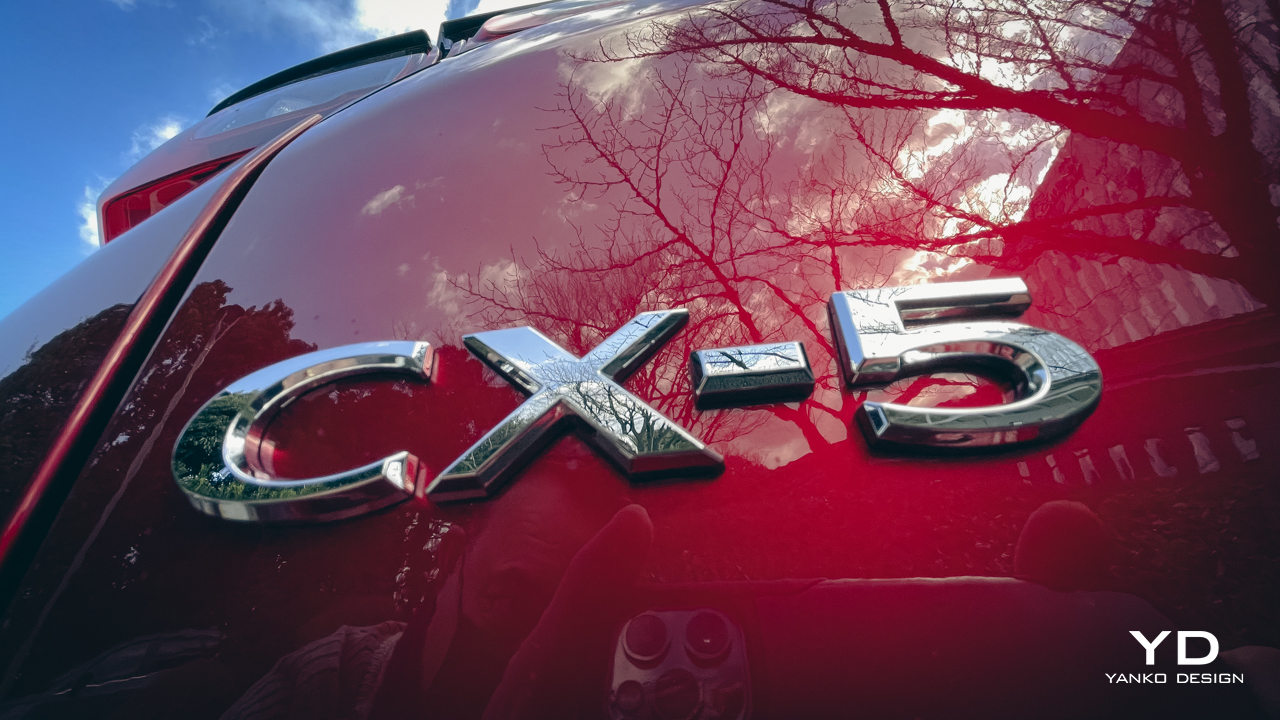
While the entry-level ’S’ spec with the 2.0-liter naturally aspirated engine that we tested here, offers excellent cost performance, we feel that the new Turbo trim best represents what the CX-5 is all about—style, fun, practicality, and handling.
The CX-5 will come up against some strong rivals like the Nissan X-Trail, Kia Sportage, Hyundai Tuscon, Toyota RAV4, Honda CR-V and Subaru Forester, but we feel the CX-5 legacy plus the extra upgrades mentioned here will help the Mazda to stay near the top of the pile, especially appealing to those buyers wanting something with a more premium ambience and sporty feel.
As Car and Driver said, “more than any mainstream compact crossover, the 2022 CX-5 makes its driver feel special.” And now with these handling upgrades and the subtle, stylish new look, the CX-5 just goes from strength to strength.
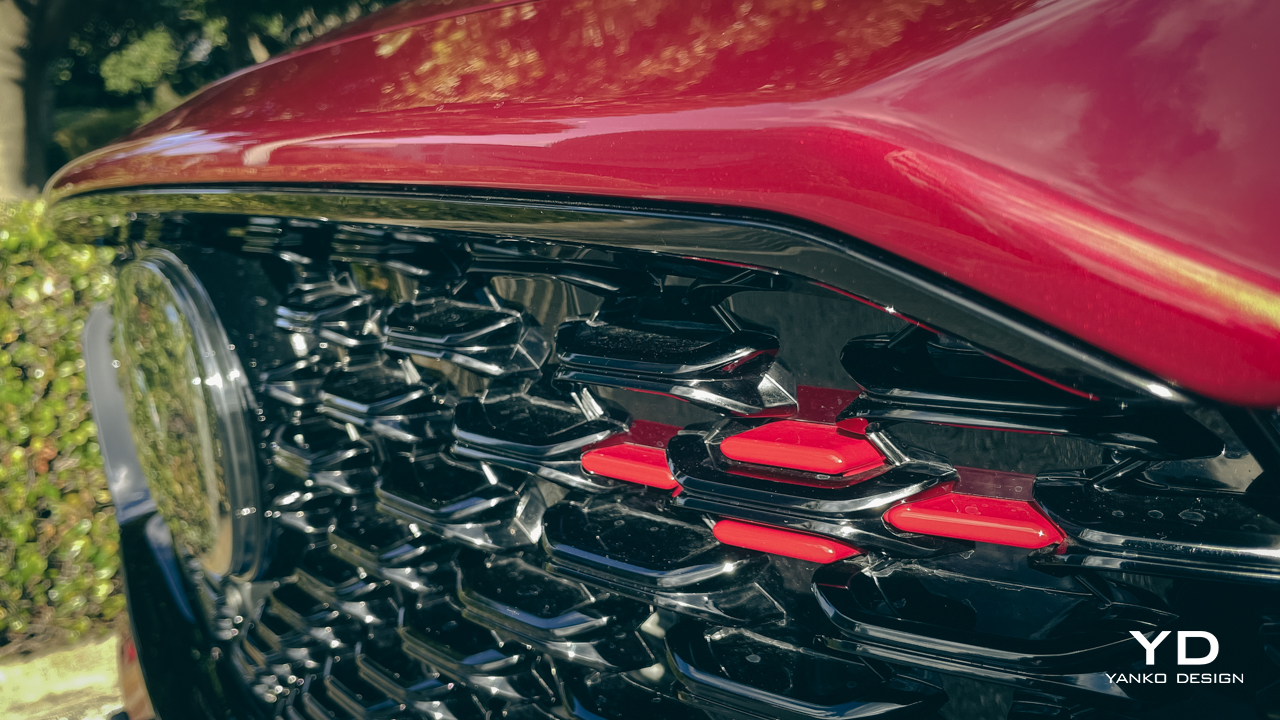
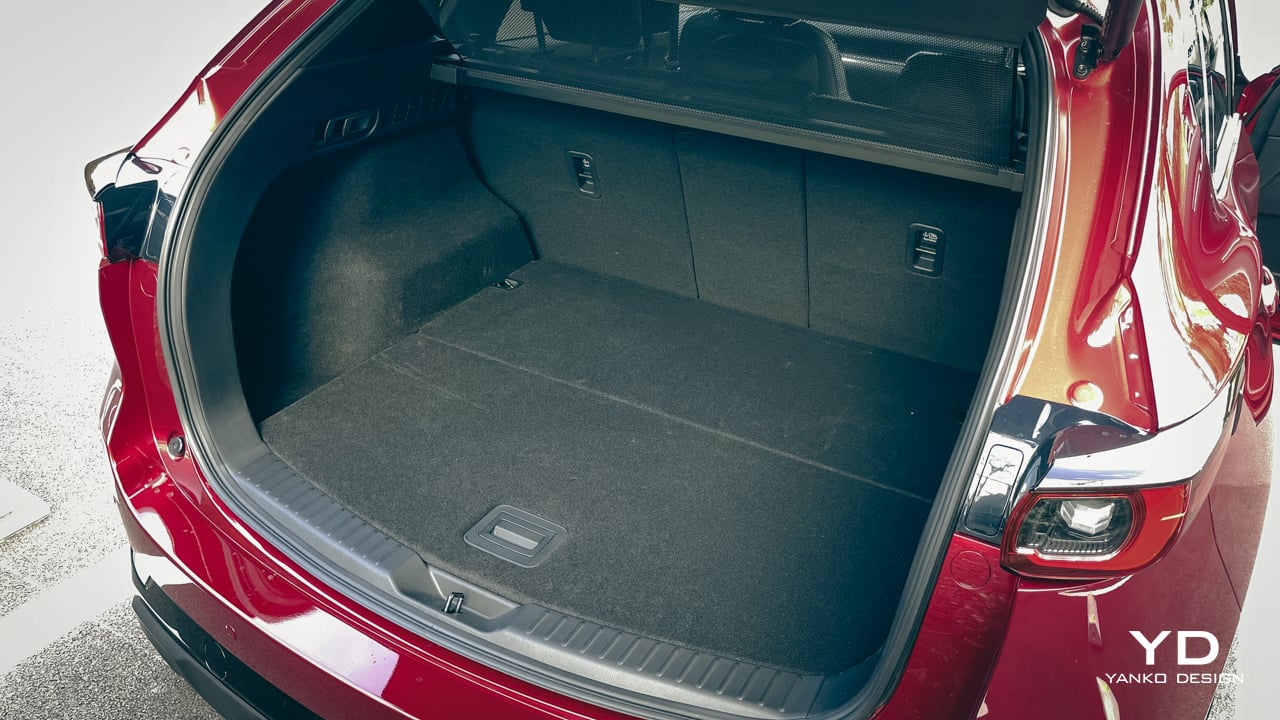
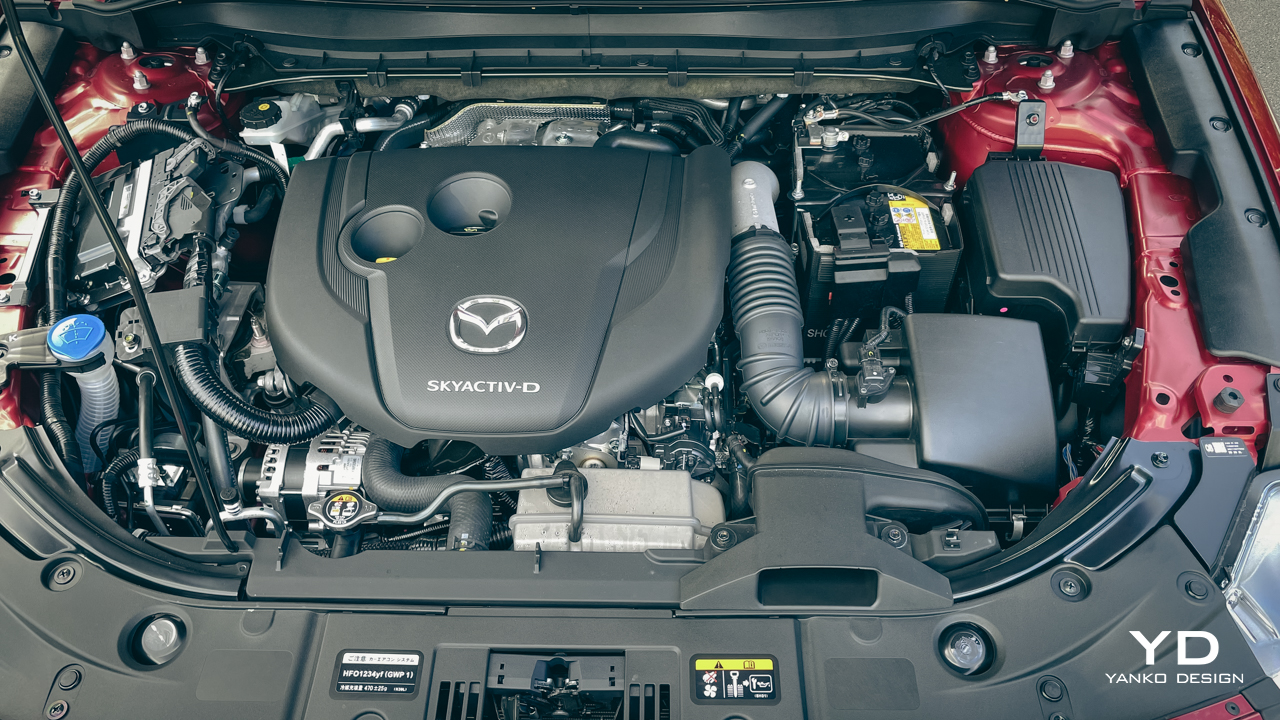
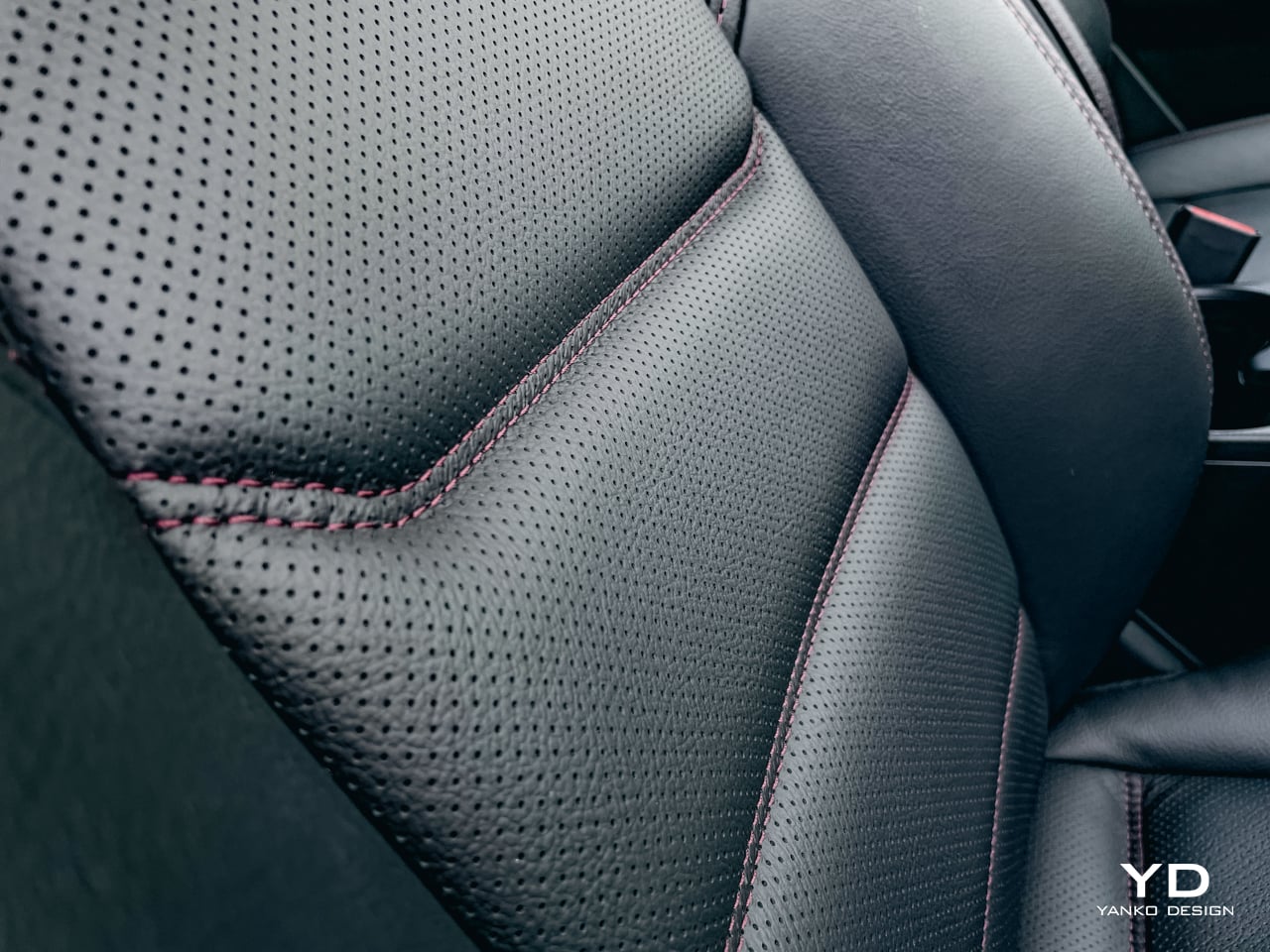
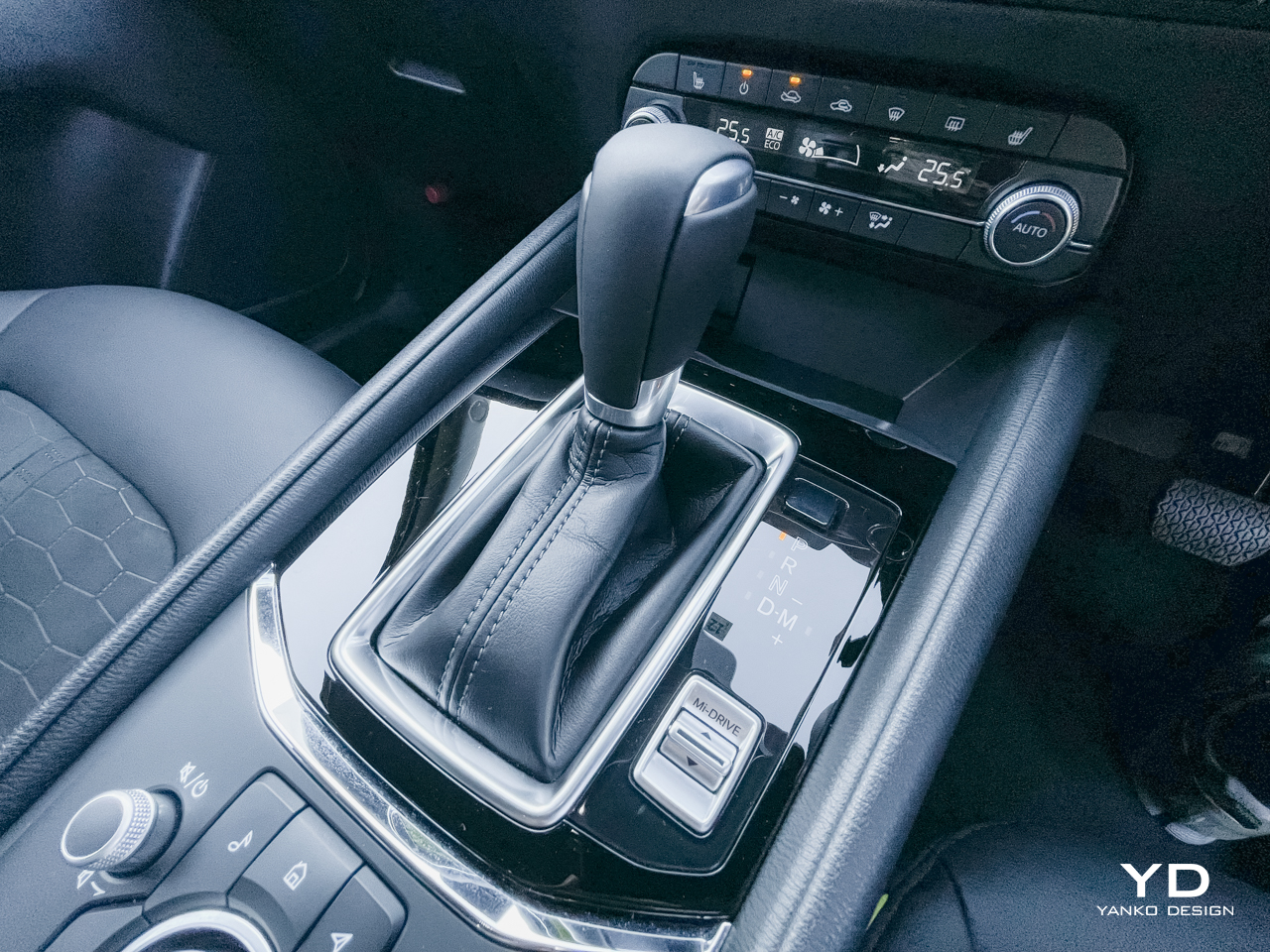
The post 2022 Mazda CX-5 Facelift Review first appeared on Yanko Design.
